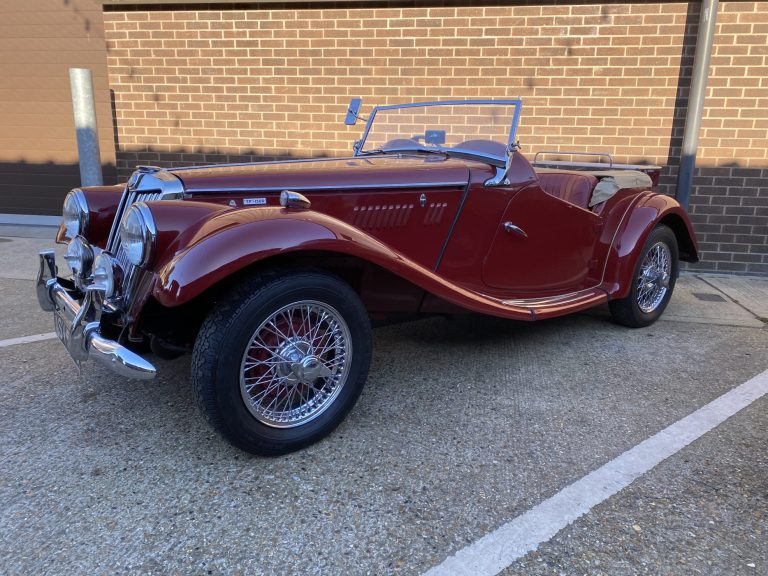
Welcome Back
We have recently welcomed our stunning 1955 MG TF 1500 back into the Bridge Classic Cars workshop. Tony collected the car from its owner and


We have recently welcomed our stunning 1955 MG TF 1500 back into the Bridge Classic Cars workshop. Tony collected the car from its owner and
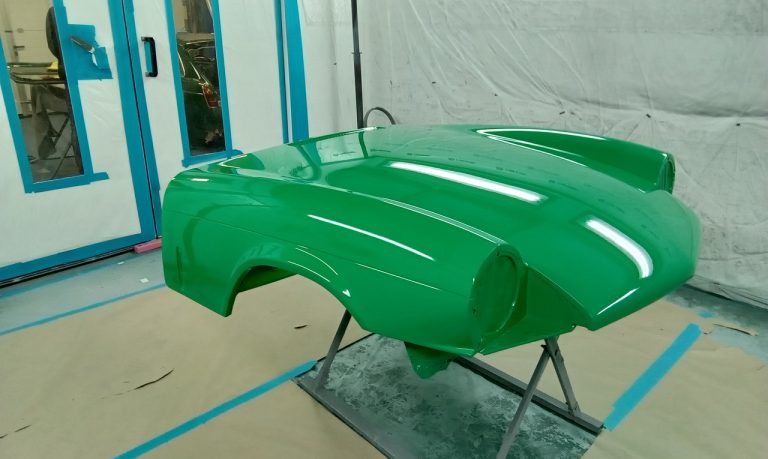
The reassembly of our 1976 Triumph Spitfire is making good progress. Rob has now fitted the rear seat pan sound deadening aswell as fitting new

Paint Technician Chris has begun the process of fitting up our 1969 MGC GT. While doing this, he also added new rubber in the front
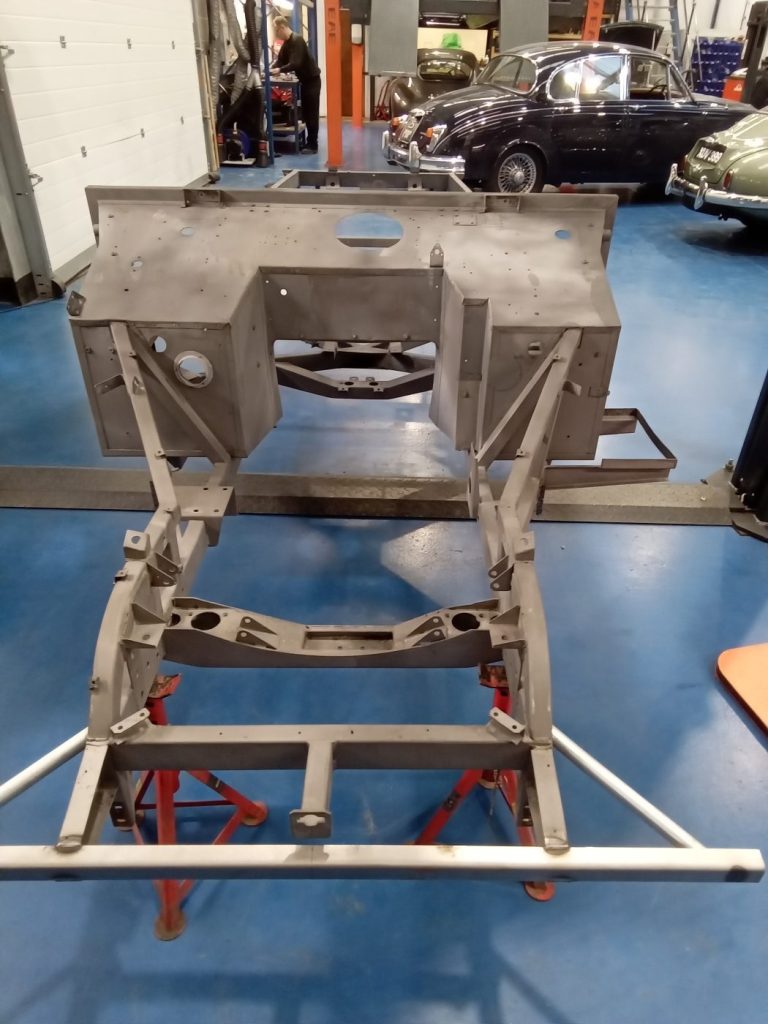
Classic Car Technician Neil has been prepping the chassis of our 1953 Aston Martin DB2/4. Alongside this, Clinton has been pulling dents out of the
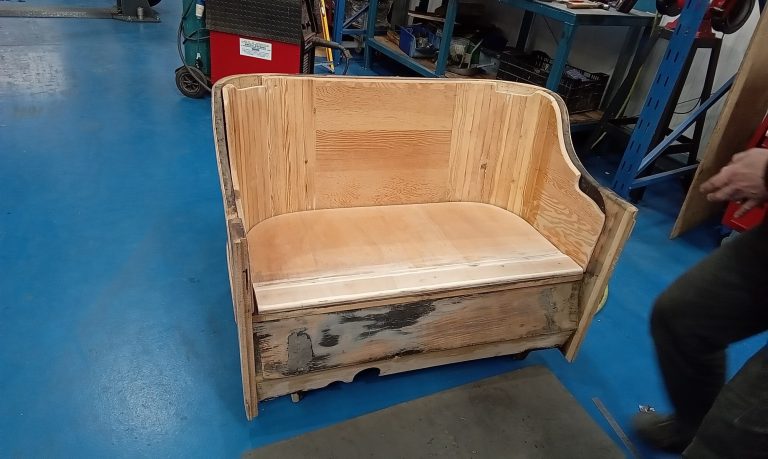
Recently, Lydia has been making the pattern for the base part of the seat of our 1905 Riley 9HP. She has been working with Steve
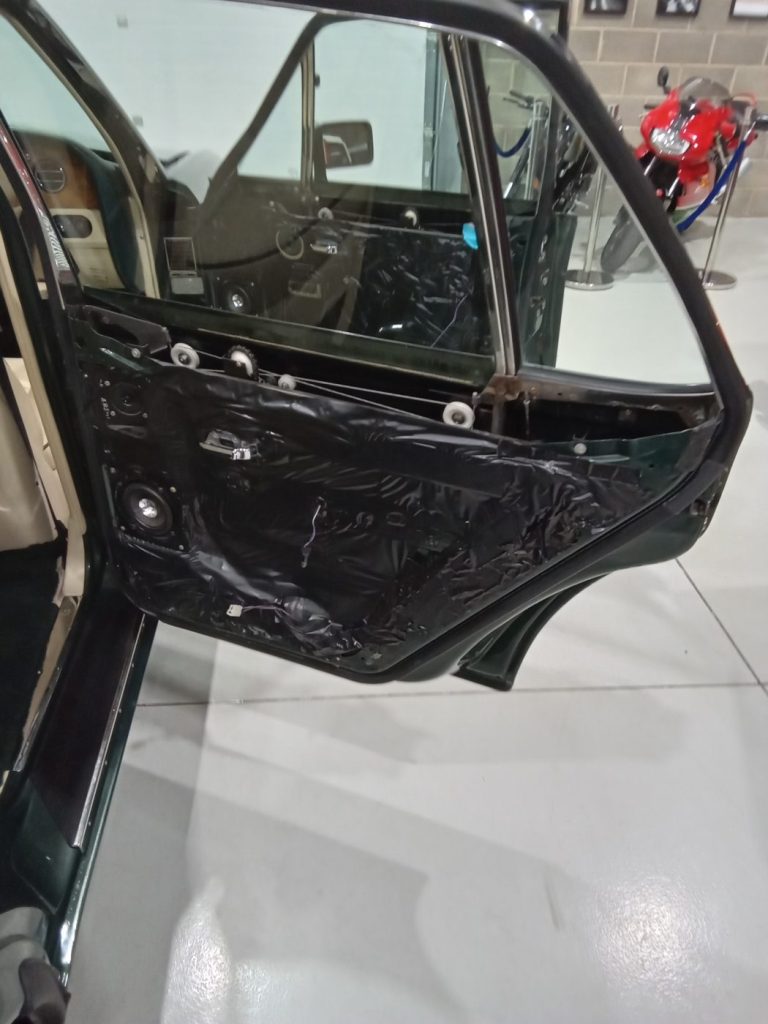
Neil has been refurbishing the wood trim in our 1993 Bentley Turbo R.

The Bridge Classic Cars PaintShop has been home to our very special 1939 Jaguar SS100. While in there, Chris and Mauro have been working on
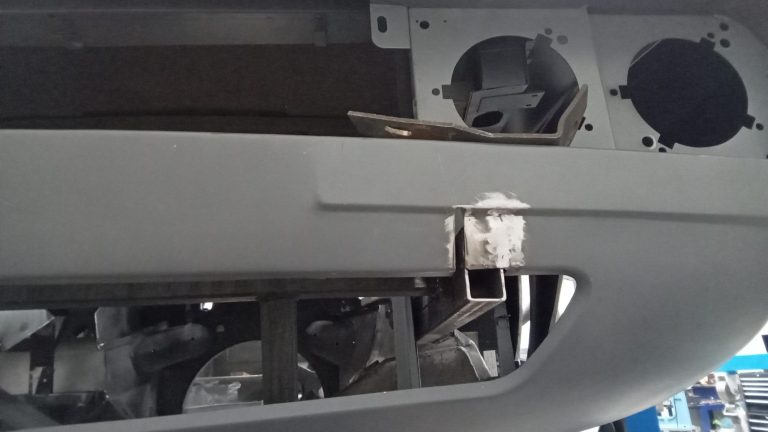
Our 1975 Jensen Interceptor Mk3 has been in the fabrication bay with technician Chris. He has been welding the front bumper as well as cutting

Classic car technician Paul has been working on our 1956 Jensen 541. He fitted the heater box and fabricated various parts before fitting the handbrake

Jonn has been inspecting our 1992 Mercedes SL300 in preparation for it to be won next week through Bridge Classic Cars Competitions. His notes were:

The Morgan 4/4 is undeniably and unapologetically British. It is one of the most timeless and nostalgic designs to grace the roads across not only
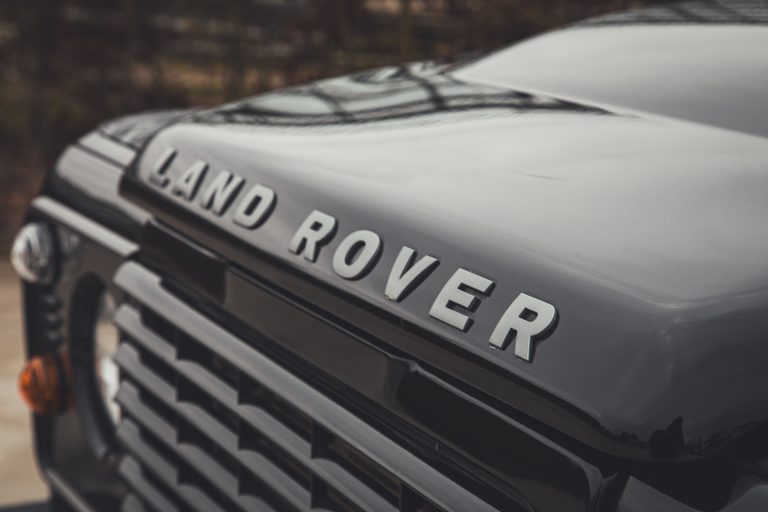
A few months ago our director, Craig, got a 2010 Land Rover Defender 90. Not only is it Craig’s everyday car but we’ve been using
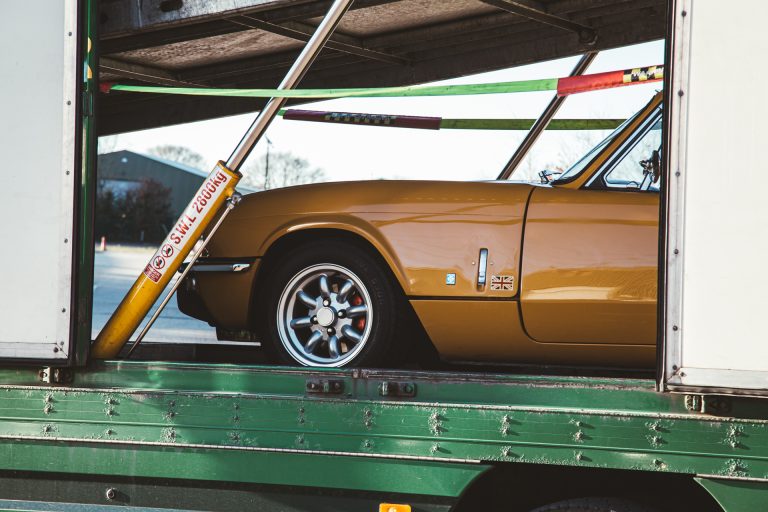
Over the last week, we’ve welcomed two loads of cars to our Suffolk HQ to be safely put into storage with ourselves. The first batch
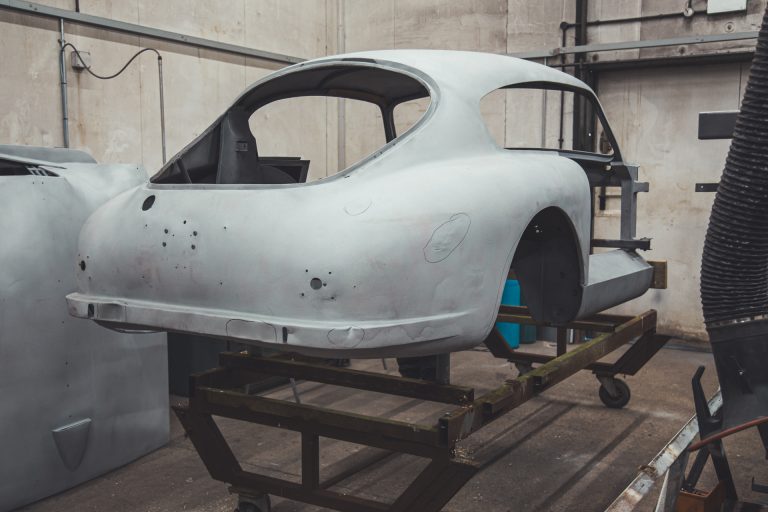
Our 1953 Aston Martin DB2/4 has arrived back at our Suffolk HQ following its appointment with the media blasters. The body was carefully removed from

Along with the beautiful 1960’s Fiat, we’ve also welcomed this 1977 Triumph 2500TC to our Pettistree workshops for the team to take a look at
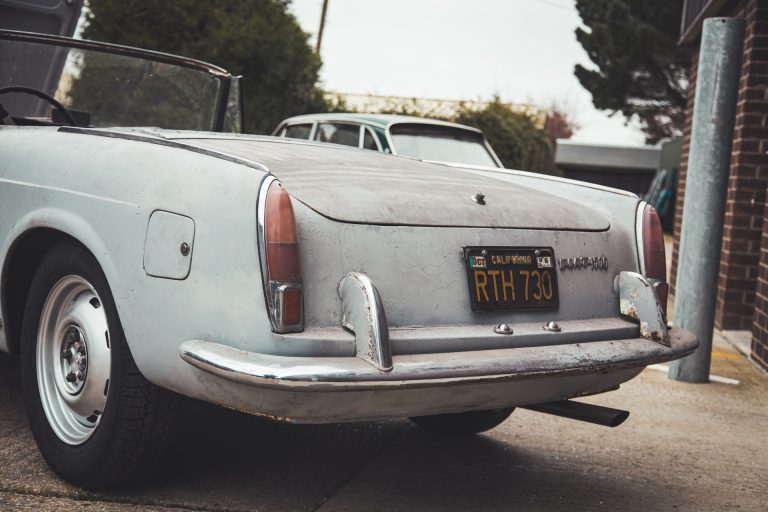
Part of our new arrivals at our Suffolk HQ is this beautiful 1960 Fiat 1500! This car has arrived to us from Europe for our

Recently, Jon and John have been working on our 1987 Mercedes 500SL. Jon stripped the heater box and removed the blend flap and directional air

It wasn’t too long ago that we went to collect our 1963 Bentley S3 and bring it back to the workshop. Before even more progress
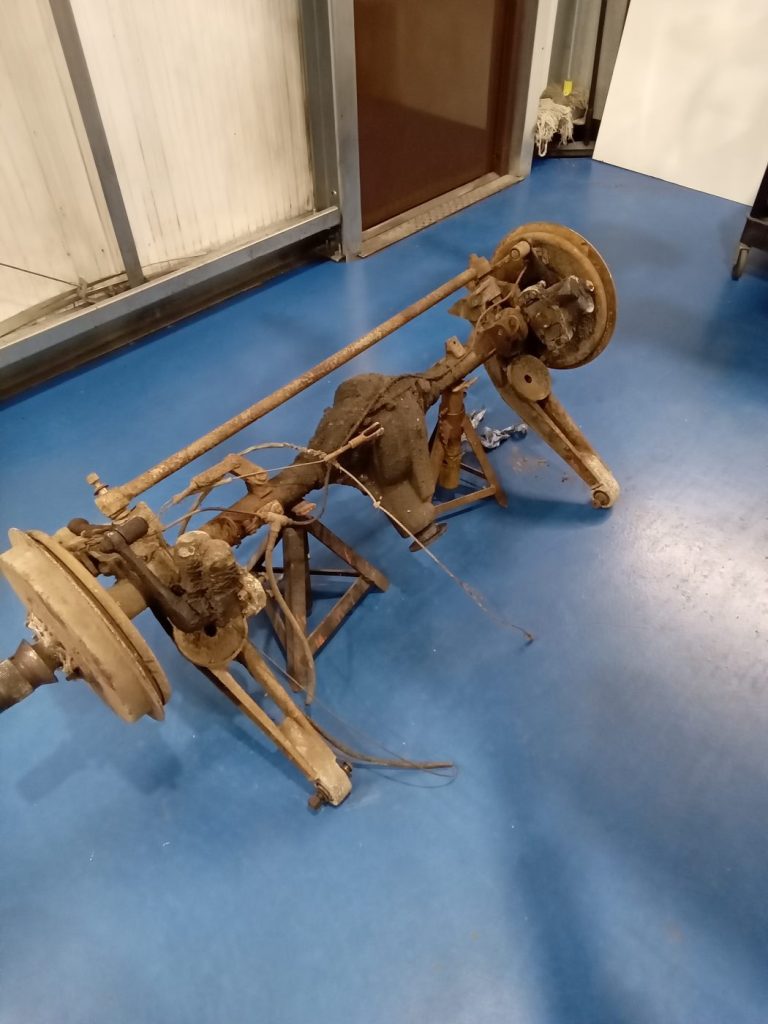
The strip down of the axle and brakes from our 1955 Aston Martin DB2/4 Drophead Coupe has continued with Neil recently. While he was doing
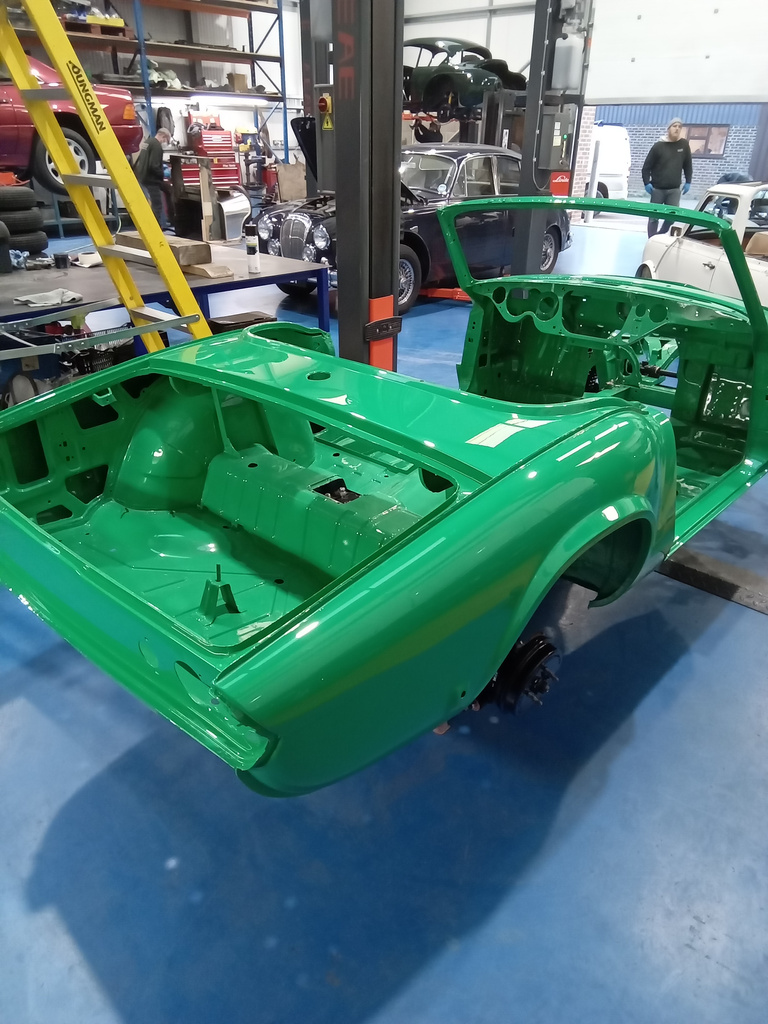
Our 1976 Triumph Spitfire has made a lot of progress recently. After having its body painted in Java Green, it left the Bridge Classic Cars

Lydia has been hard at work over the last week or so on the roof of our 1969 MGC GT. First, she stripped the old
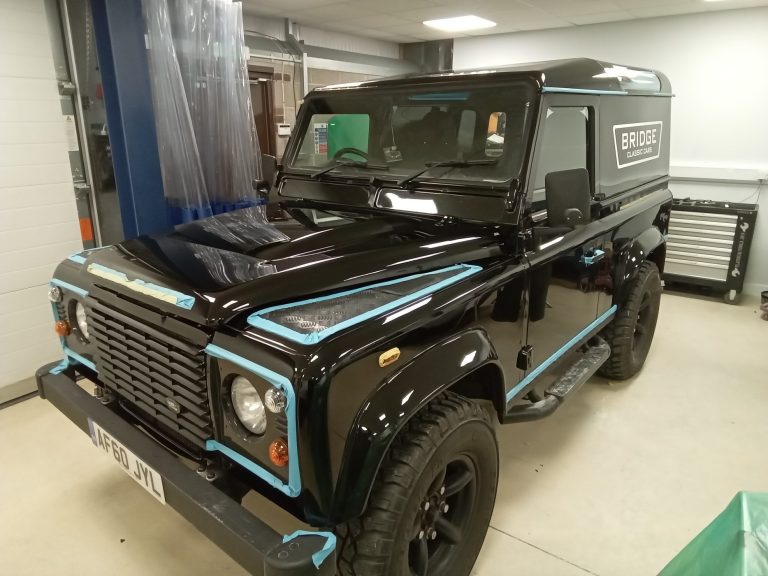
Our 2010 Land Rover Defender has been undergoing some work in the Bridge Classic Cars paintshop as Mauro has been painting the roof before polishing
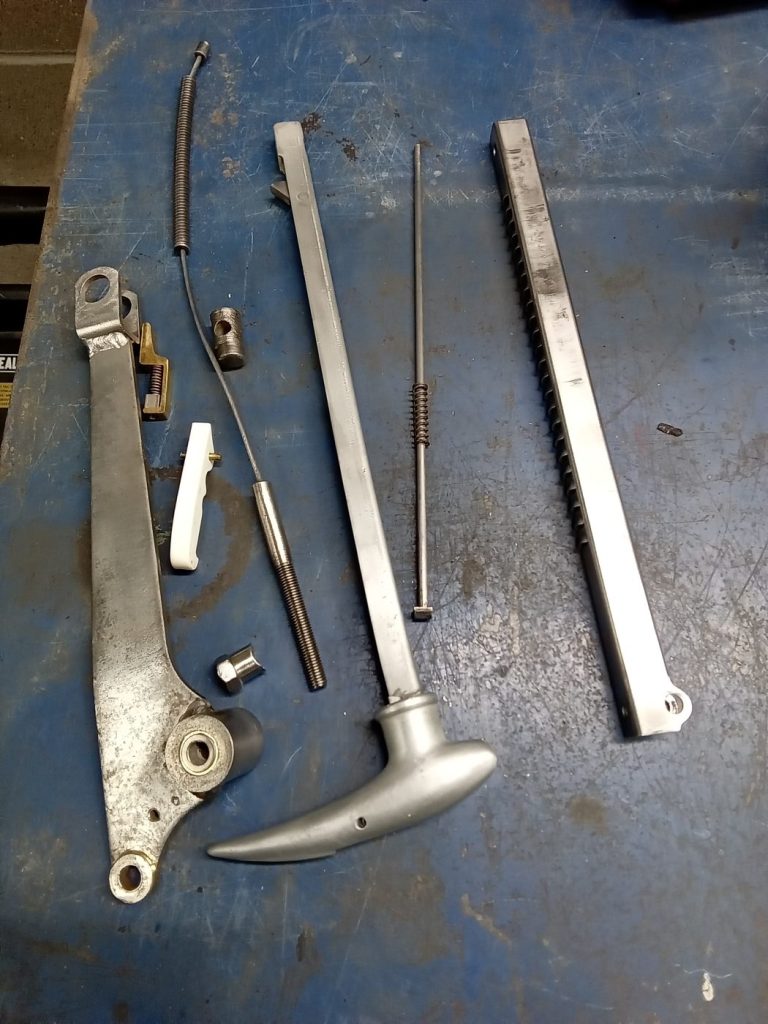
Christian has had our 1953 Aston Martin DB2/4 in the fabrication bay as he has been making some repairs on the chassis. While he was

Lydia has been using various grit of sandpaper to clean off the paint from the bonnet of our 1951 Austin Devon Pickup. Some areas of
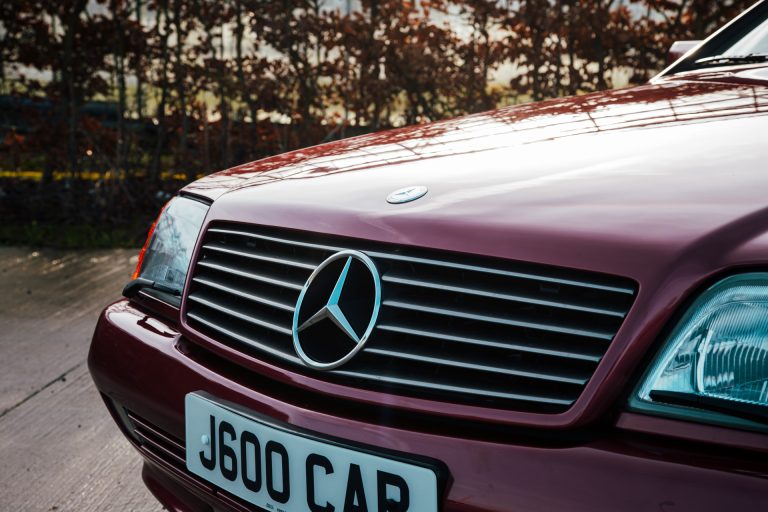
The letters SL have served as moniker for fast, stylish and sophisticated Mercedes Benz 2-door sports cars for nearly 70 years. From its earliest days
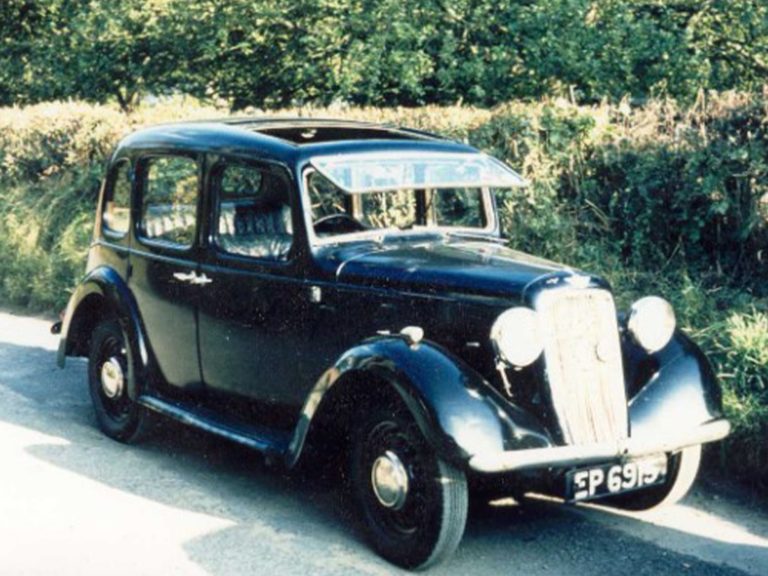
This is the story of Chris Owen and his 1937 Austin Ten Cambridge, known as Harriet, told in Chris’s own words. “My first car was
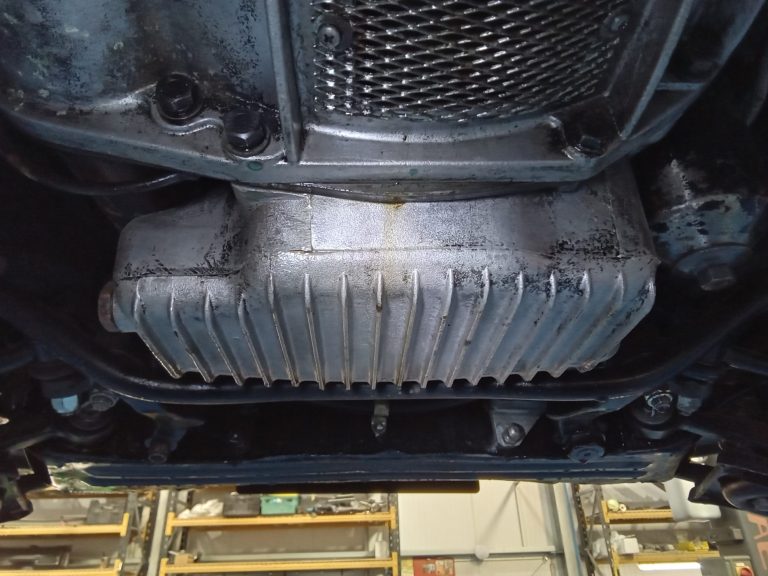
We have recently welcomed back the 1964 Daimler 250 V8. After under going restoration/recommissioning by ourselves last year, the car was given back to its
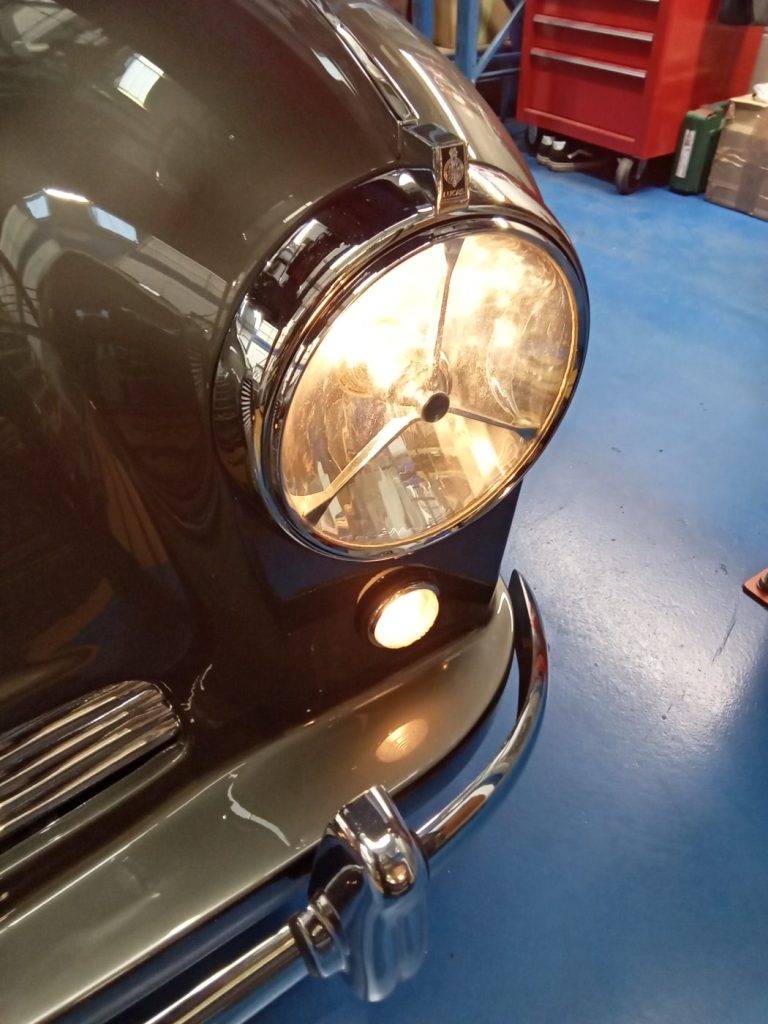
Over the last few days, the workshop team have been completing some final checks and road testing our 1955 Aston Martin DB2/4 in readiness for
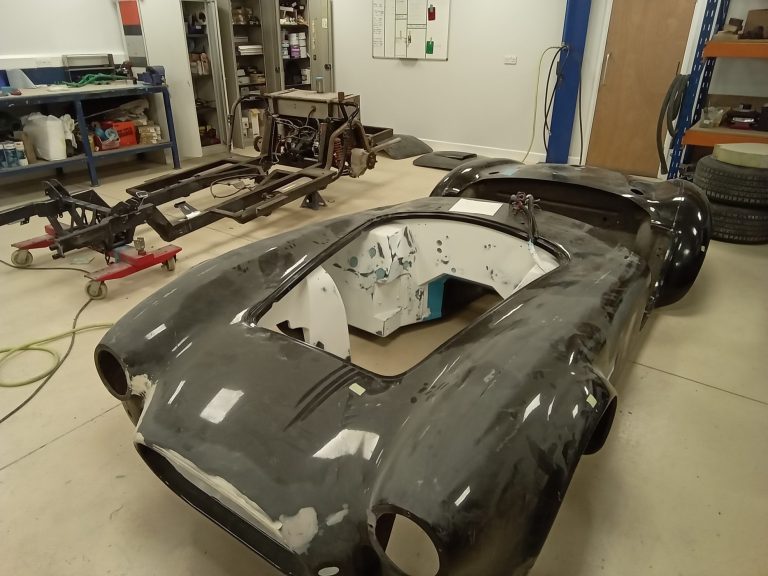
The paint and body team at our Suffolk HQ have been methodically working on separating the body from the frame of our 1975 AC Cobra

Before the lucky winner of our 2002 BMW Alpina B10 V8S arrived at the Bridge Classic Cars workshop to pick up his new car, Jonn
We have recently welcomed our stunning 1955 MG TF 1500 back into the Bridge Classic Cars workshop.
Tony collected the car from its owner and delivered it safely to the workshop. Now that it is here, it will be looked after by our experienced team of technicians.
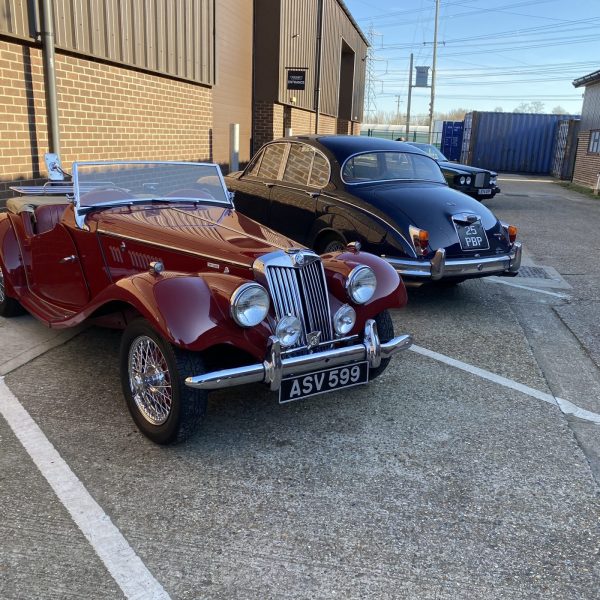




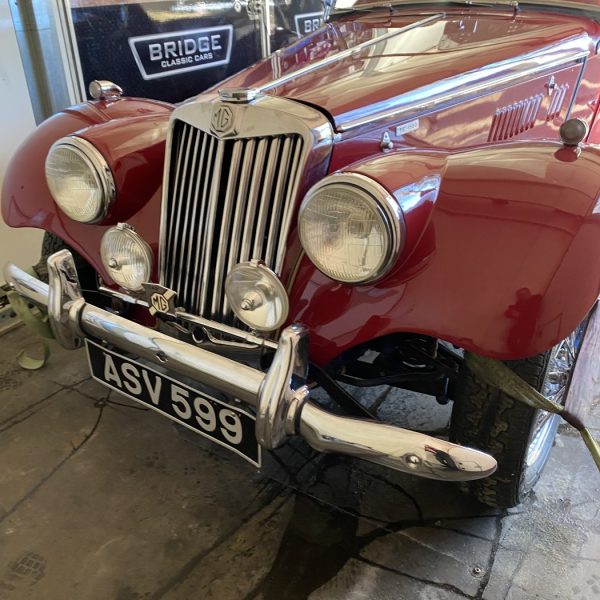
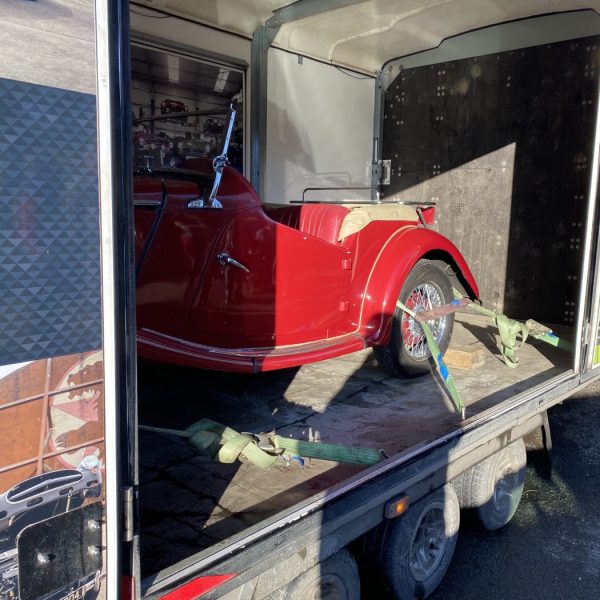

The reassembly of our 1976 Triumph Spitfire is making good progress. Rob has now fitted the rear seat pan sound deadening aswell as fitting new trim in the rear of the cockpit area.
While Rob was doing this, Alan was prepping the doors and bonnet for colour. He then applied colour and lacquer.





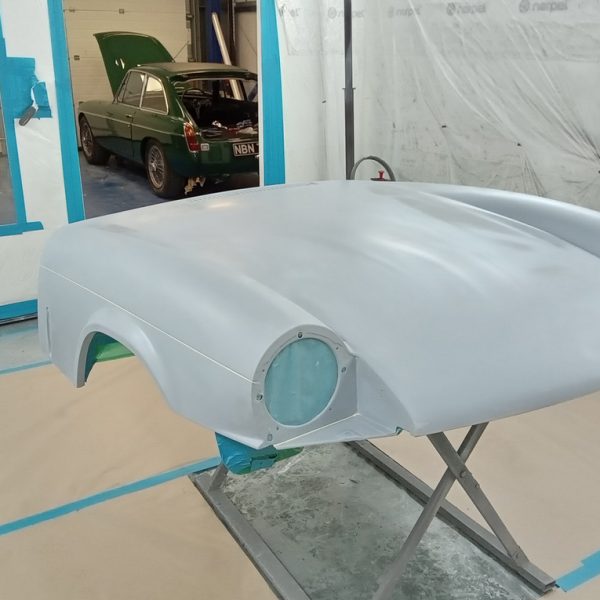




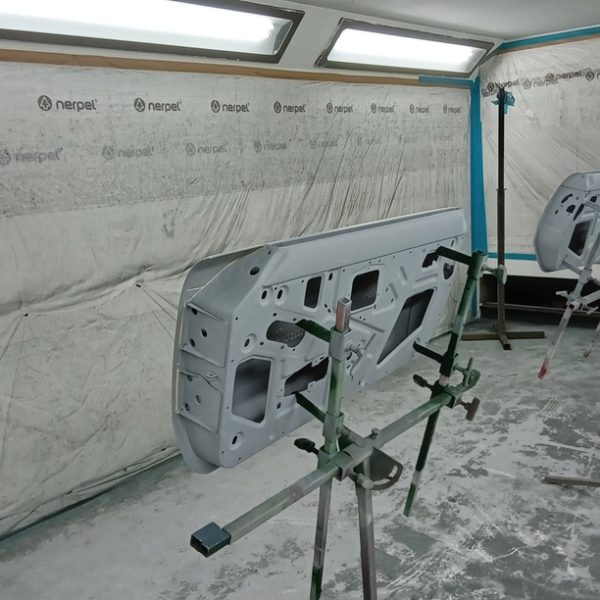


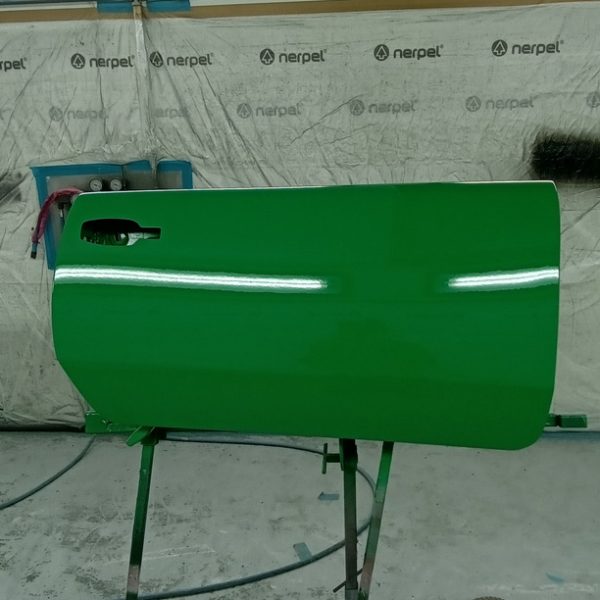



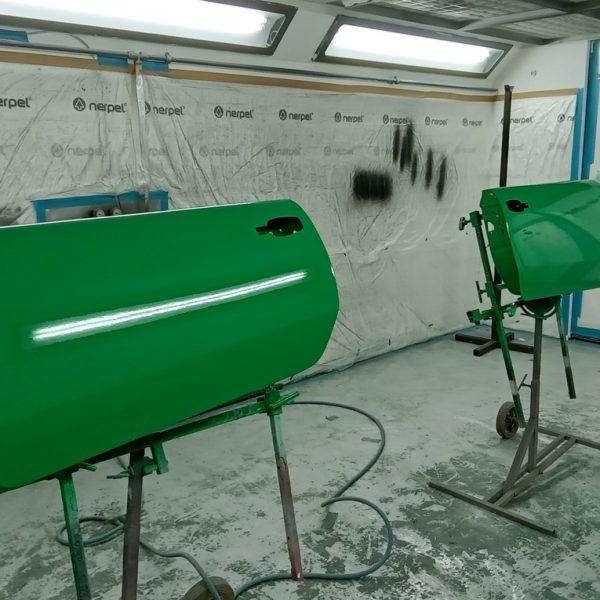
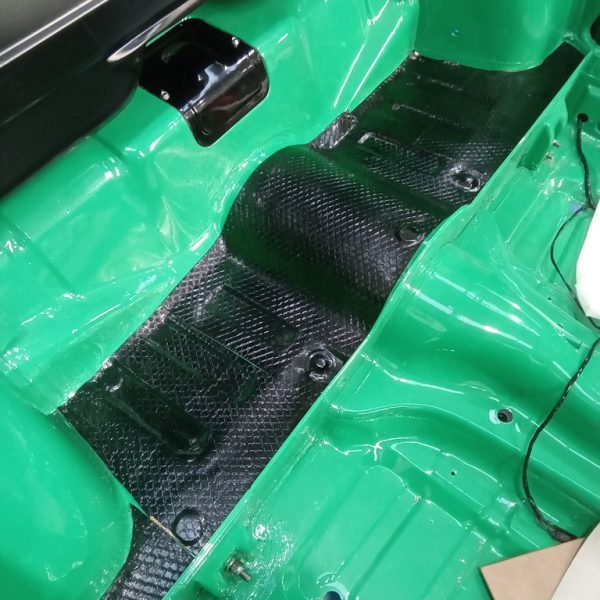
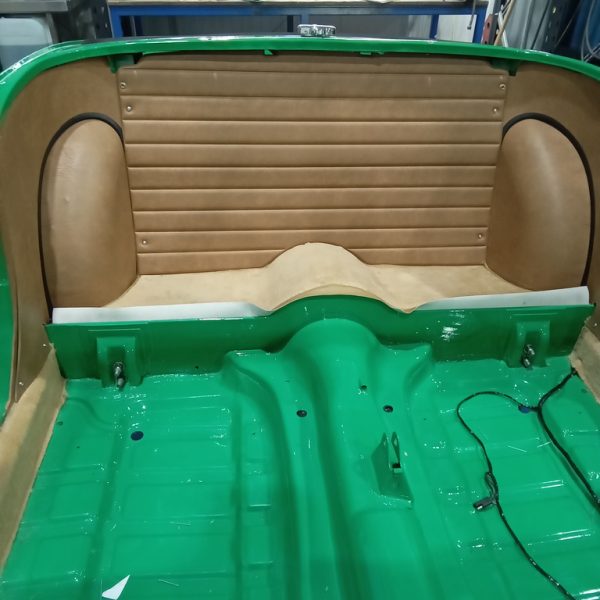
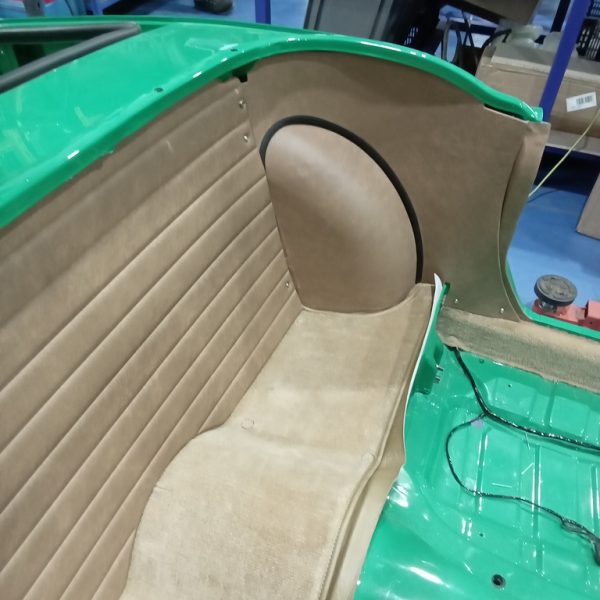

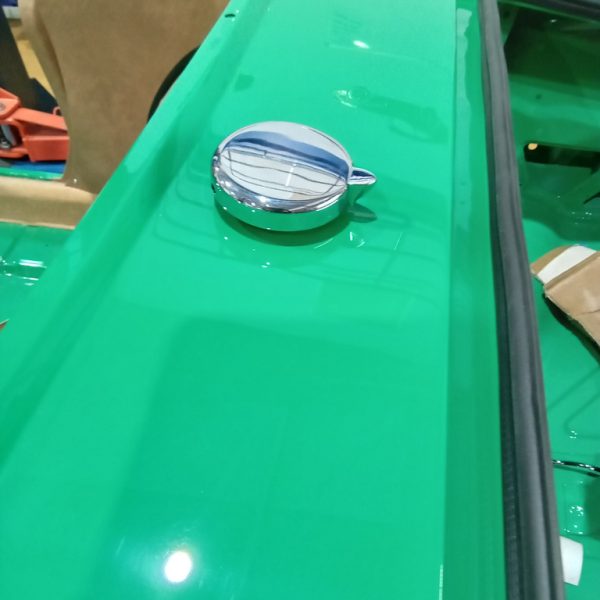
Paint Technician Chris has begun the process of fitting up our 1969 MGC GT. While doing this, he also added new rubber in the front quarter lights.
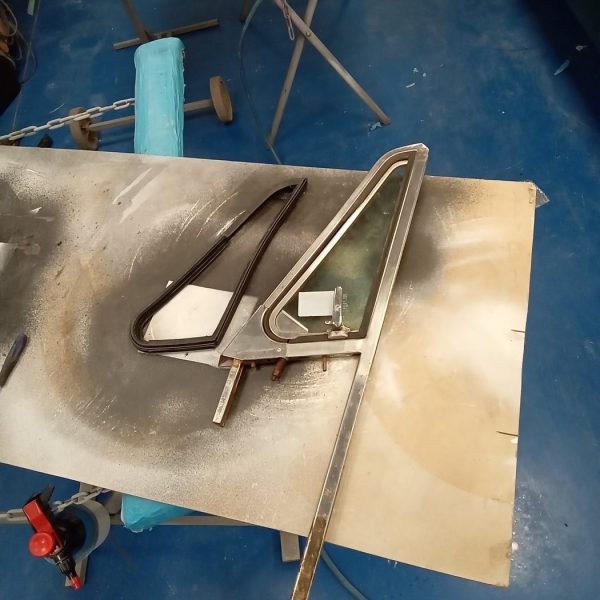
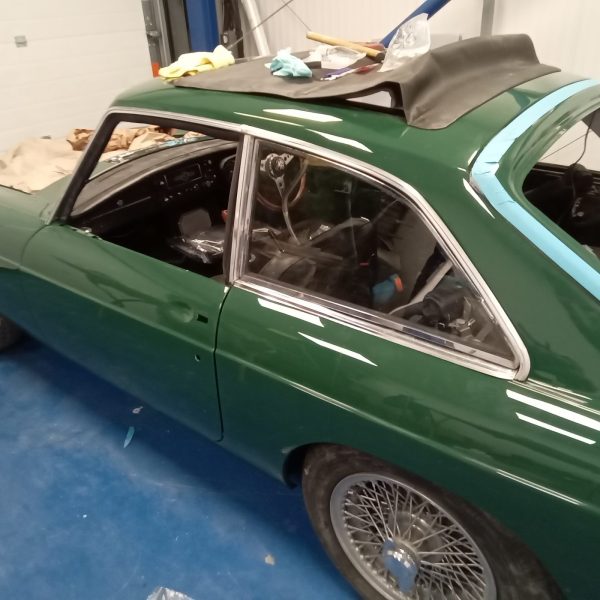





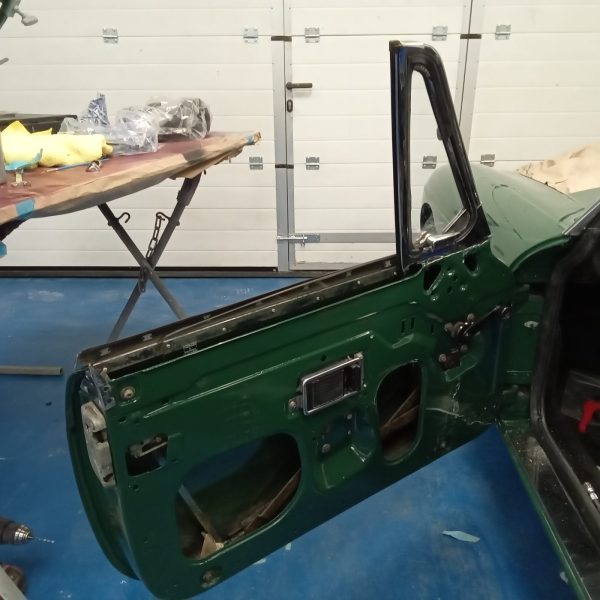


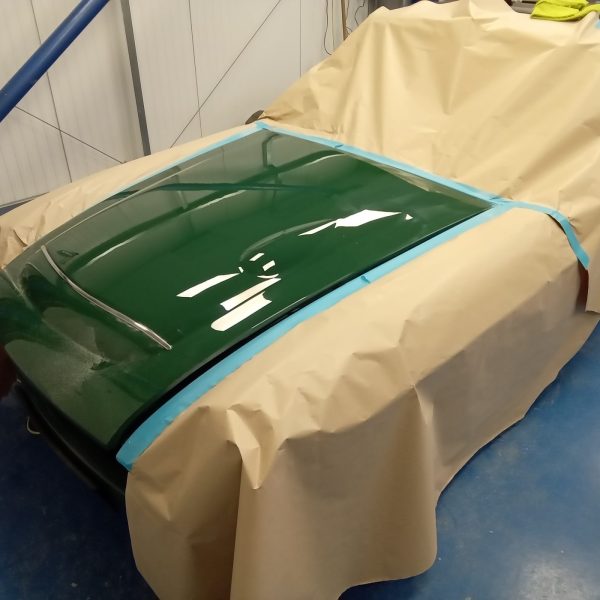
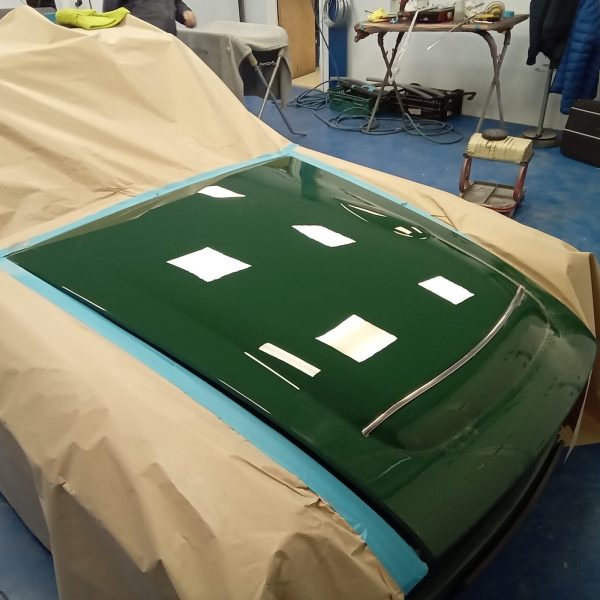
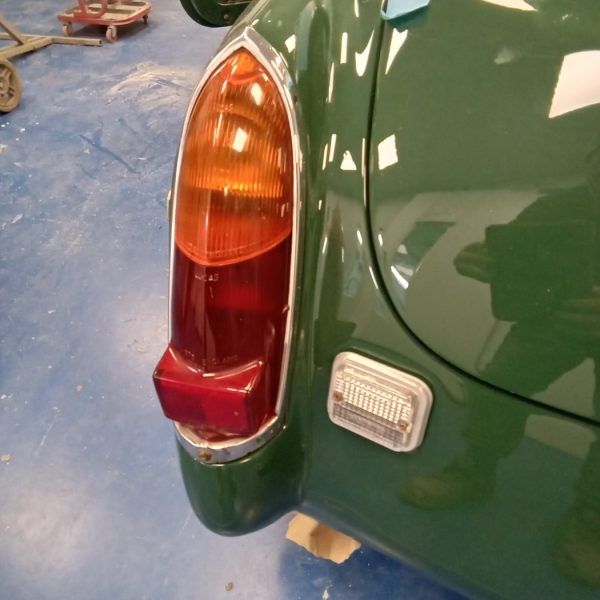
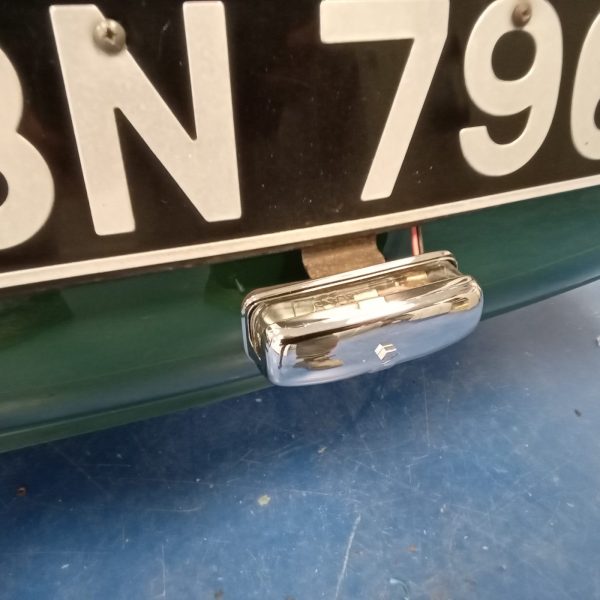









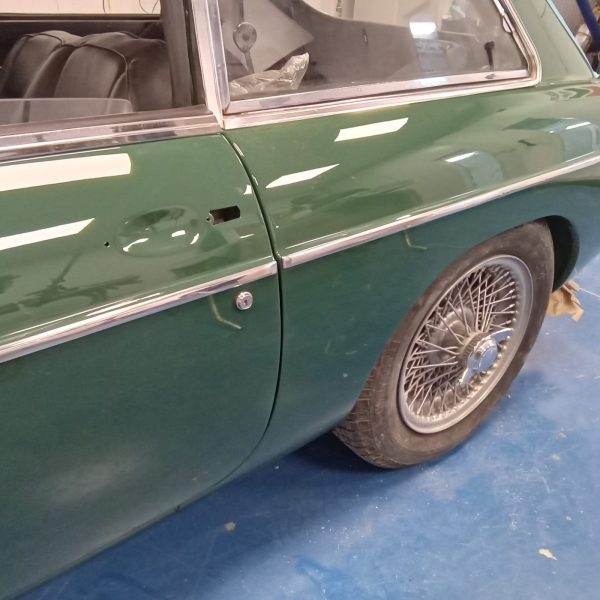
Classic Car Technician Neil has been prepping the chassis of our 1953 Aston Martin DB2/4. Alongside this, Clinton has been pulling dents out of the car and repairing them.
Once the chassis was fully prepped, Tony took it to be powder coated.

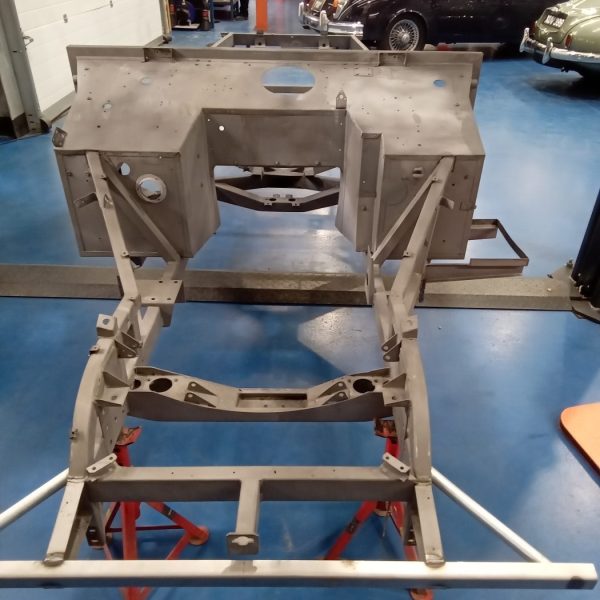
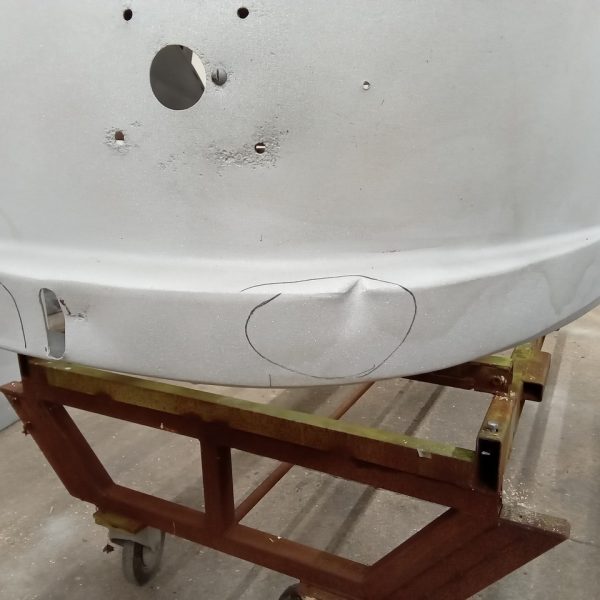

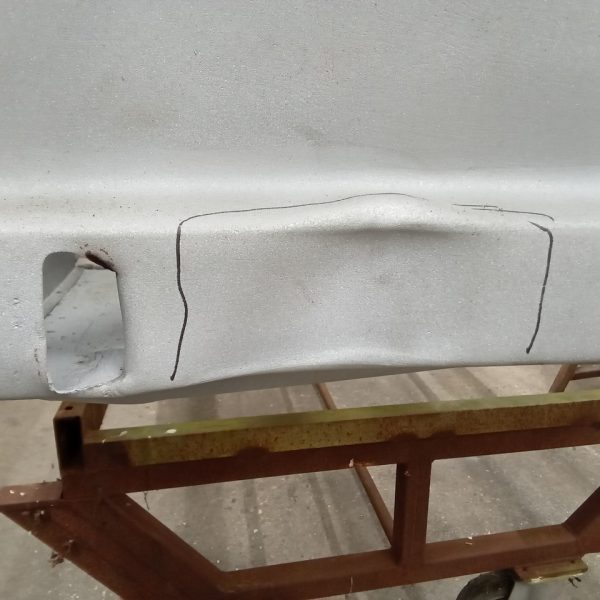
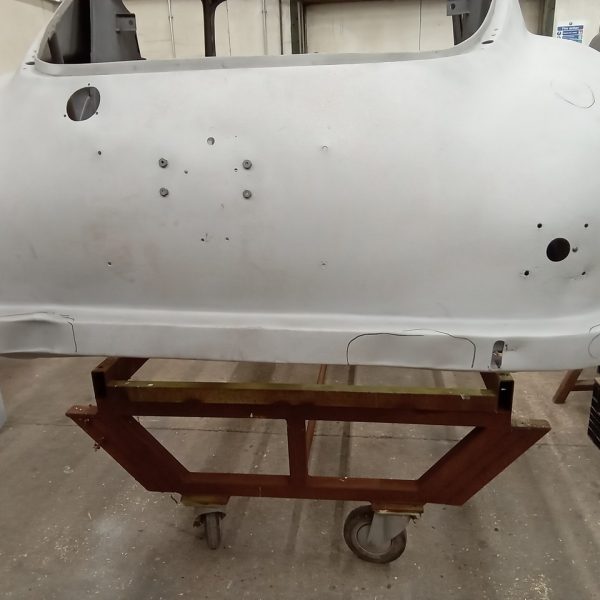


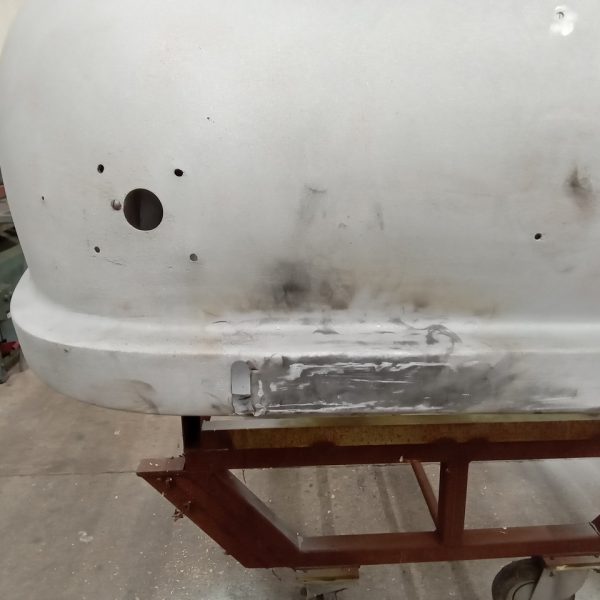
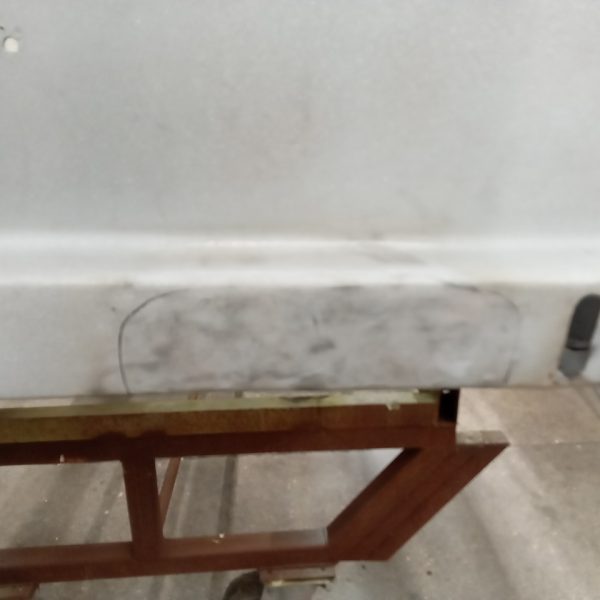
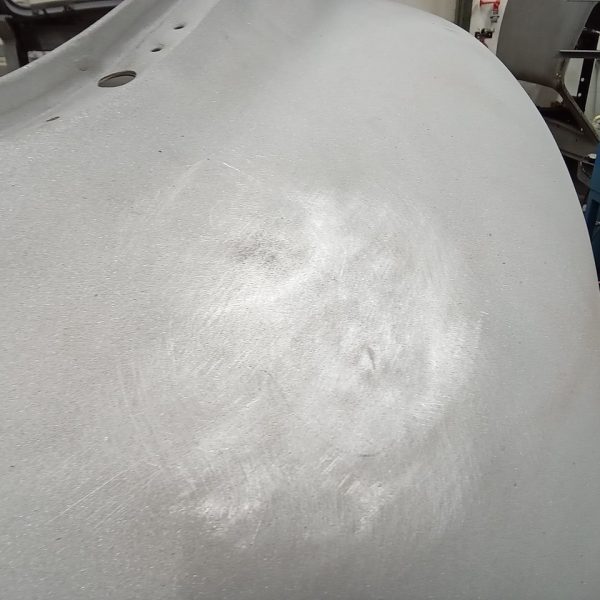
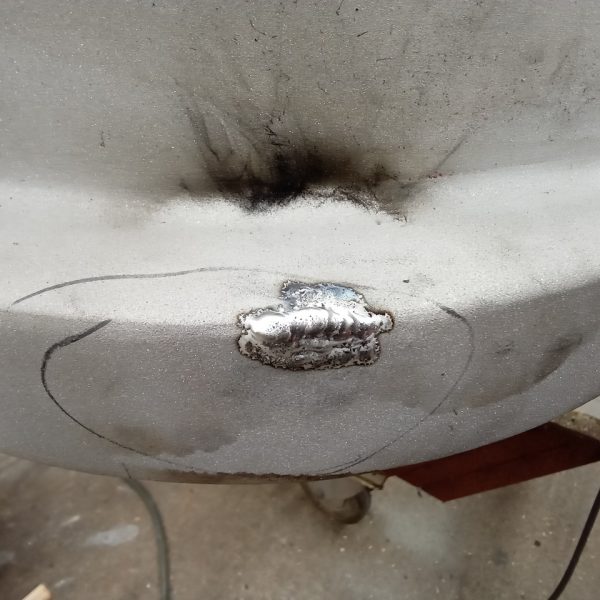
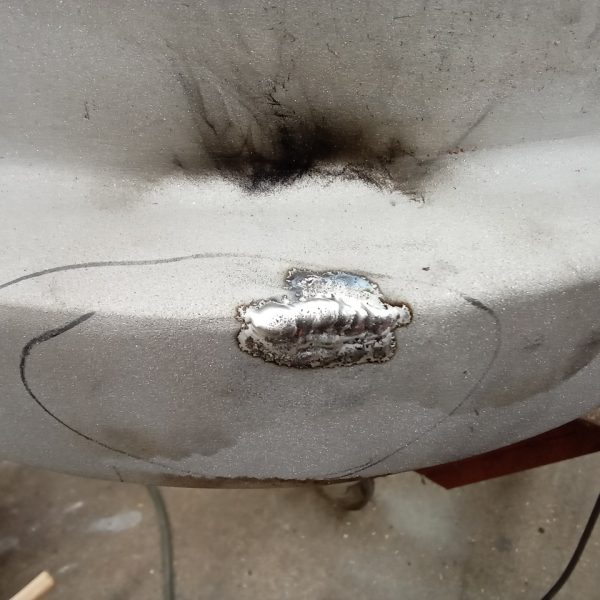
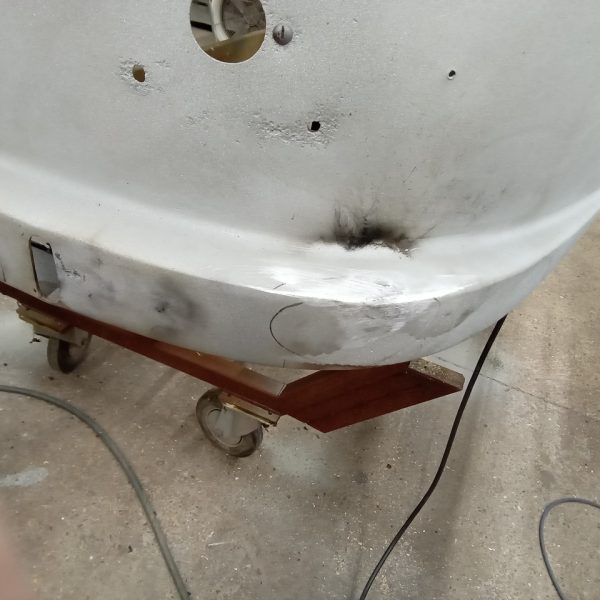

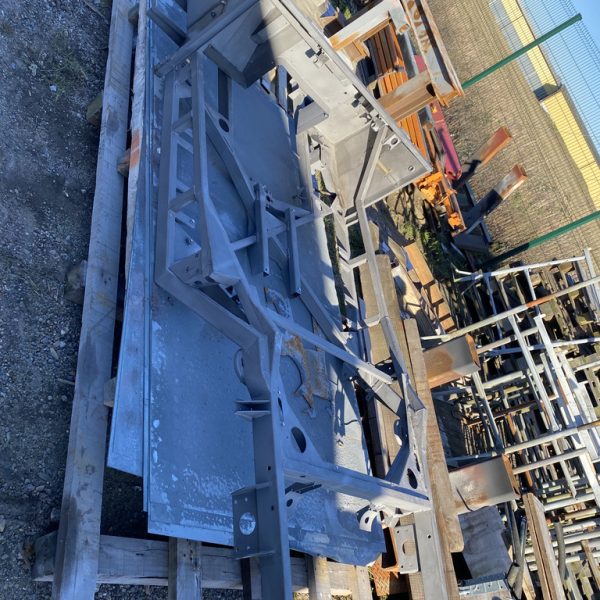
Recently, Lydia has been making the pattern for the base part of the seat of our 1905 Riley 9HP. She has been working with Steve to make sure that the seat is adequately secured when placed in the vehicle. They have decided to make a metal dowel/peg affixed to a metal plate, which will locate into a hole in the body of the car. Lydia added a wedge of wood at the front of the seat to provide a bit more stability for the peg beneath and also as a bit of a leg bolster.
Steve also made new gear lever selector pin and fitted it to the car as the old one was worn causing inaccurate gear selection.
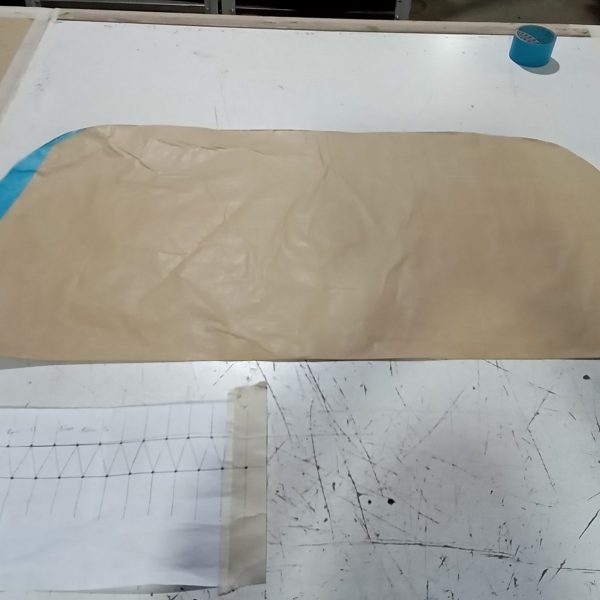
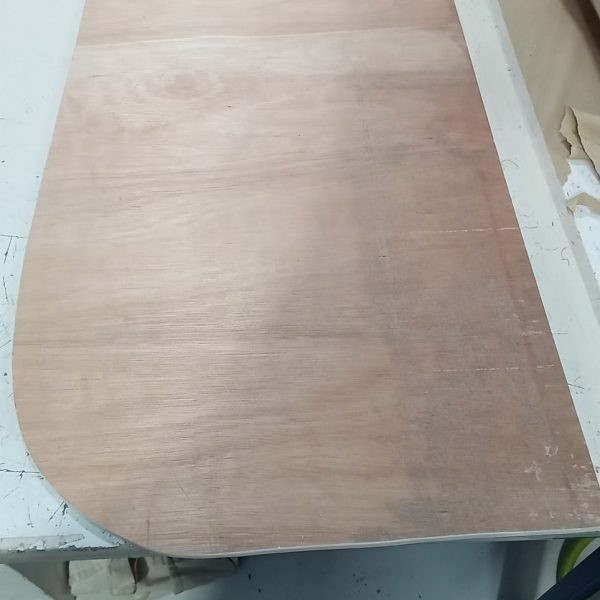
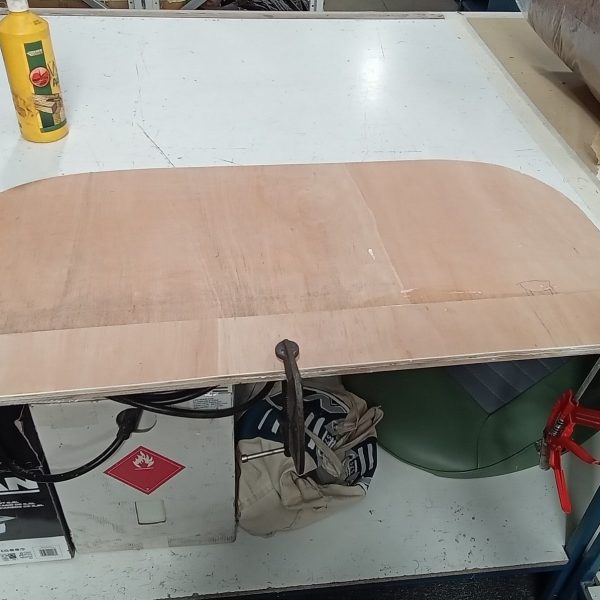
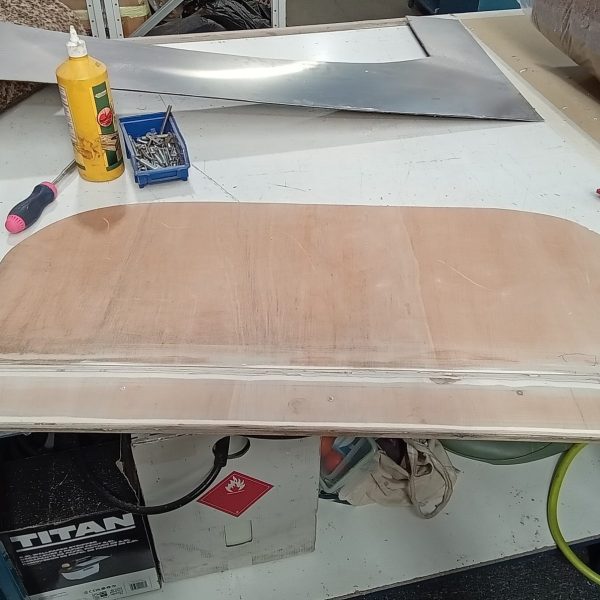
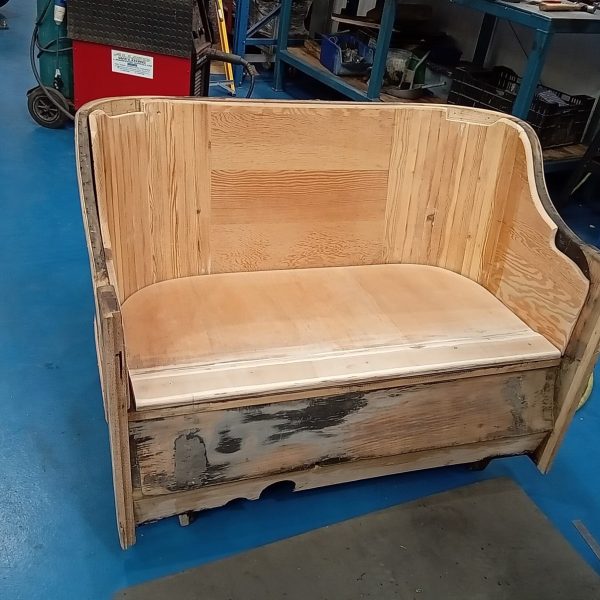
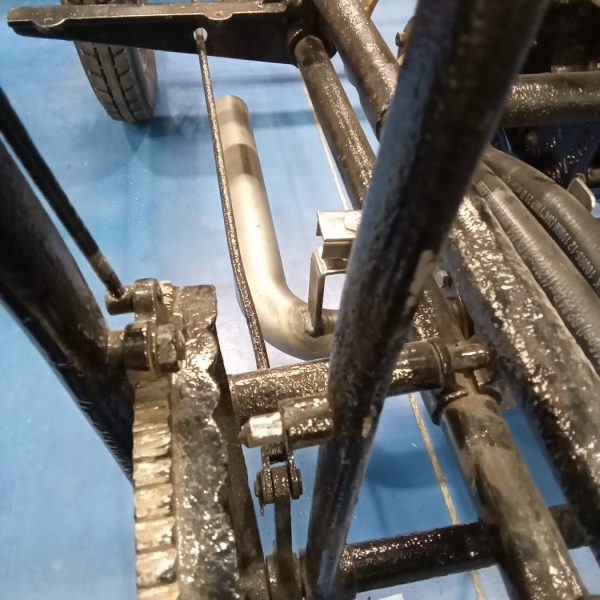
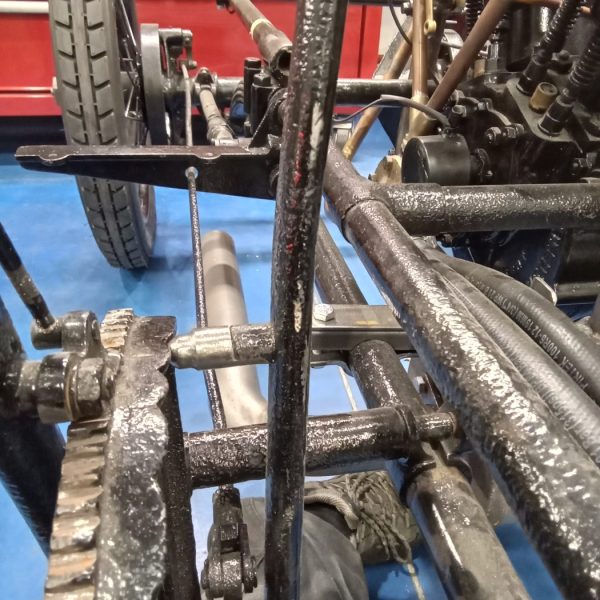
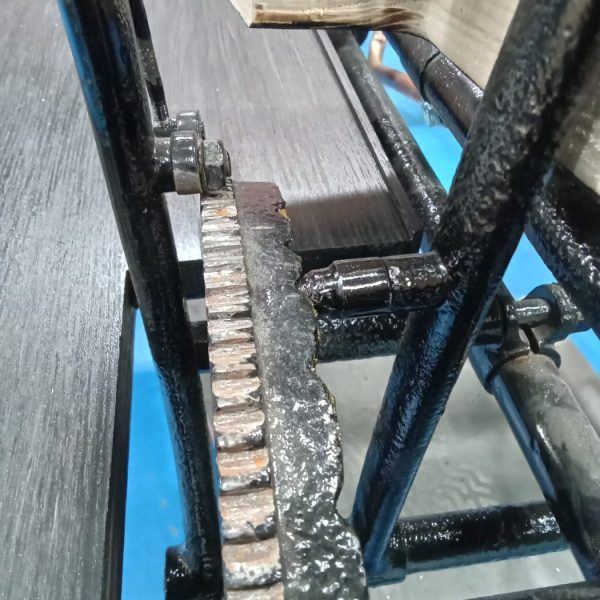
Neil has been refurbishing the wood trim in our 1993 Bentley Turbo R.
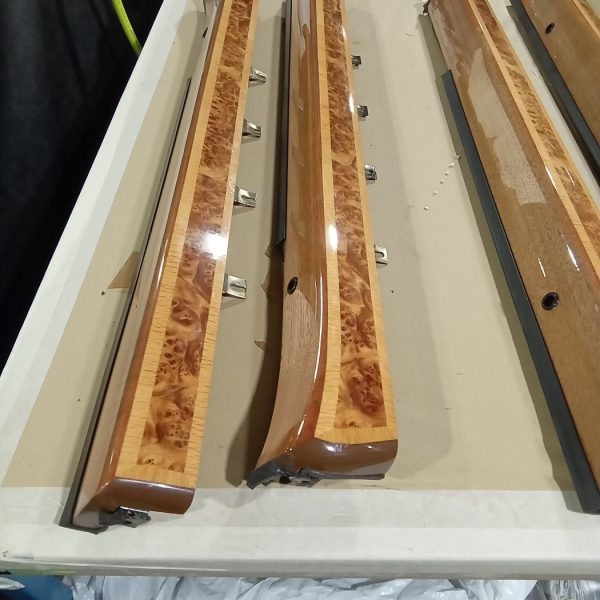
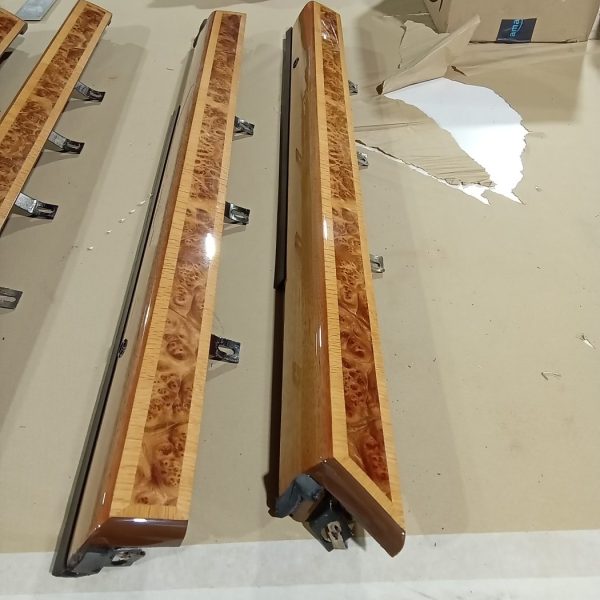
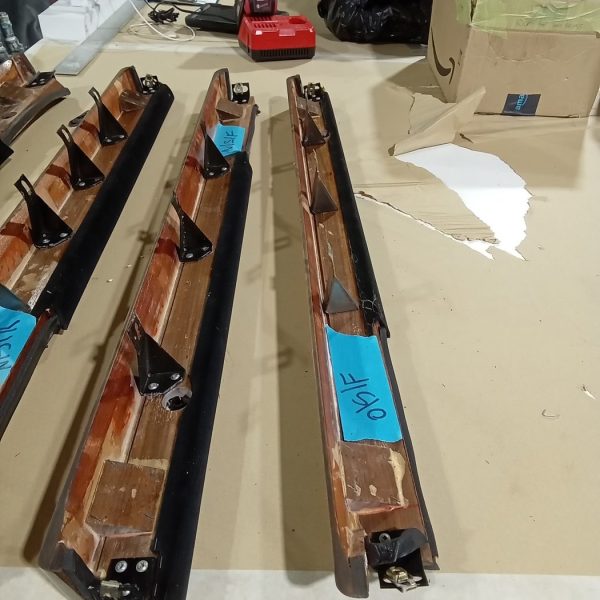
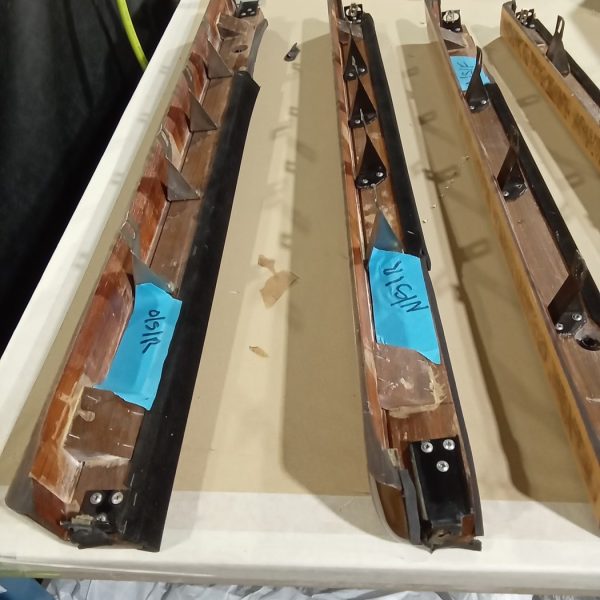

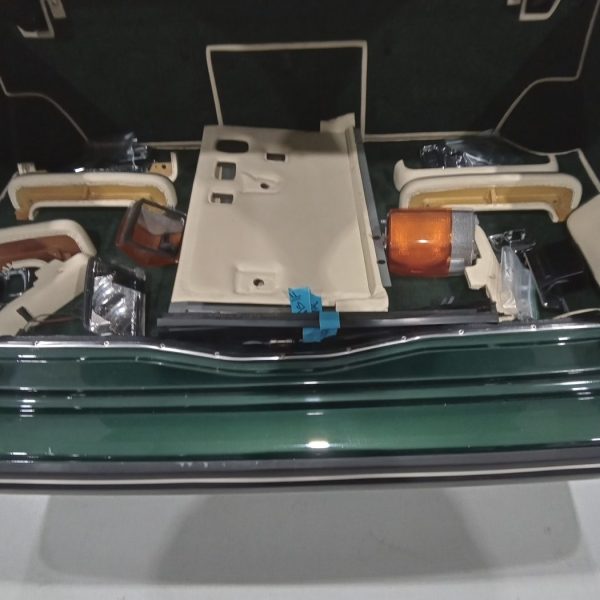

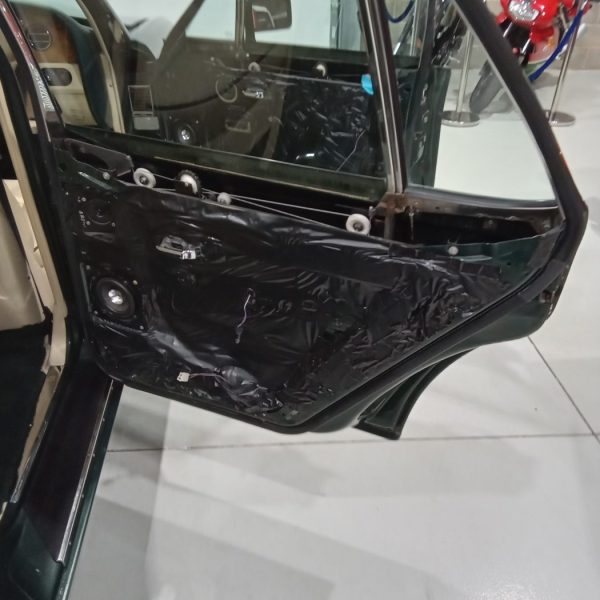

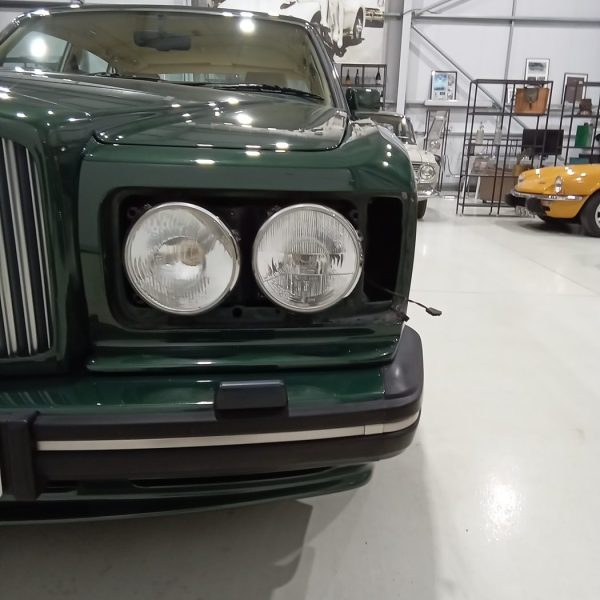
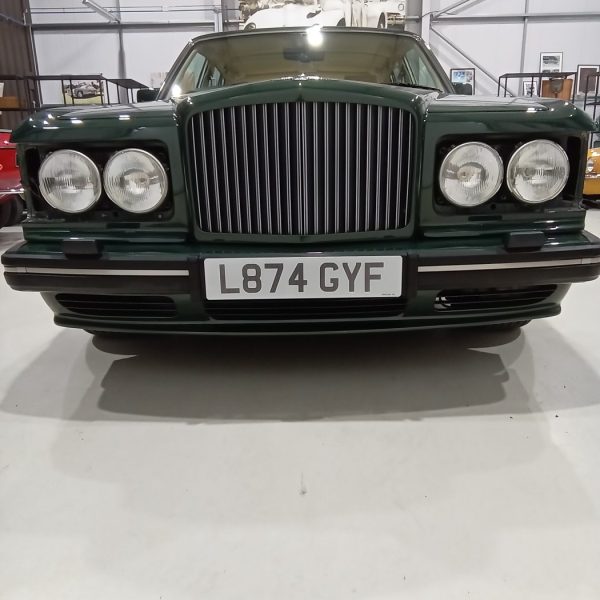
The Bridge Classic Cars PaintShop has been home to our very special 1939 Jaguar SS100.
While in there, Chris and Mauro have been working on the rear wing. Mauro prepped and primed the rear wing before fixing the dent on the wing.
Chris then painted the rear wing.



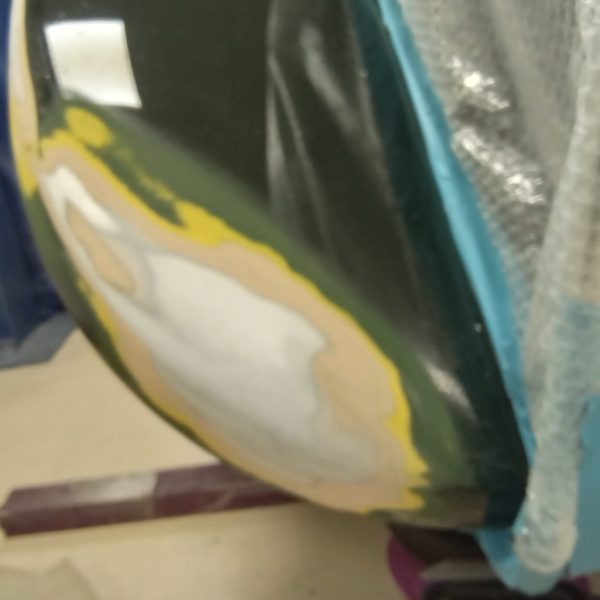
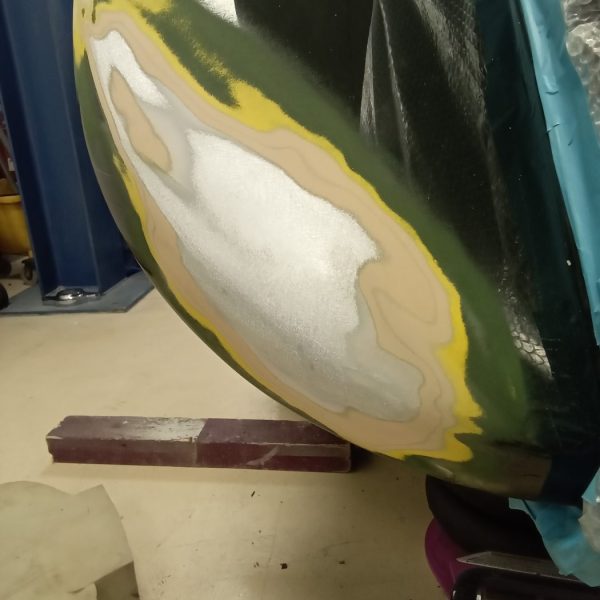
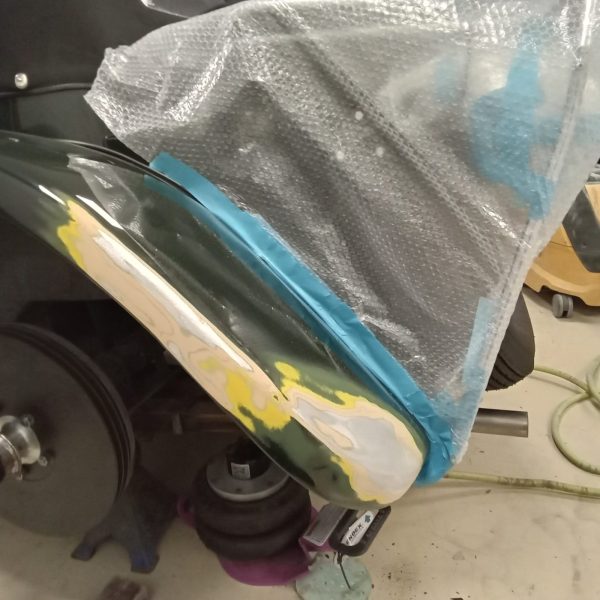
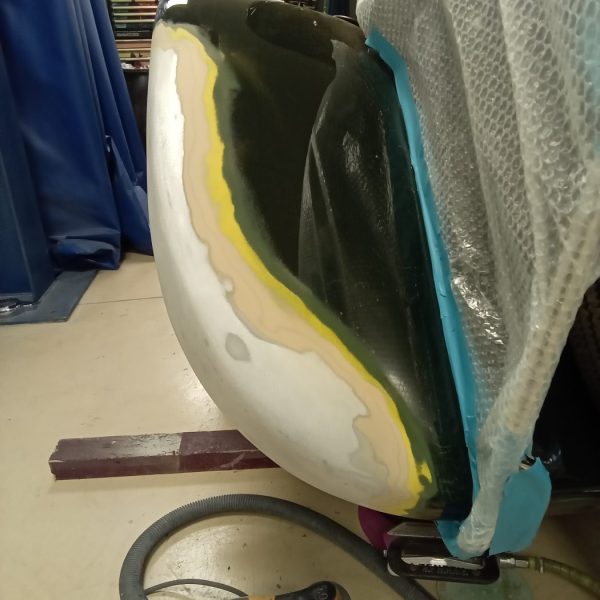
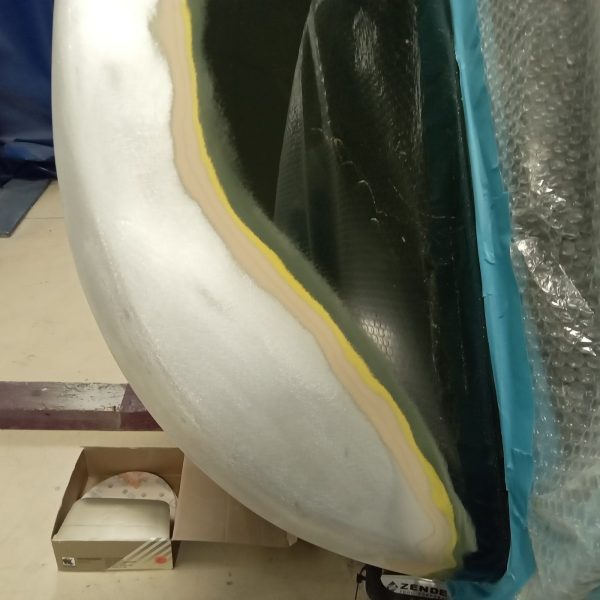
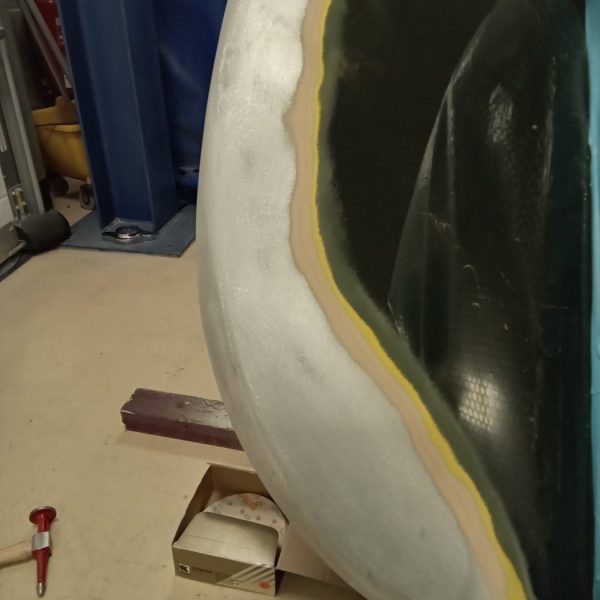
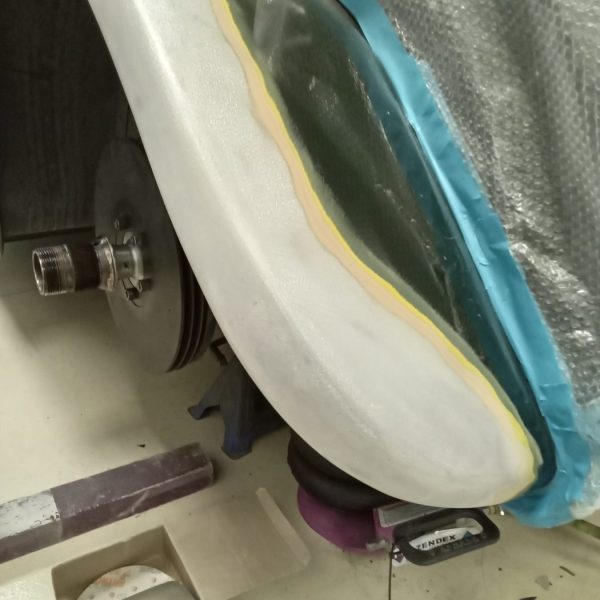
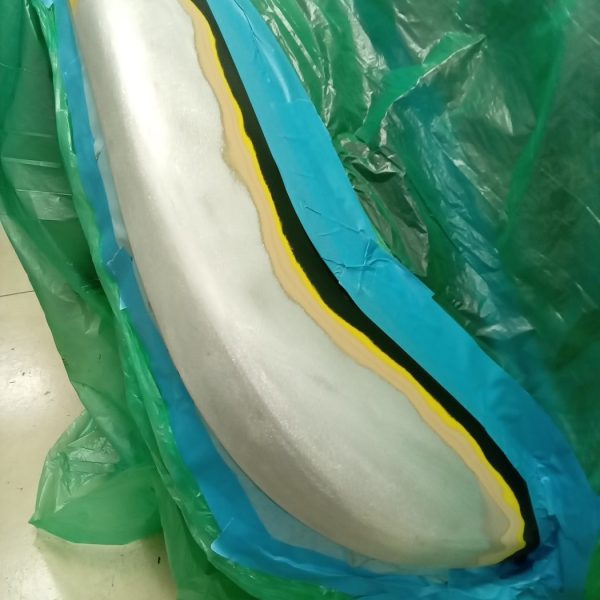

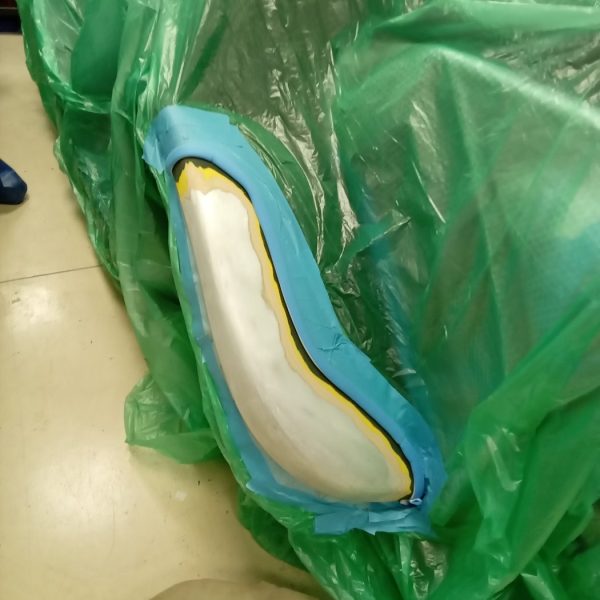

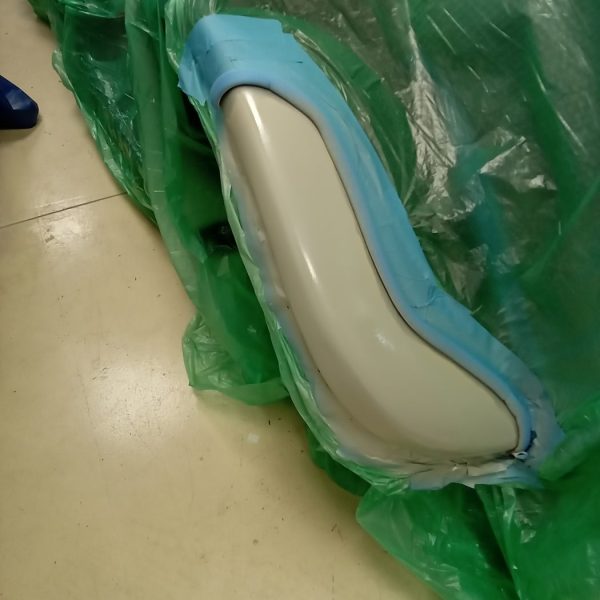

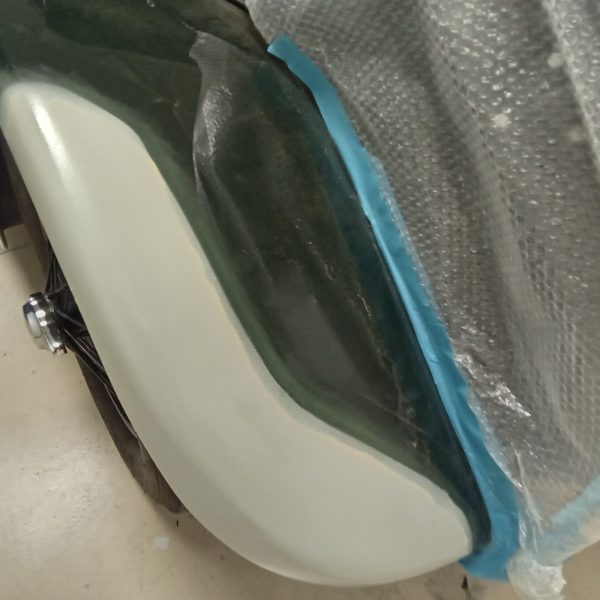



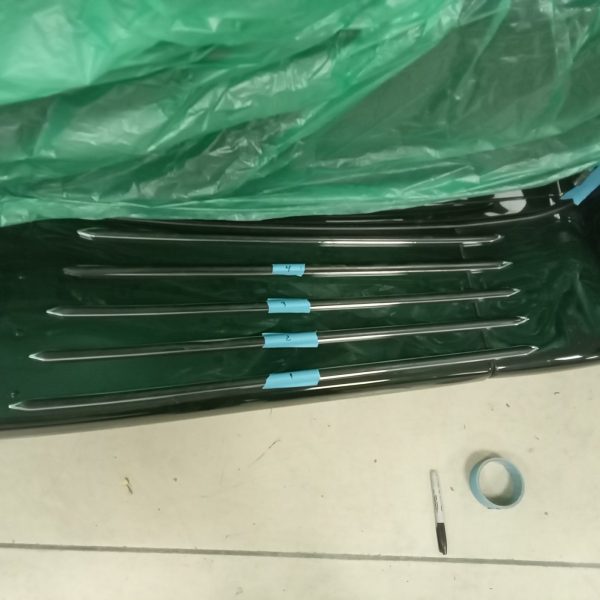
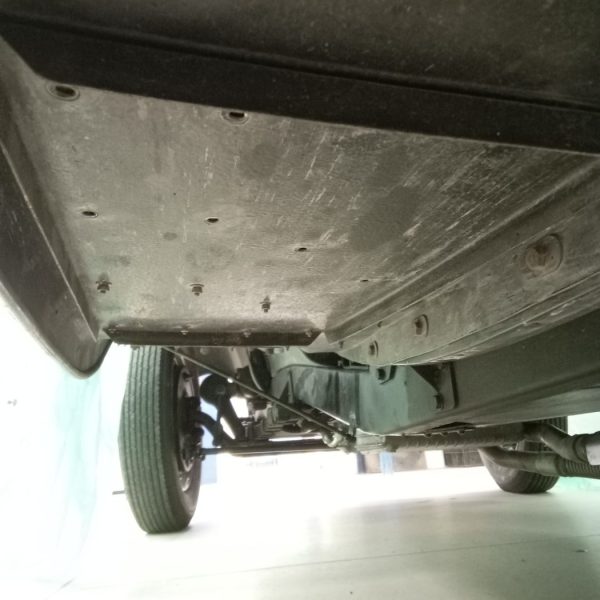

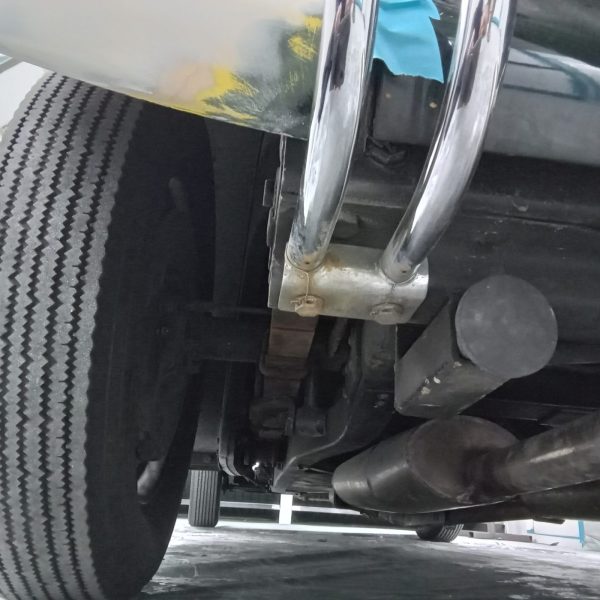

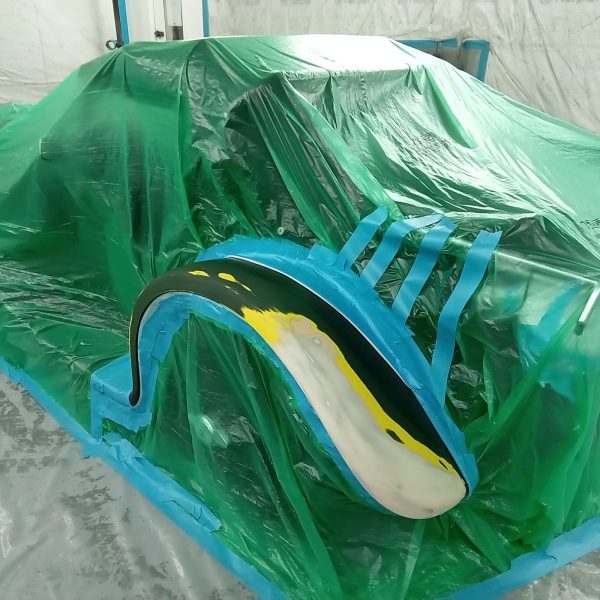
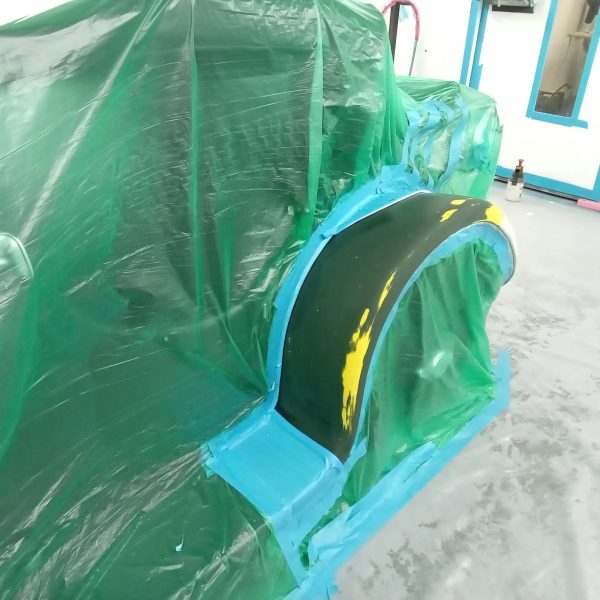

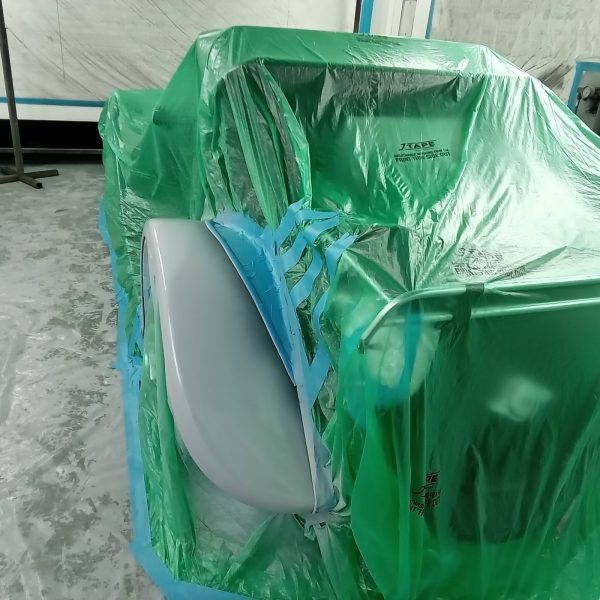





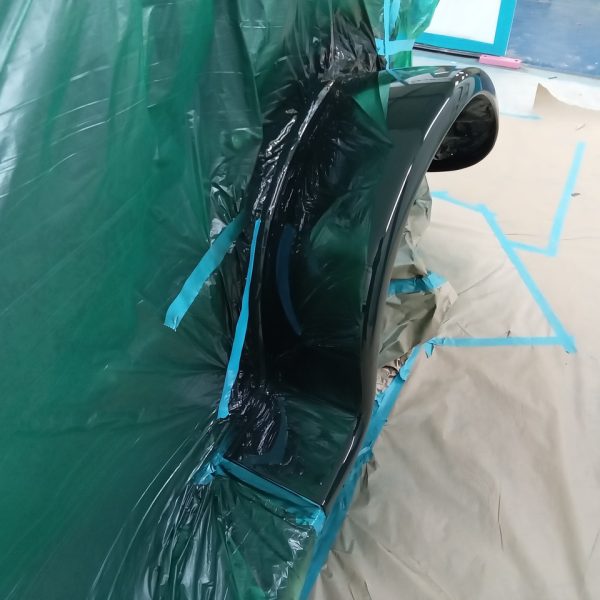
Our 1975 Jensen Interceptor Mk3 has been in the fabrication bay with technician Chris. He has been welding the front bumper as well as cutting the bumper mount holes.
He then went on to fit up and make the mounts for the rear bumper before fitting up the stone guards and fabricating and welding the mounts.
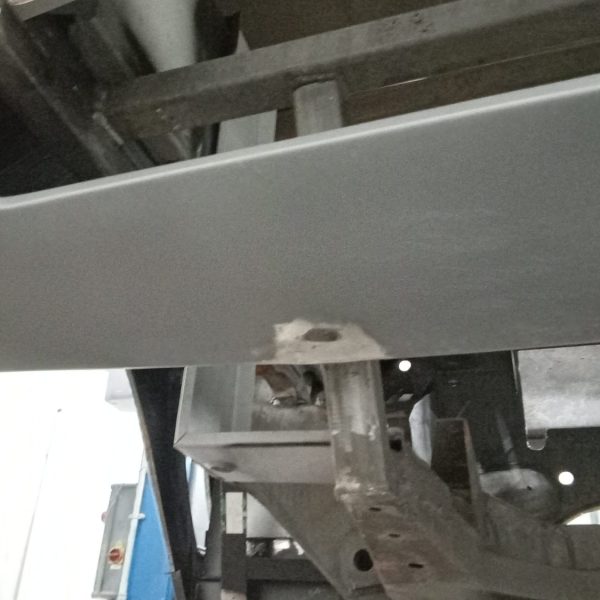
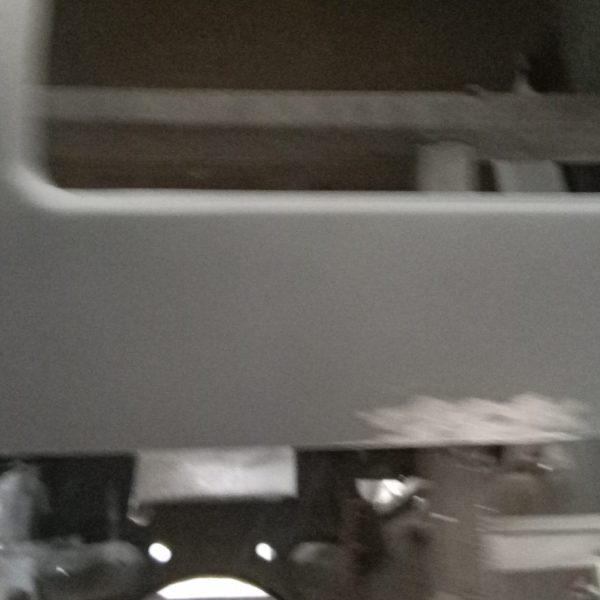
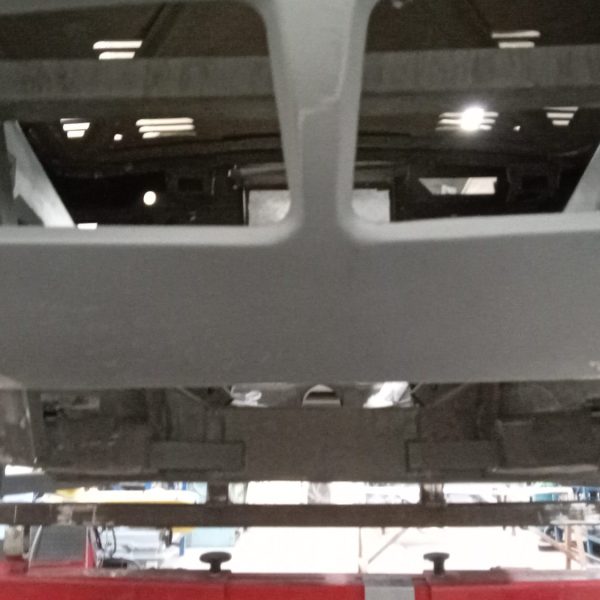
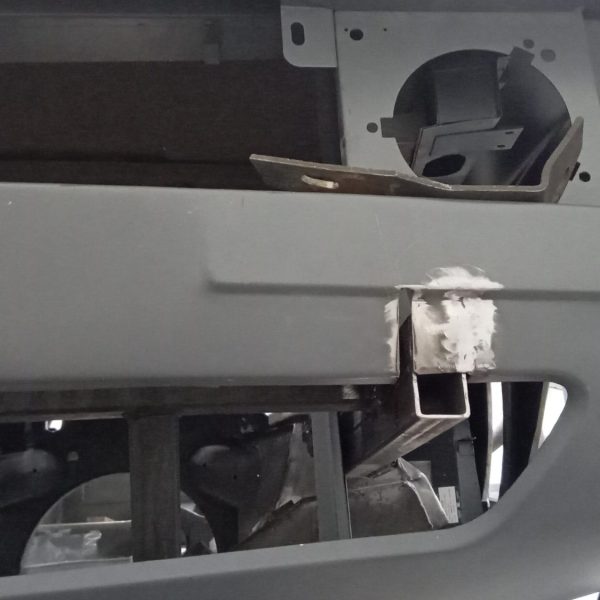

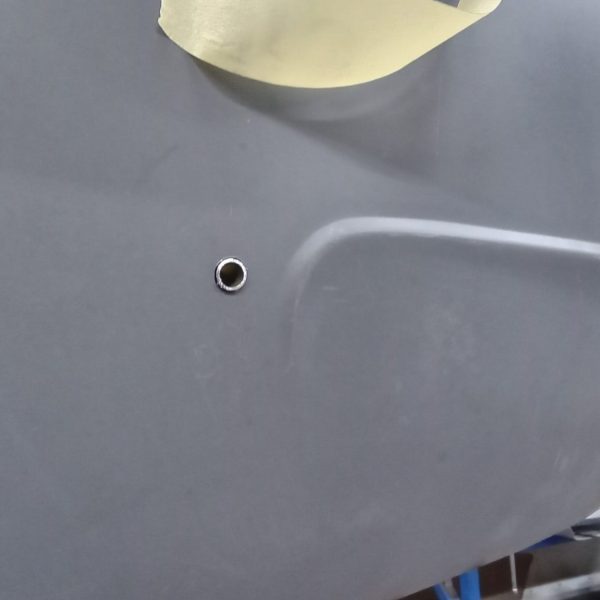
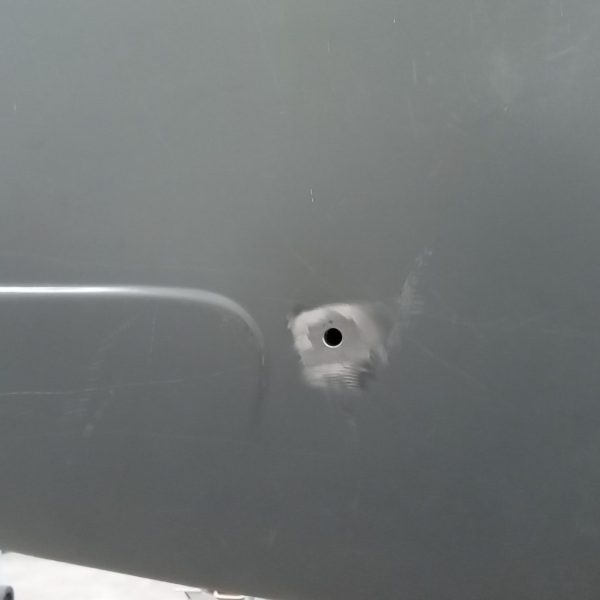


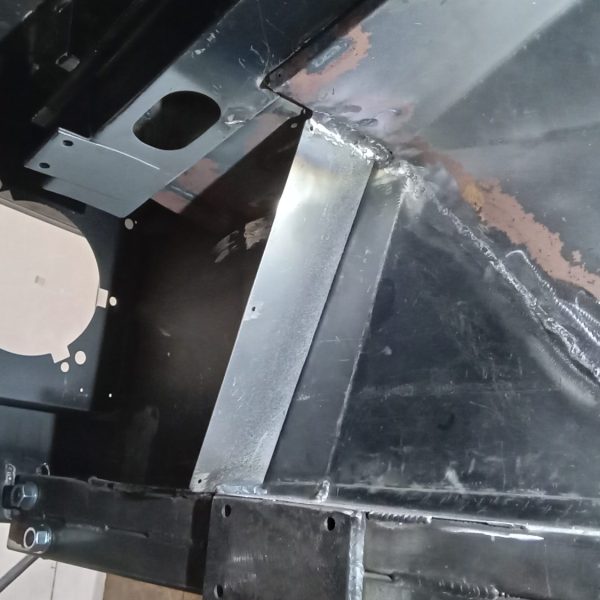

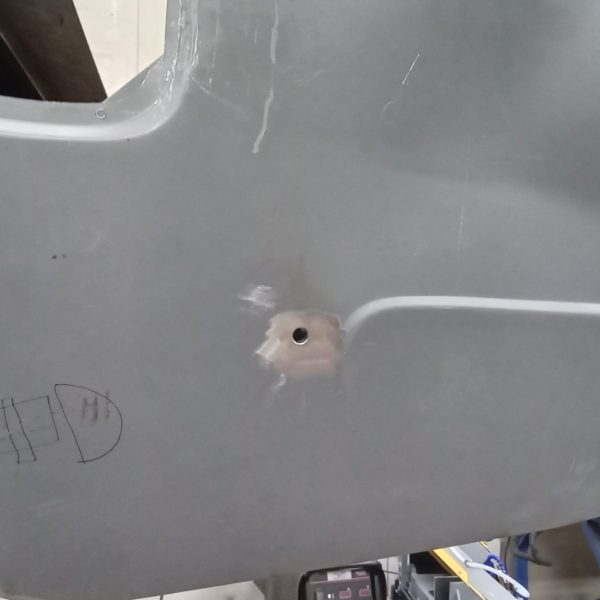
Classic car technician Paul has been working on our 1956 Jensen 541. He fitted the heater box and fabricated various parts before fitting the handbrake cable and welding the bracket in place.
He then modified the chassis to enable the fitting of the wiring loom.
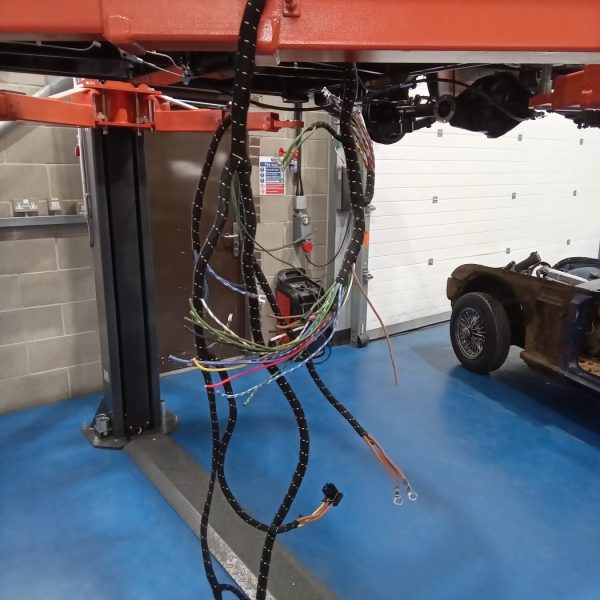
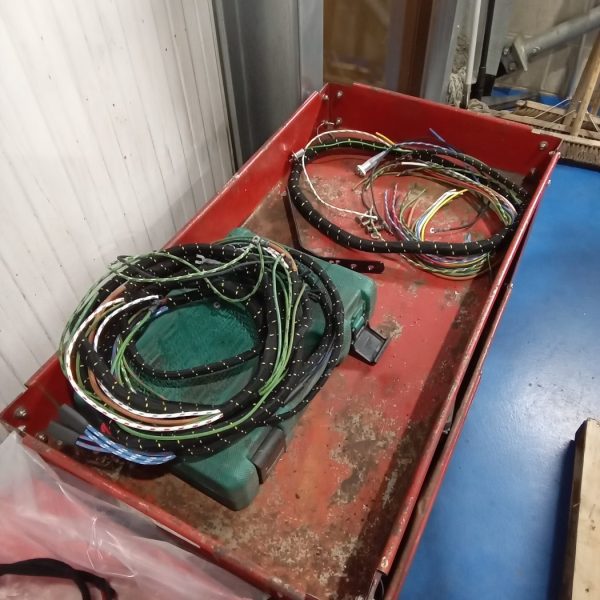

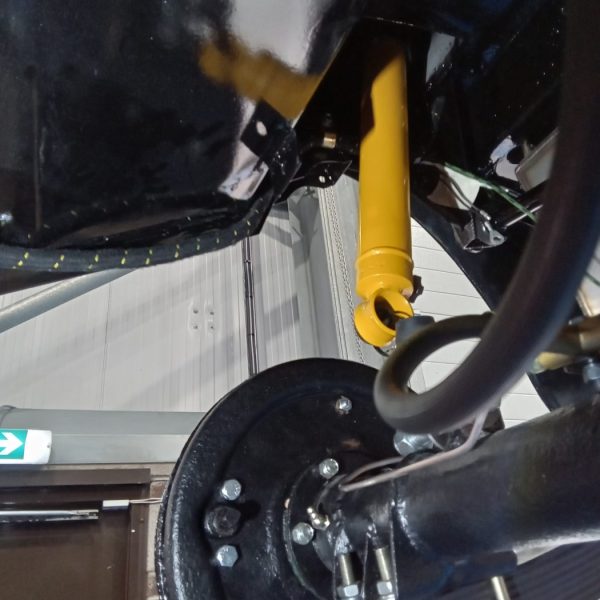
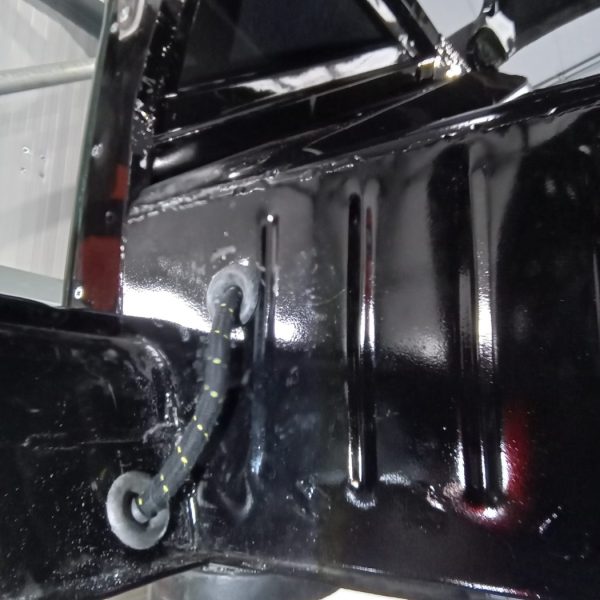


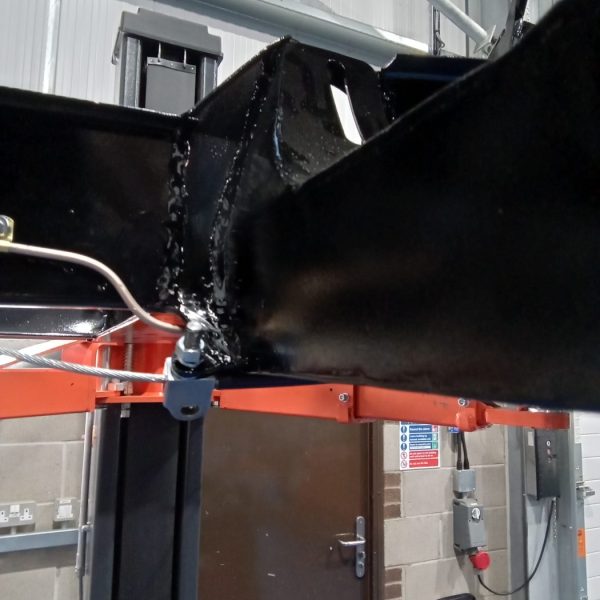

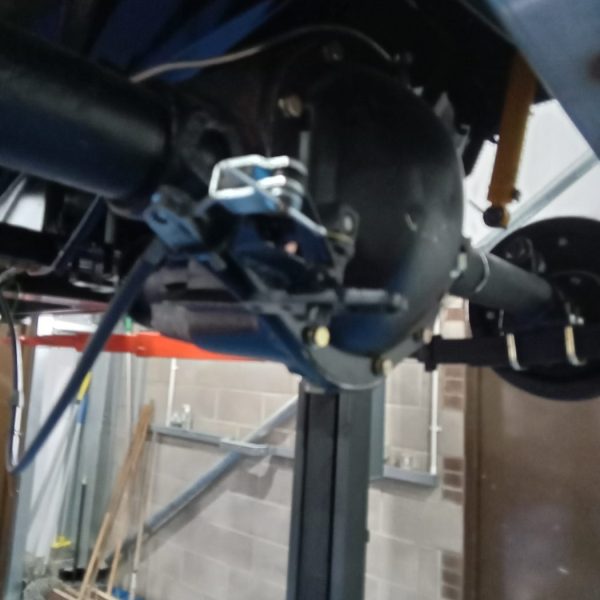
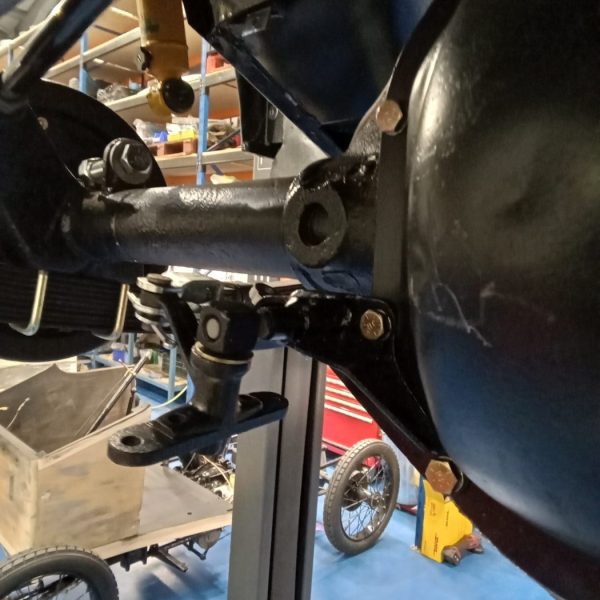
Jonn has been inspecting our 1992 Mercedes SL300 in preparation for it to be won next week through Bridge Classic Cars Competitions.
His notes were:
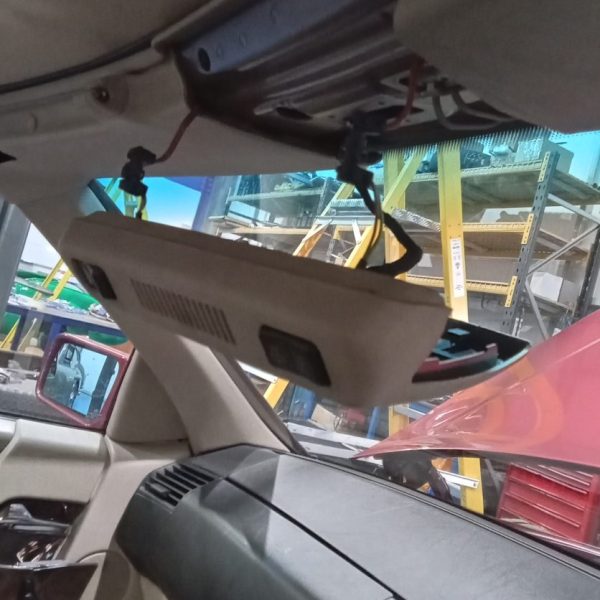
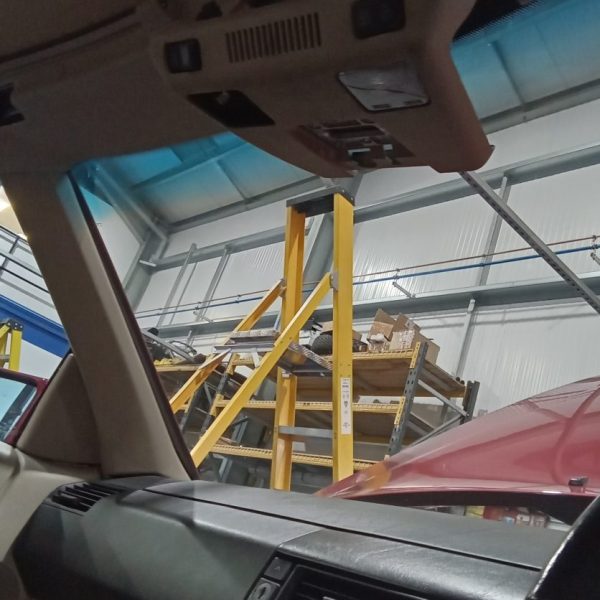

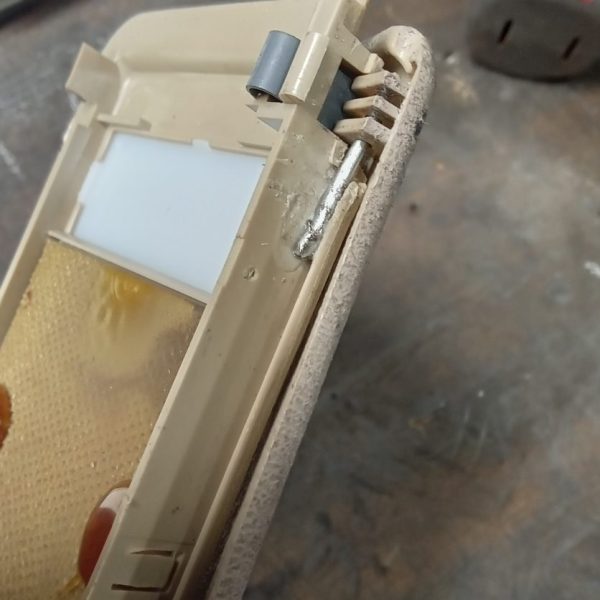


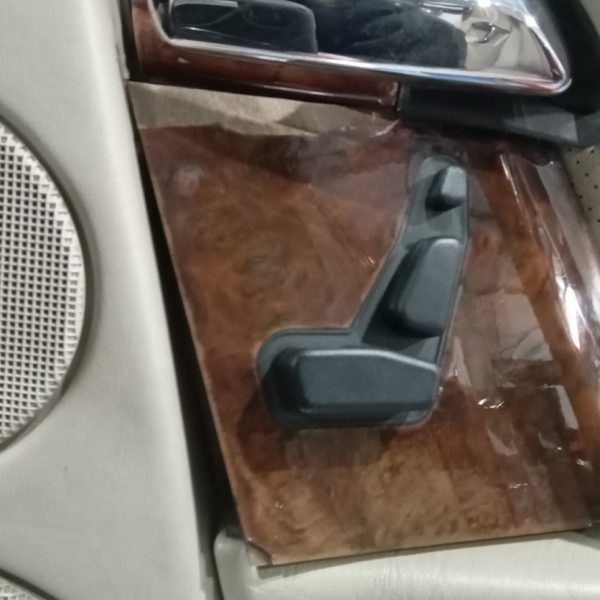

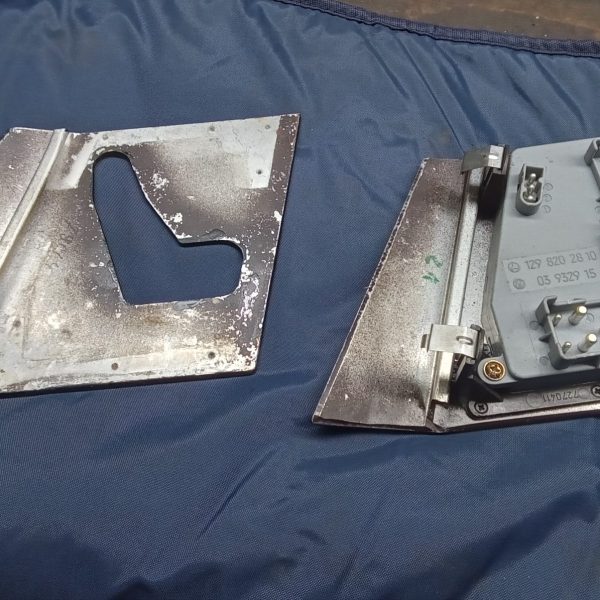

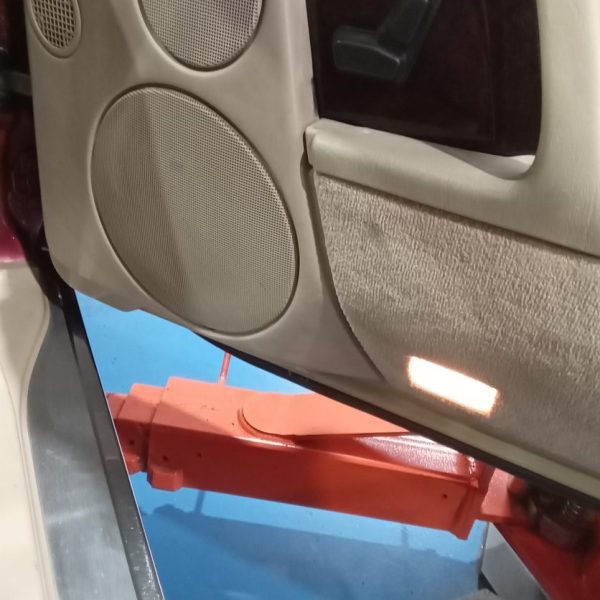
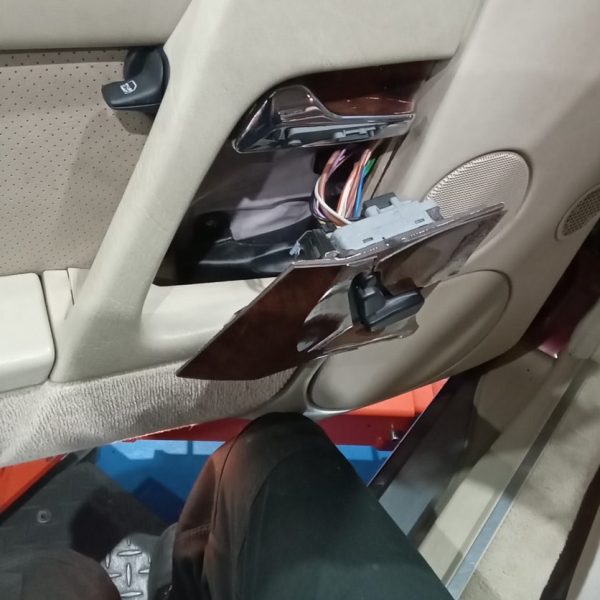
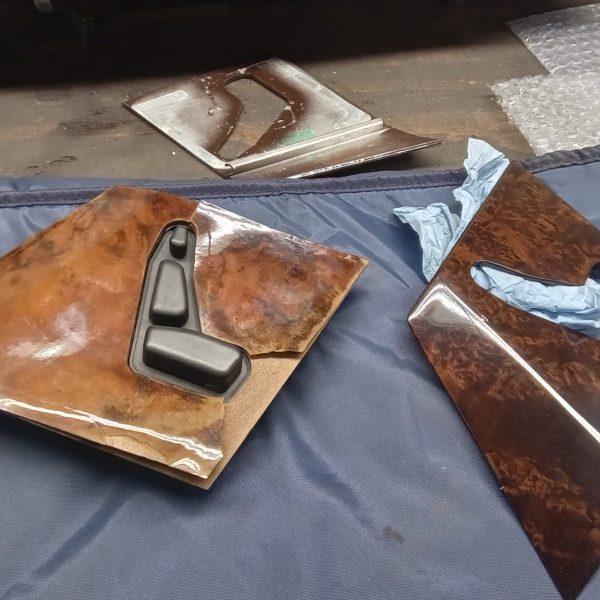
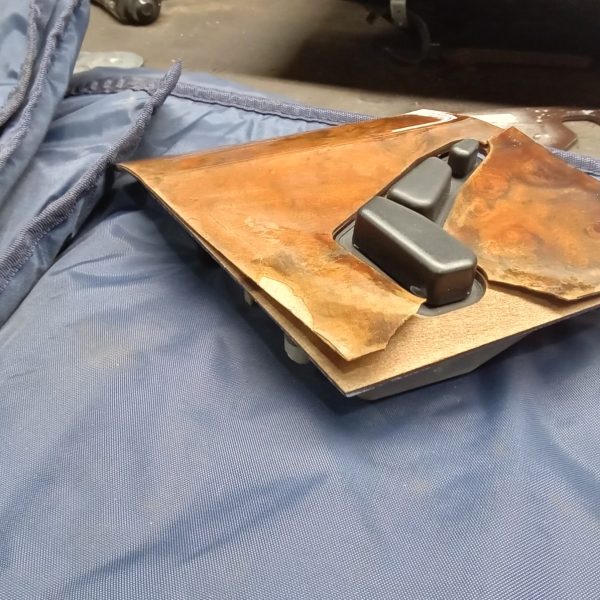


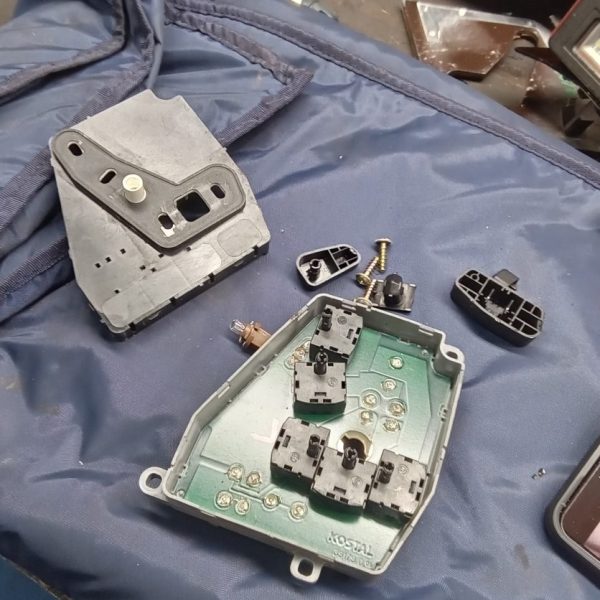
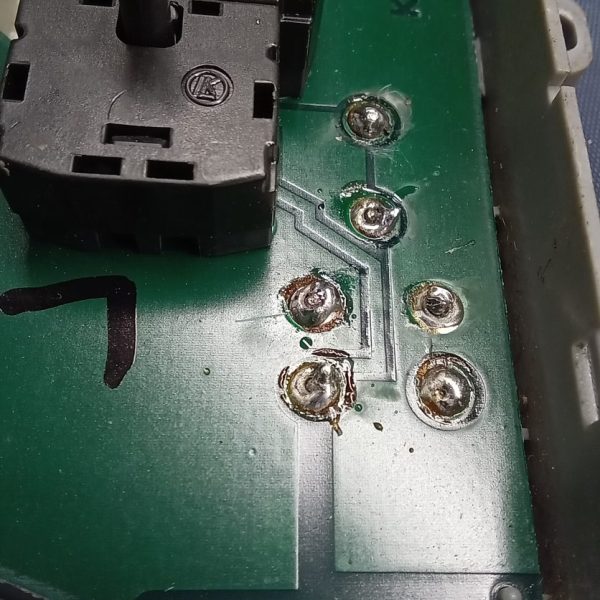
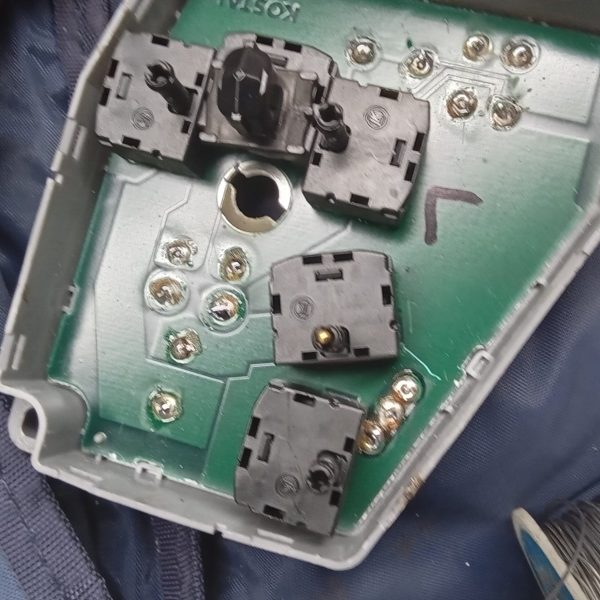


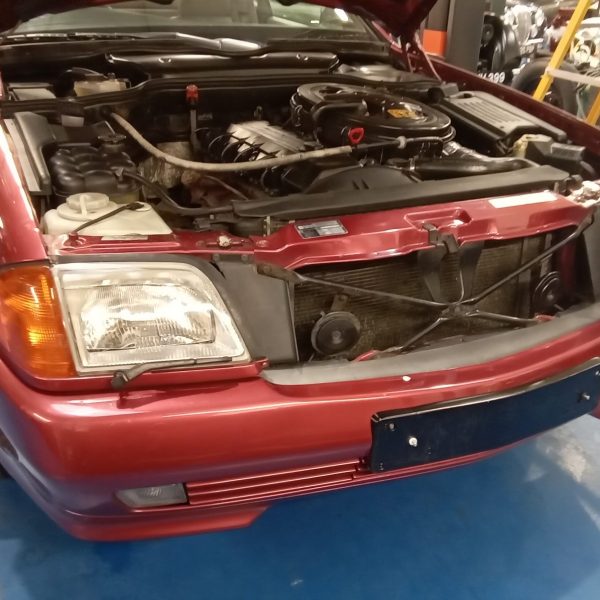



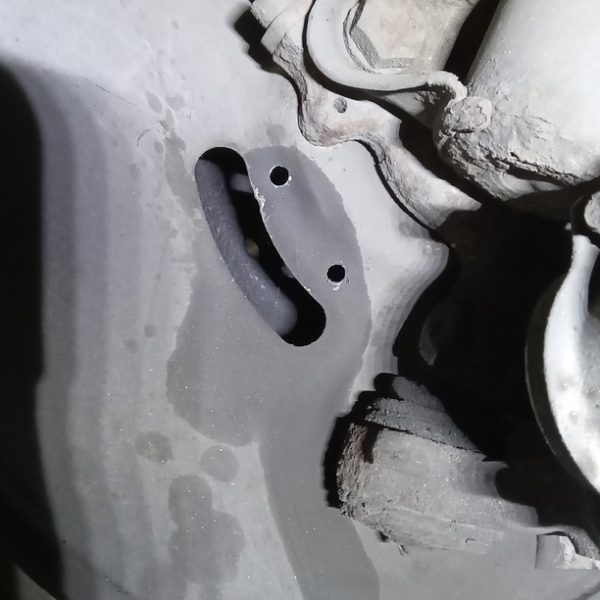
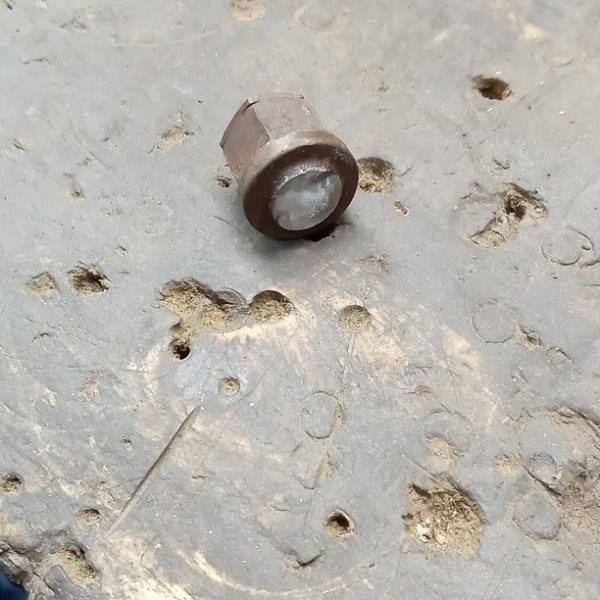

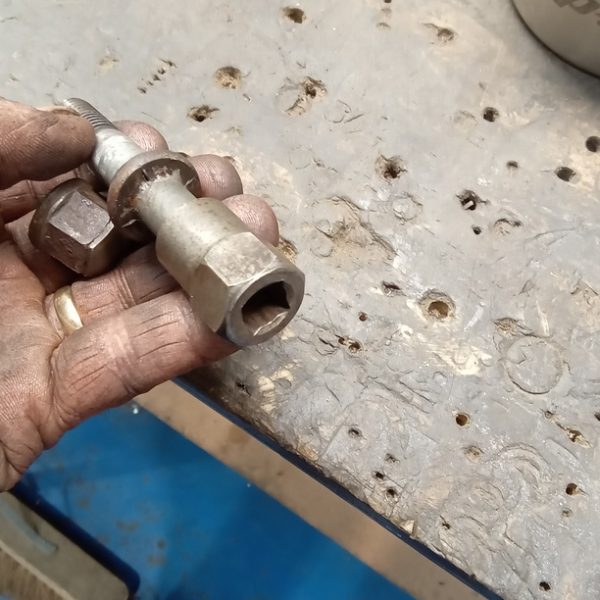

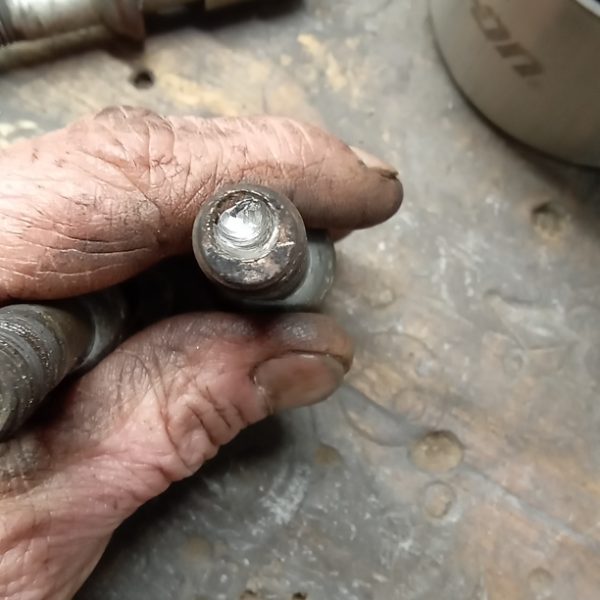


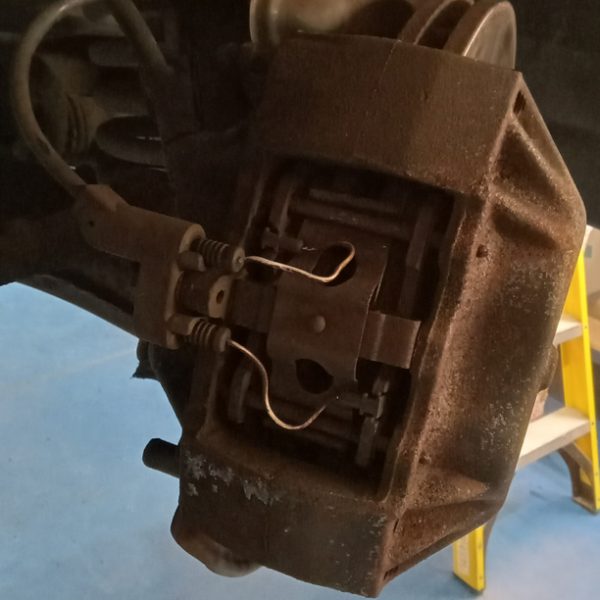

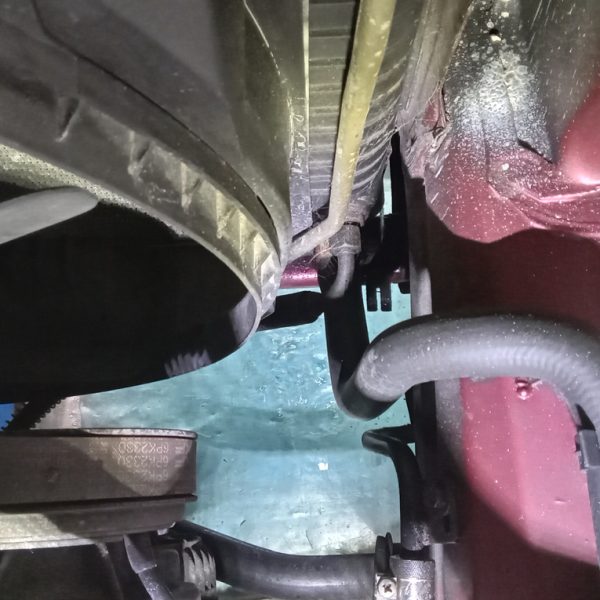

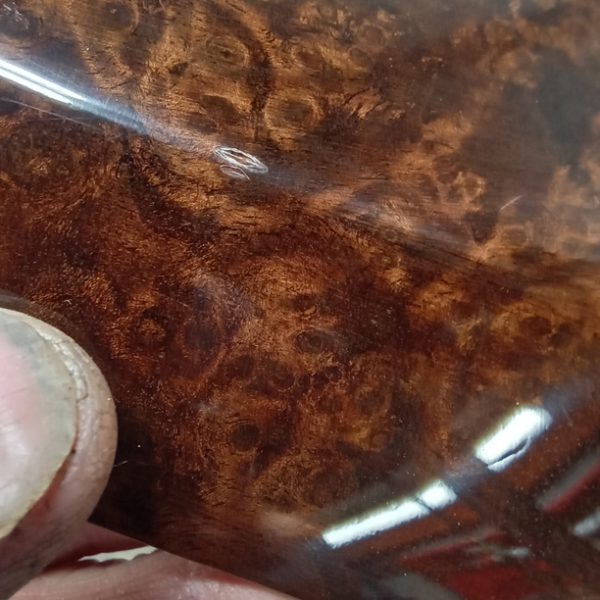



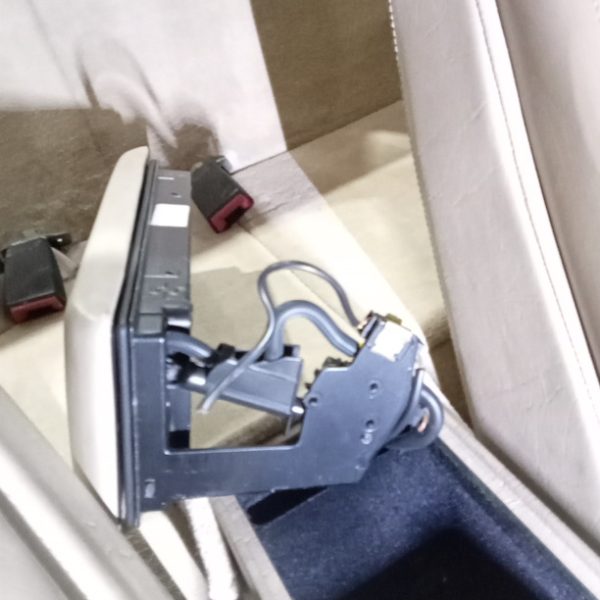
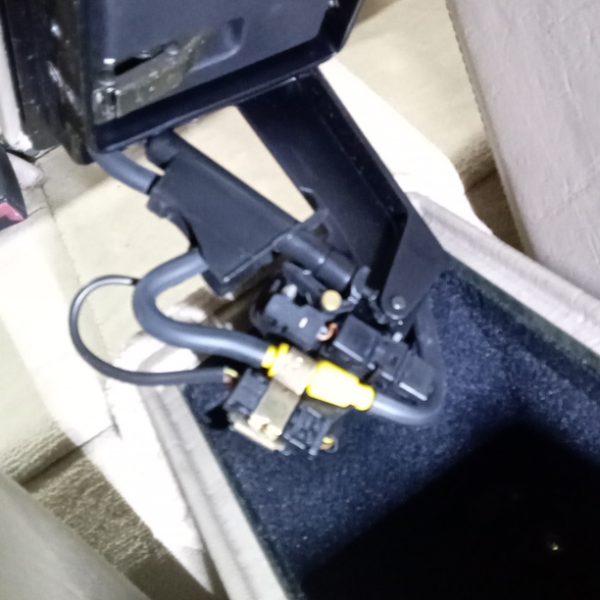
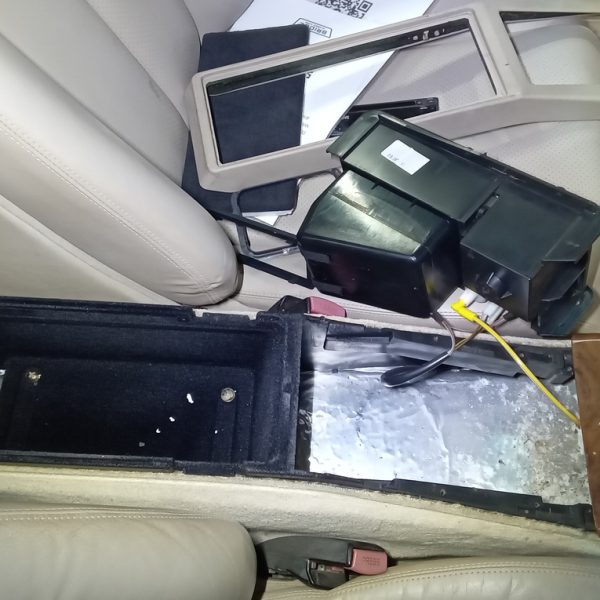
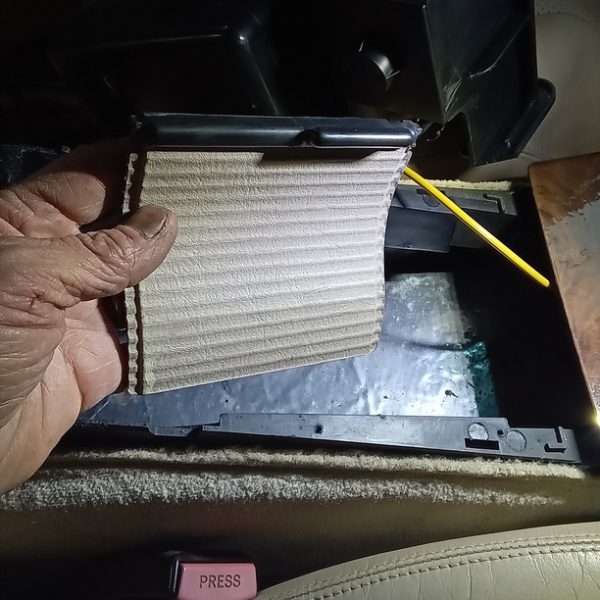


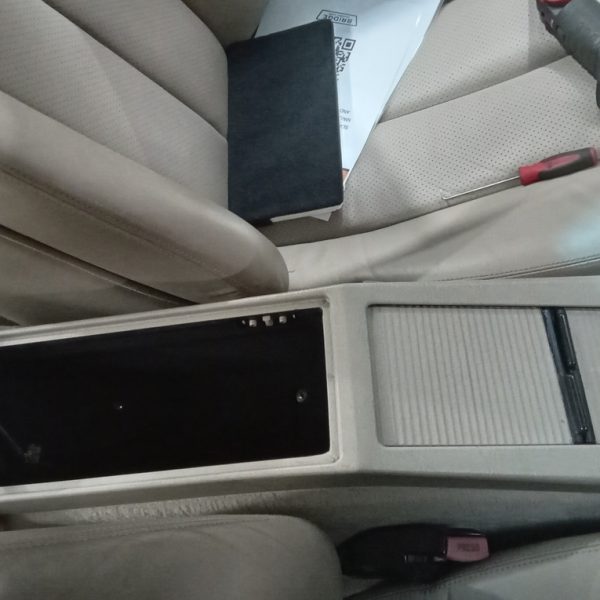



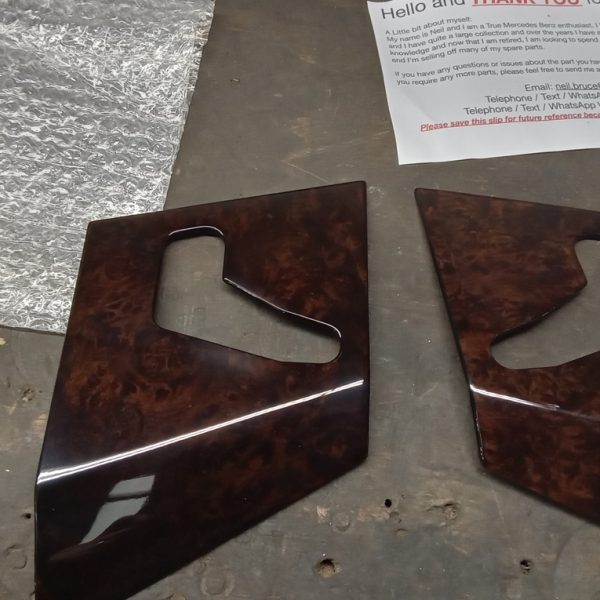
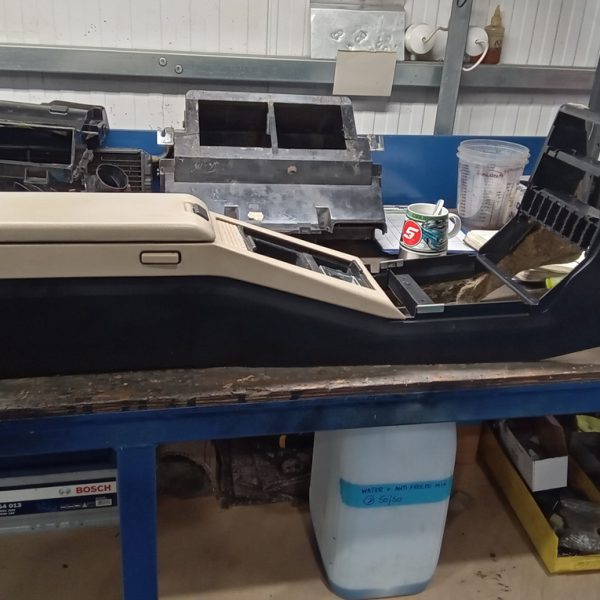








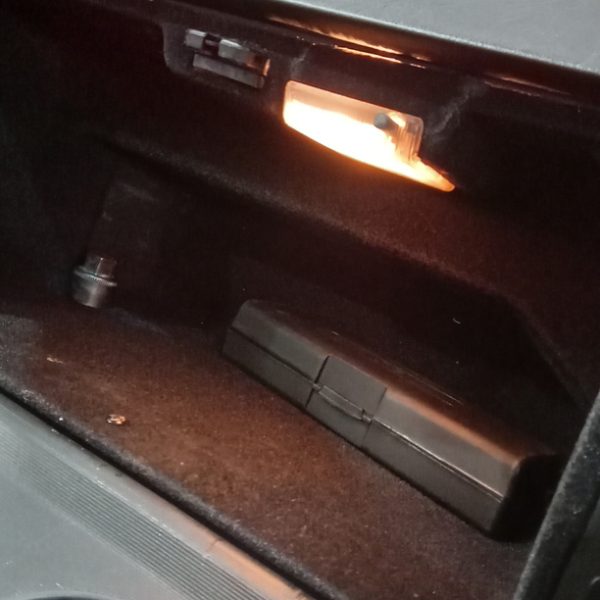
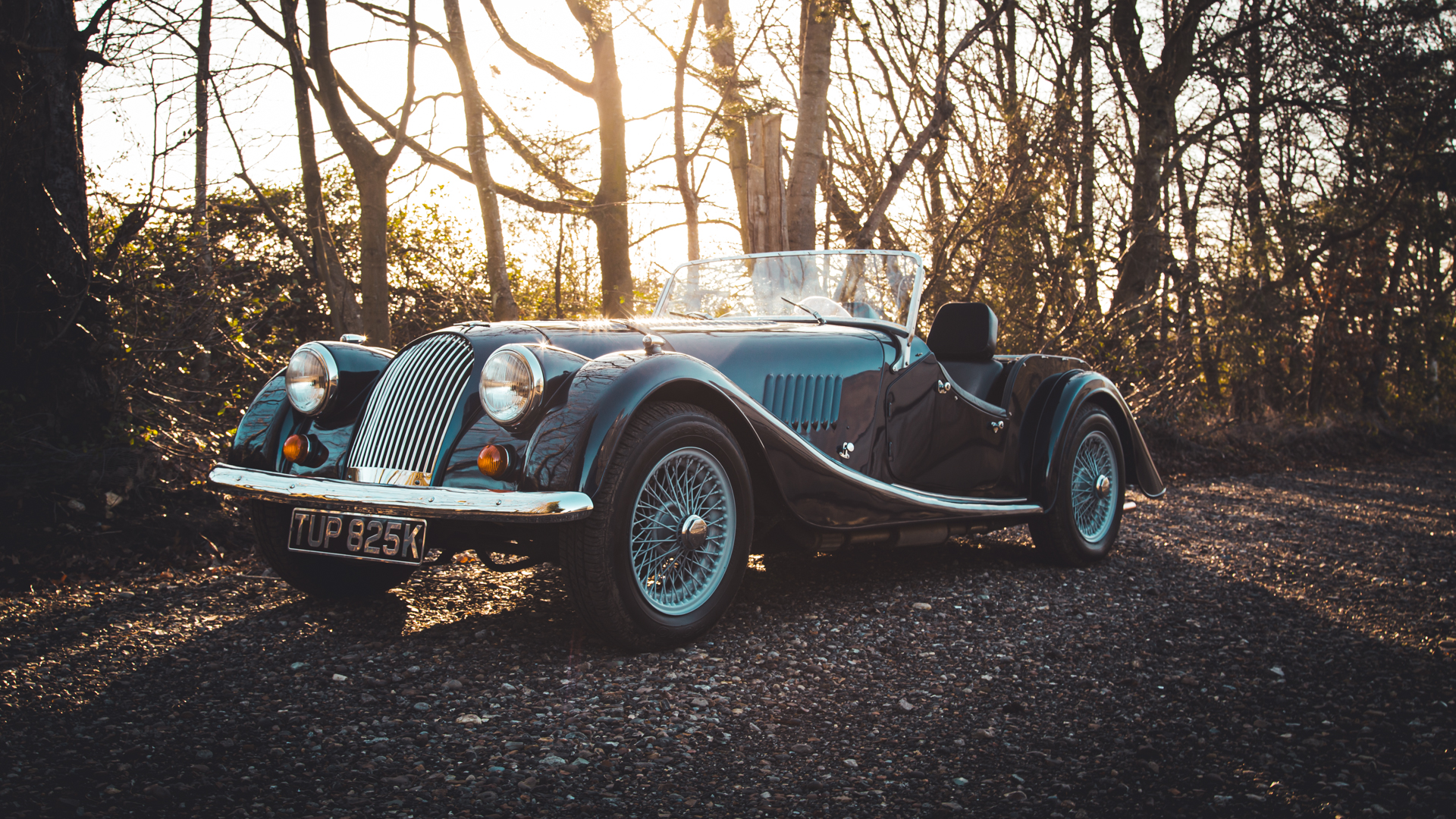
The Morgan 4/4 is undeniably and unapologetically British. It is one of the most timeless and nostalgic designs to grace the roads across not only this island, but the world at large. From its earliest days, the company’s DNA has run strong through each of the models combining a beautiful blend of craftsmanship, style, and nostalgia.
From its introduction in 1936 and onwards to the modern day, the 4/4 has been a mainstay of the Malvern master’s arsenal – Just like this one, our 1972 Morgan 4/4.
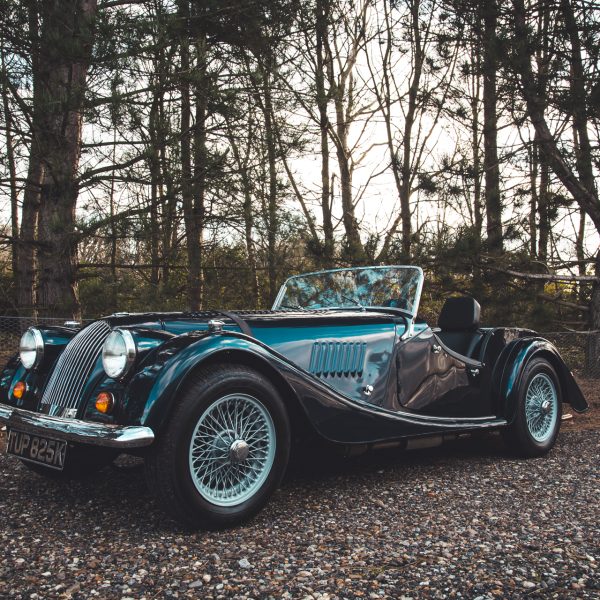
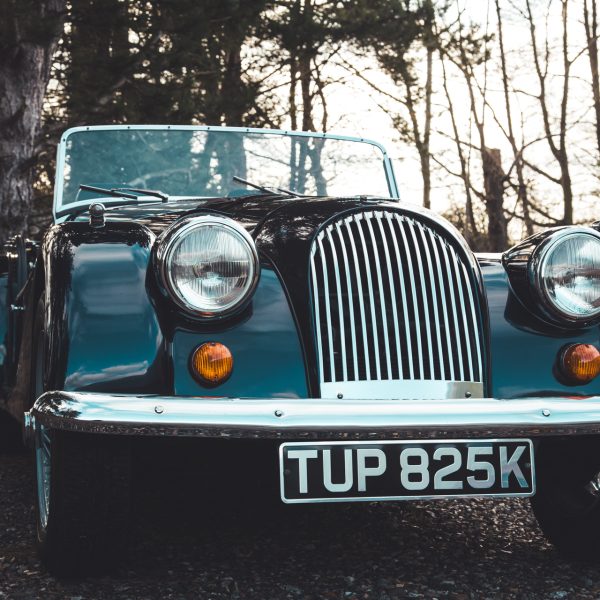
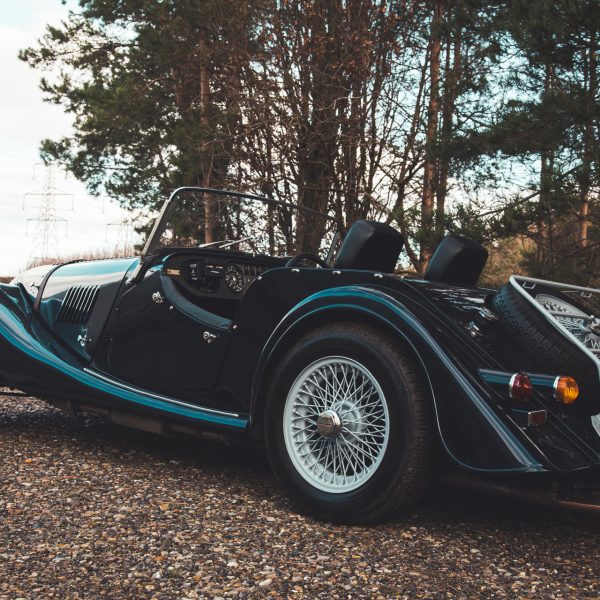

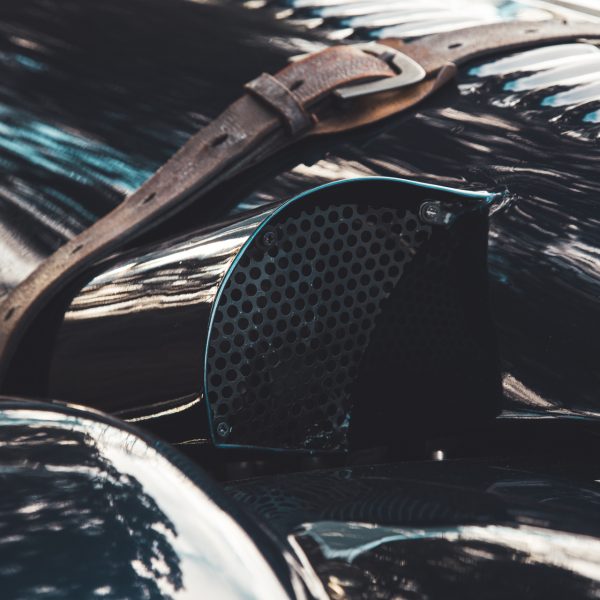
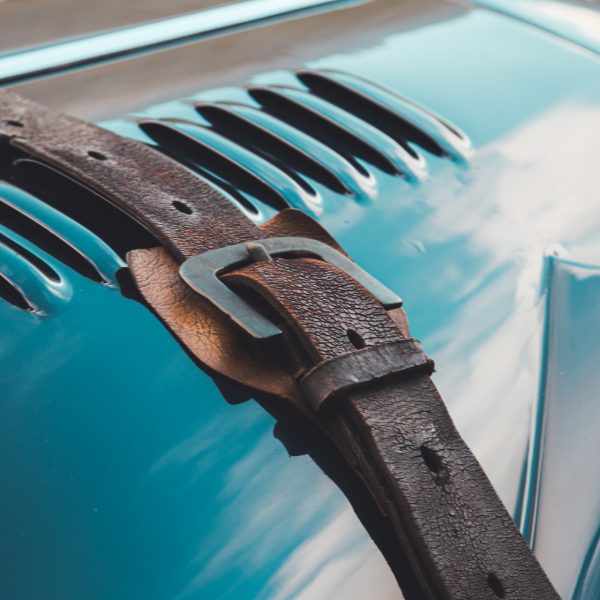
With the classic pairing of Midnight Blue paintwork alongside a black cabin, our 4/4’s beauty is highlighted by the limited use of chrome across the flowing, elegant lines of the car and its satin grey wheels. The car’s long and signature handmade bonnet, stretches out from the driver’s seat, with the tops of its rolled arches allowing you to perfectly place this sports car out on the open road, but some may have noticed that this bonnet is not like others – this one has a new intake and hints at the sportier life it has led.
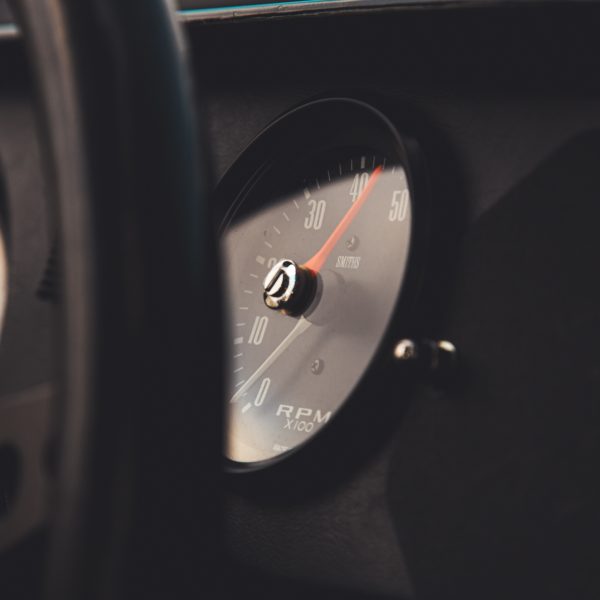
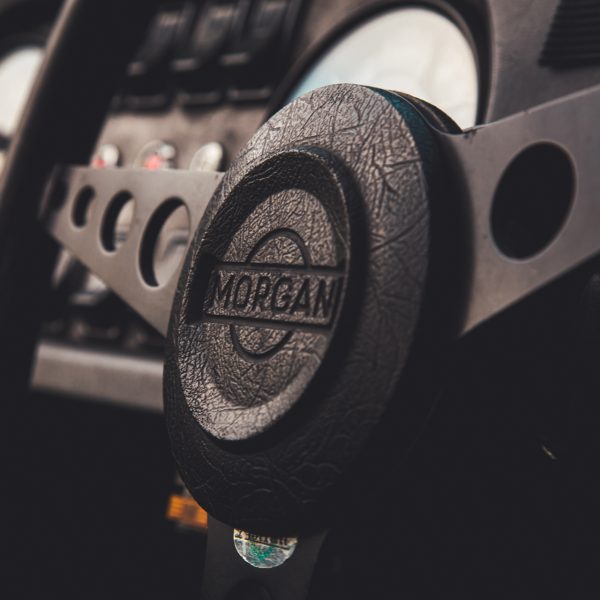

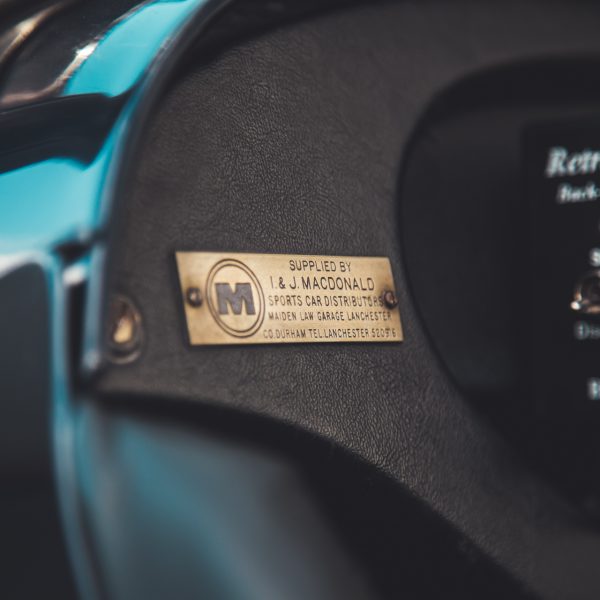
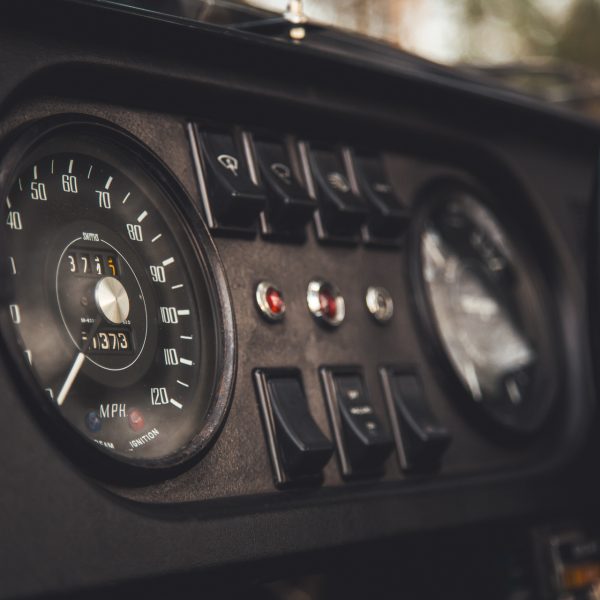
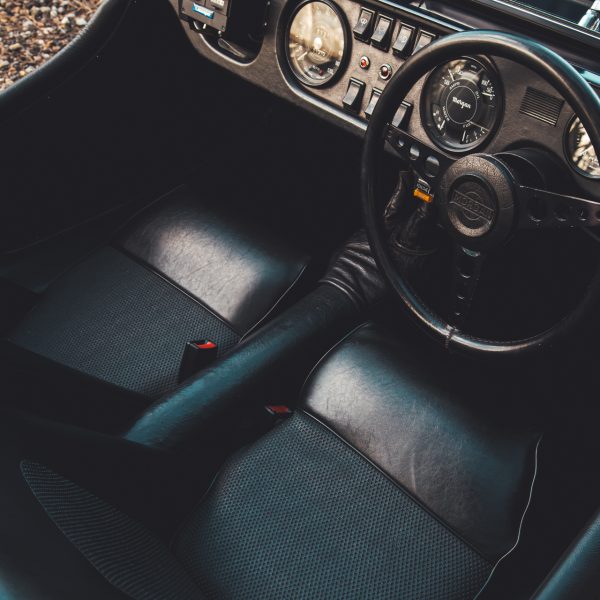
Supplied new in 1972 by I & J Macdonald in County Durham, our 4/4 is fitted with the signature Ford 1600cc crossflow 4-cylinder engine and has been developed to make this nostalgic sports car feel more modern in terms of performance. With a set of twin Dell’Orto 40 carburettors working in conjunction with a sports cam and a 4-into-1 exhaust, and when set up on a rolling road in 2019 made 117bhp to the crankshaft and 91bhp to the wheels with 120 lb/ft of torque, between 30 and 50bhp more than it originally had.
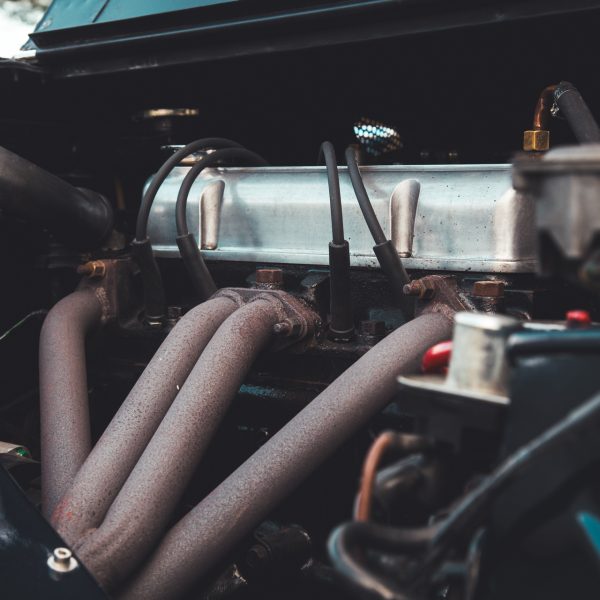

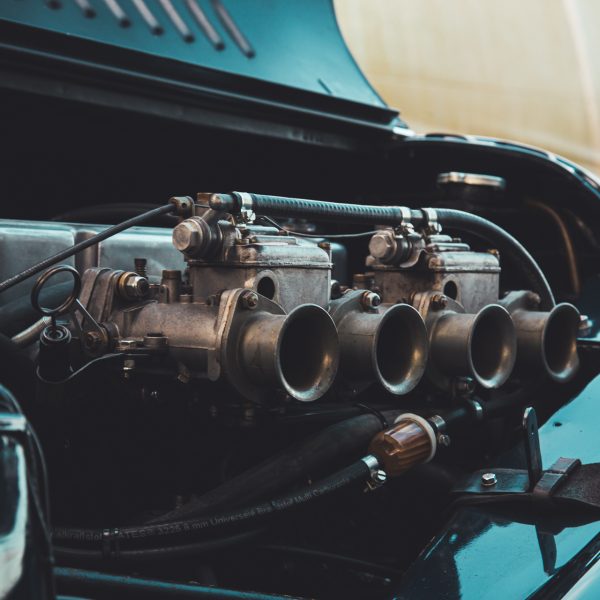
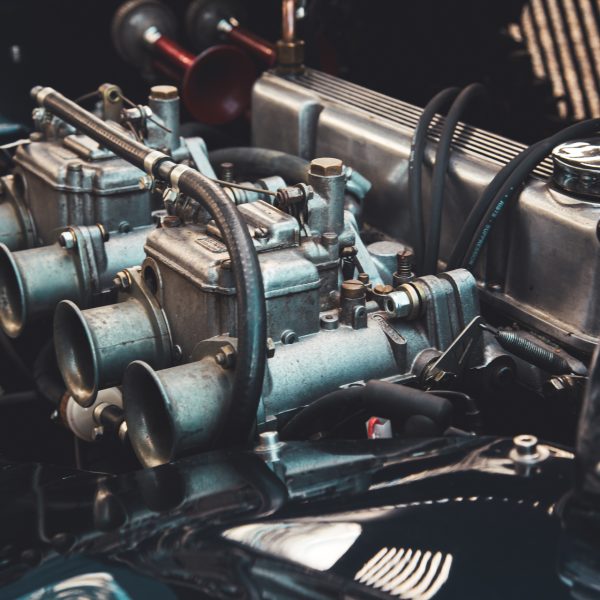
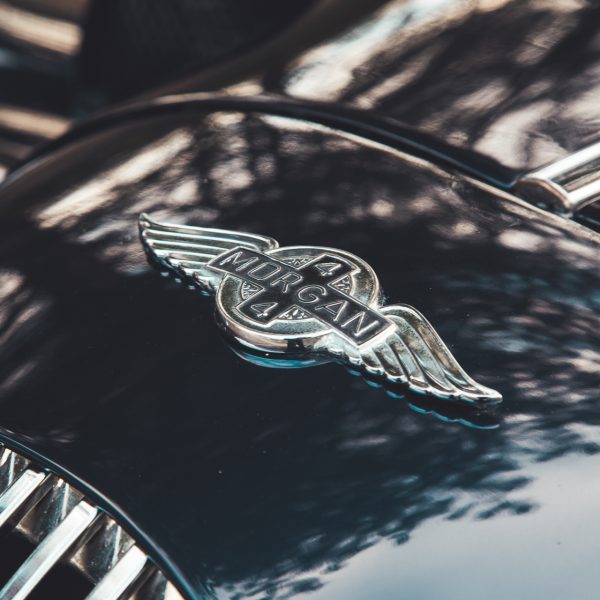

Included in the vehicle’s history file, which dates back to 1978, are invoices relating to replacements of the aluminium wings and other items as well as the general maintenance of the cars 44 years.
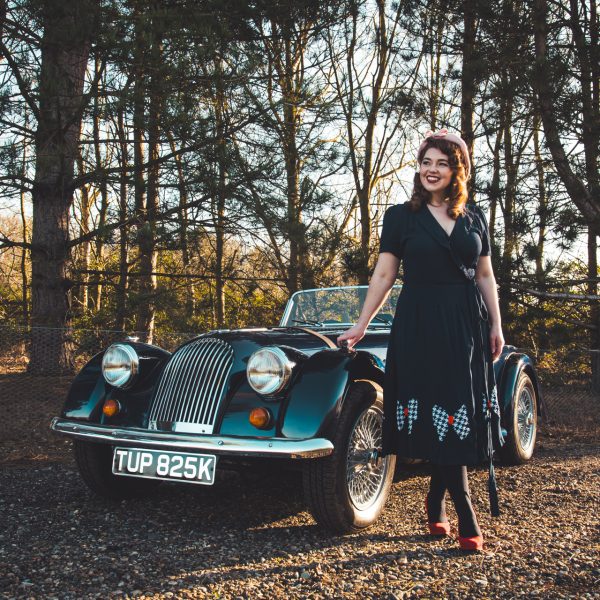
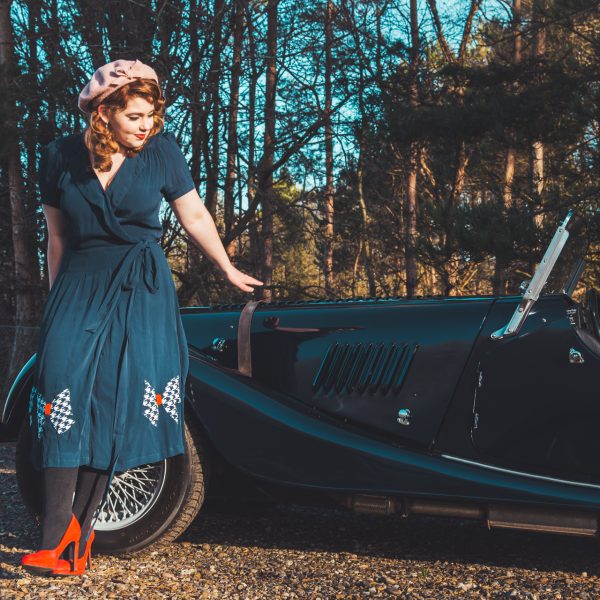
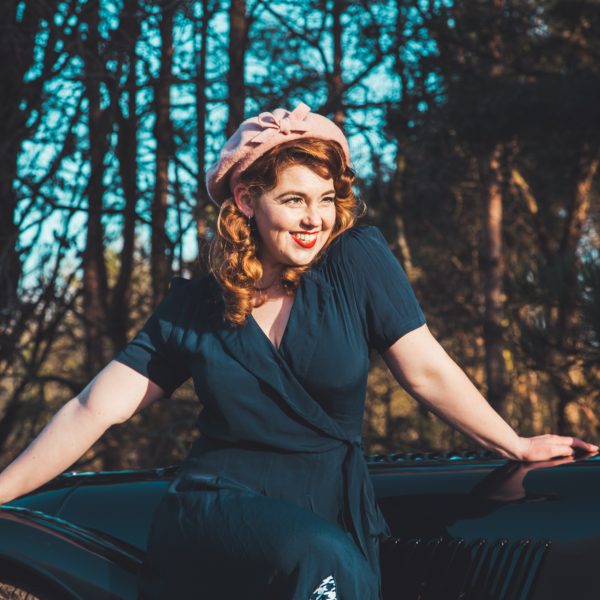


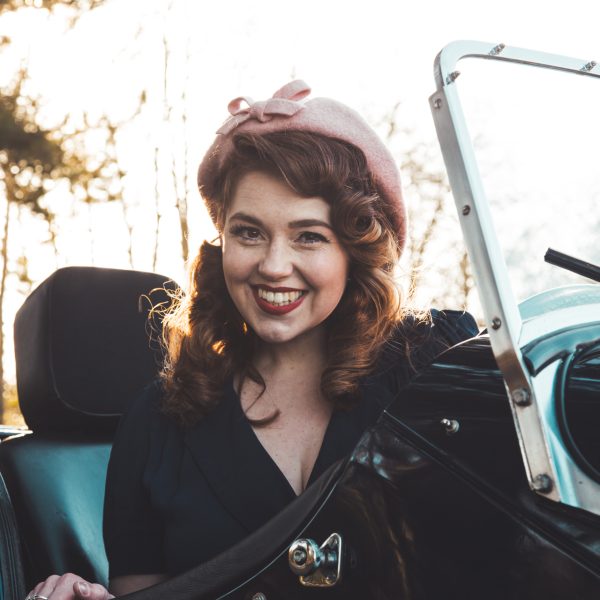
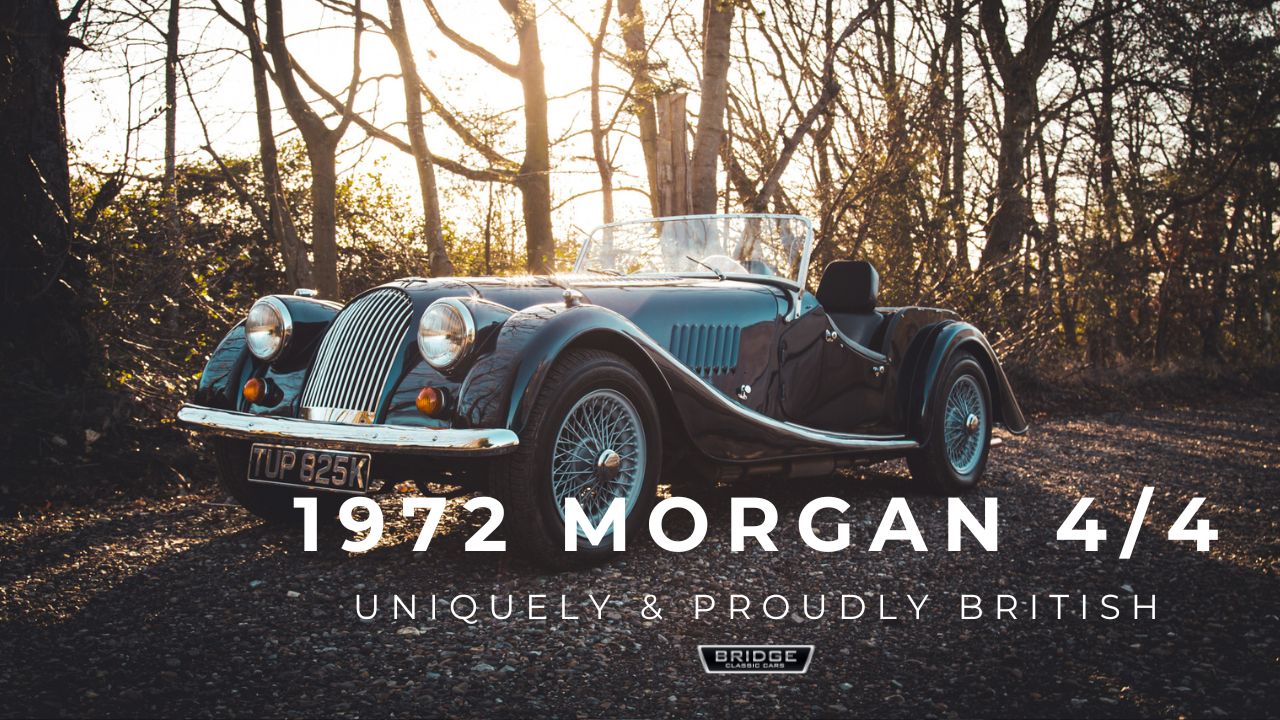

A few months ago our director, Craig, got a 2010 Land Rover Defender 90. Not only is it Craig’s everyday car but we’ve been using it for our events towards the end of the summer and into the winter.
Recently, we’ve had a our signature logo put onto the sides of this 4-wheel drive workhorse to promote the work we do when we’re out and about but also to show people at events that they have indeed come to the right place!
Along with that, the Bridge Classic Cars team have been carrying out a few repairs on the car and at the same time our amazing trimmer Lydia worked on making the cabin of the truck a little bit lighter with all new door and cab cards in a lighter coloured material. With this all done, it is now time for our truck to be out and about as we roll into the warmer months as well as our packed 2024 events calendar.


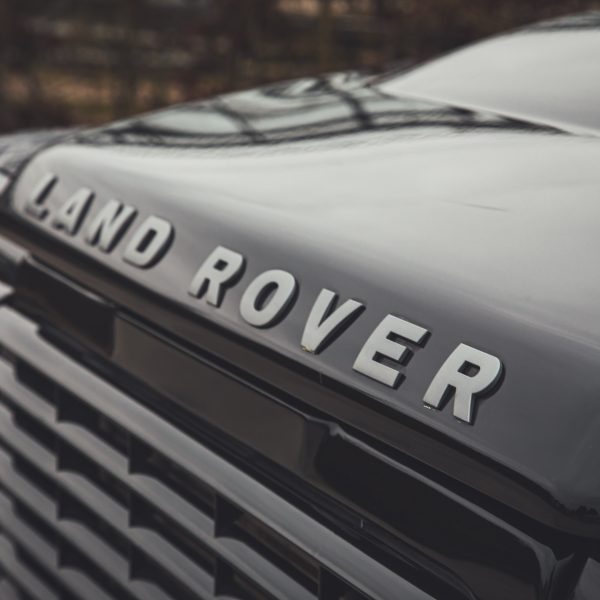
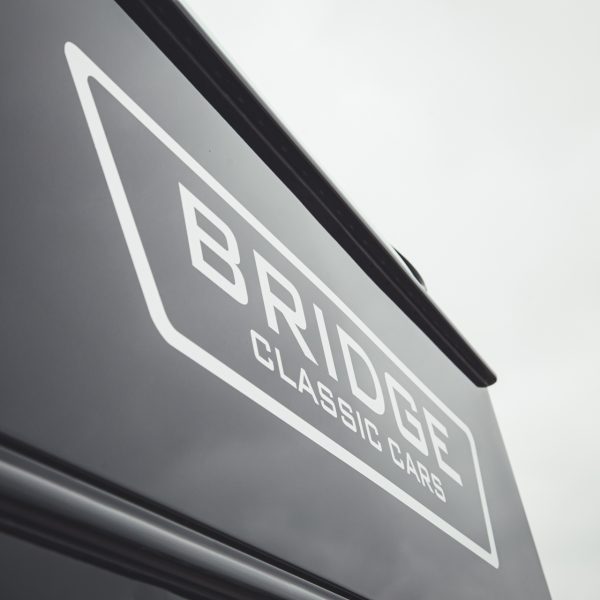


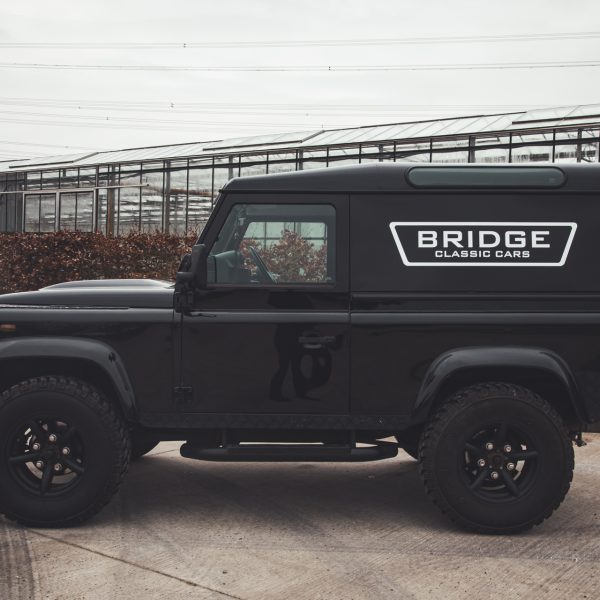

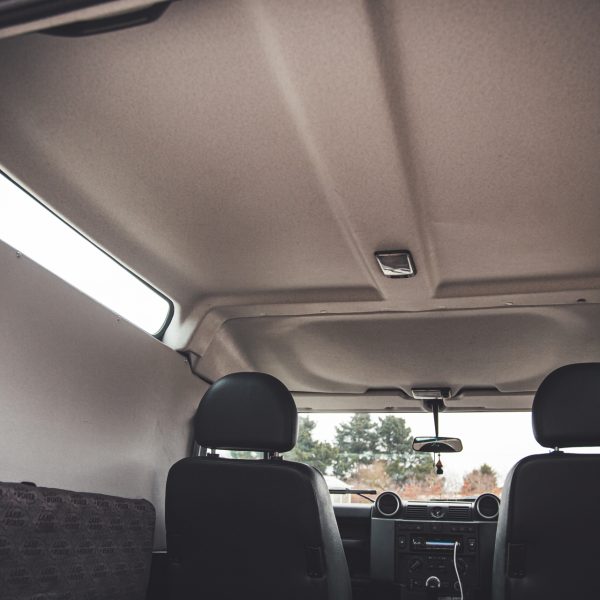

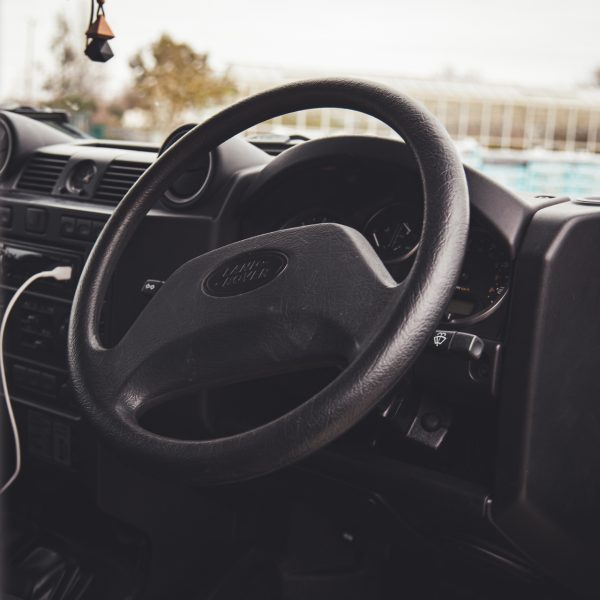
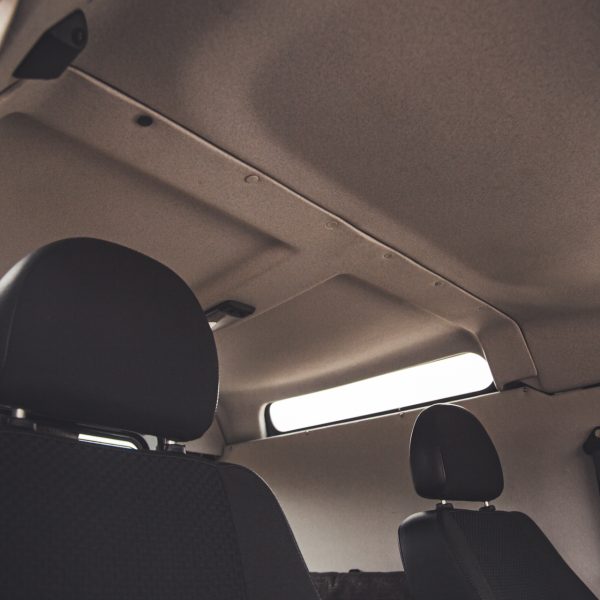
Take a look at our video for our 2010 Land Rover Defender here:

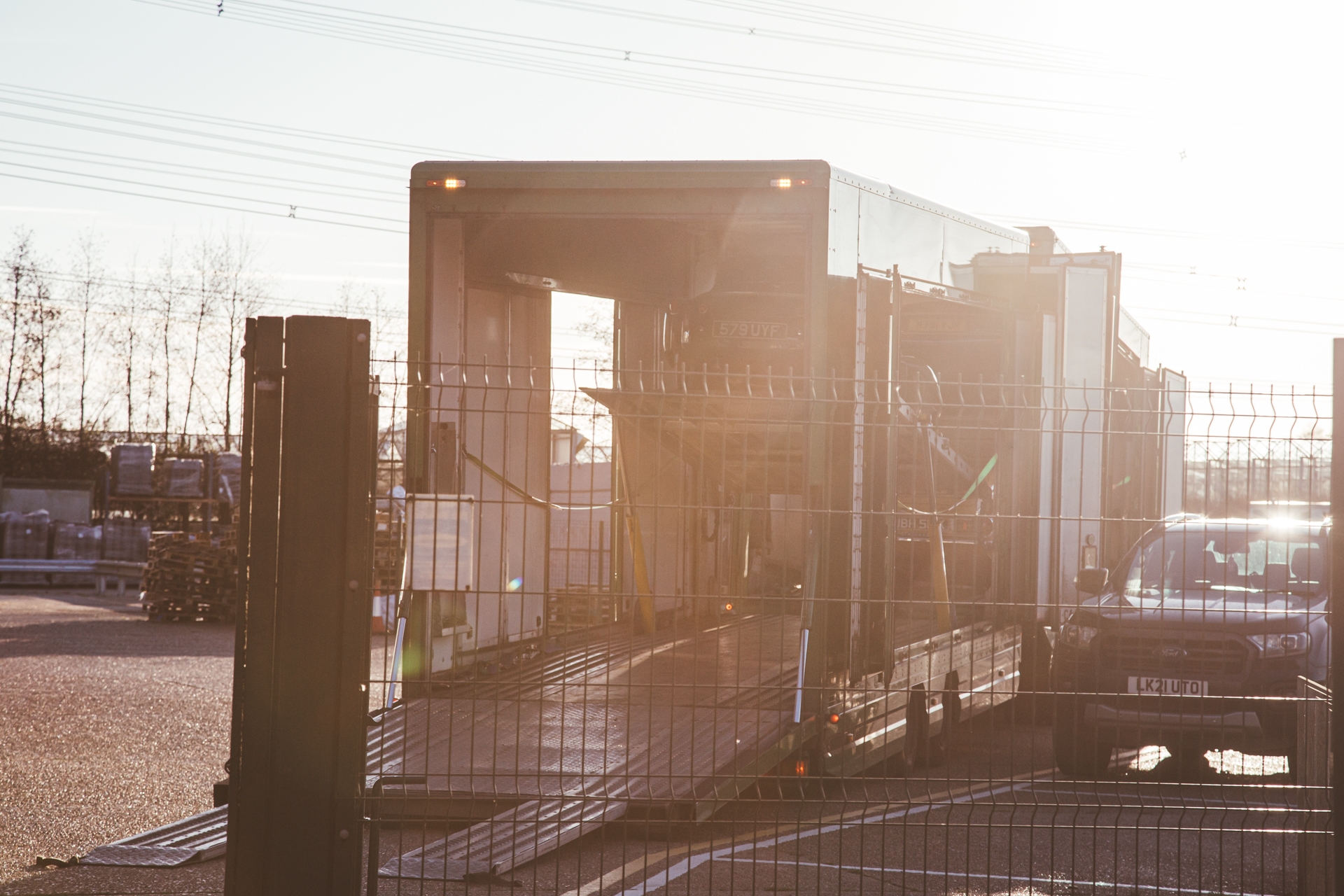
Over the last week, we’ve welcomed two loads of cars to our Suffolk HQ to be safely put into storage with ourselves.
The first batch belong to longtime friend of Bridge Classic Cars, Karl. His classic sports cars, classic Jaguar and Land Rover were unloaded after being transported by EM Rogers to our workshops to await transit to our secure storage facility.



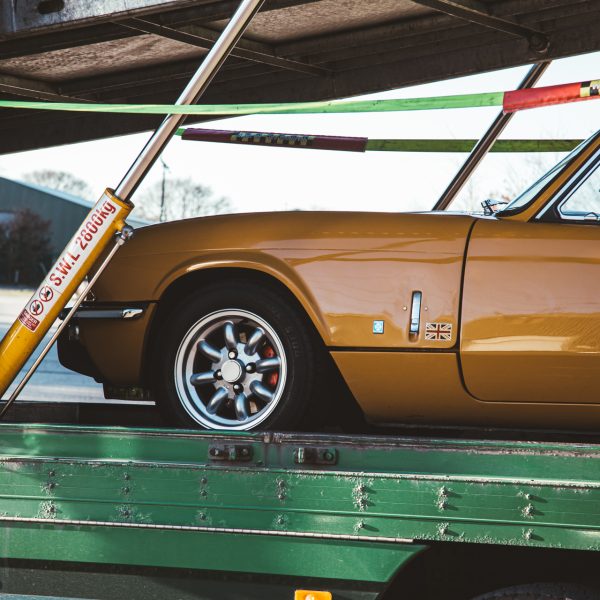
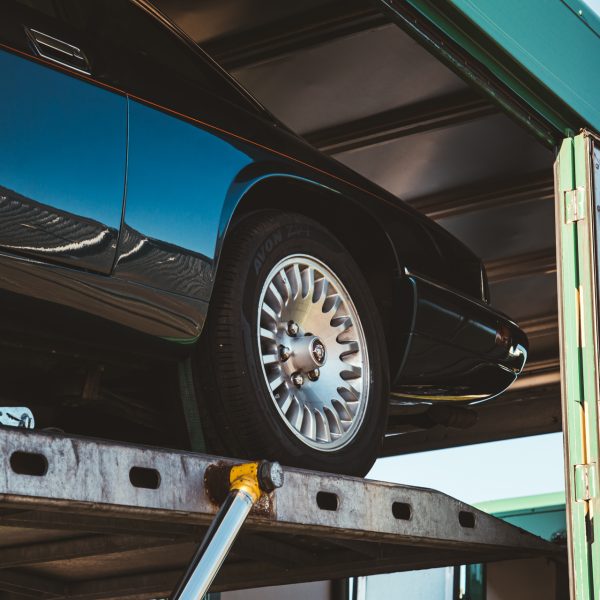
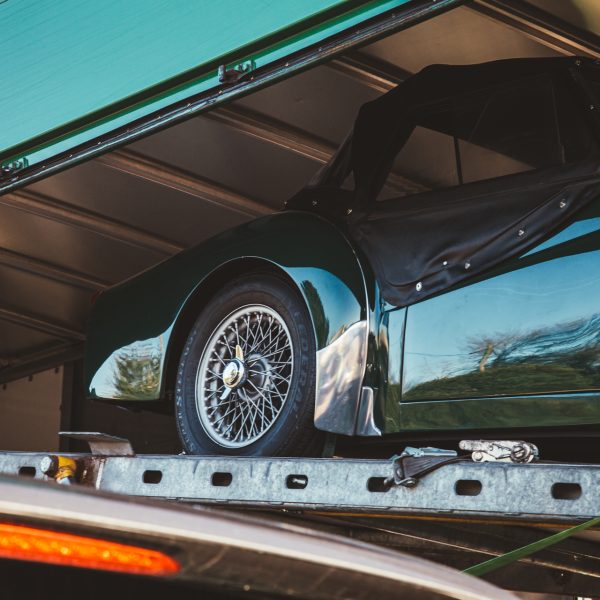
After being carefully unloaded, the cars were inspected and prepared for the next step in their storage journey.
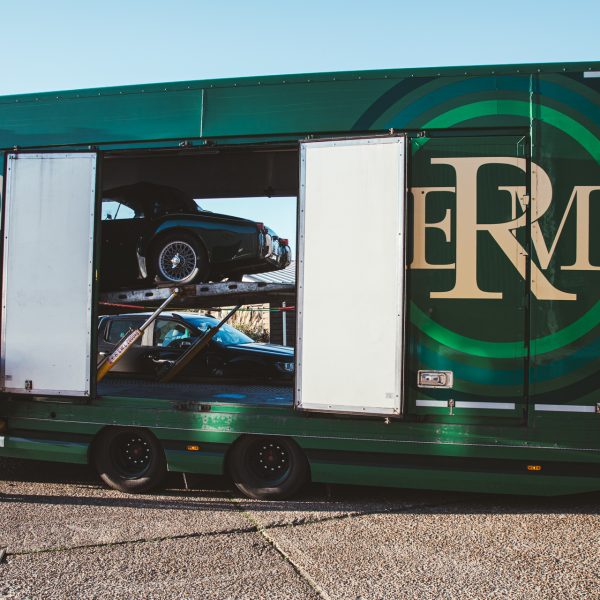
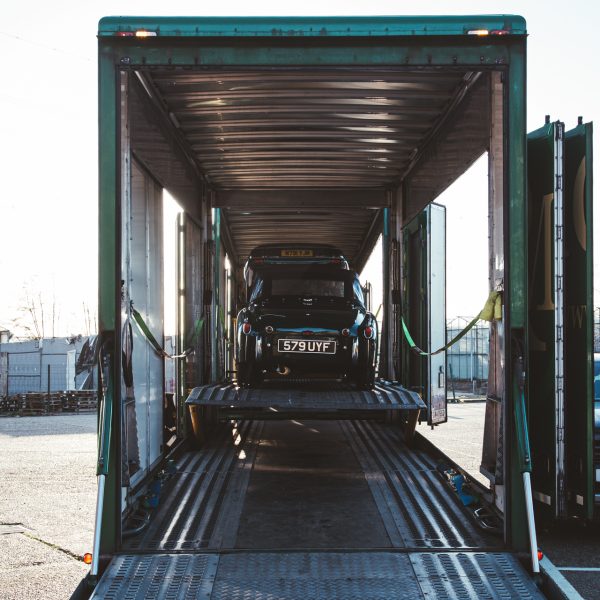


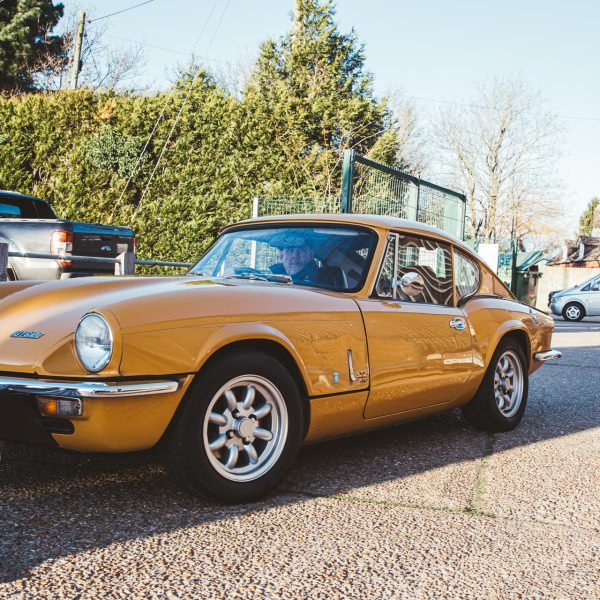
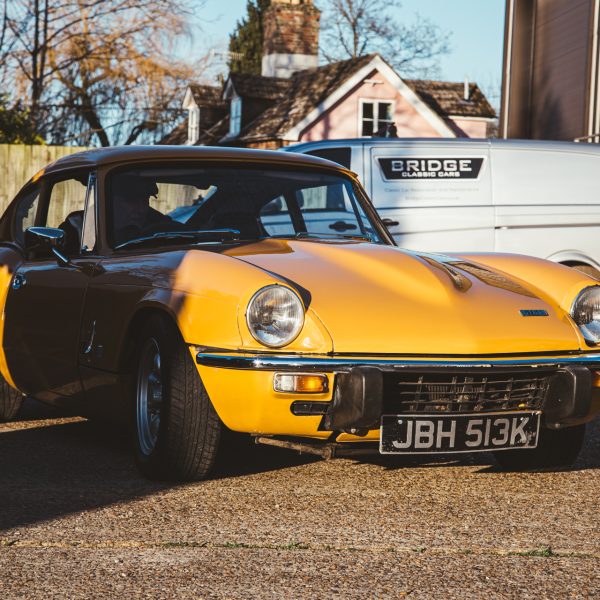

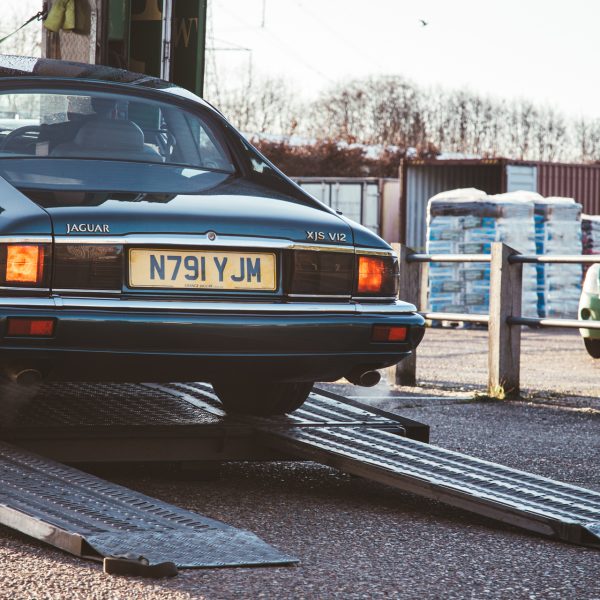
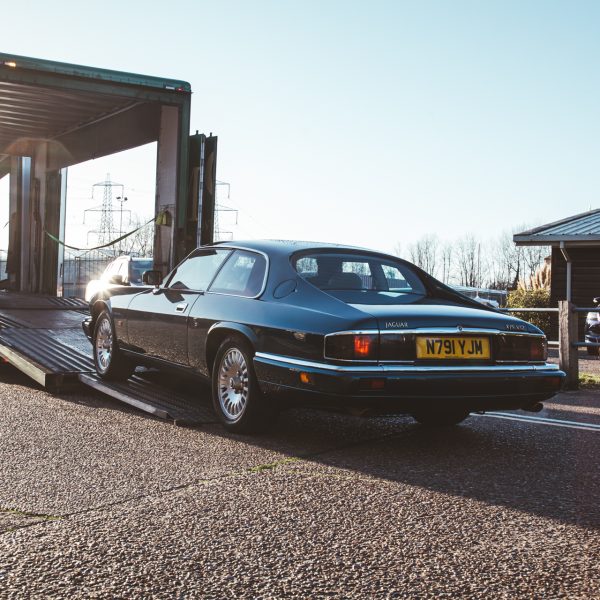
Then a few days later, we welcomed a pair of classic cars which had made their way over to us from Europe for a customer. Again, the team at EM Rogers Transport handled the long-distance move before the cars were checked and then loaded up by the Bridge Classic Cars team for their journey to our storage facility.
The classic Triumph 2500TC as well as the beautiful patina’d Fiat 1500 will join the ranks of the other stunning and cared for classics in our storage space.

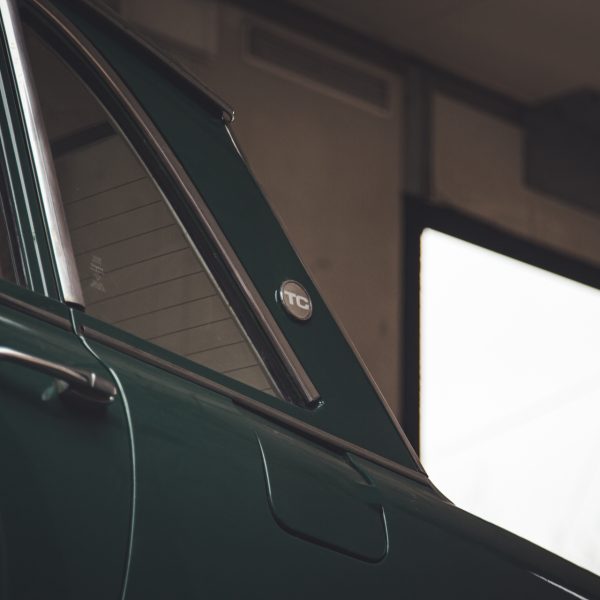
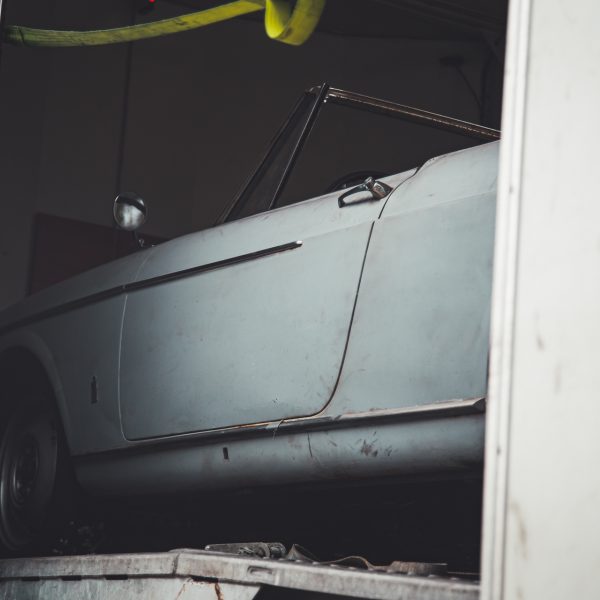
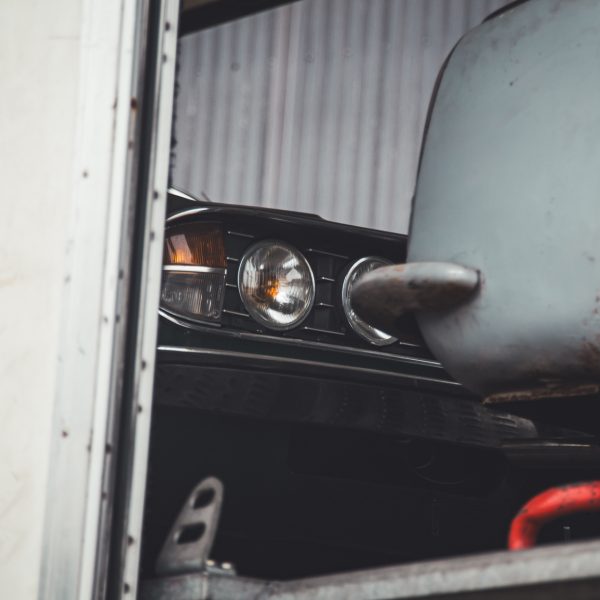
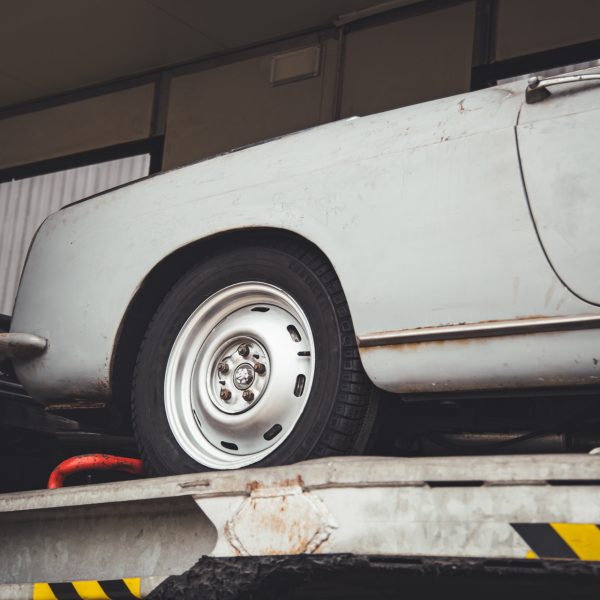
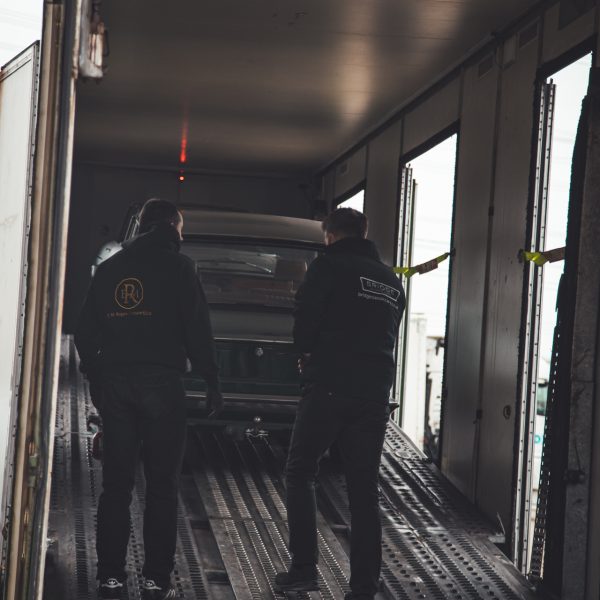
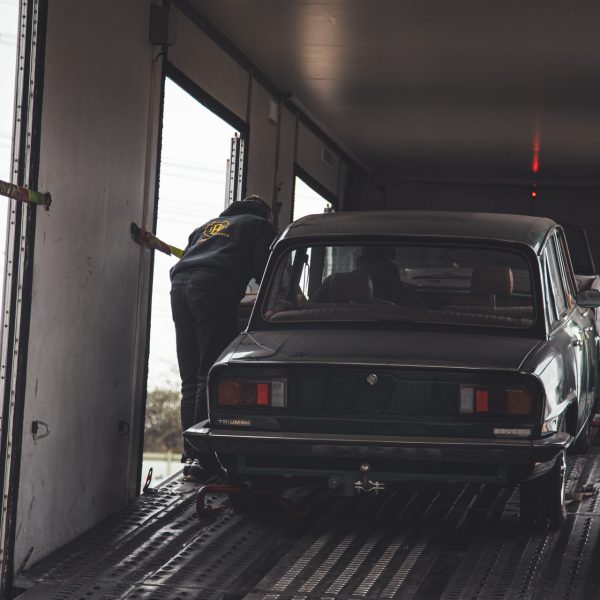
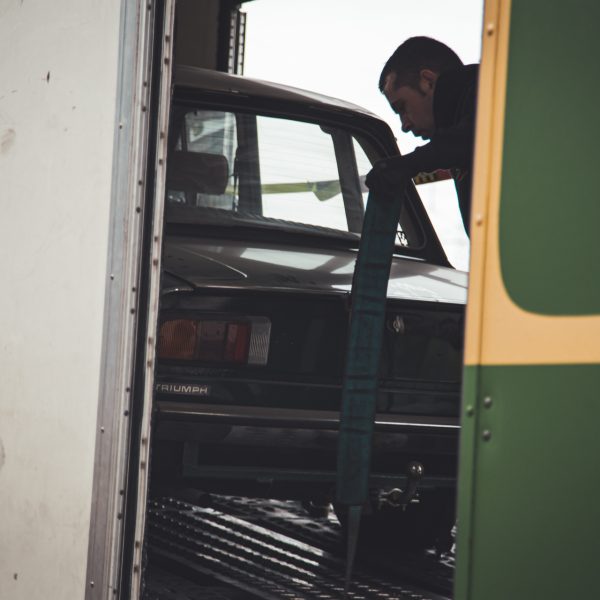
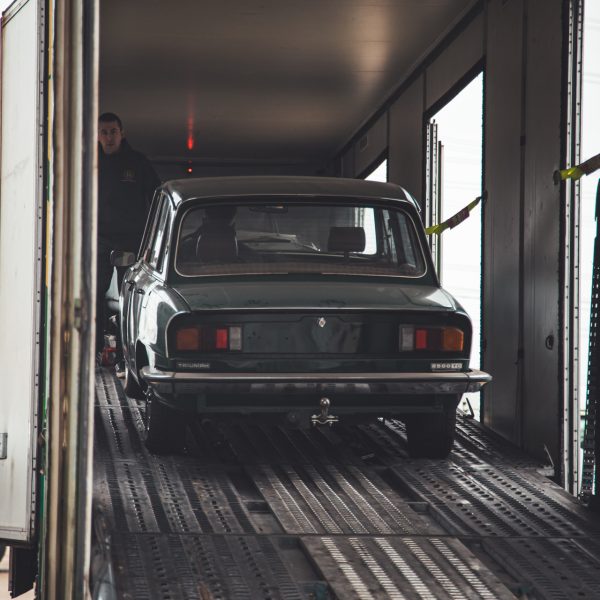
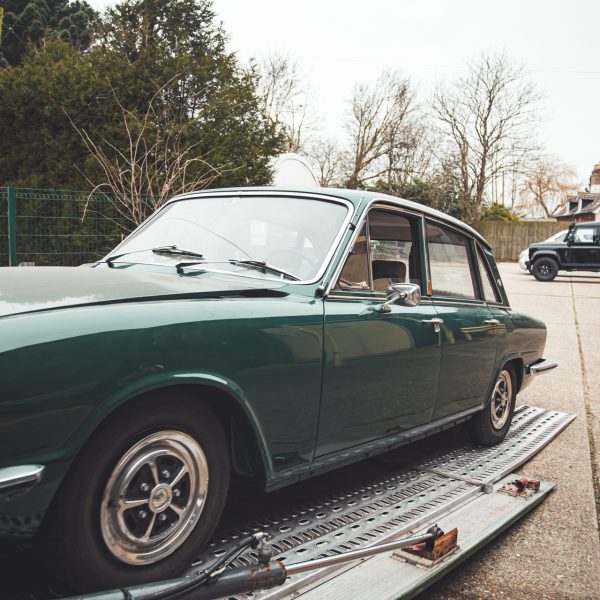
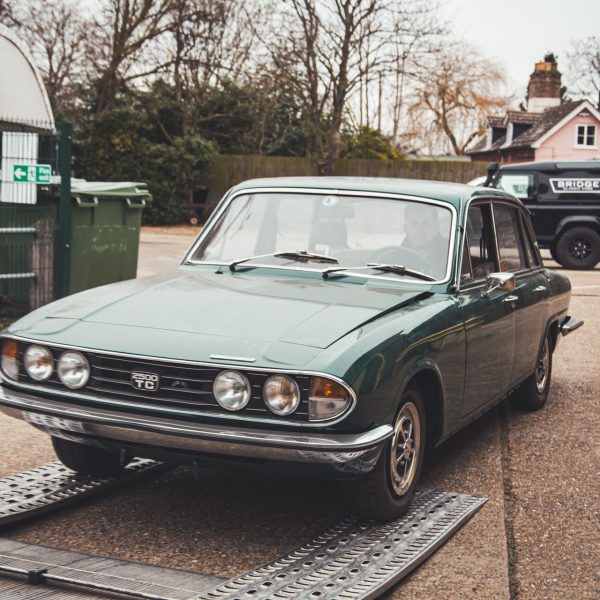
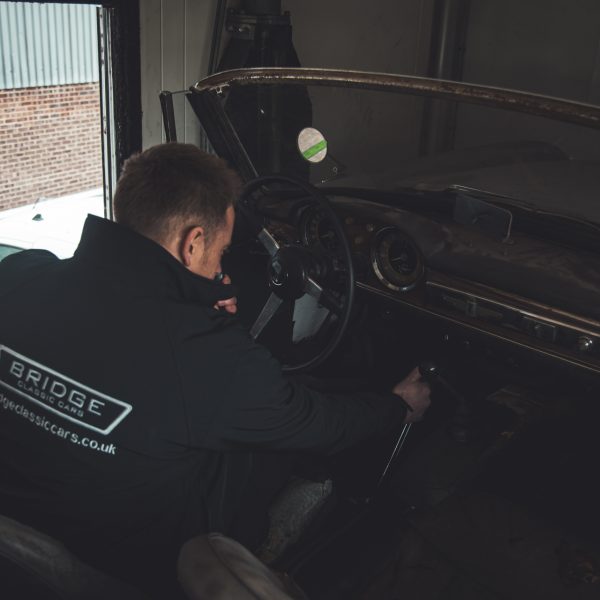


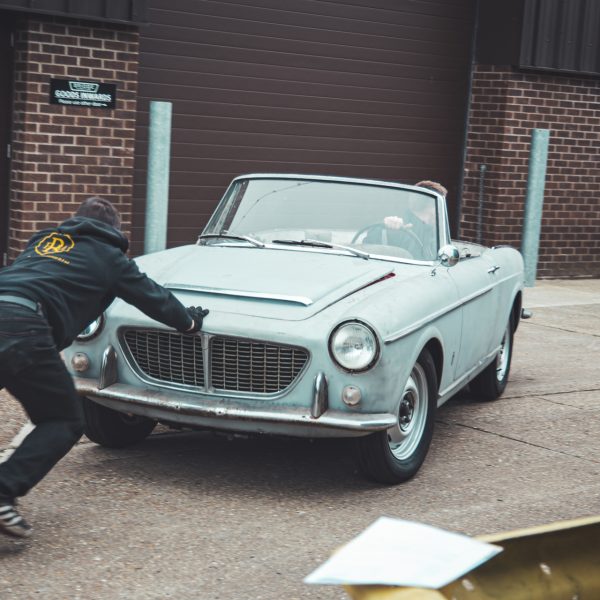
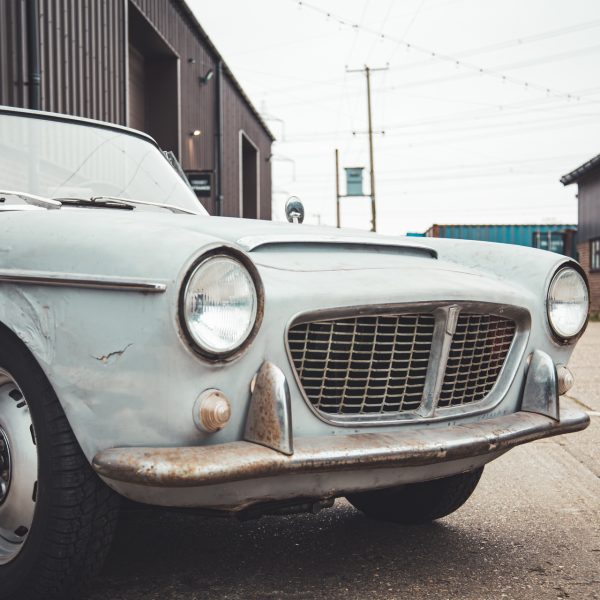
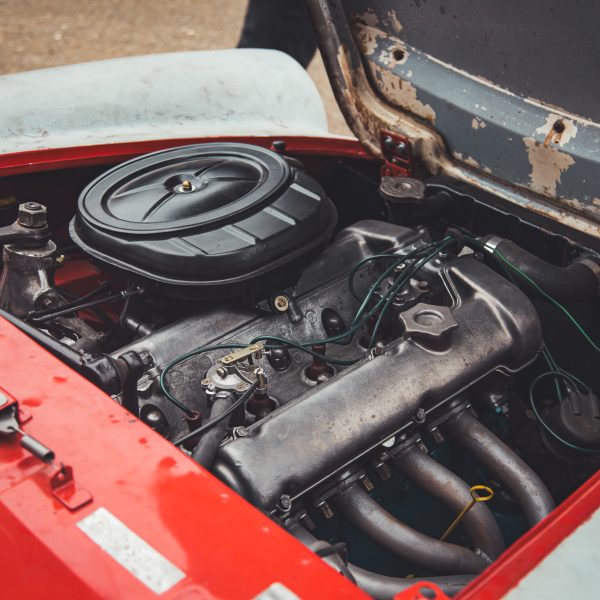
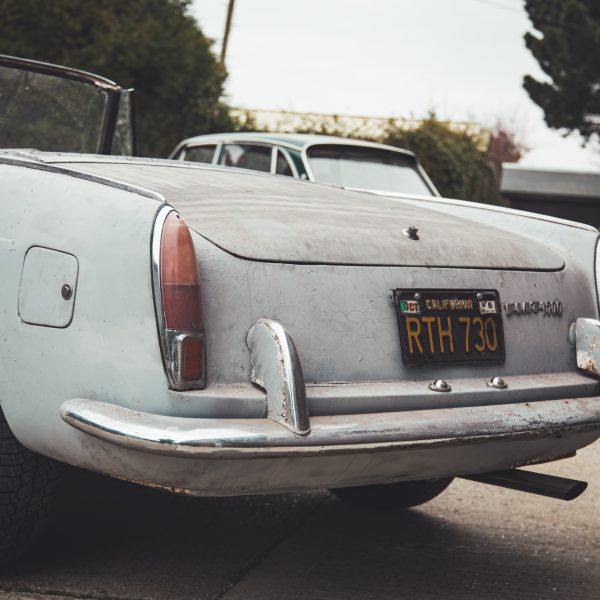
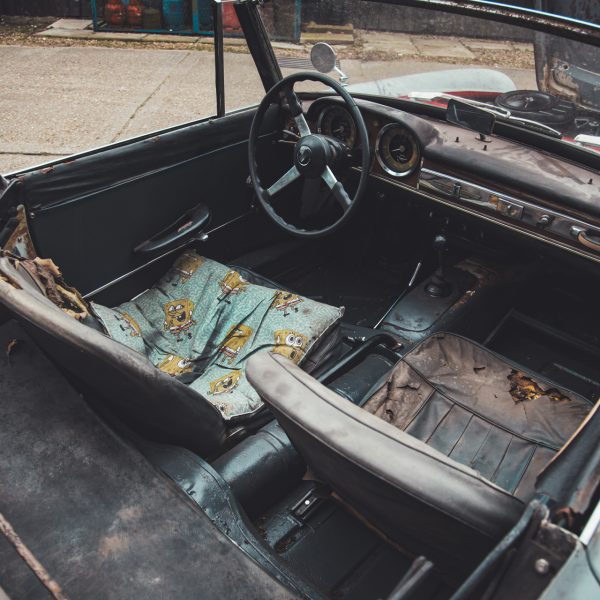

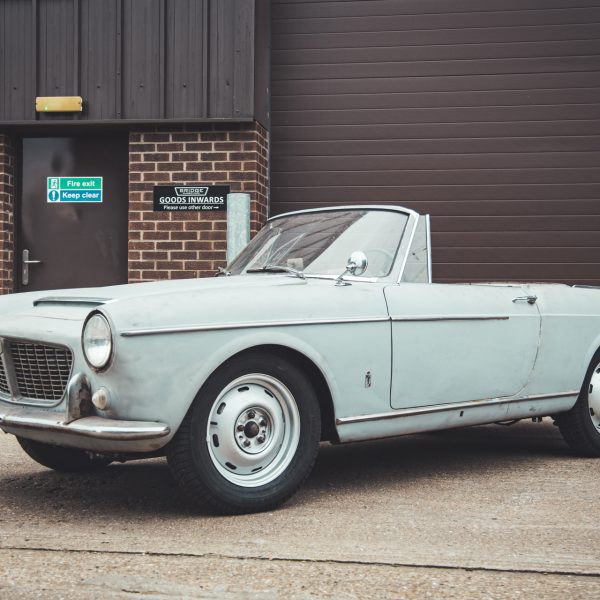
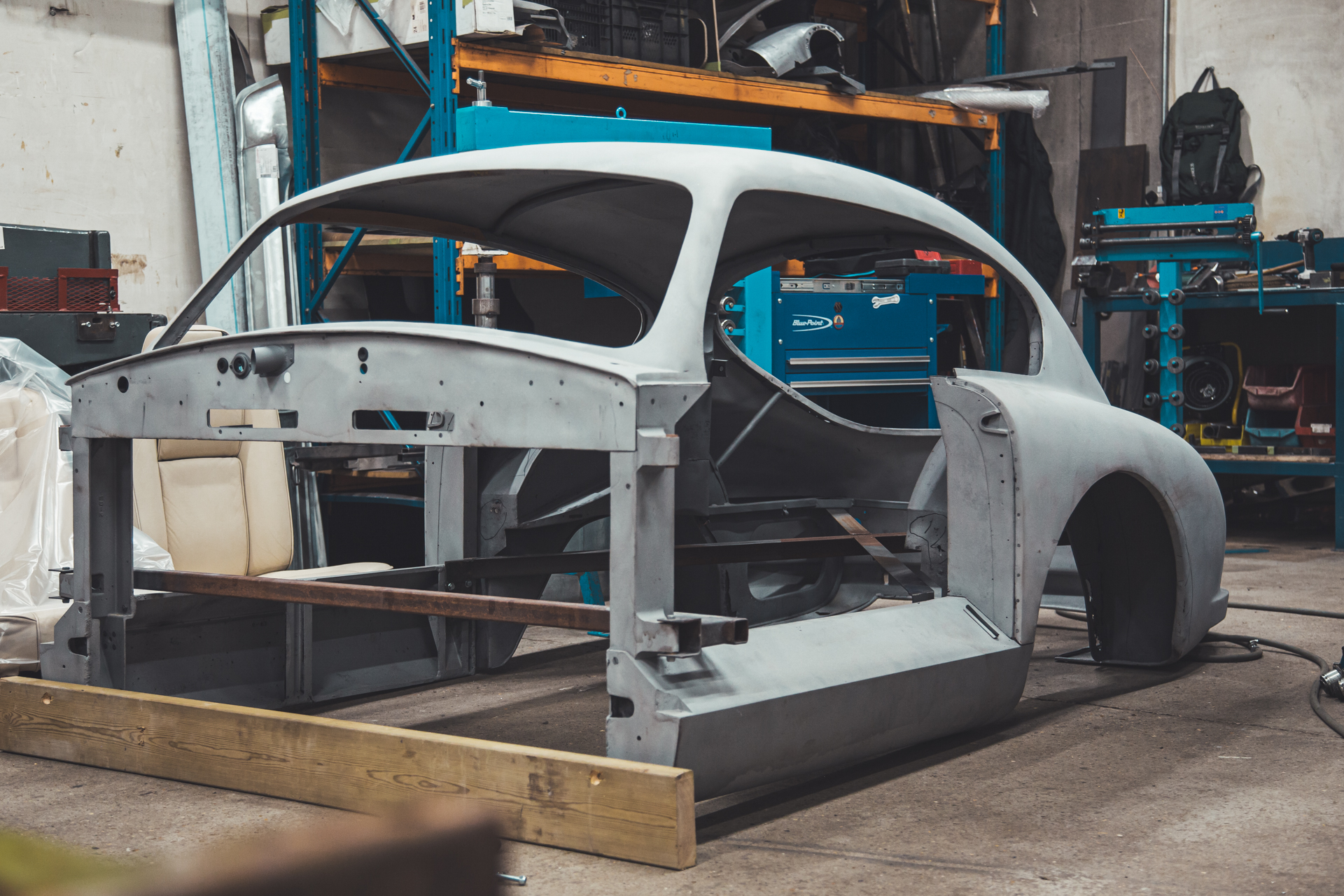
Our 1953 Aston Martin DB2/4 has arrived back at our Suffolk HQ following its appointment with the media blasters.
The body was carefully removed from the chassis of the 1950’s GT previously by our workshop technicians and carefully transported to a local blasting company to carefully remove the Claret paint as well as exposing any areas which will need attention by the team here at the Bridge Classic Cars restoration workshops.
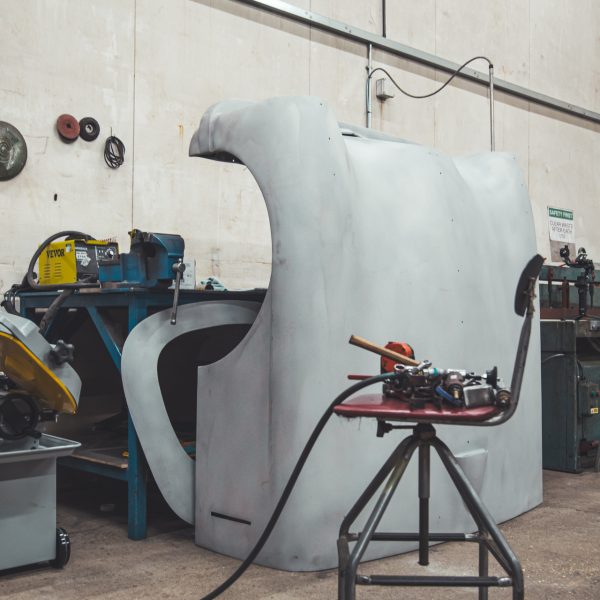
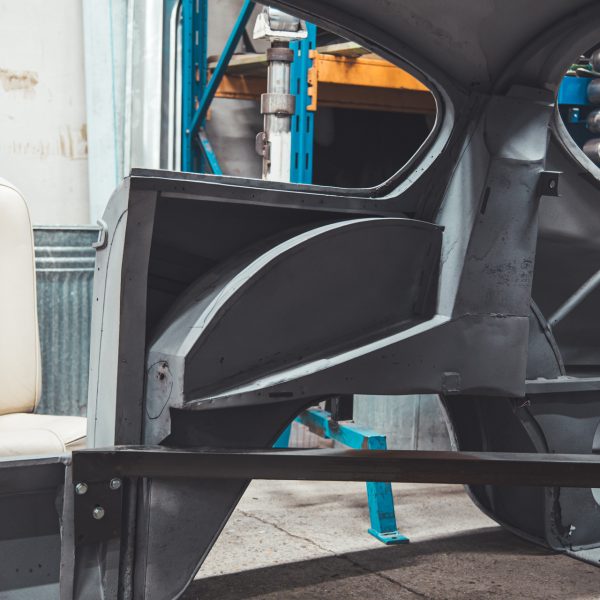

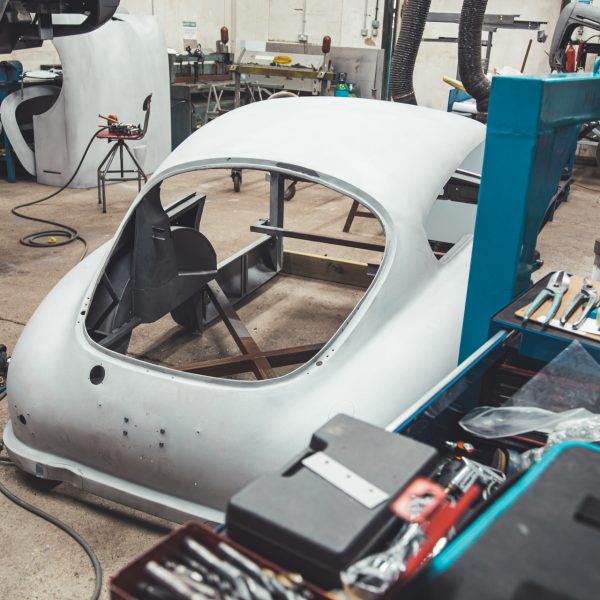
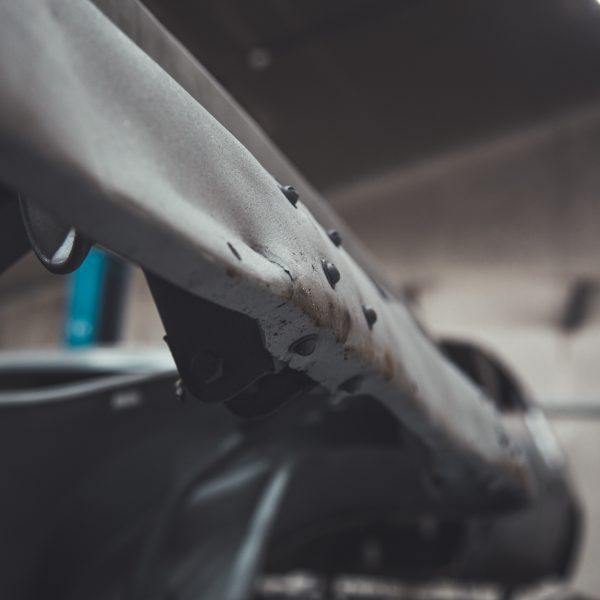
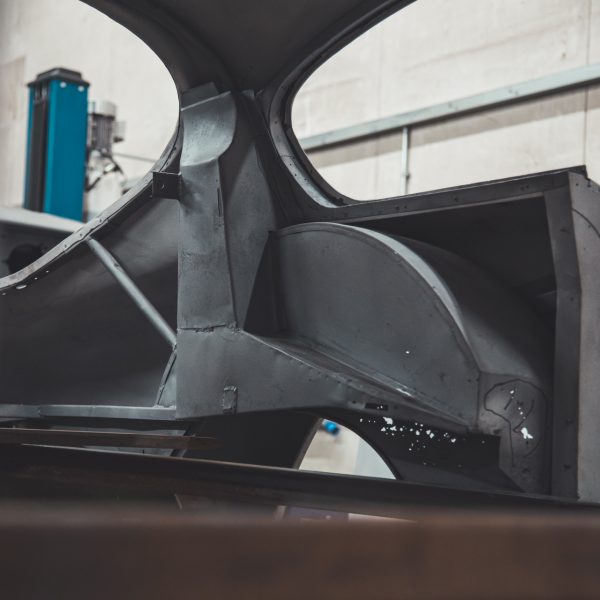
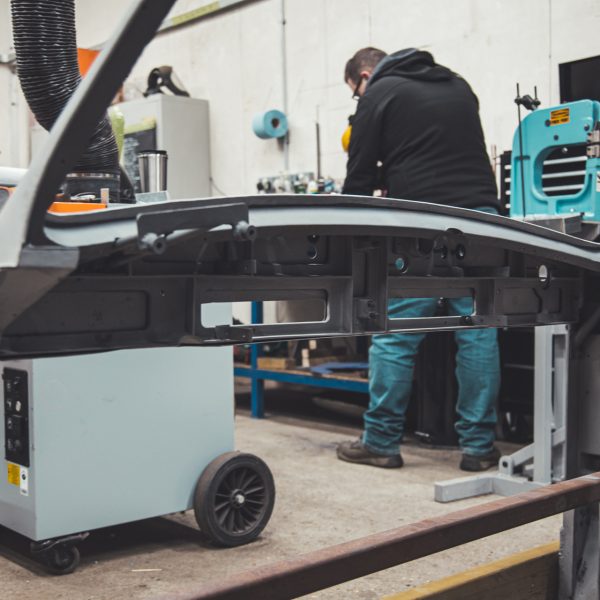
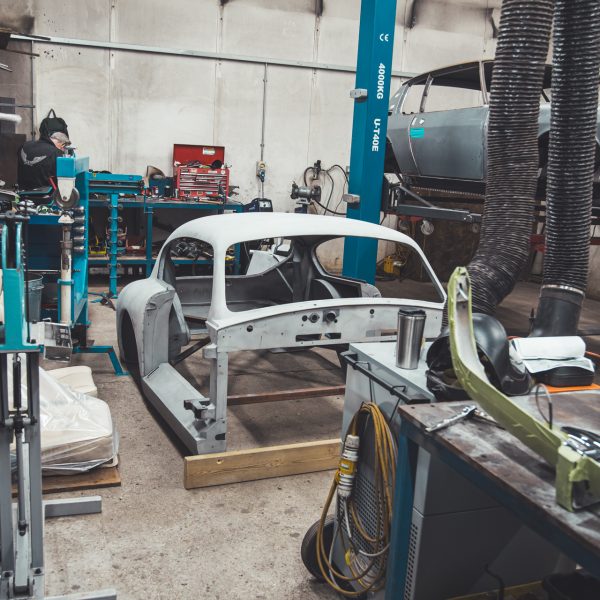

The body arrived back at our workshops earlier this week and was taken straight into our in-house fabrication shop for our expert team of fabricators to work on getting this rare and unique GT car back into better than new shape.
The team have begun to get the body onto the framing jig to get it ready for the delicate and highly-skilled work of repairing the areas affected by 71 years of being used and stored.
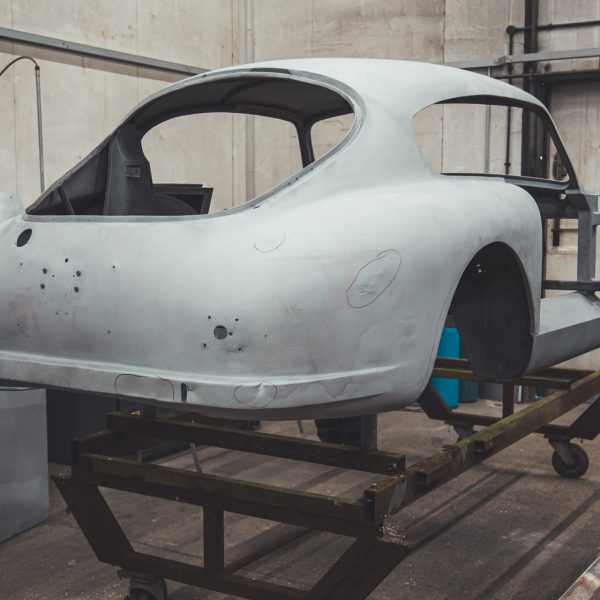
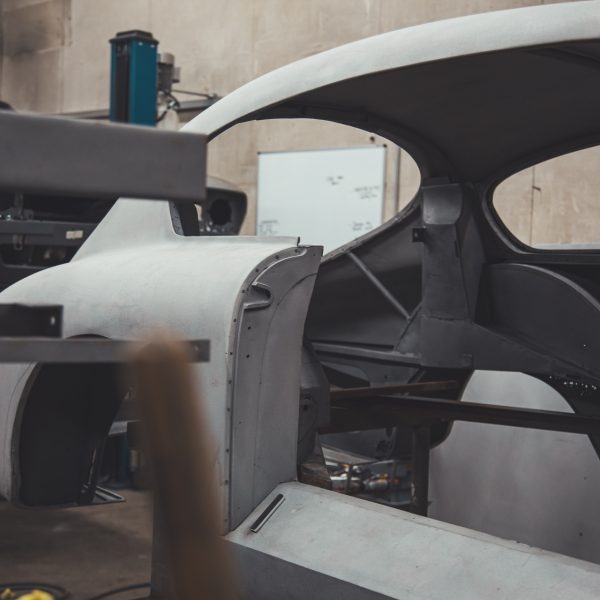
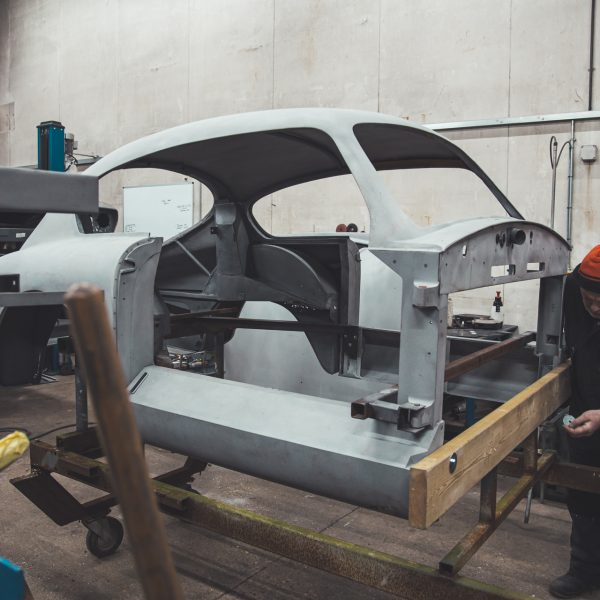
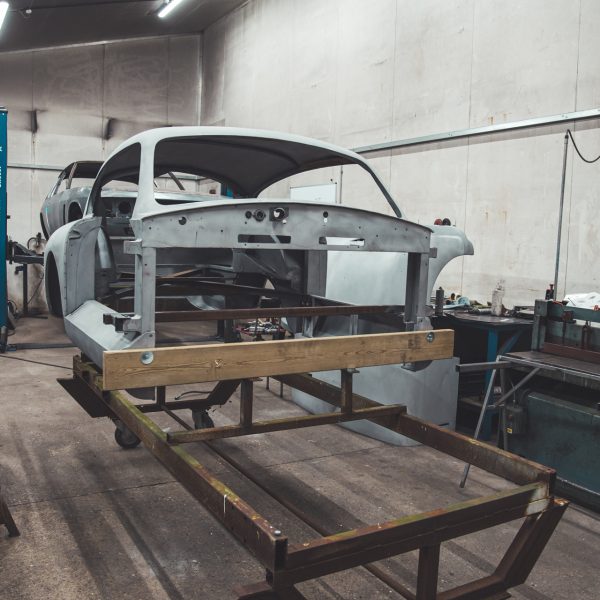

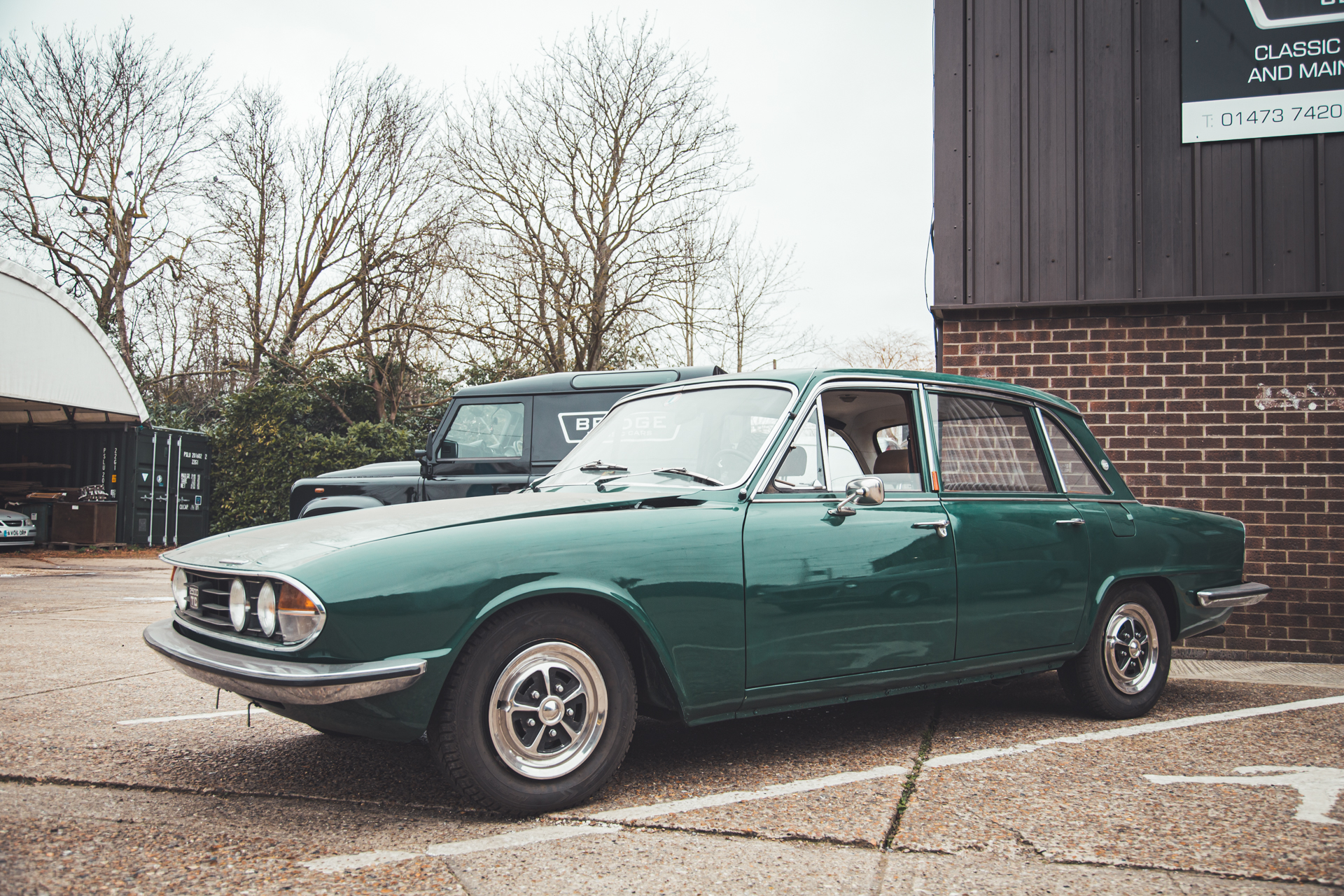
Along with the beautiful 1960’s Fiat, we’ve also welcomed this 1977 Triumph 2500TC to our Pettistree workshops for the team to take a look at for the same owner!
Like the Fiat, this will be assessed by the restoration teams shortly.










Part of our new arrivals at our Suffolk HQ is this beautiful 1960 Fiat 1500!
This car has arrived to us from Europe for our team to have a look and assess very soon – keep an eye out on the Bridge Classic Cars news page.











Recently, Jon and John have been working on our 1987 Mercedes 500SL.
Jon stripped the heater box and removed the blend flap and directional air flap from one side. He left the other side as it was so he could use this as a guide for reassembly.
John trial-fitted the power steering pipes and servo before moving on to fit the indicators and side trim. The throttle linkage was also cleaned.
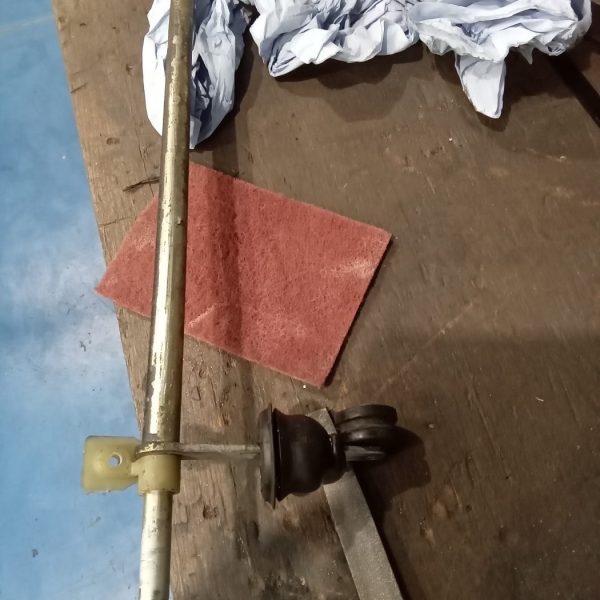

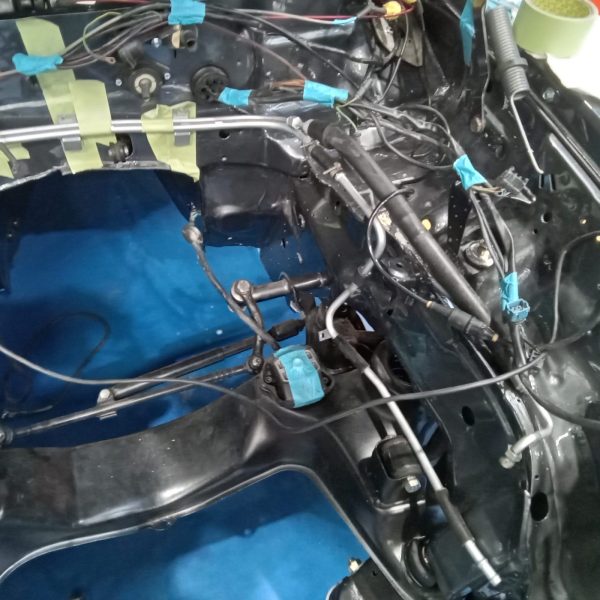

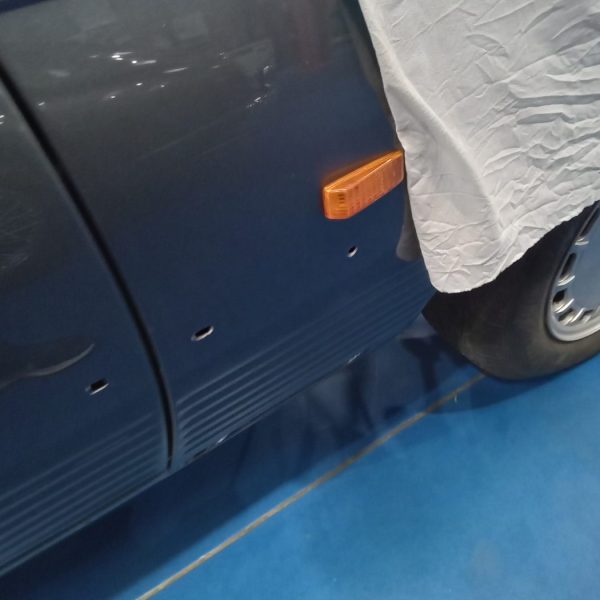

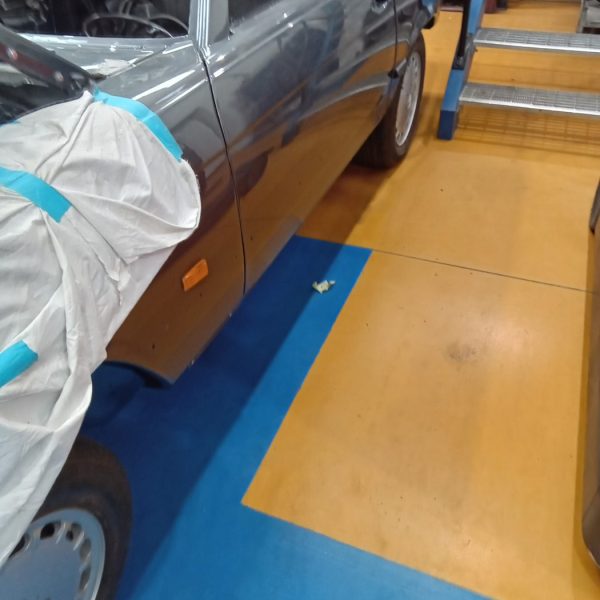

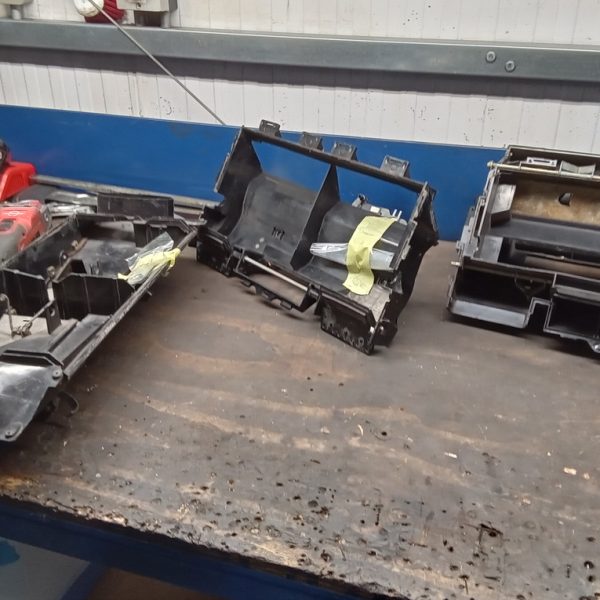
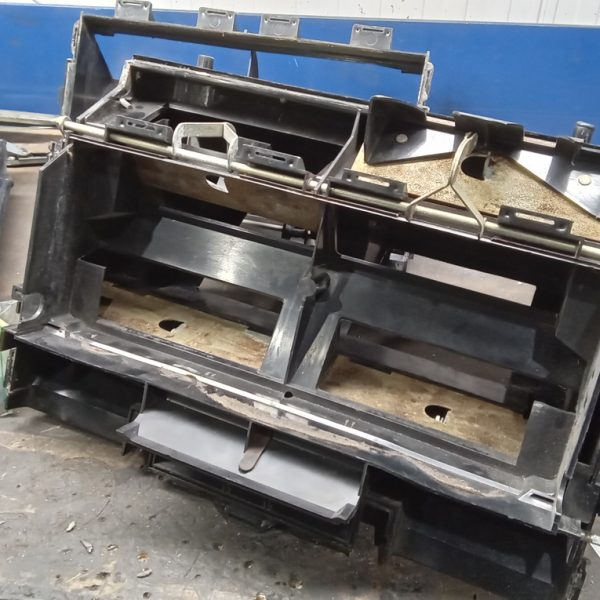
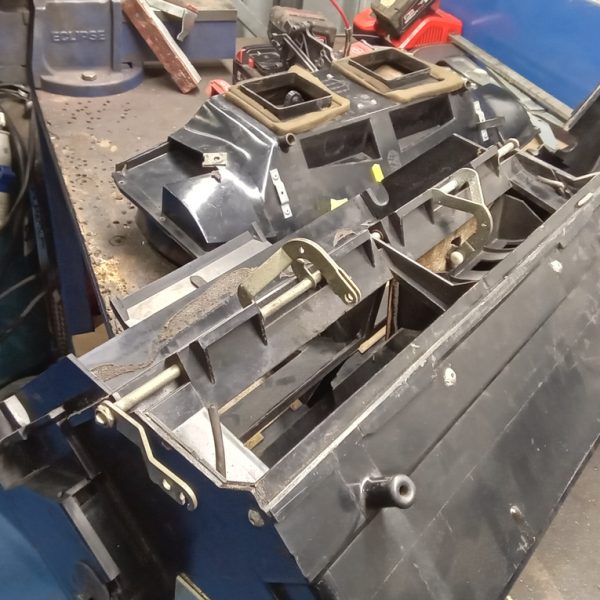

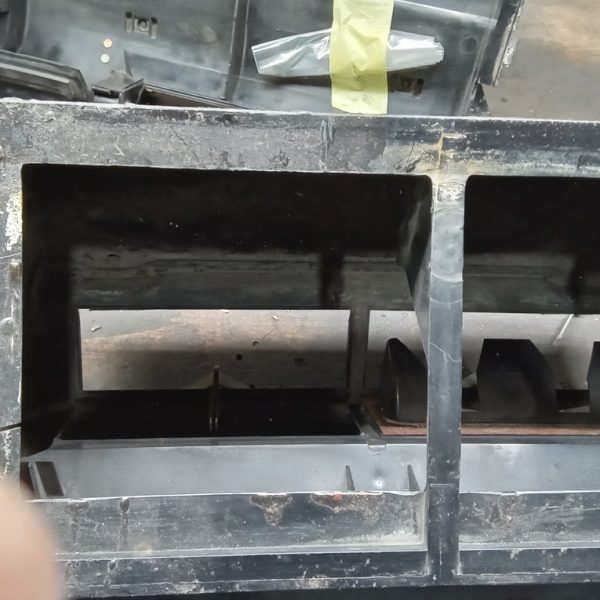
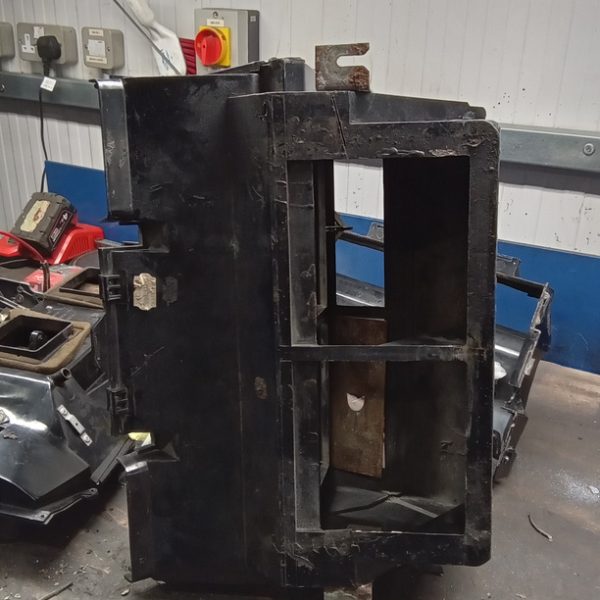
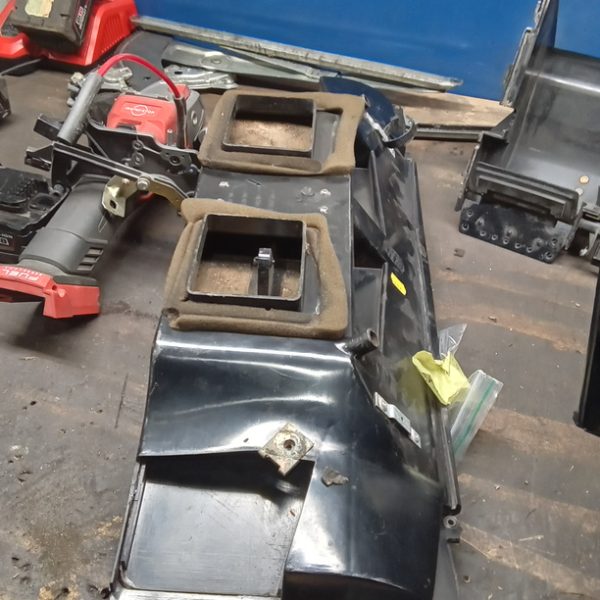

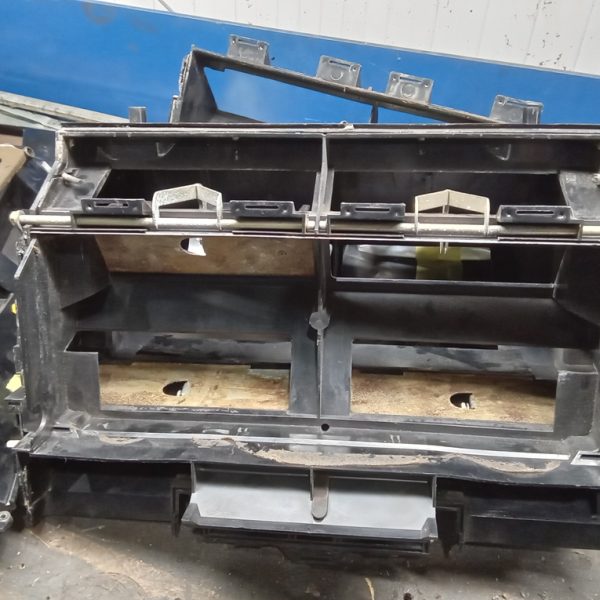
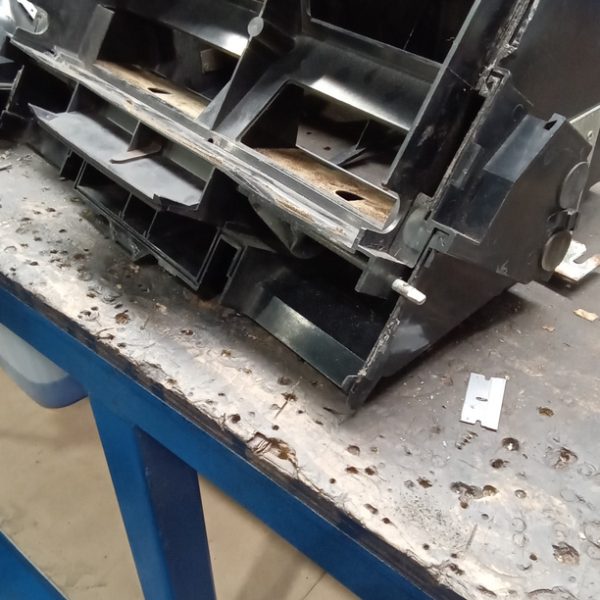

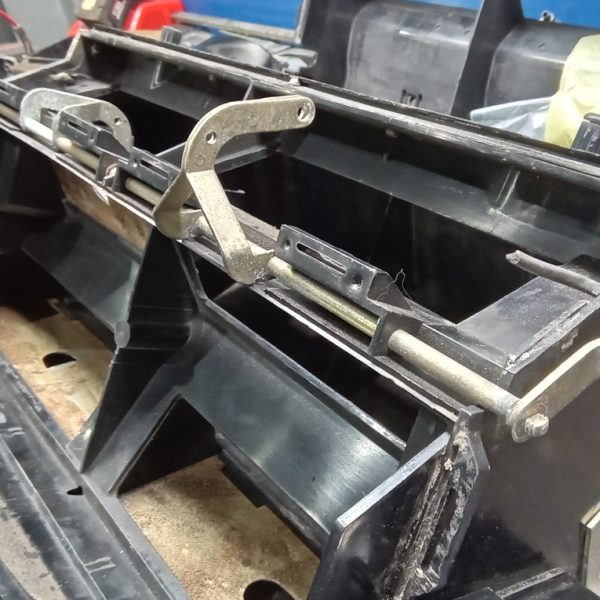


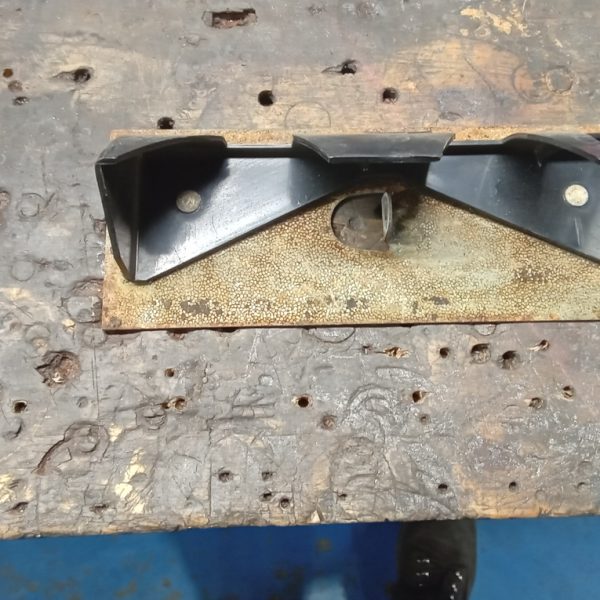
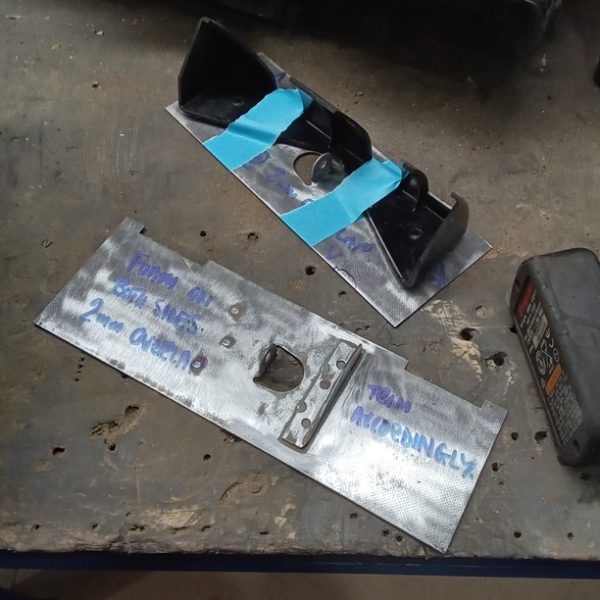

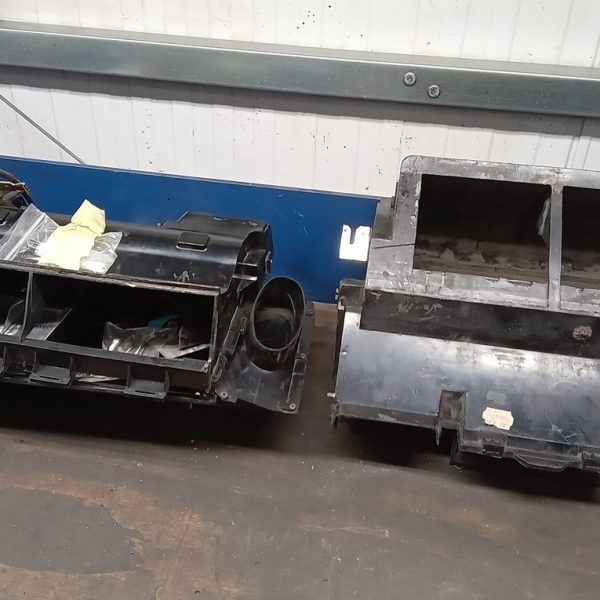
It wasn’t too long ago that we went to collect our 1963 Bentley S3 and bring it back to the workshop.
Before even more progress is made on its restoration, it seems like a good time to take a quick look back at when we collected it and loaded it up onto our trailer.

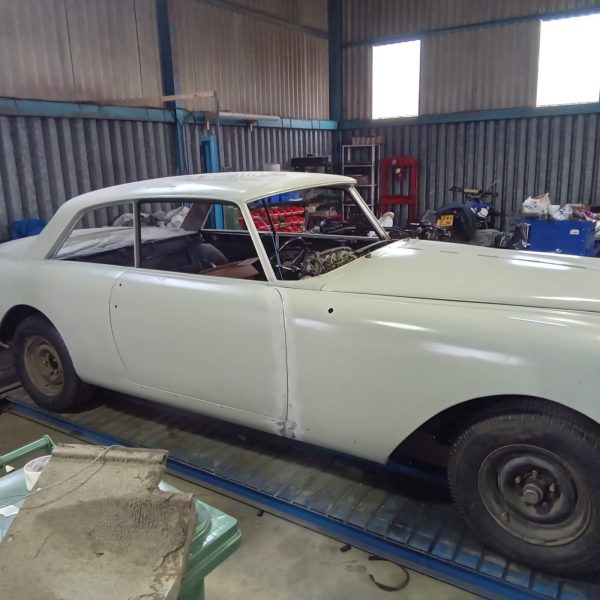

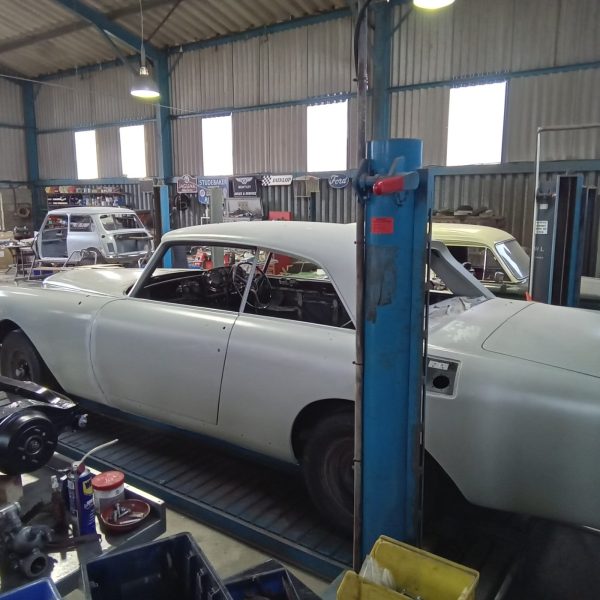
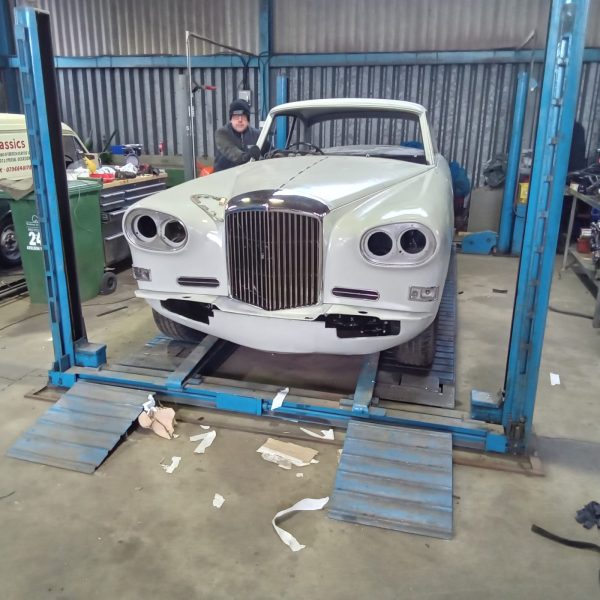



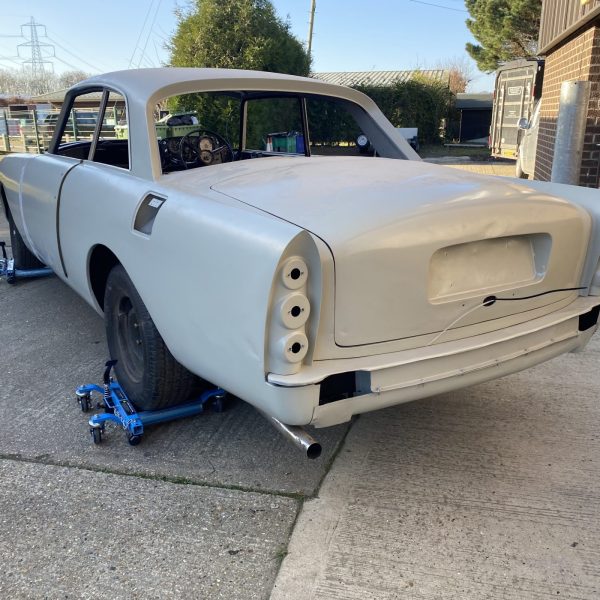

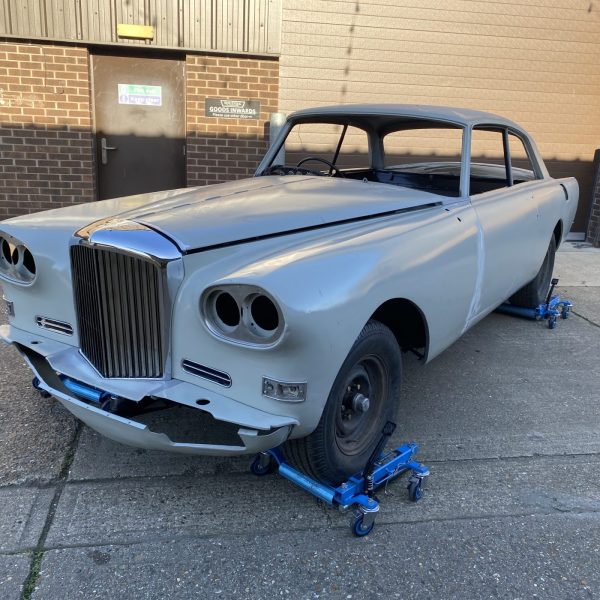

The strip down of the axle and brakes from our 1955 Aston Martin DB2/4 Drophead Coupe has continued with Neil recently.
While he was doing this, Tony collected the chassis from the sandblasters. Progress continues to be made so it shouldn’t be too long before things start to come back together.
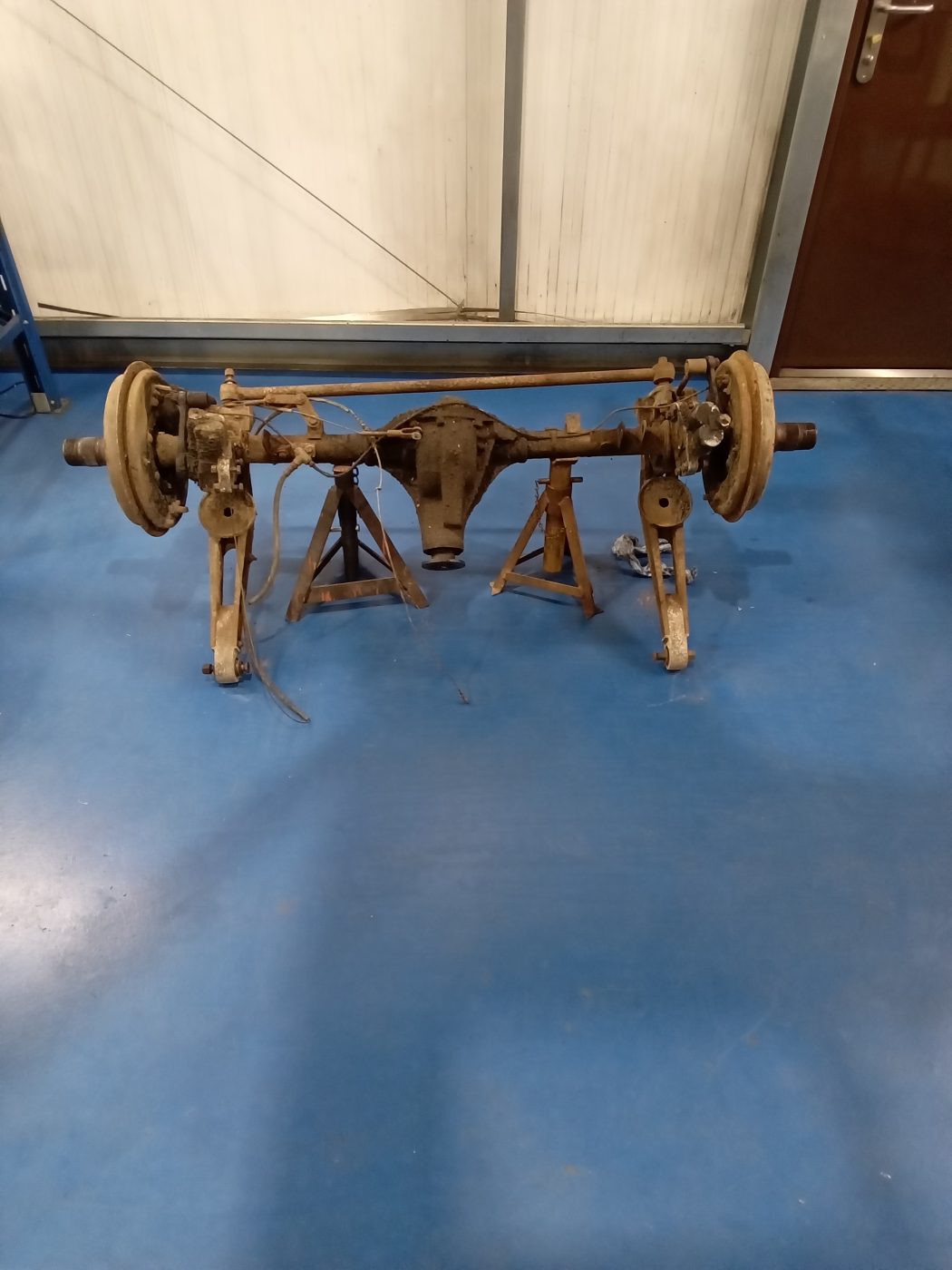
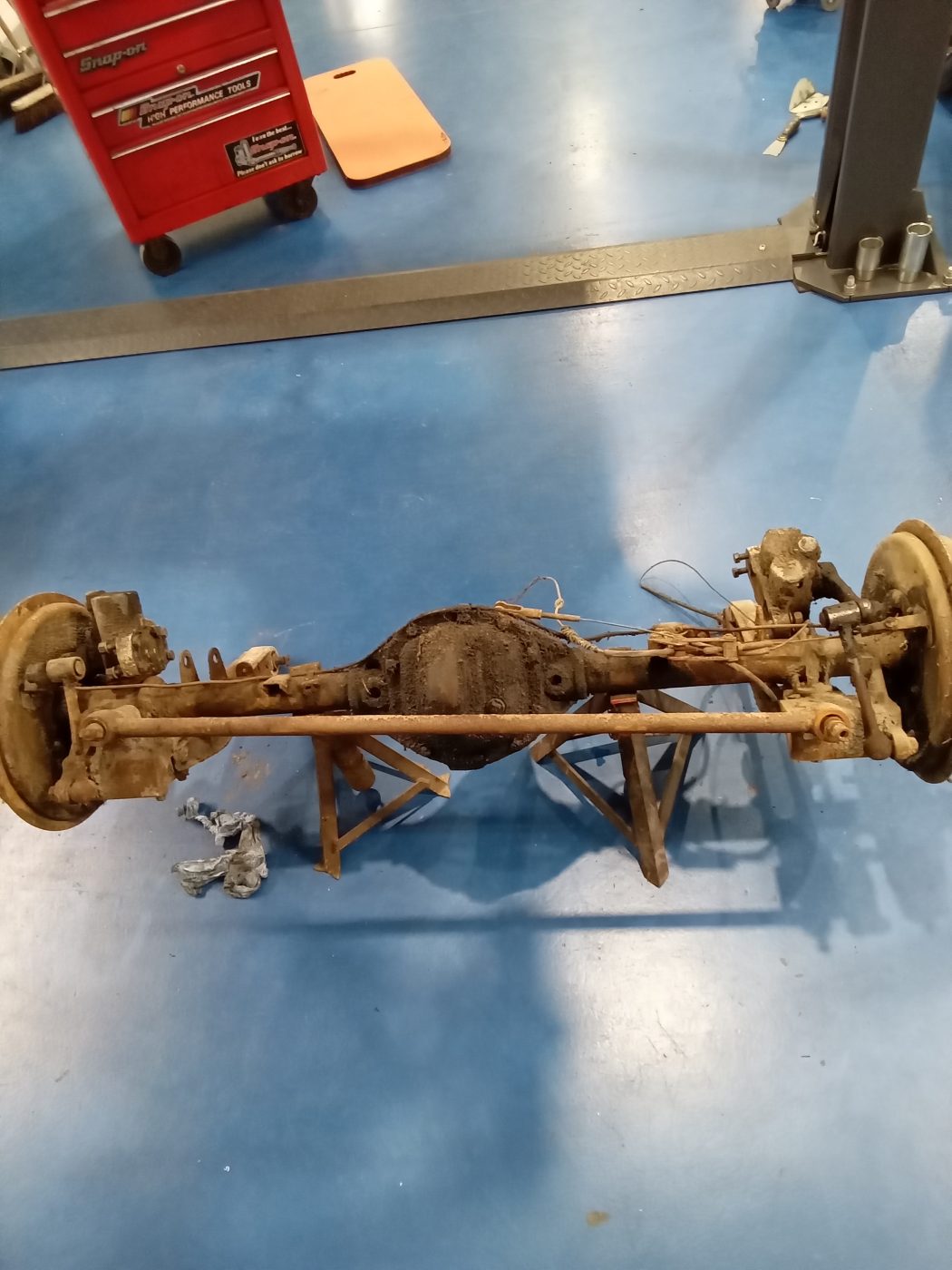
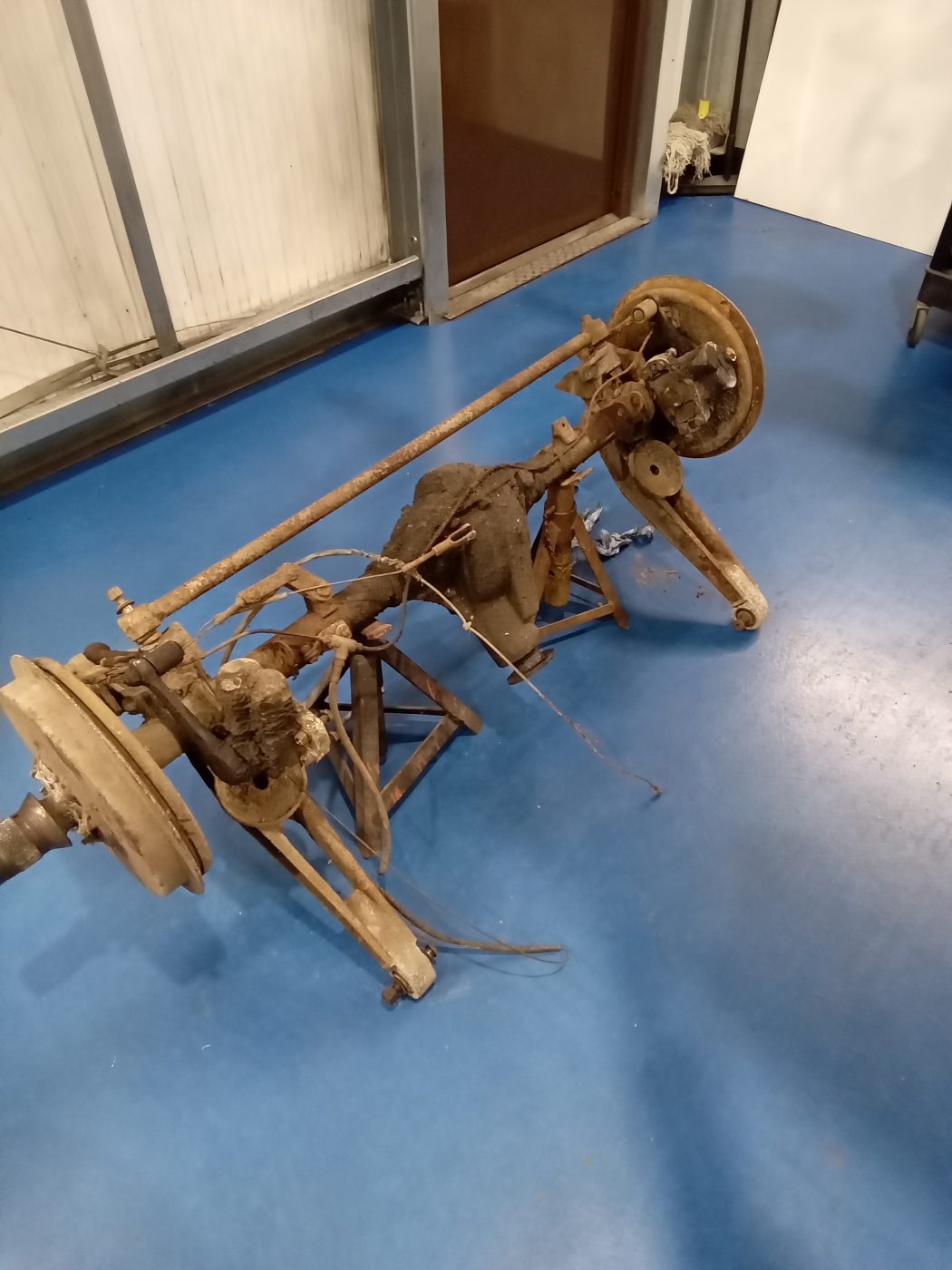
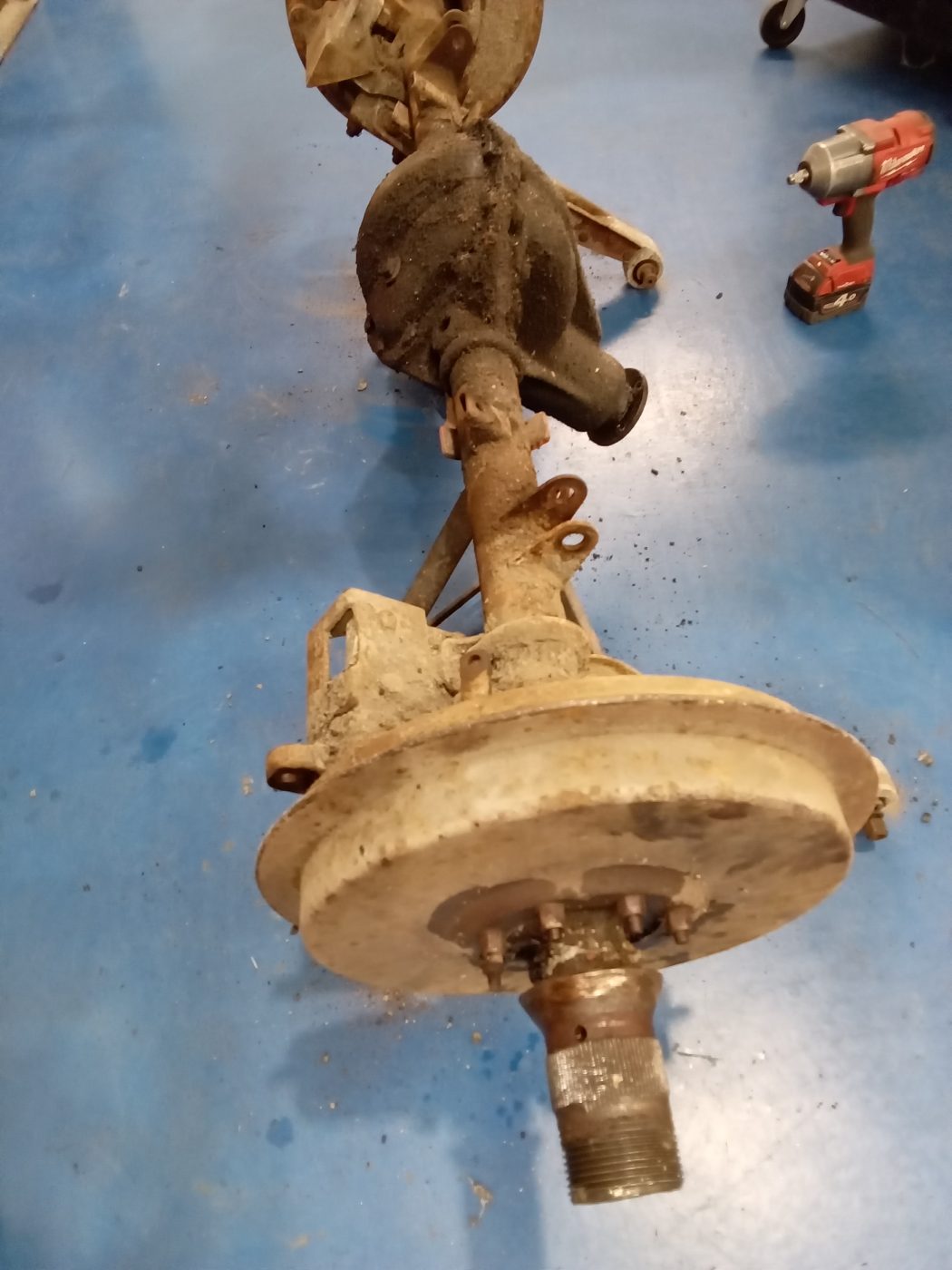

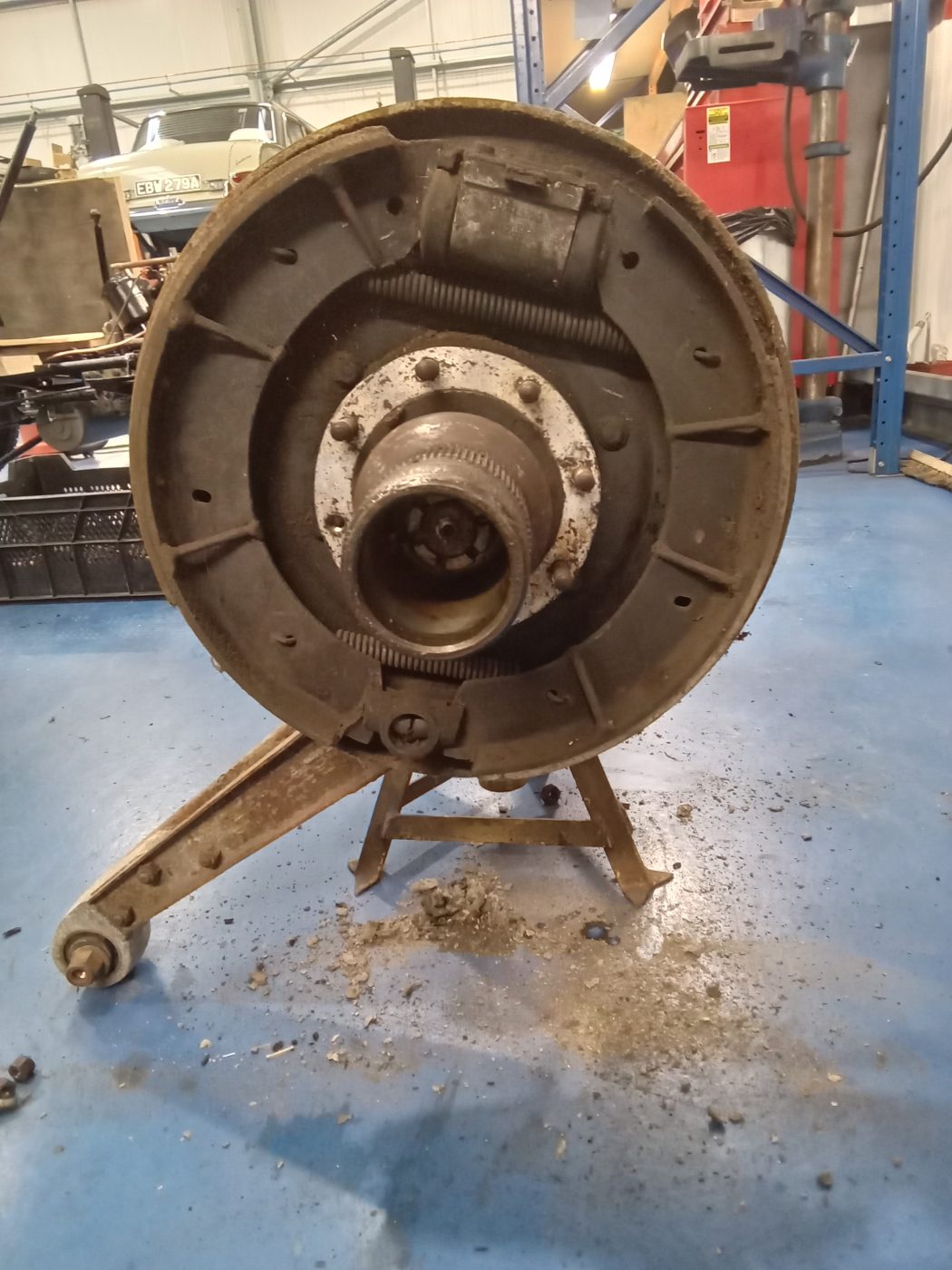


Our 1976 Triumph Spitfire has made a lot of progress recently. After having its body painted in Java Green, it left the Bridge Classic Cars paintshop and went back to Rob in the main workshop.
Rob has now begun the process of reassembling the car. After reassembling the rear brakes with new and reconditioned parts, the bodyshell was refitted and bolted down.
The new and reconditioned parts have also started to be fitted as the restoration of our classic Spitfire continues.

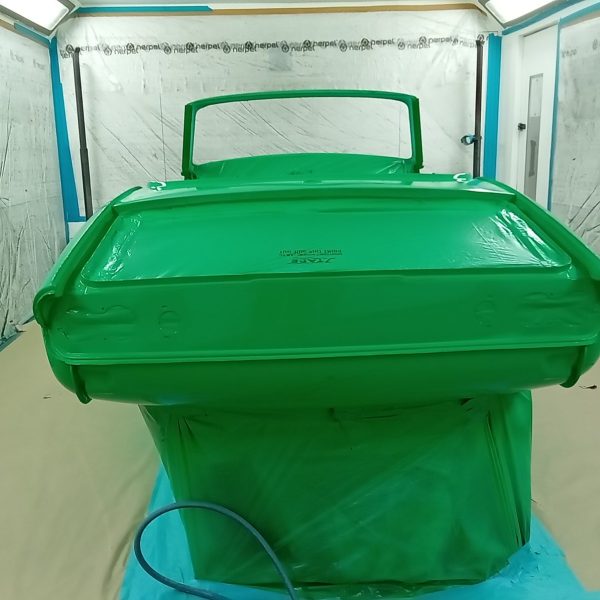
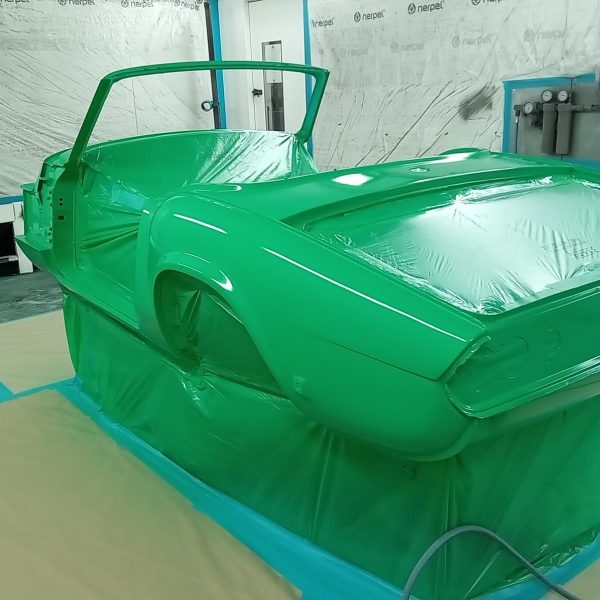
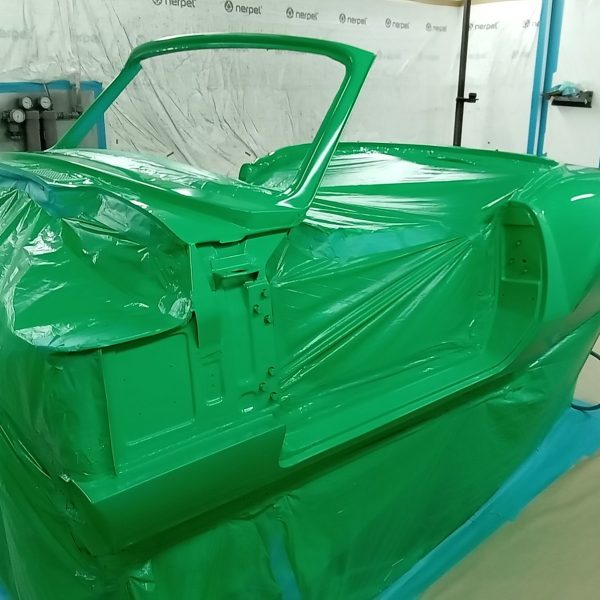

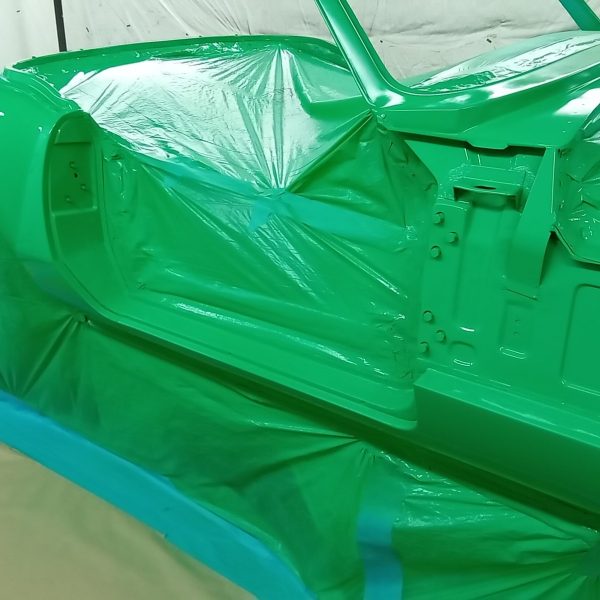



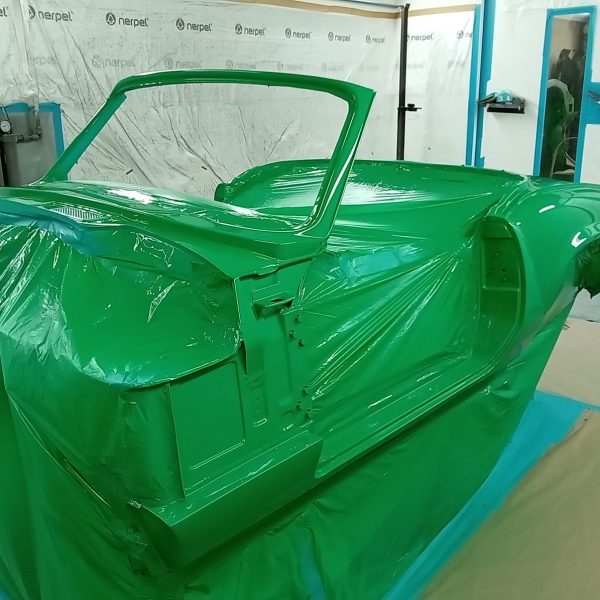
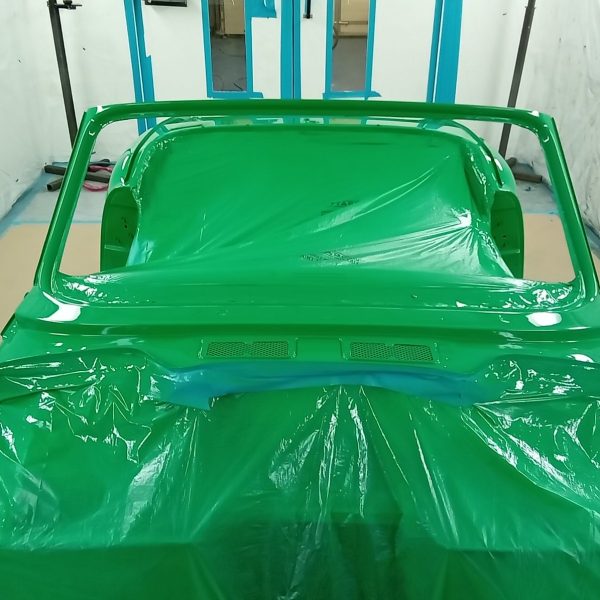


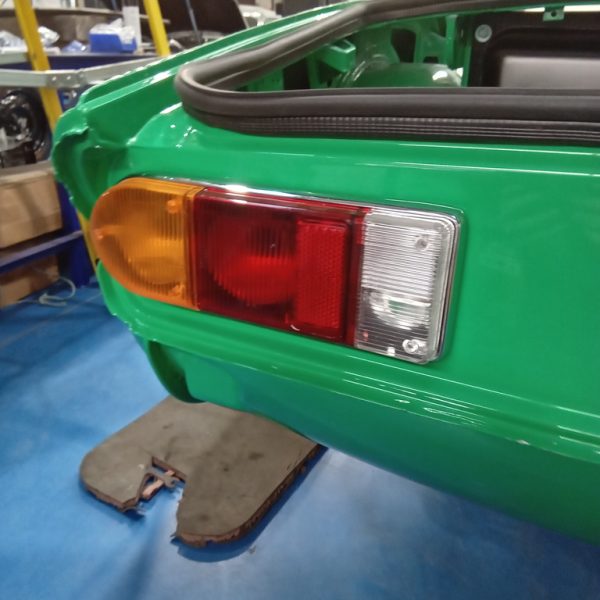
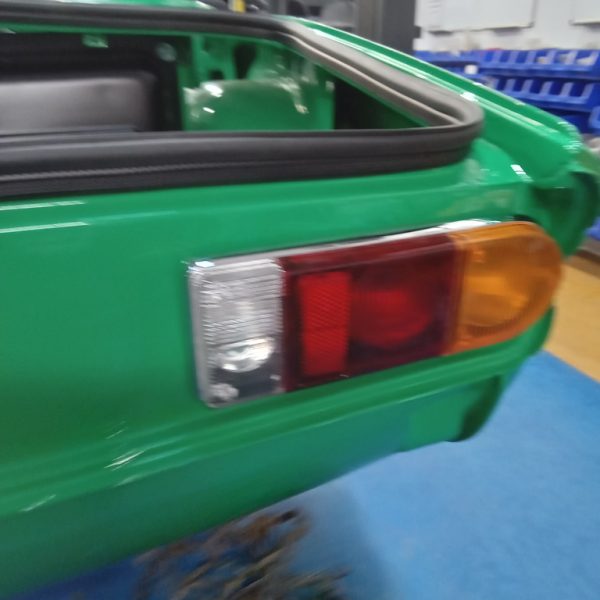
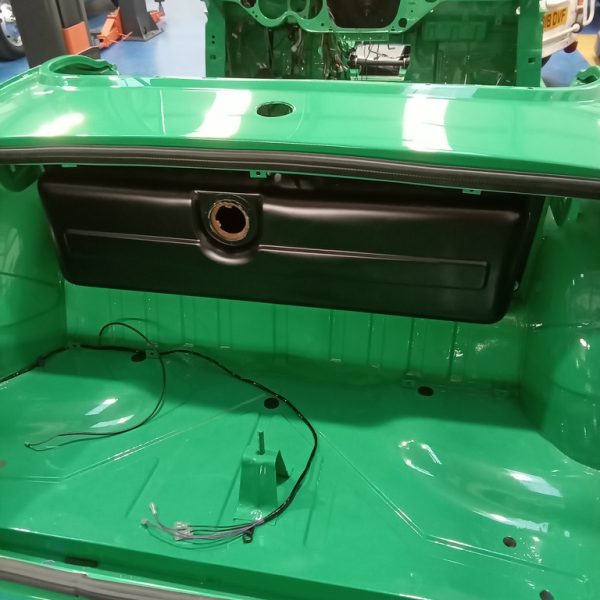

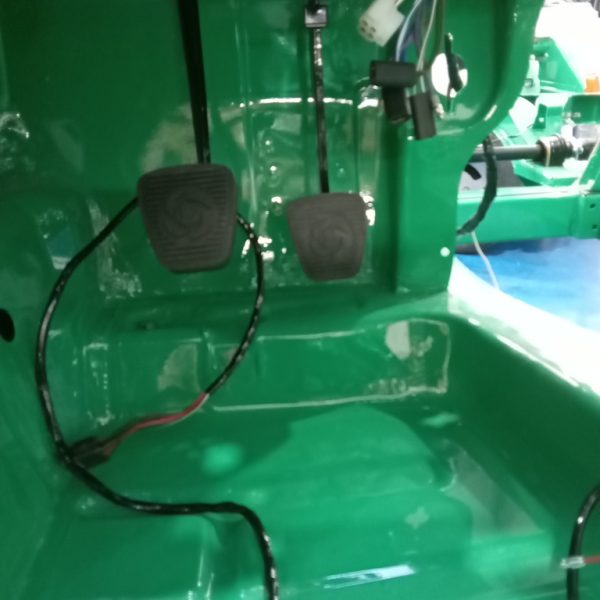
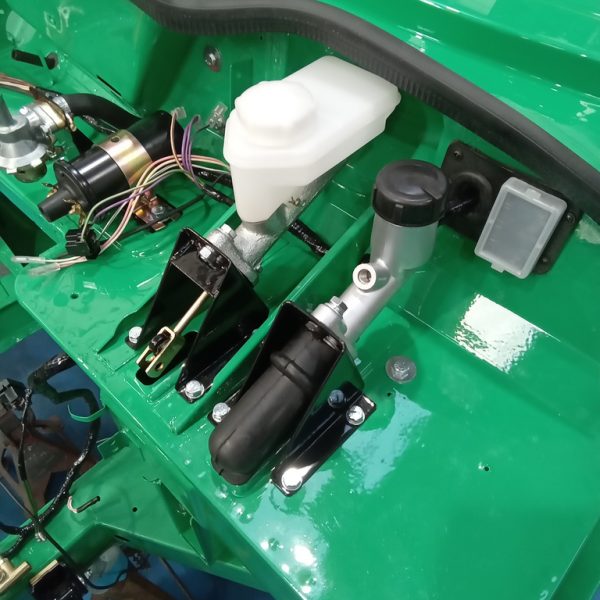
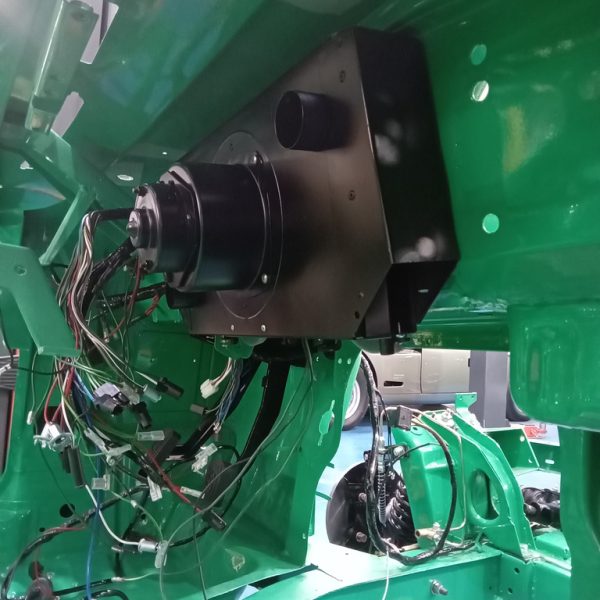

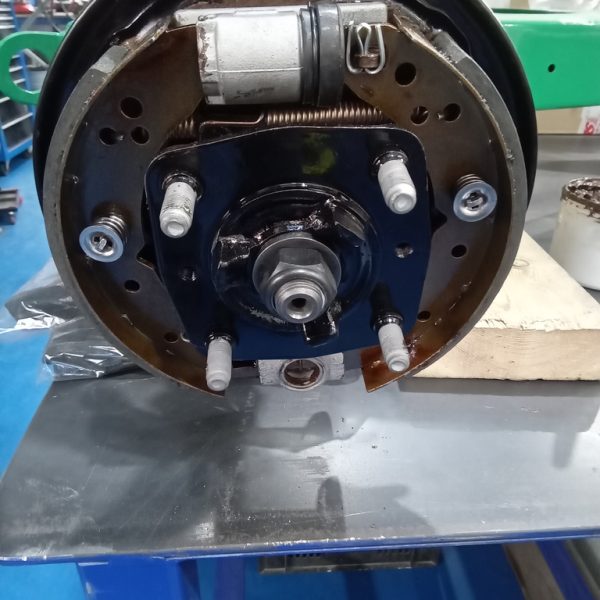





Lydia has been hard at work over the last week or so on the roof of our 1969 MGC GT. First, she stripped the old headlining from the roof. As with a lot of materials from the 60s and 70s, the foam had disintegrated, leaving a sticky mess.
Taking the roof apart was challenging as it was not immediately apparent how the headlining part came off the exterior of the roof. Two hidden screws finally showed themselves after a thorough inspection. Lydia used the old headlining as a pattern and made the new one from a brushed nylon fabric. As you can see, it looks a lot fresher and plumped up as it should be compared to the old one. Whilst doing this, she also took time to renew the cover on the rear crash bar, which goes over the boot hinges. This needed a completely new foam underlayer and then new brushed nylon on top. She refitted the rear interior light back to this as well.
Next were all the parts on the actual car body. Lydia first cleaned off the old foam and used a scotch brite pad to prepare the surface. Then, she applied new foam to the sides to offer some sound deadening and a base for the headlining to go on top. After this, she had to put the frame and the outer skin of the roof on, and tighten the nuts to hold this on.
Afterwards, Lydia cut the headlining to size on the job, then sewed it where necessary, and glued it to the car. The edges were glued to the metal frame and finished with some top on edging. The front piece of headlining was looking somewhat bumpy, so she cut a piece of cardboard to size and placed this underneath. It helped to smooth out the bumps and give it a much better finish. Then Lydia replaced all of the items attached to the roof, wind deflector, rear view mirror and sun visor clips.
The doors and the bonnet of our MGC were painted before the car was flatted and polished.


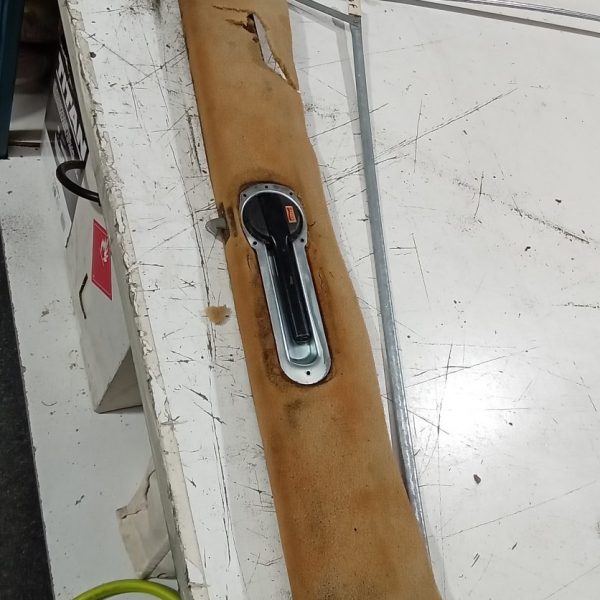
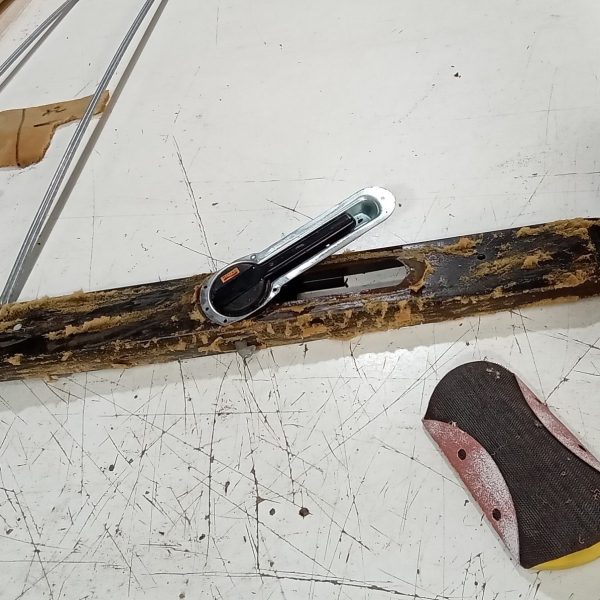
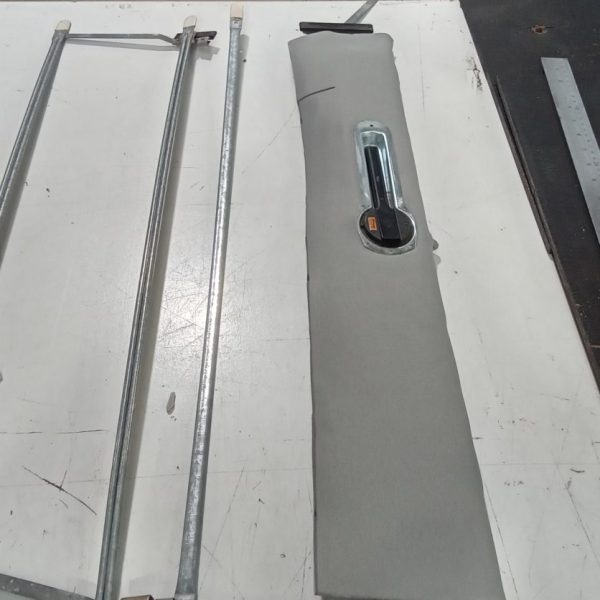
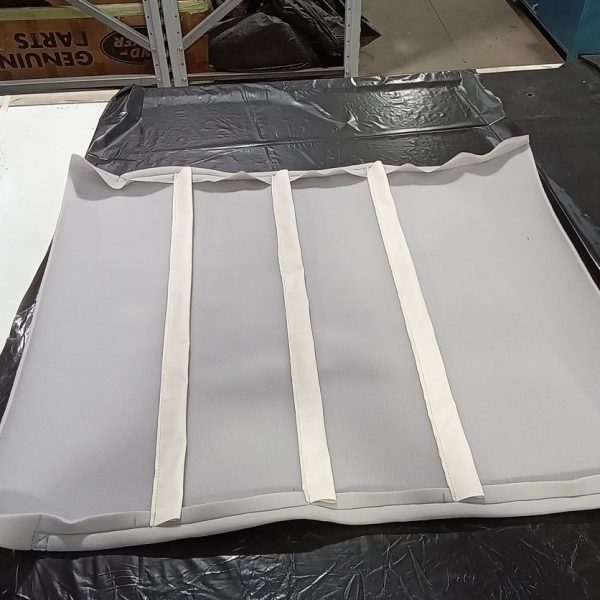


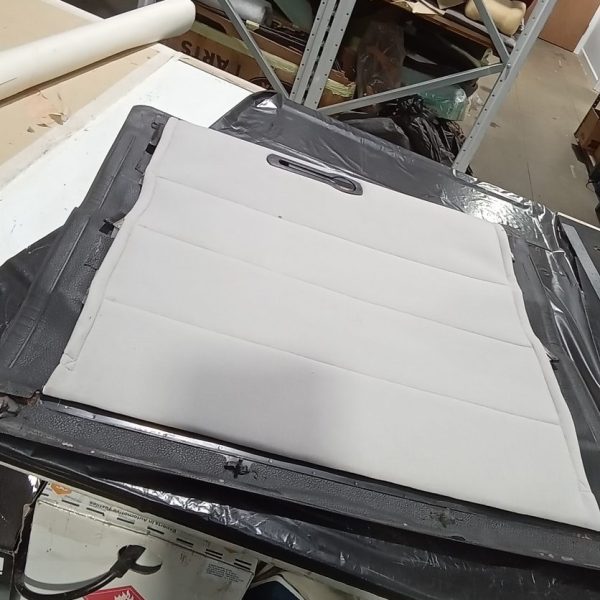
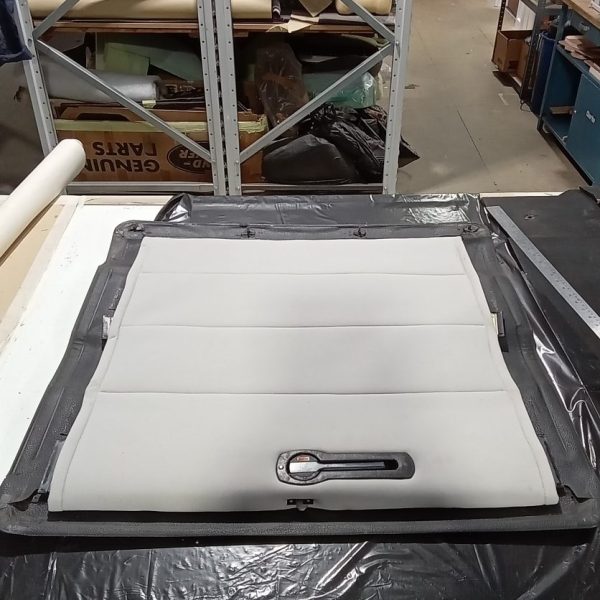
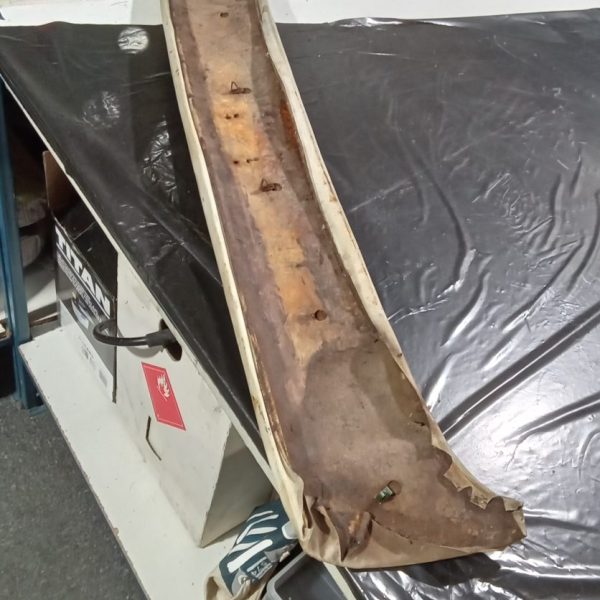


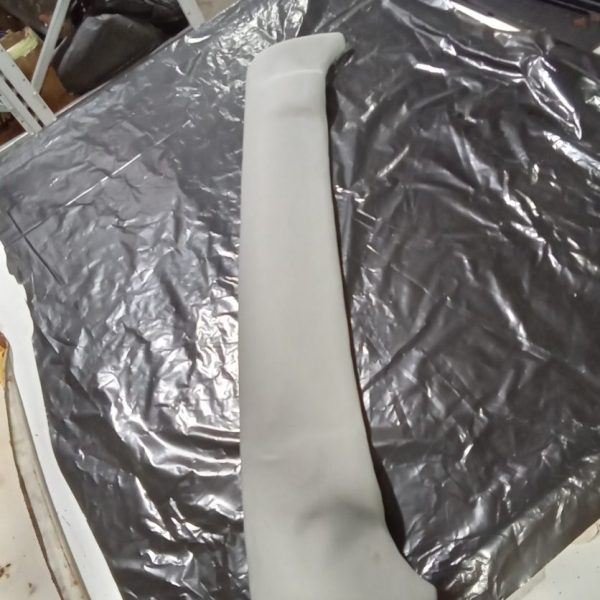
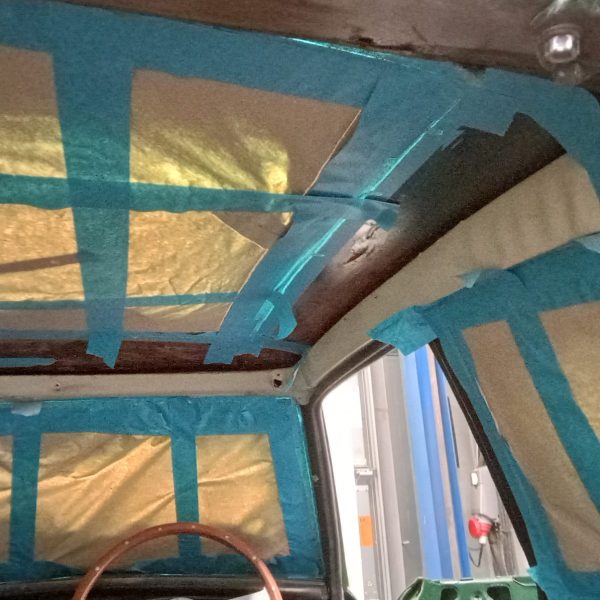


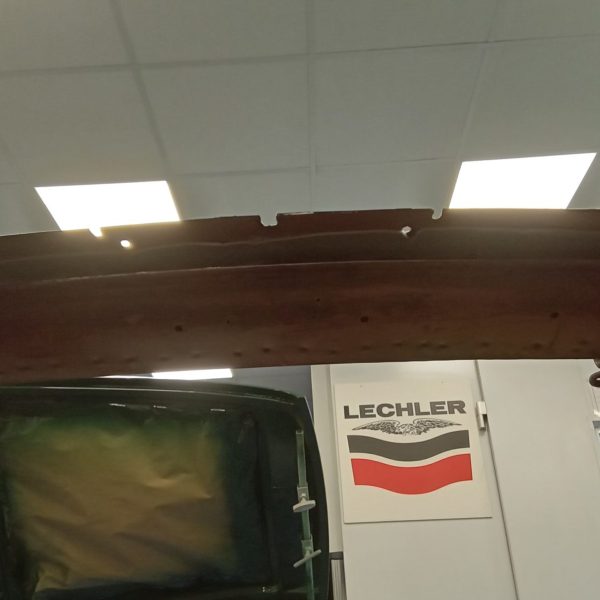


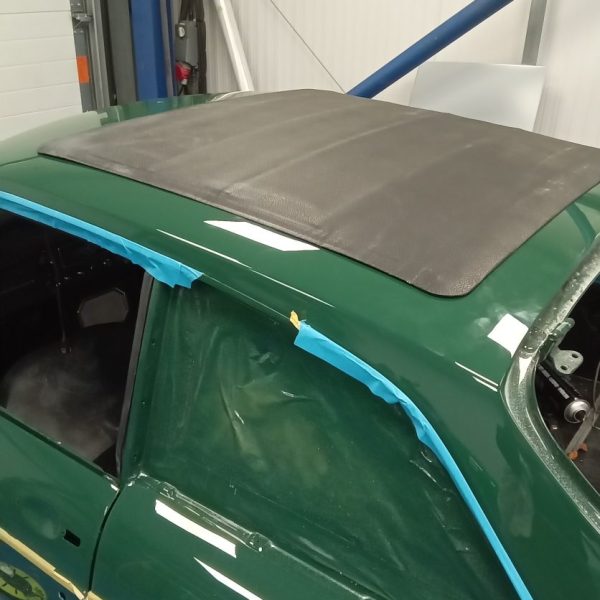
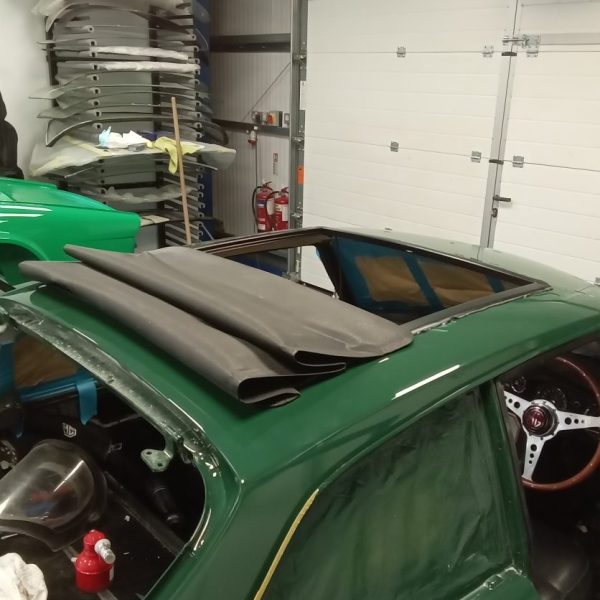


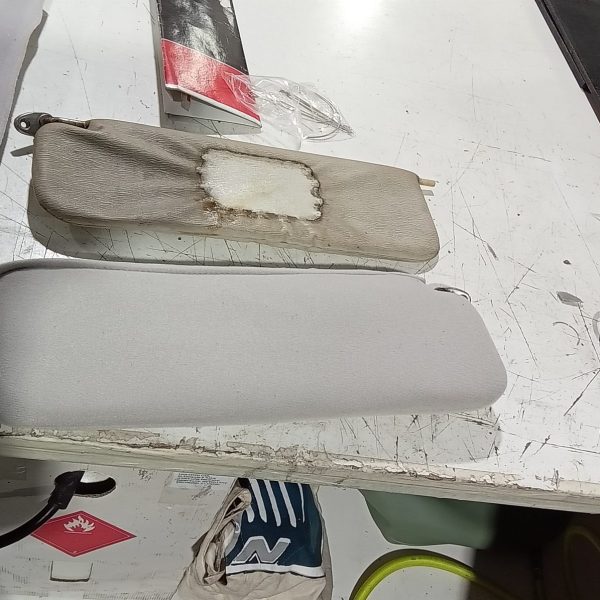



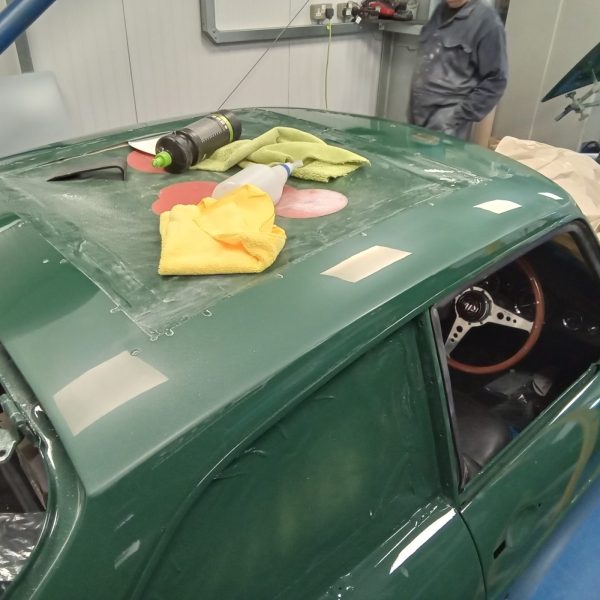
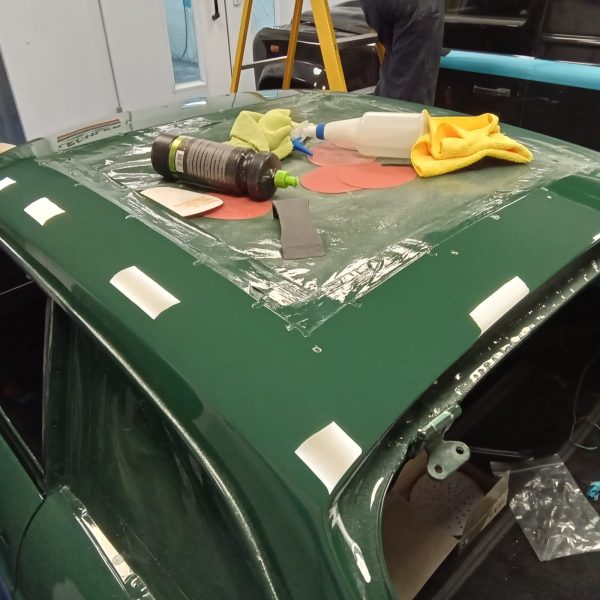



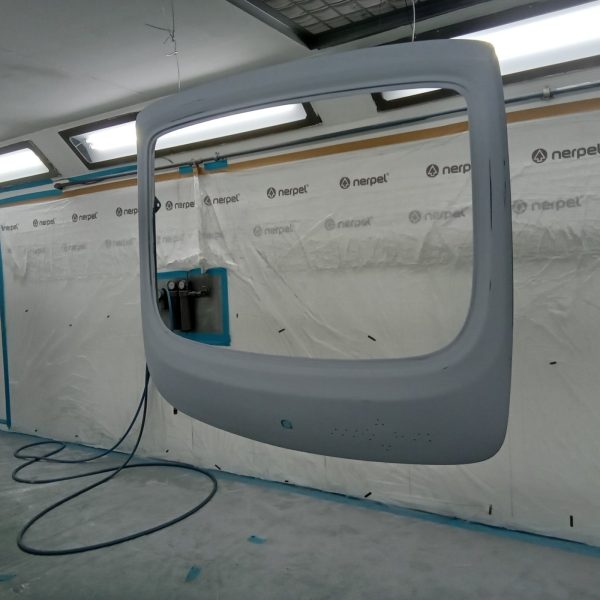
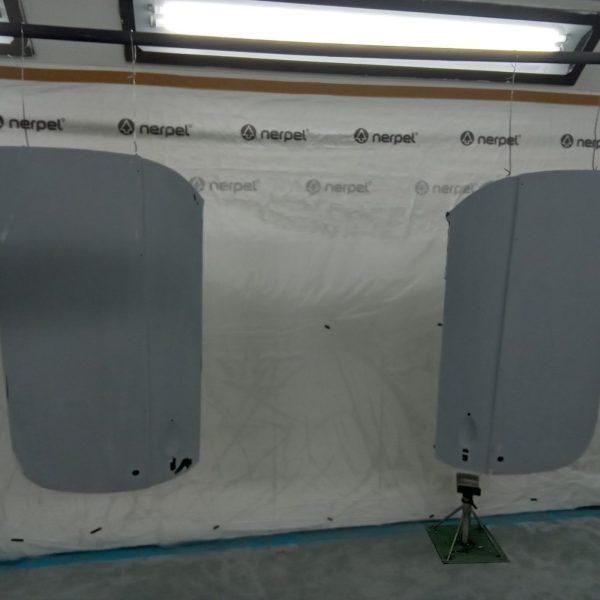





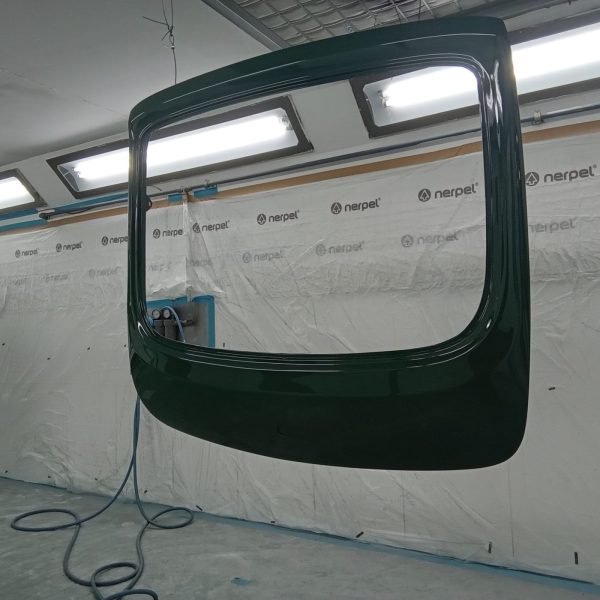

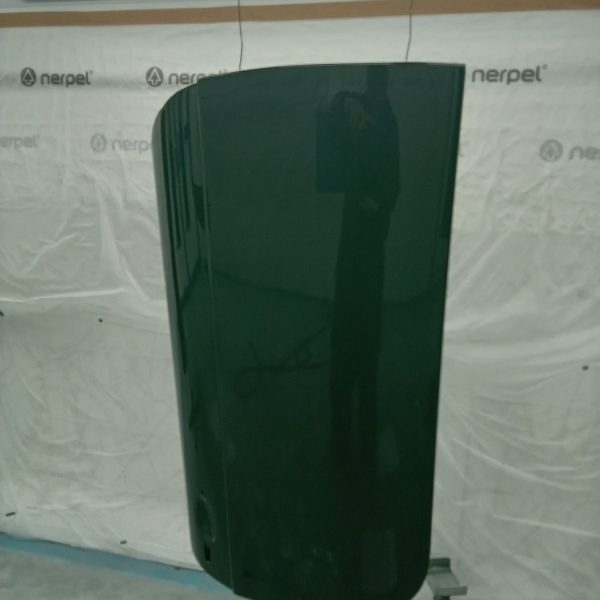
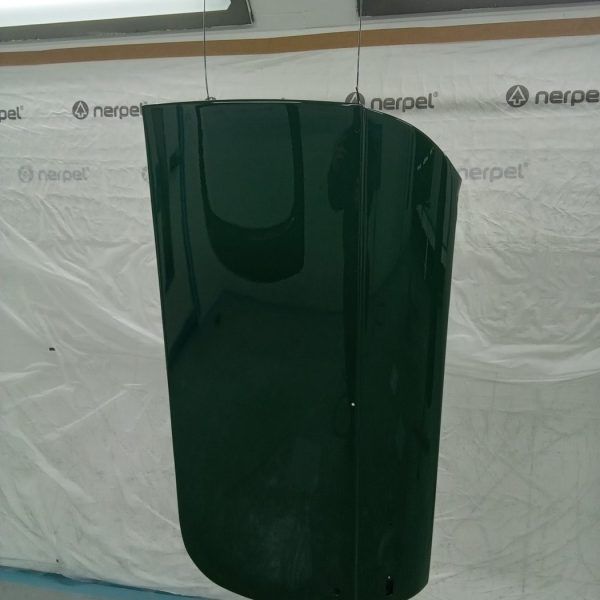
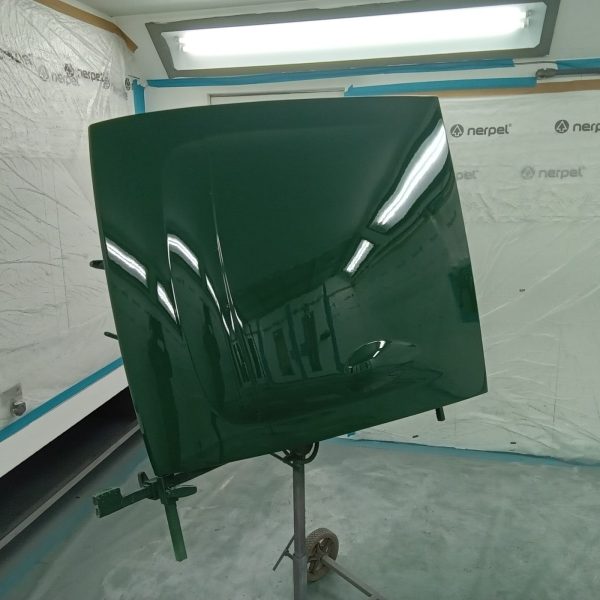
Our 2010 Land Rover Defender has been undergoing some work in the Bridge Classic Cars paintshop as Mauro has been painting the roof before polishing it too.
As well as the painted roof – for the rear panels, Craig chose a simple vinyl to match the existing interior colour, which really helped to brighten up the back of the vehicle as it was very dark. Lydia applied a thin scrim foam and then the vinyl, and stapled that to the back. She then refitted the panels and secured them with screws and cup washers. Lydia then had to refit the seat and the toolbox before Mauro helped her to attach the bolts to them.



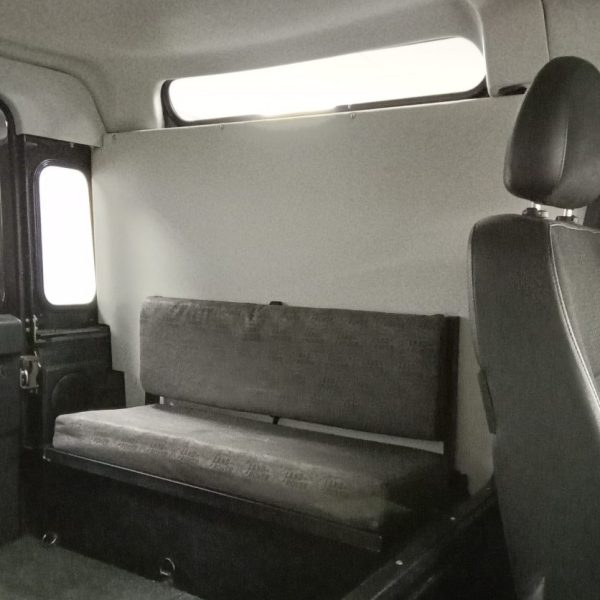


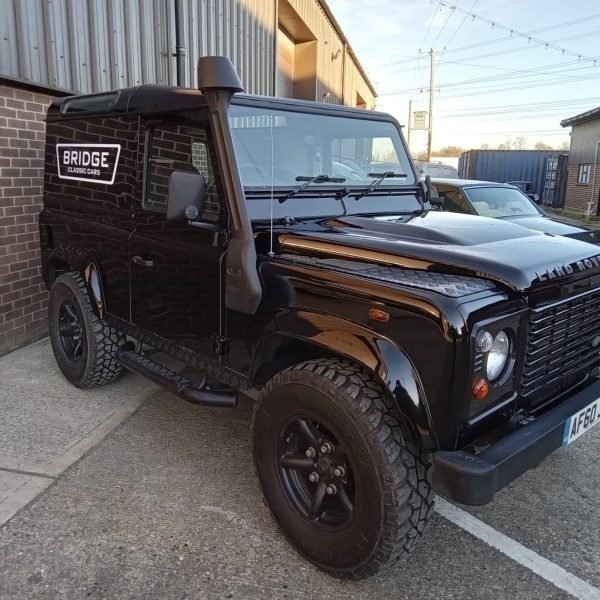


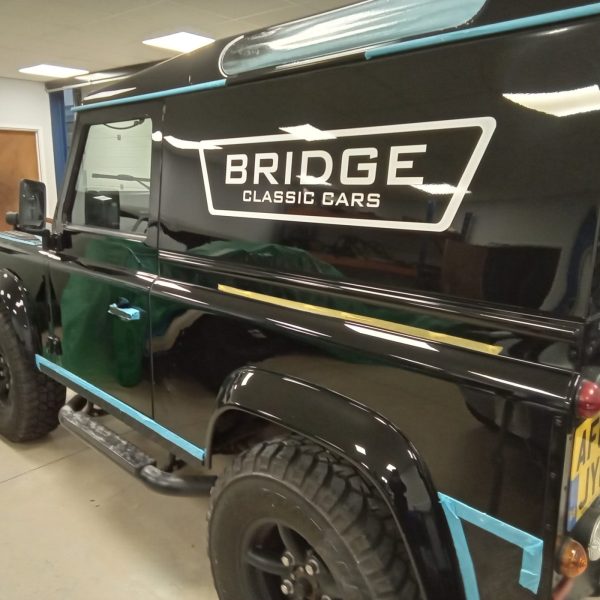

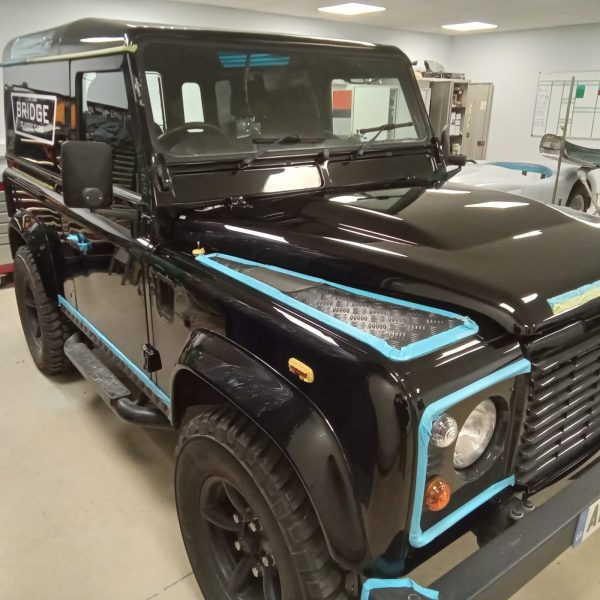
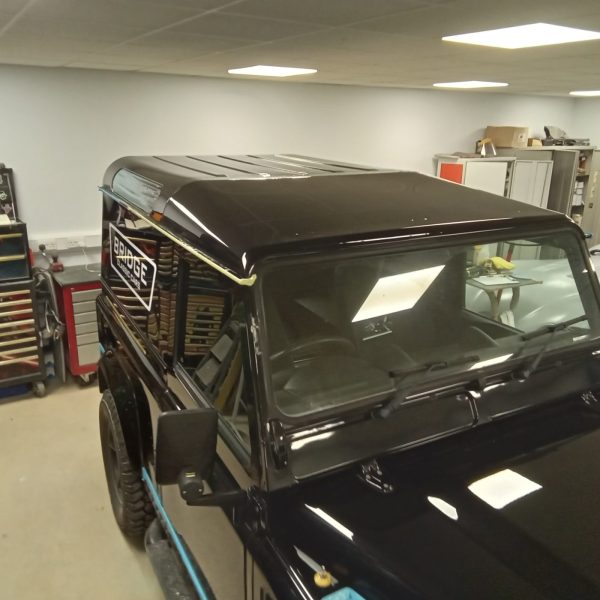
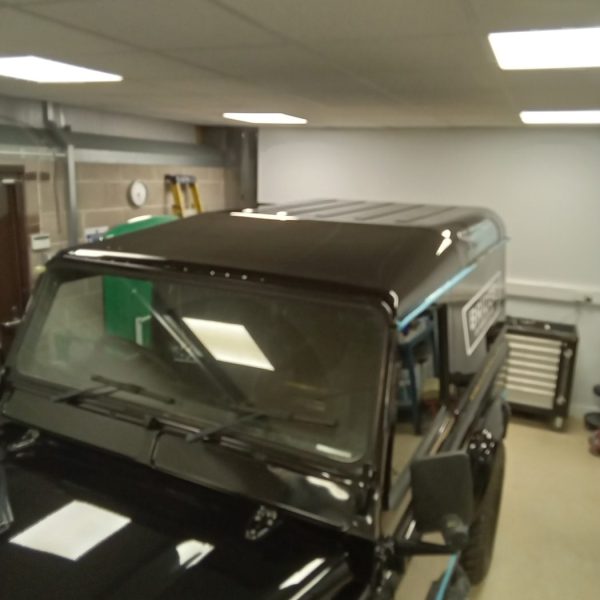


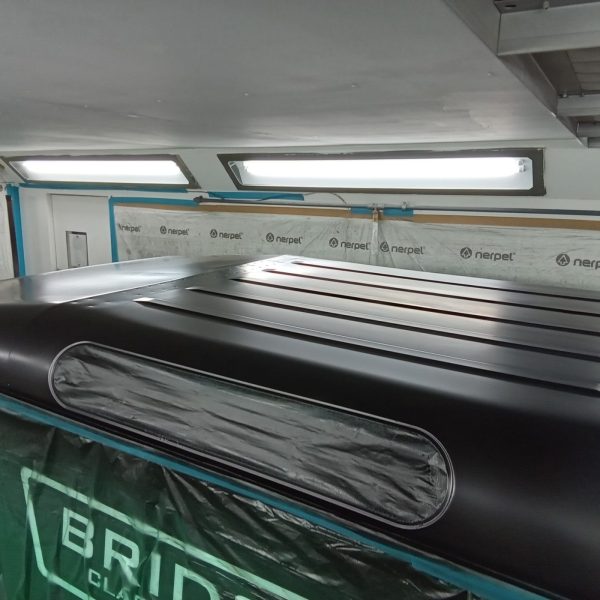

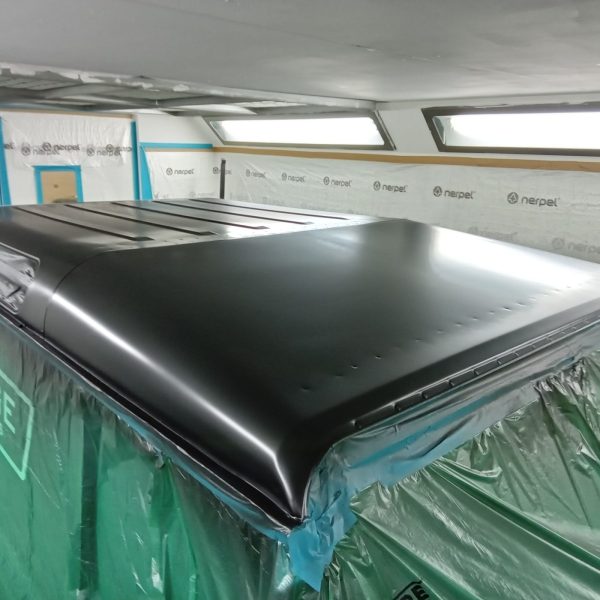


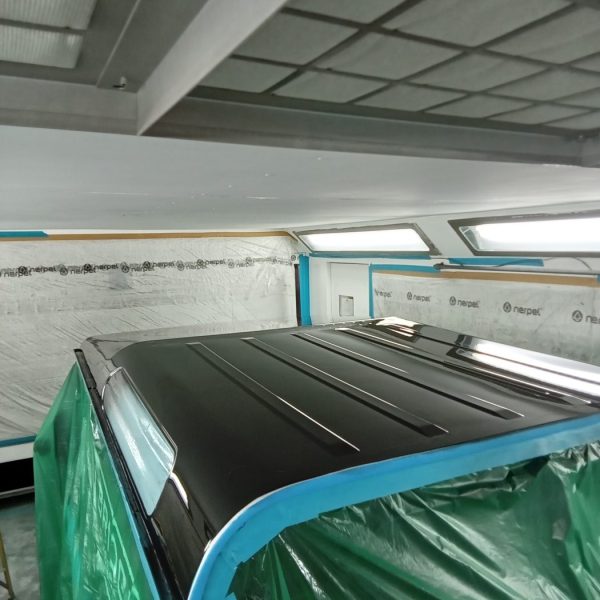
Christian has had our 1953 Aston Martin DB2/4 in the fabrication bay as he has been making some repairs on the chassis.
While he was doing this, many of the parts are now being stripped, cleaned and checked ready for painting. New bushes and other small parts have been ordered, and when the parts have been painted, the sub assemblies can then be rebuilt ready to be fitted to the chassis and body.
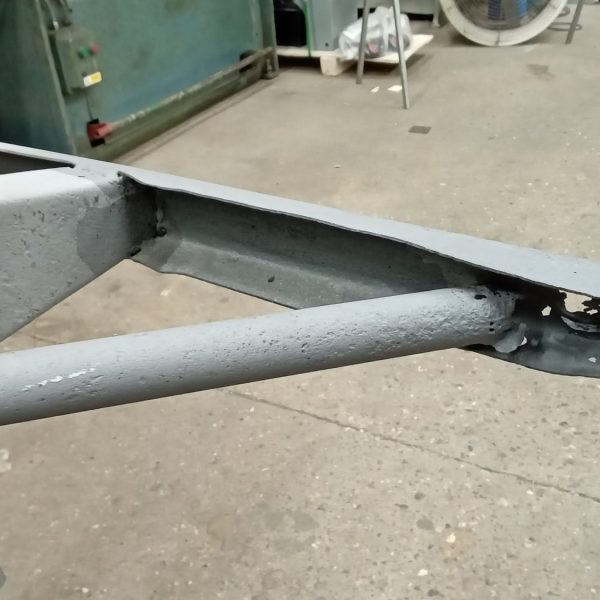

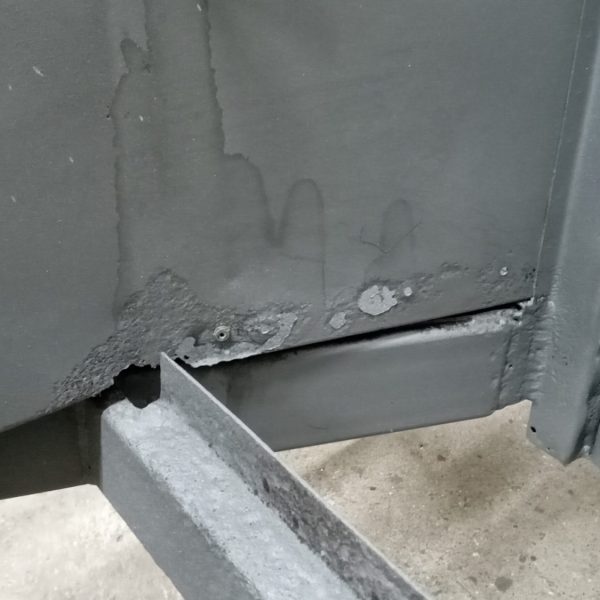
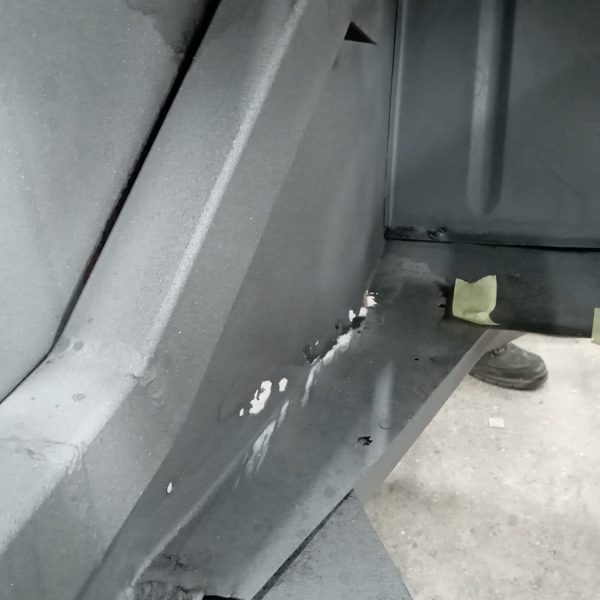
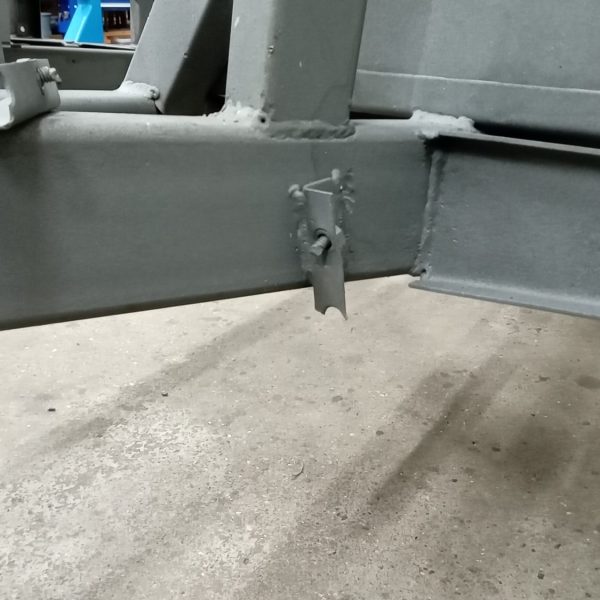
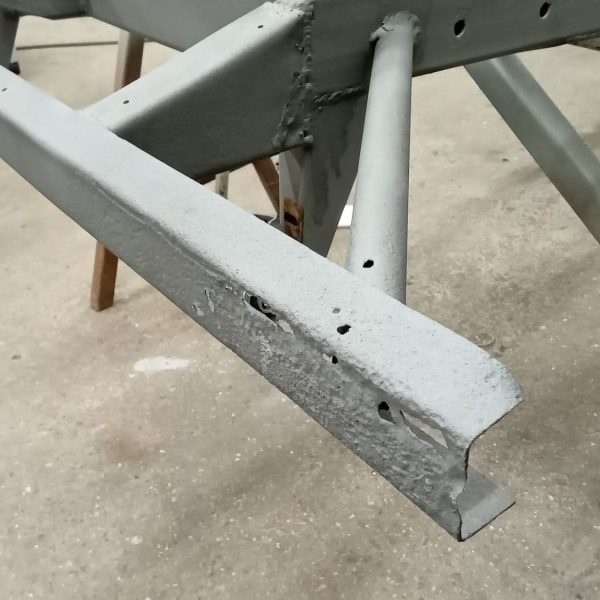







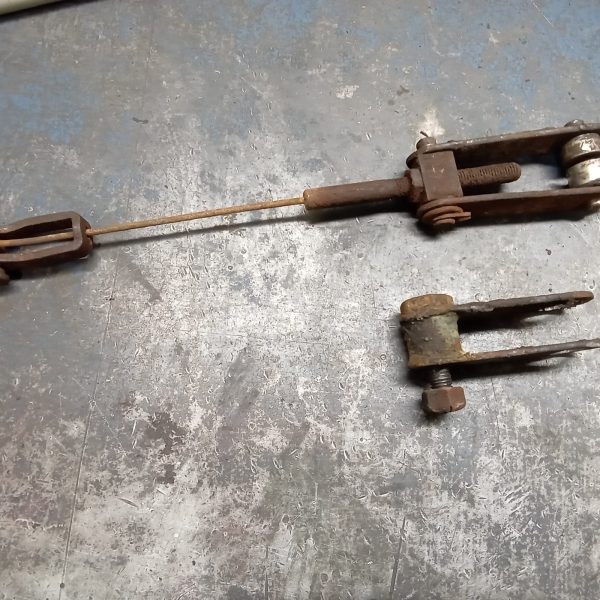
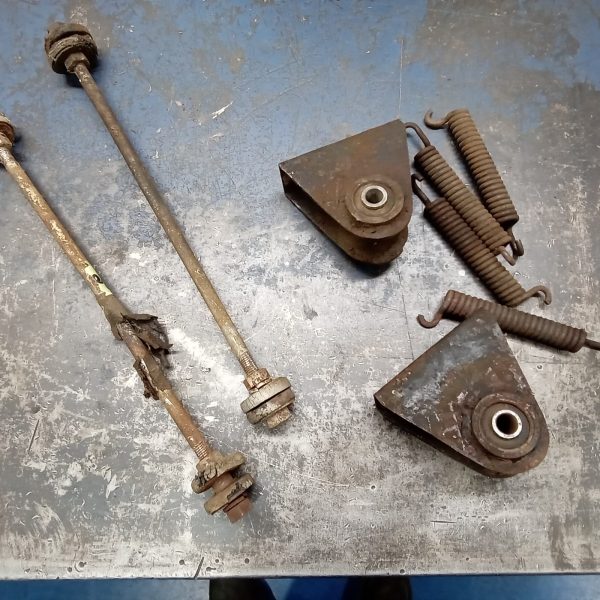


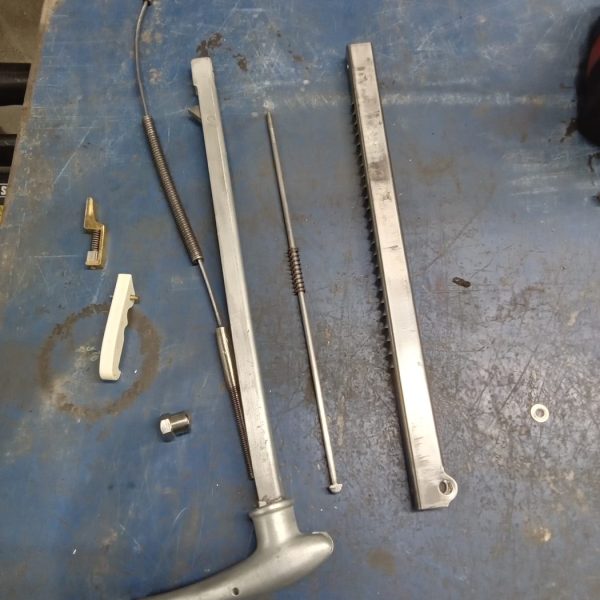
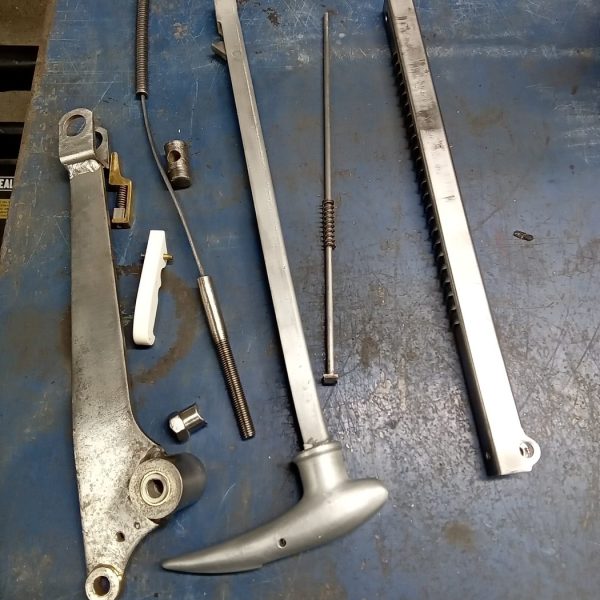

Lydia has been using various grit of sandpaper to clean off the paint from the bonnet of our 1951 Austin Devon Pickup. Some areas of the sides had a lot of filler in or had been lead-loaded. Various sections of surface rust and pitting are present too.
Various parts of our classic Devon have been painted black as well.
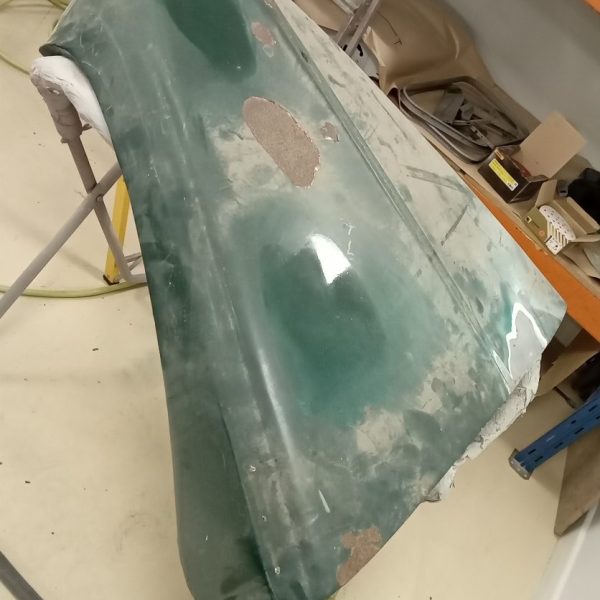


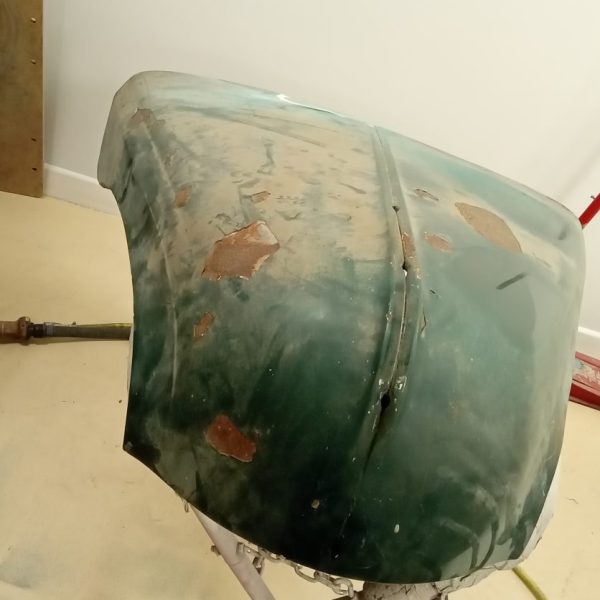
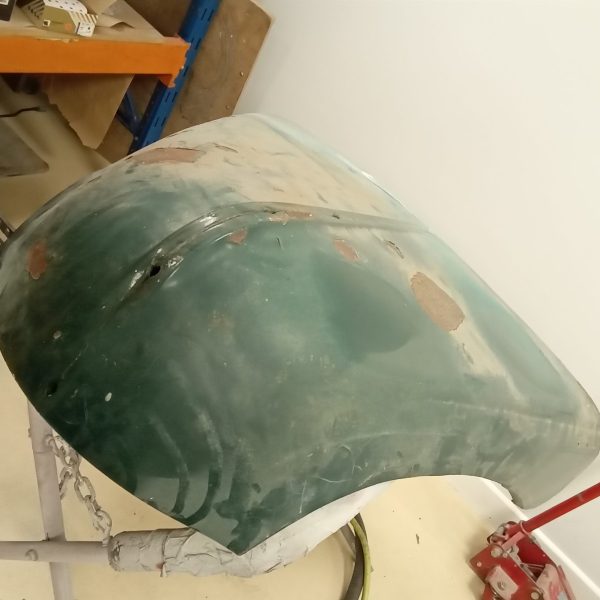
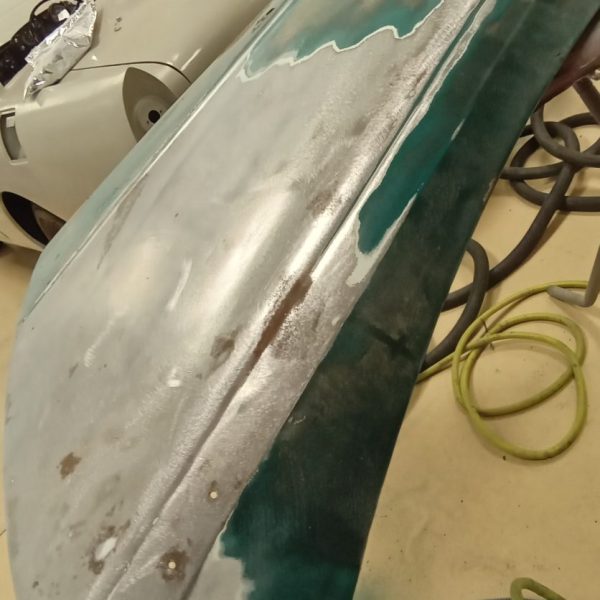
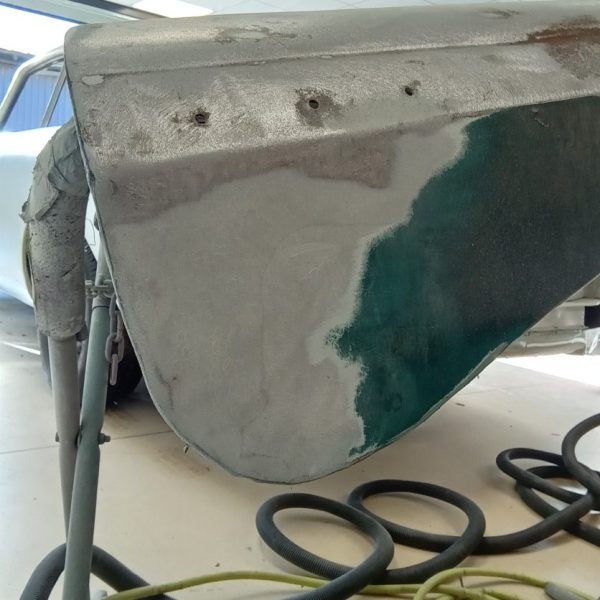
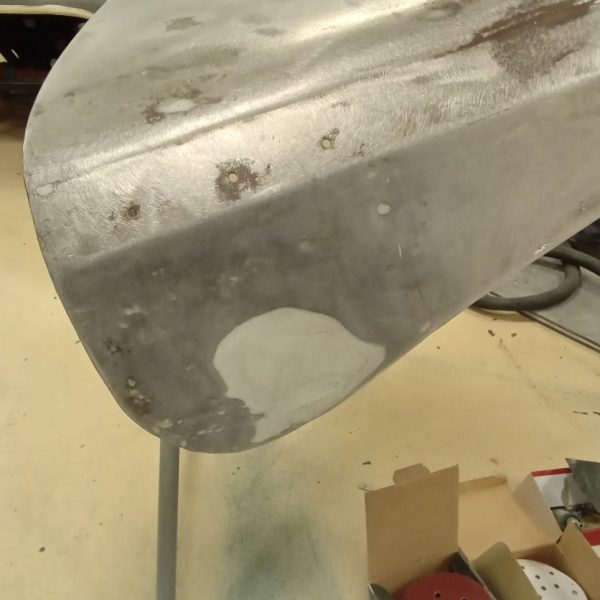
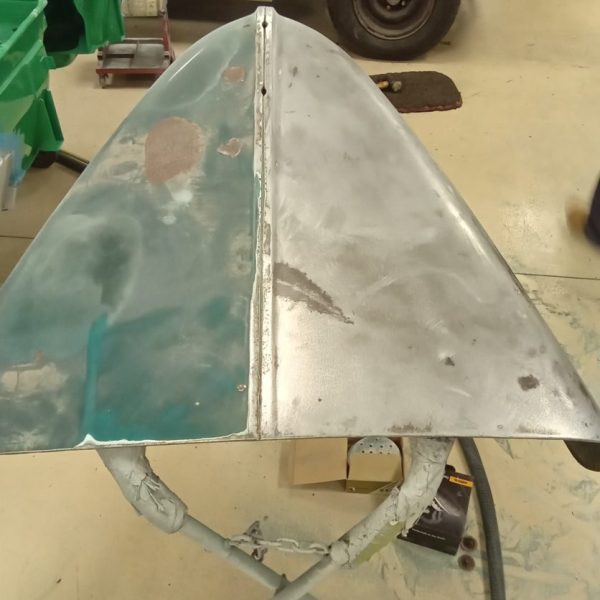
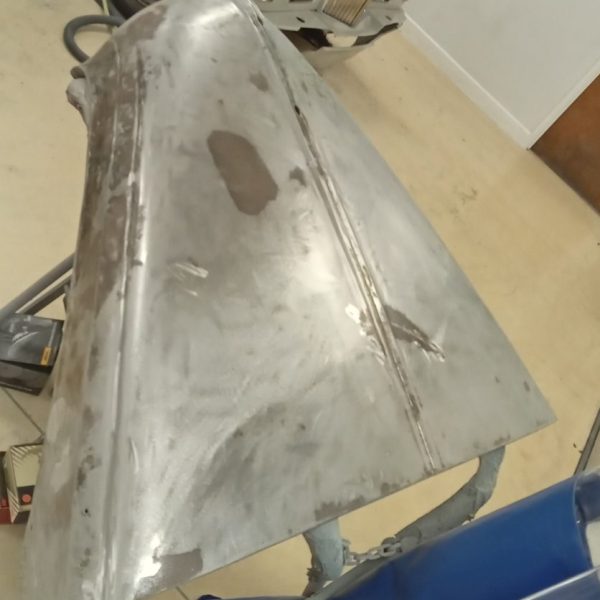

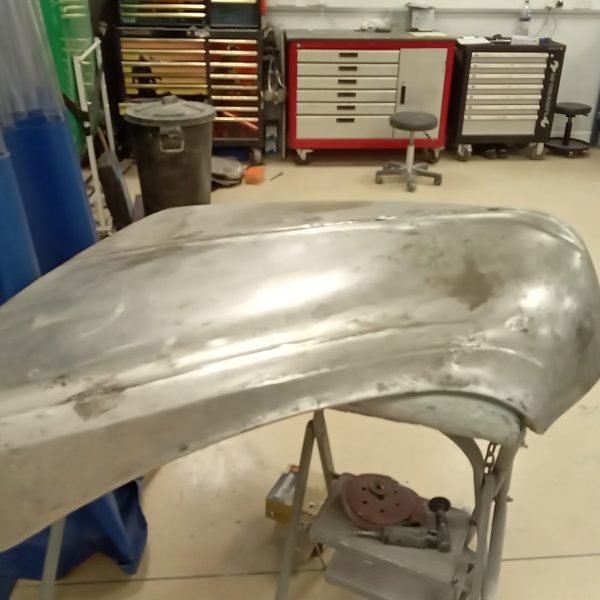


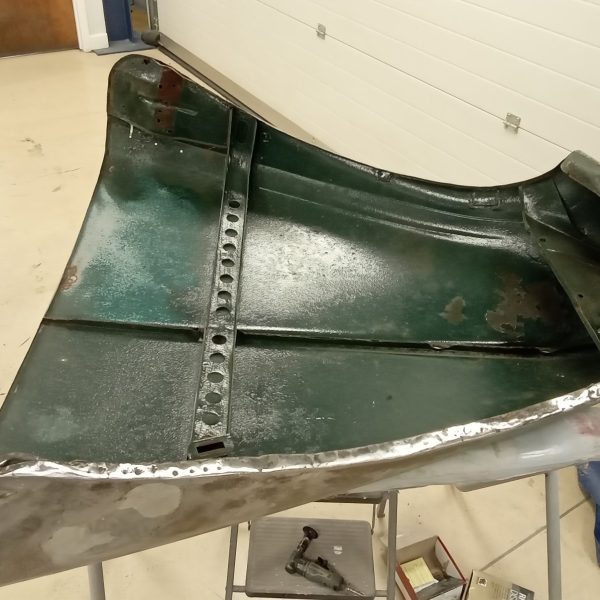

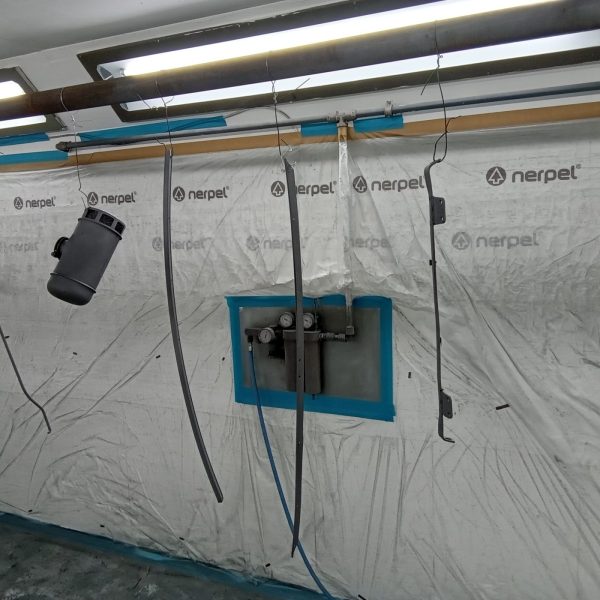
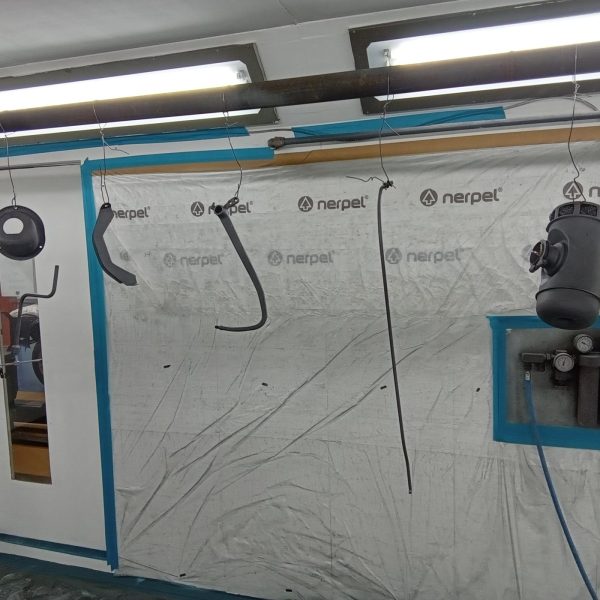




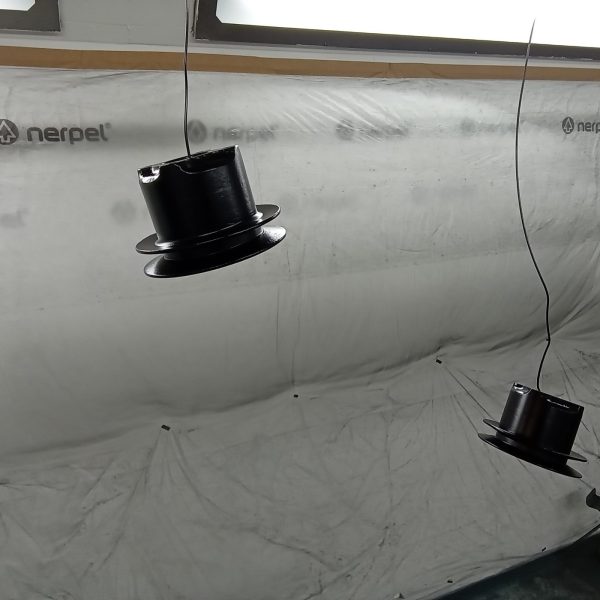
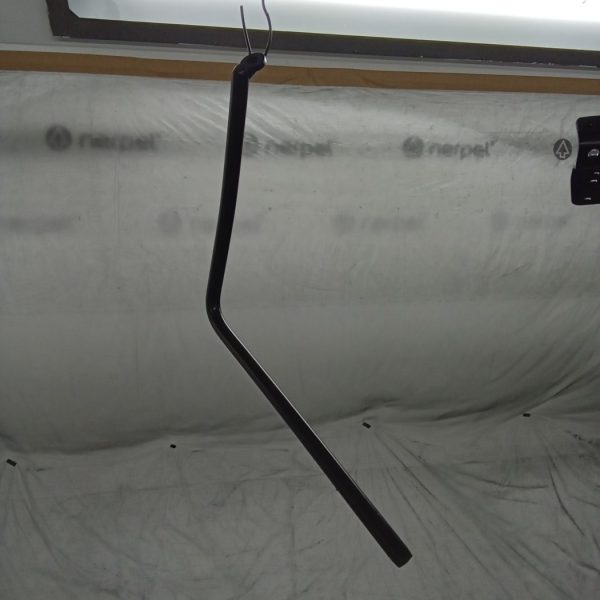


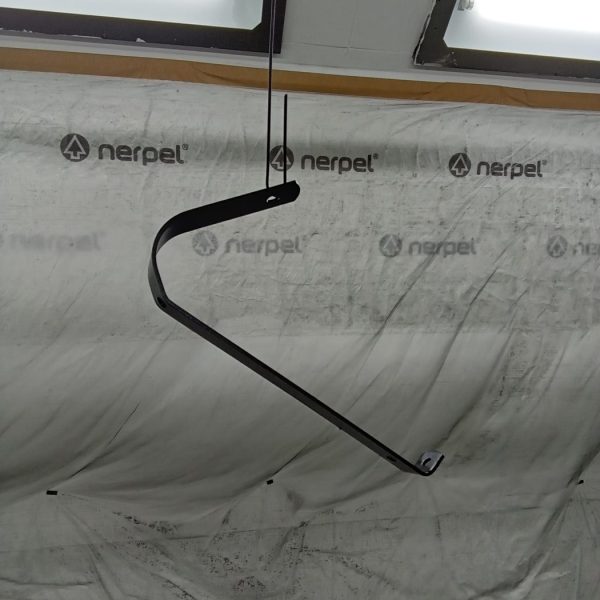


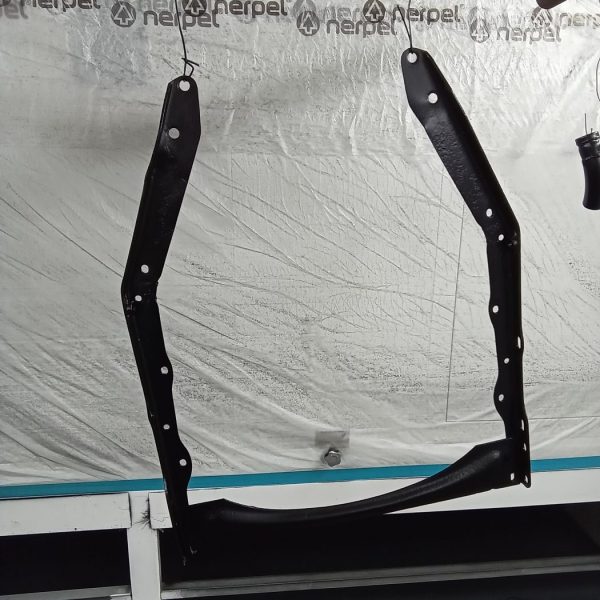
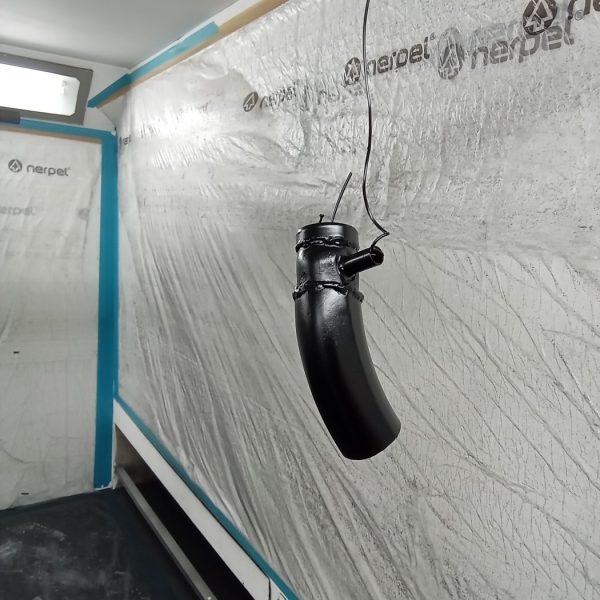



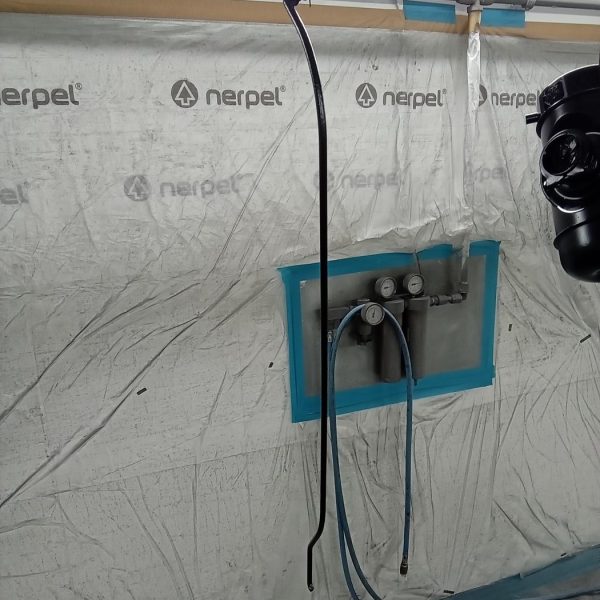


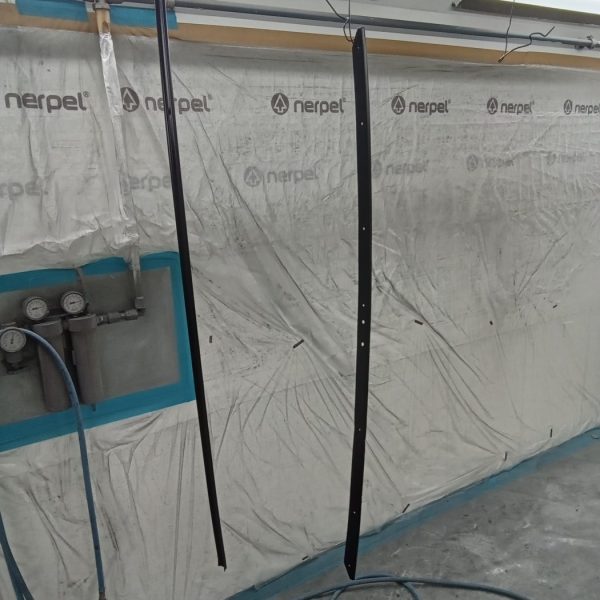
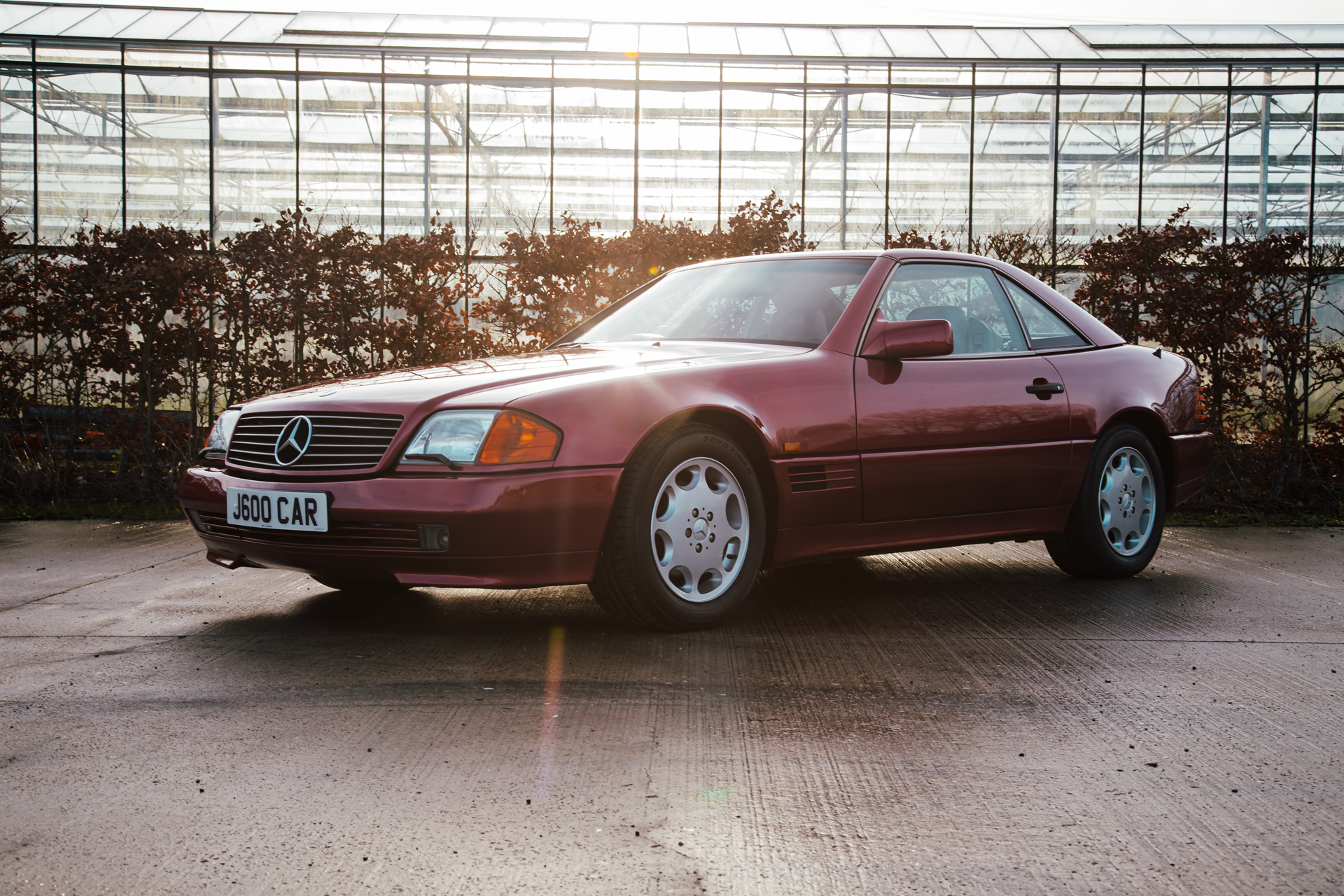
The letters SL have served as moniker for fast, stylish and sophisticated Mercedes Benz 2-door sports cars for nearly 70 years. From its earliest days connected to the legendary 300SL ‘Gullwing’ of the mid-1950s all the way up until the latest generation.
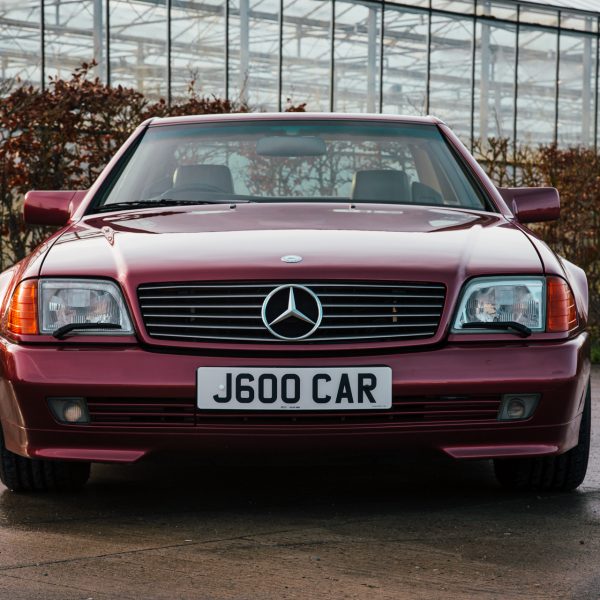
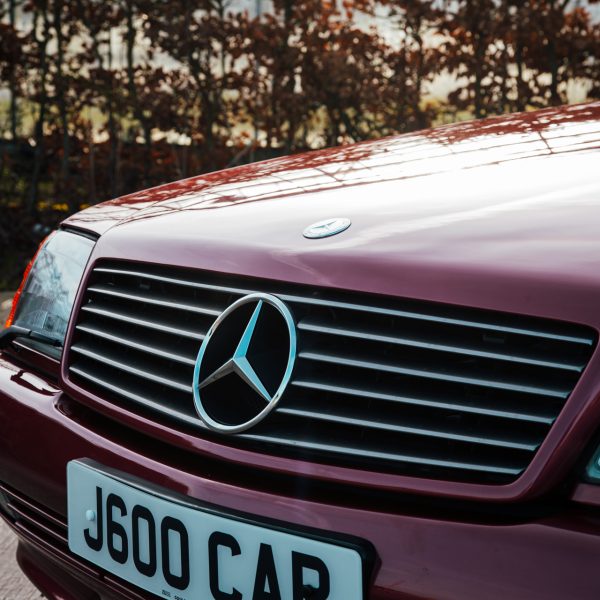
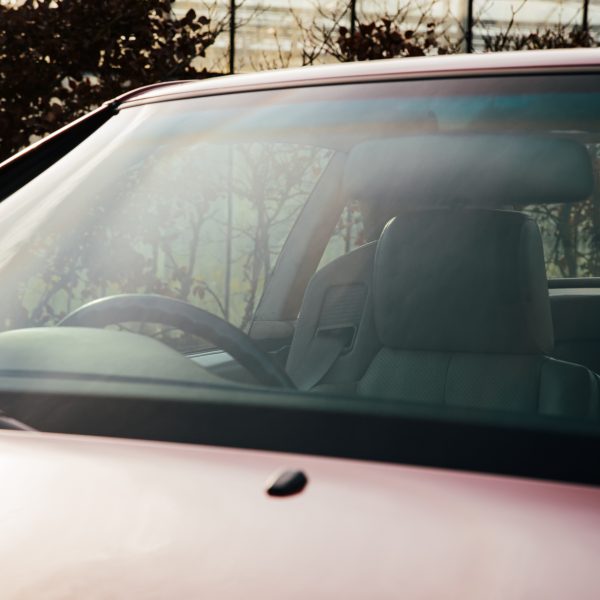
The 4th generation of the long-legged ‘bahn-stormer’ was the R129. A car which became a posterchild for the decade of luxury and decadence – Just like this one, our 1992 Mercedes 300SL.

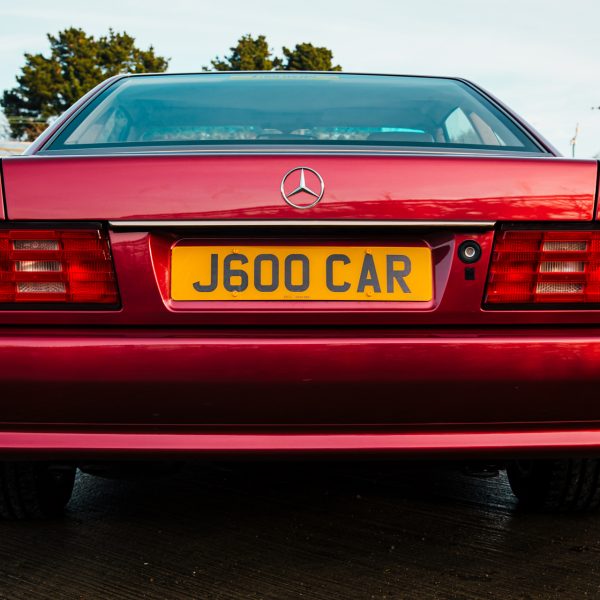

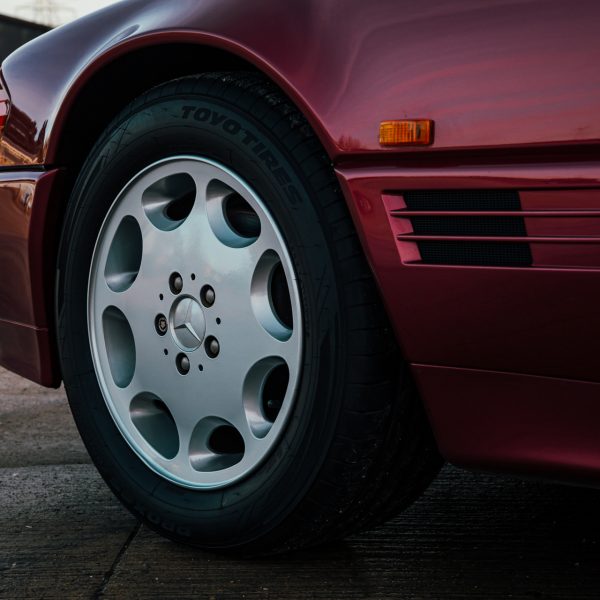
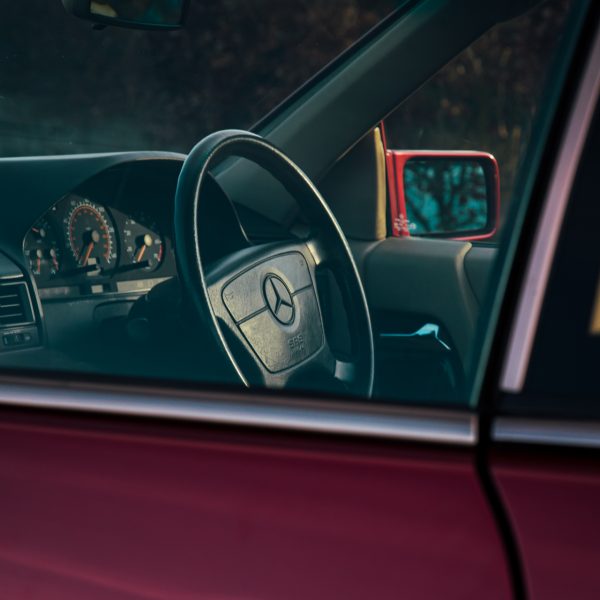
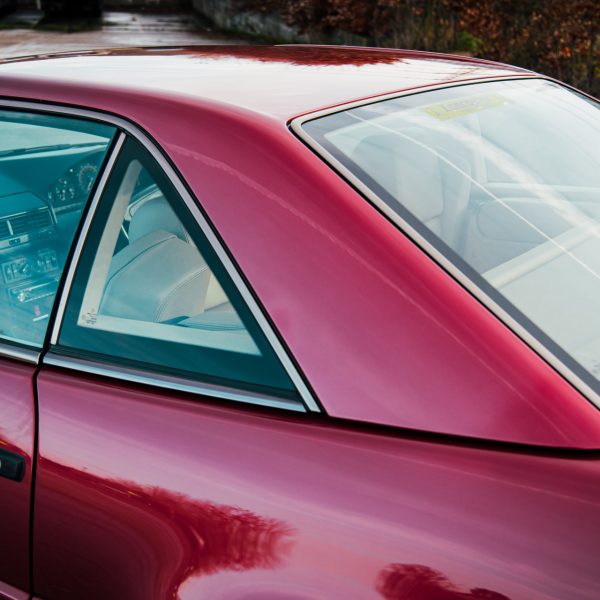
In a beautiful combination of maroon over a beige leather cabin, and removable hardtop, our R129 would bring in a new era of stylish at Mercedes with its angular and sleek modern look.
With its elegant looks, our 1992 300SL is fitted with the classic 3-litre Mercedes straight-six engine working alongside its smooth automatic gearbox to get this 2-door roadster up to an effortless pace.


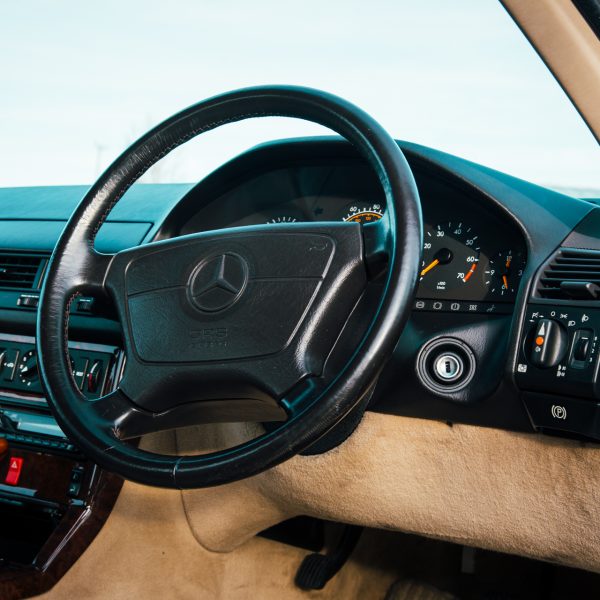

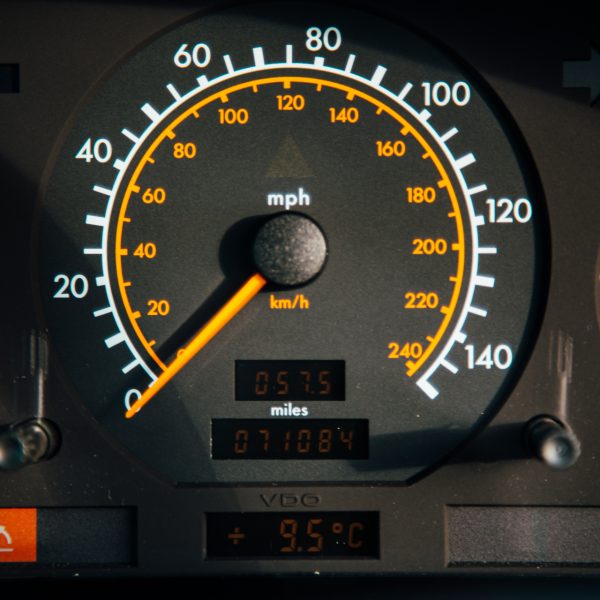
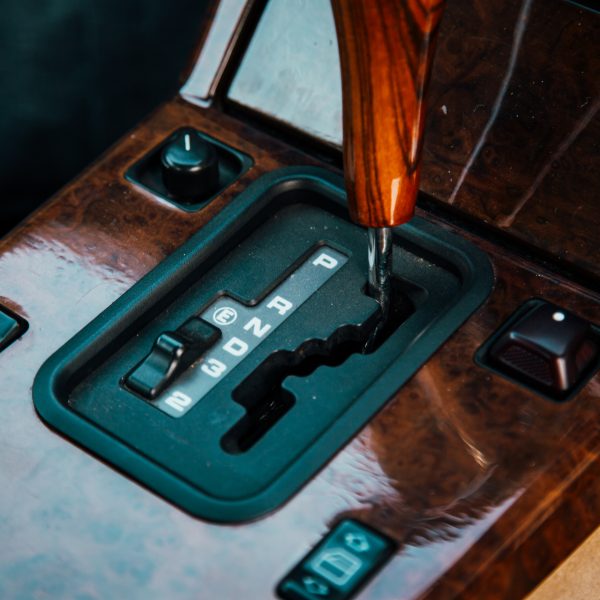
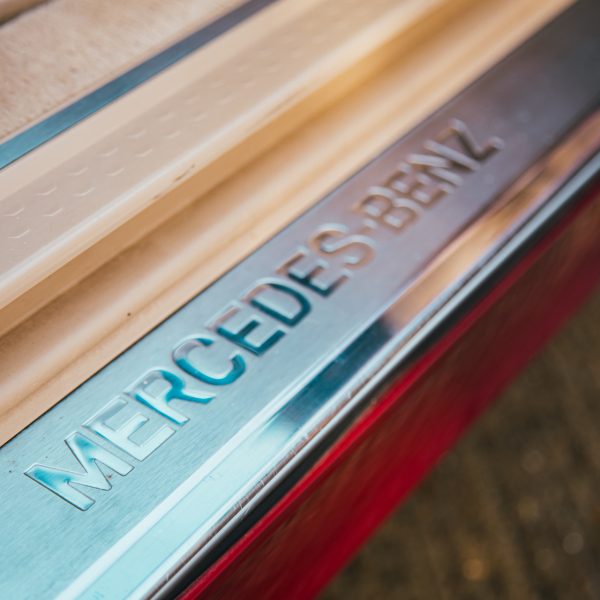
Included in the cars history folder are several recent invoices to do with the upkeep and maintenance of this beautiful 1990s GT car.
Bridge Classic Cars Competitions wants to put you in the driver’s seat as the open road stretches out in front of you by winning our 1992 Mercedes 300SL.

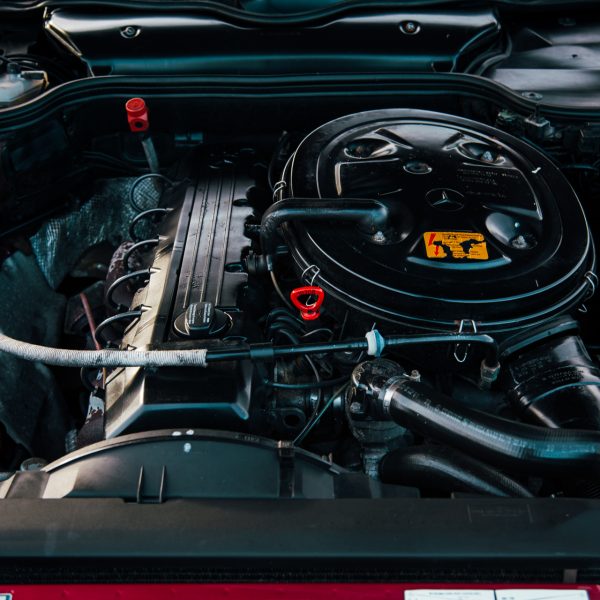


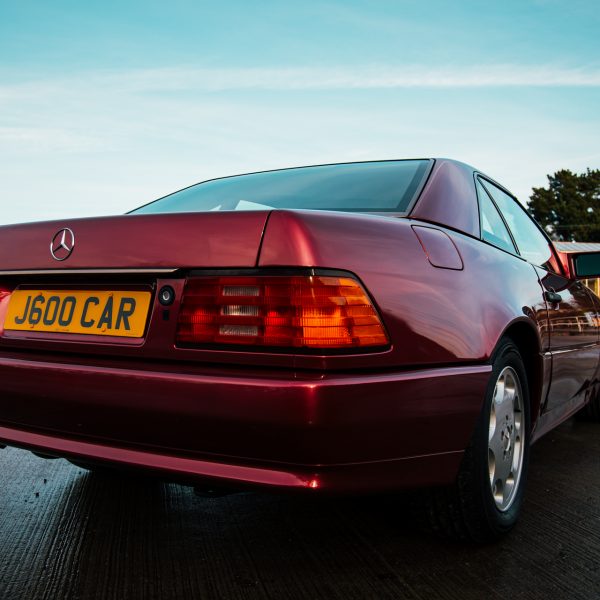

This is the story of Chris Owen and his 1937 Austin Ten Cambridge, known as Harriet, told in Chris’s own words.
“My first car was a 1937 Austin Ten Cambridge (reg. EP6915) that I bought from its first owner who lived at Maesmawr, outside Welshpool in Mid Wales, in 1966. Even in those days, Mrs. Harriet Lloyd-Jones lived simply in her house which had no electricity or running water. I don’t think she had used the car for quite some time and it was kept in an old stable block (a bird dropping on the bonnet of the car had eaten through the paintwork to the bare metal below many years earlier!). Mrs. Lloyd-Jones had been a Justice of the Peace and she had used the car mainly for those short journeys into Welshpool, about 7 miles away.
That she loved her car was undoubted but it was her ‘workhorse’ (even today the remains of her Hanson cab can just be seen in the undergrowth in her garden). Over the years since she had bought the car new in 1937, manure on the country lanes had eaten through the front wings of the car for two or three feet above the running boards. The rot on both front wings had been patched up with aluminium sheets riveted to the wings. In time those aluminium sheets too had rotted, but it was after the War and there would have been a scarcity of new parts. The rotted aluminium patches were still on the car when I bought it from Mrs Lloyd-Jones in 1966 – for £5. That probably seems remarkably cheap today but in those days it was common for many a ‘runner’ to be bought for between £5 – £30.
I promised Mrs Lloyd-Jones that I would look after her car and give it a good home. She had given me instructions about looking after it – at the end of each journey she would drain the radiator, and before her next ‘outing’ she would pump up water from the well, heat it and then refill the radiator. She used to keep hot water bottles on the seats during the Winter months to keep them aired! With two dear friends, Jim Sayce (Leighton) & Mike Roberts (Trelydan), we prepared the car for starting. The two original 6v batteries (under the front seats) were flat so we had to use a 12v battery standing on the running board and tow the car down the lanes before she would start.
Over the following thirteen years, I used the car almost every day and ‘the old lady’ proved to be a most comfortable and reliable car – and she was great fun to drive! The large sliding sunroof was open most of the time and the windscreen wound wide open. Even in the 60s in Mid Wales it was not uncommon to encounter thick fog in the Winter months, but with the windscreen wide open I could see and hear much better – even if any passenger with me was not quite so appreciative!
I covered thousands of miles over those years with trips up to Scotland and on to the Isles. In all that time the most serious breakdown was when the crankshaft broke going up a steep hill (the other side of Wrexham), and twice when driving the car too fast – the valve pins shot out! I remember taking two bank colleagues up to Durham university for a course; three of us travelling in the car with all our luggage for the week and the speedometer clocking 72 mph on the A1 going North! Wonderful fun!
Driving the car soon became as easy as driving a ‘modern’ car in those days although with the Austin’s weight and a 10hp side-valve engine, acceleration was a bit slower, but in other respects the car was very nippy. She was fitted with Girling rod brakes which were extremely efficient; by tweaking the adjuster on each wheel every two or three weeks, her braking power was kept in tip top condition.
The car was very well looked after and I was able to have the front wings replaced with brand new ones that I obtained from Christleton Motors in Chester (sadly now long gone). With driving the car every day I very quickly became fully attuned to every sound from the engine. Any new noise under the chassis or from the engine compartment would get immediate attention, but it was just a sheer delight listening to the engine working well. I checked the tyre pressures regularly of course, but I became so much a ‘part’ of the car myself I could tell immediately if one tyre was even just a lb. down in pressure.



Sometime in the early 1970s, after I was transferred to Chester, Lloyds bank sent me to Liverpool to its then Overseas Branch for several weeks’ experience. Although my father had worked in Liverpool in marine insurance, I didn’t know the city at all; nor did I know any of the staff in the bank there. One day I was talking to a colleague working there, Bill Osborne, about some overseas work we used to do for a corporate customer in Welshpool. Bill was surprised that I had worked in Welshpool and then he told me he had been evacuated there during the War with his two brothers – but they had stayed in a tiny place outside Welshpool called Maesmawr. I just looked at him in surprise and told him that’s where my old Austin had come from. “EP6915?” he asked me!! I almost fell off my high stool in shock. The brothers stayed with Mrs. Lloyd-Jones for 4½ years and the three young lads shared a big double bed. The car was still quite new in those days and every year, by saving up her petrol coupons, Mrs Lloyd-Jones could take the boys out for the day to Aberystwyth and then stopping at Borth for a swim. Bill told me that coming back over Plinlimon at night, it was cold and the three boys shared a brown rug to put over their knees. All these years later and that same brown rug is still with the car!
In the late 70s, I could see banking was changing and my own life was changing too. I had heard about Operation Drake, the two-year, around-the-world expedition – and eventually I was offered a place on the directing staff for the Indonesian phase. The bank exceptionally gave me unpaid leave of absence. I needed to fund my place on the expedition so I sold my home and bought a smaller property that would need renovating on my return. My much-loved Austin went to a friend in North Wales who intended to do some work on it.
By the time I returned from Indonesia and had done some work in the Old War Office where the expedition had its headquarters, I had decided not to resume my old career. My working life changed and I was involved for two years in setting up a registered conservation charity covering Cheshire. After my two-year contract expired, I had a long spell in local government – controlling departmental budgets but mainly doing rural and urban trees & hedgerows conservation work. Probably I would have been better off financially staying in banking but my new work was much more satisfying!
Eventually, I was thrilled to hear that the Austin was coming back to me. However, although I knew that my friend had had the car standing outside in the open for more than five years, I was not prepared for the shock when she arrived back in Chester on a trailer. Not only had he had almost completely stripped the car down but rot had accelerated throughout the car. It was an heartbreaking sight and I had tears in my eyes when I saw her. We managed to push the car into a lock-up garage where she would have to stay for several years. I could see from her sorry state that she would require a full major restoration – work far beyond anything I was capable of doing – even if I had a workshop. My hopes of being able to run her again in the foreseeable future were well and truly dashed.
After I retired, early in 2014 I finally bit the bullet and the old Austin went to a wonderful firm of restorers – Trevor Farrington and his team outside Knutsford in Cheshire. Trevor has a wonderful reputation and a very skilled workforce. Even they were shocked at the state of the car when they started work on its restoration and I was told later it had only just been restorable. My heart sank.

Shortly before the car went off for restoration, I had written to Jay Leno and sent him a copy of the Austin’s history thinking he might be interested in reading about the ‘old girl’. Time went by and I think I had even forgotten that I had written to him. Late one morning I popped out for a few minutes to a local store. When I returned, the telephone light was flashing – it was a very kind and most supportive message from Jay Leno who phoned me from California! He didn’t leave a phone number and sadly I haven’t been able to make contact with him since. A shame, because he doesn’t know that the car’s restoration was subsequently started, and I am sure he would be most interested to learn about another remarkable coincidence with the car – a connection with California!
The Austin’s chassis was in remarkably good condition and needed very little doing to it. The same could not be said of the bodywork. The team set to and many, many hours of work went into replacing rusted parts and Trevor’s men made a remarkable job of restoring the body shell. When it was finally painted, the transformation was simply incredible – and the paintwork today is probably even better than when Mrs Lloyd-Jones collected the car from Longbridge in early June, 1937. Sadly, by then I had spent some £30k, all my capital, on the restoration and the work has had to stop. My family almost had me certified and it was a long, long time before they spoke to me again!
One day in the Summer of 2015, while the Austin was still at Trevor’s workshops, Trevor telephoned me to say that he had received an e-mail for me and could he send it on to me? It seemed odd. Apparently, the writer had read a ‘blog’ about Harriet’s story that had been published by my ‘modern’ car’s breakdown company, StartRescue (never having even seen a ‘blog’, I had almost immediately put it out of my mind!). The writer was a chap called Bernie Griffiths who has lived and worked in California for close on 40 years now . . . . and who turns out to be the great-nephew of the car’s original owner in Mid-Wales, Mrs. Harriet Lloyd-Jones! I was completely in shock at that news!
Subsequently, I was able to meet Bernie when he came over with his son to see his very elderly father (who died a few months later). Bernie’s father was well enough then to travel by car from the Midlands, so I arranged to meet Bernie, his father and some of the family for a light lunch one day before going on to Trevor Farrington’s to view the newly painted body shell. The old man hadn’t seen his aunt’s car since the early 1960s!
My family think I am completely ‘nuts’ for spending all my money on an ‘old car’ that probably will never be worth a fraction of the restoration costs, but then they have never experienced the joys and thrills of driving a pre-war car on the open road. Such an experience, to me, is absolutely priceless and in my eyes my much-loved, humble Austin is as precious to me as any fine Bugatti or handsome 1920s Bentley!
Unable now to complete Harriet’s restoration, and as I am creeping towards 75, I can feel my dream of being able to use her once more as my everyday car, is slipping away. It might well cost another £20-£30k to have the ‘old girl’ finally restored, but after all her extraordinary history I could not bear to part with her now. For the time being Harriet slumbers on inside a warm and secure shippon just a few miles outside Chester.”
If you have memories of a special vehicle, we’d love to share them. Simply email rob@bridgeclassiccars.co.uk with some photos and why your vehicle means so much to you.
We have recently welcomed back the 1964 Daimler 250 V8. After under going restoration/recommissioning by ourselves last year, the car was given back to its owner to be enjoyed and used – the car was then brought back to ourselves to be put into winter storage, something many of our customers ask us to do.

With that, we were tasked with looking into a slight leak from underneath the 1960s V8 saloon car.
Our technician James was tasked with tracking down the cause of the leak and at the same time, nut and bolt checking the underside of the car to make sure everything was all ok. During the inspection, James found several fluid leaks on the car, mainly from the power steering pump. To confirm this, the team have cleaned down the area surrounding the connections to power steering pump to allow for a clean environment to look closer and find out specifically where the leak is coming from.

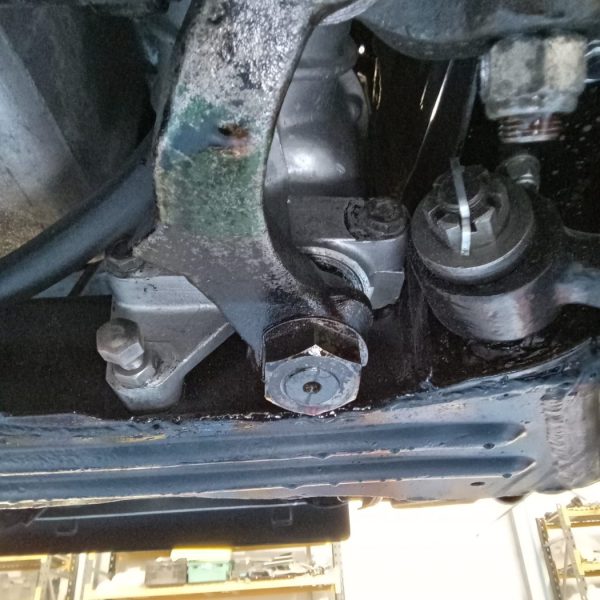
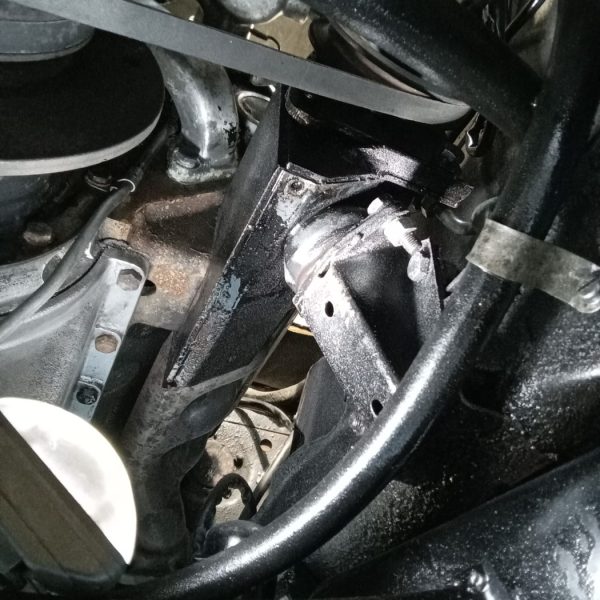

Along with that, they did notice a very small weep from the back of the engine sump and have also thoroughly cleaned that down to investigate into this area further and pinpoint the area which needs attention.


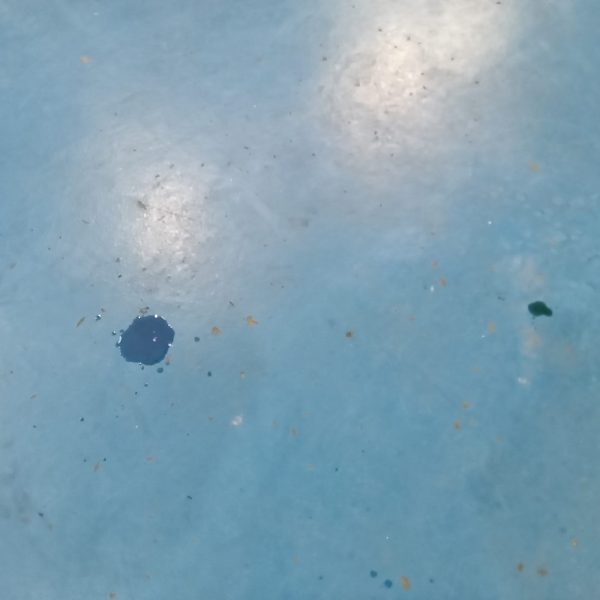
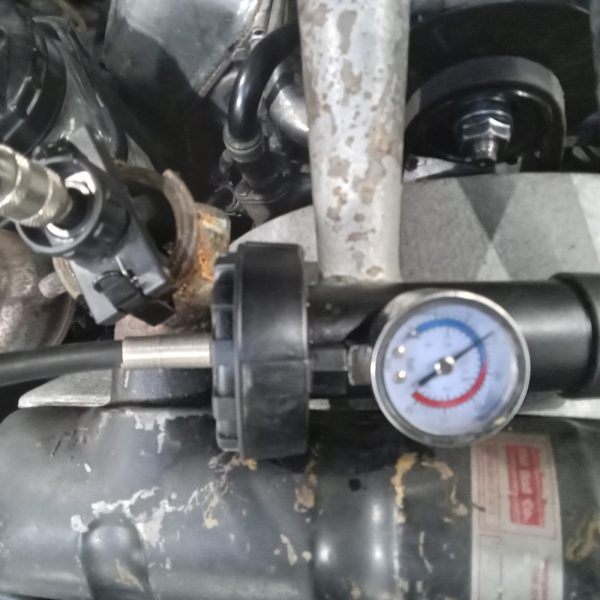
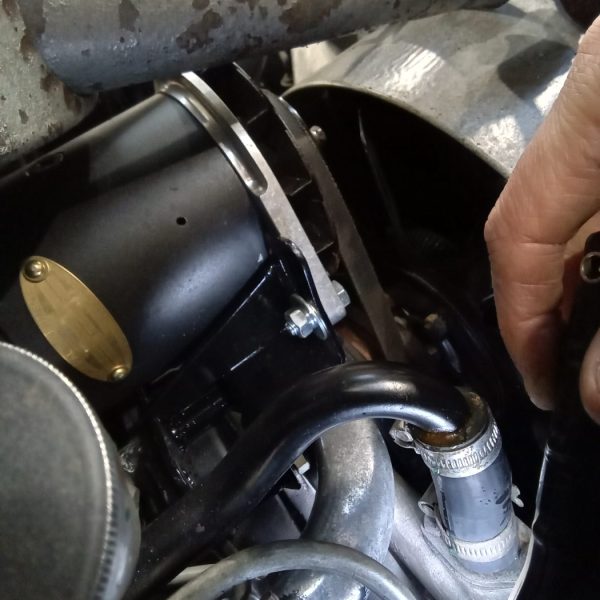
Over the last few days, the workshop team have been completing some final checks and road testing our 1955 Aston Martin DB2/4 in readiness for completion and hand back to the customer.
The lights have been checked and set, all levels checked and topped up, and road tested with small adjustments and checks each time. Technician James fixed a small fuel leak on one of the carburettors, checked all the bolts for tightness, and removed the speedo head for calibration to ensure its accuracy.
The bump stops for the bonnet have been renewed and the brakes re-adjusted after bedding them in.

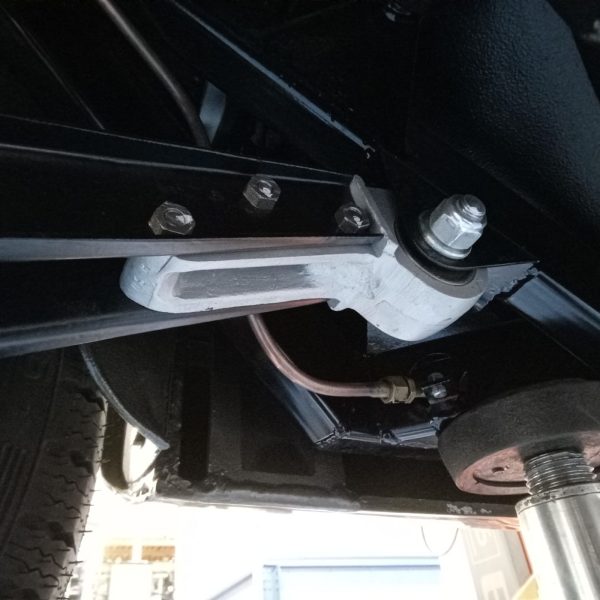

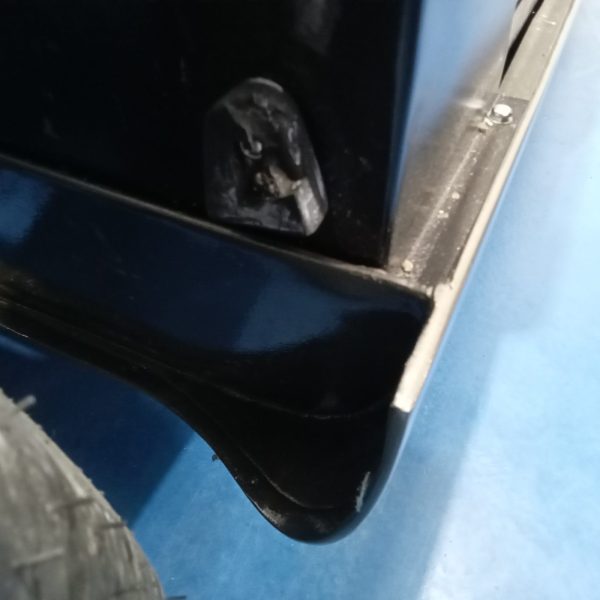

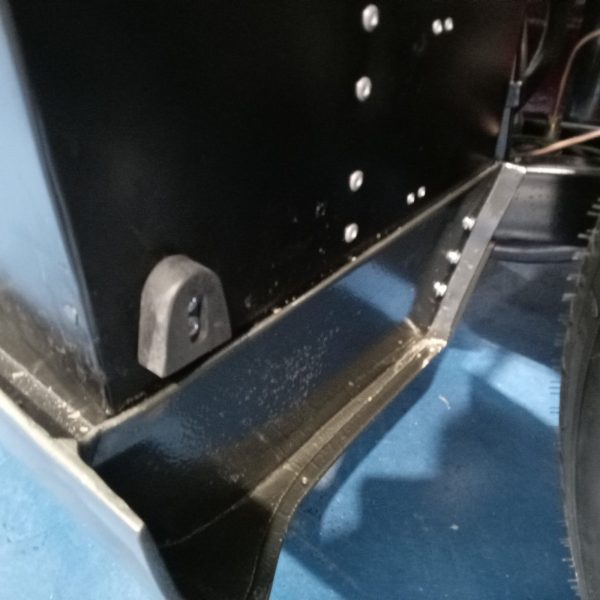
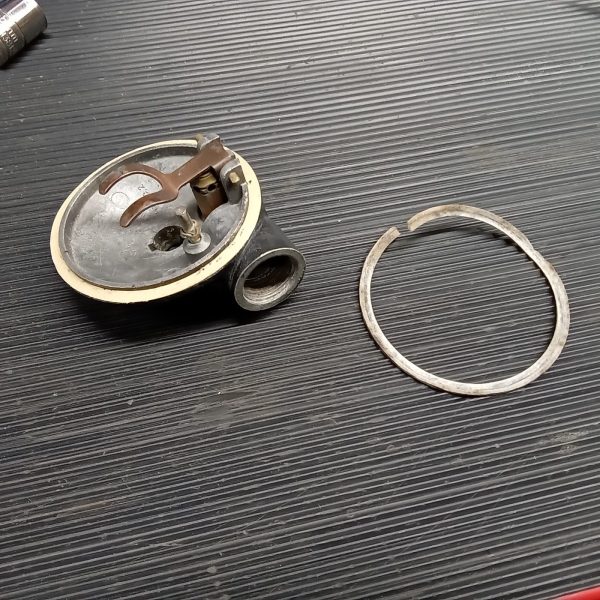
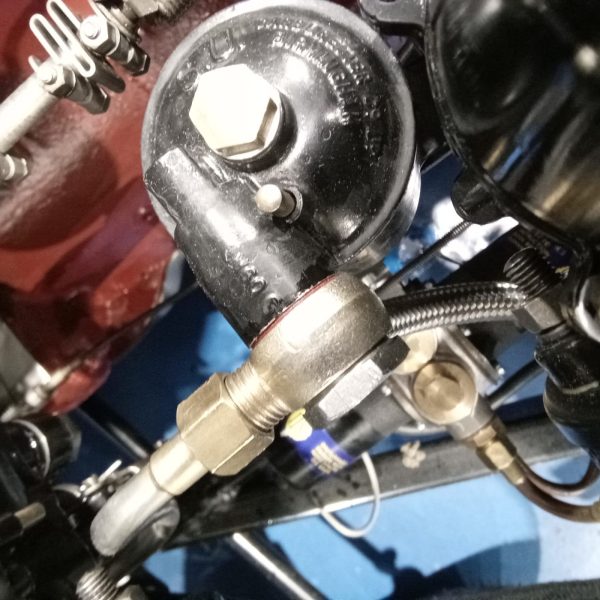

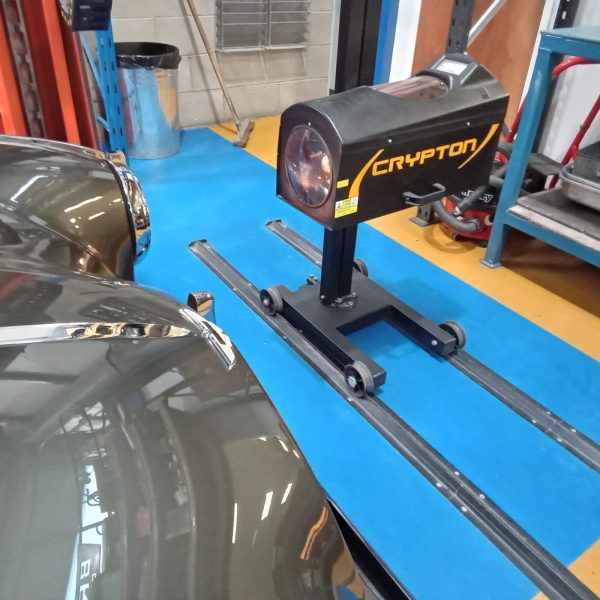
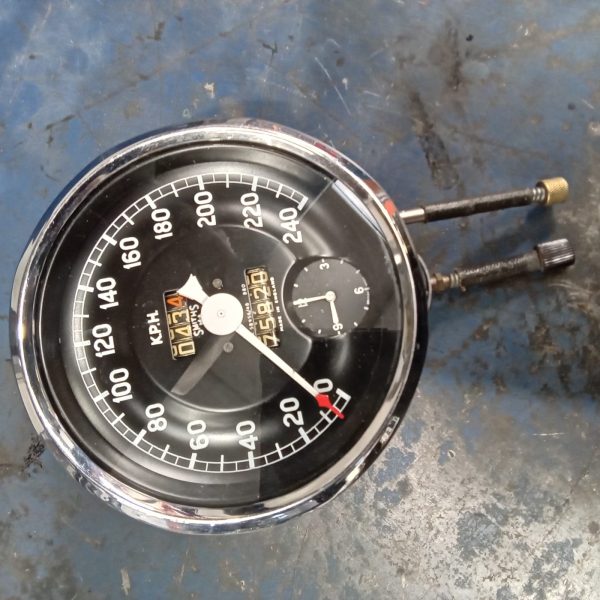
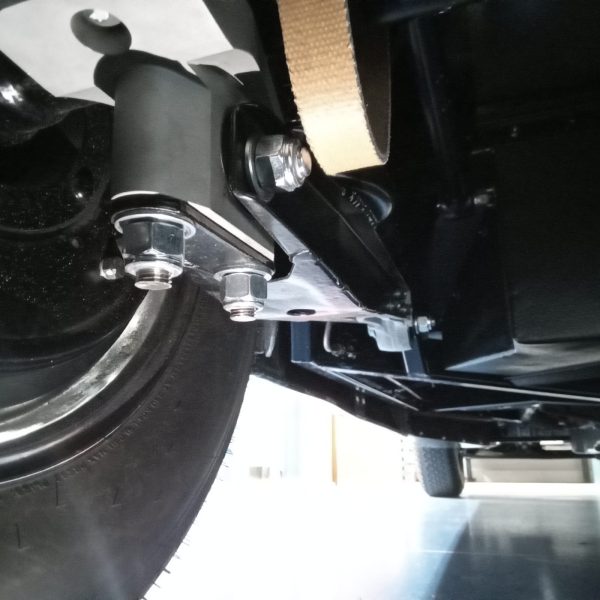
The paint and body team at our Suffolk HQ have been methodically working on separating the body from the frame of our 1975 AC Cobra Replica.
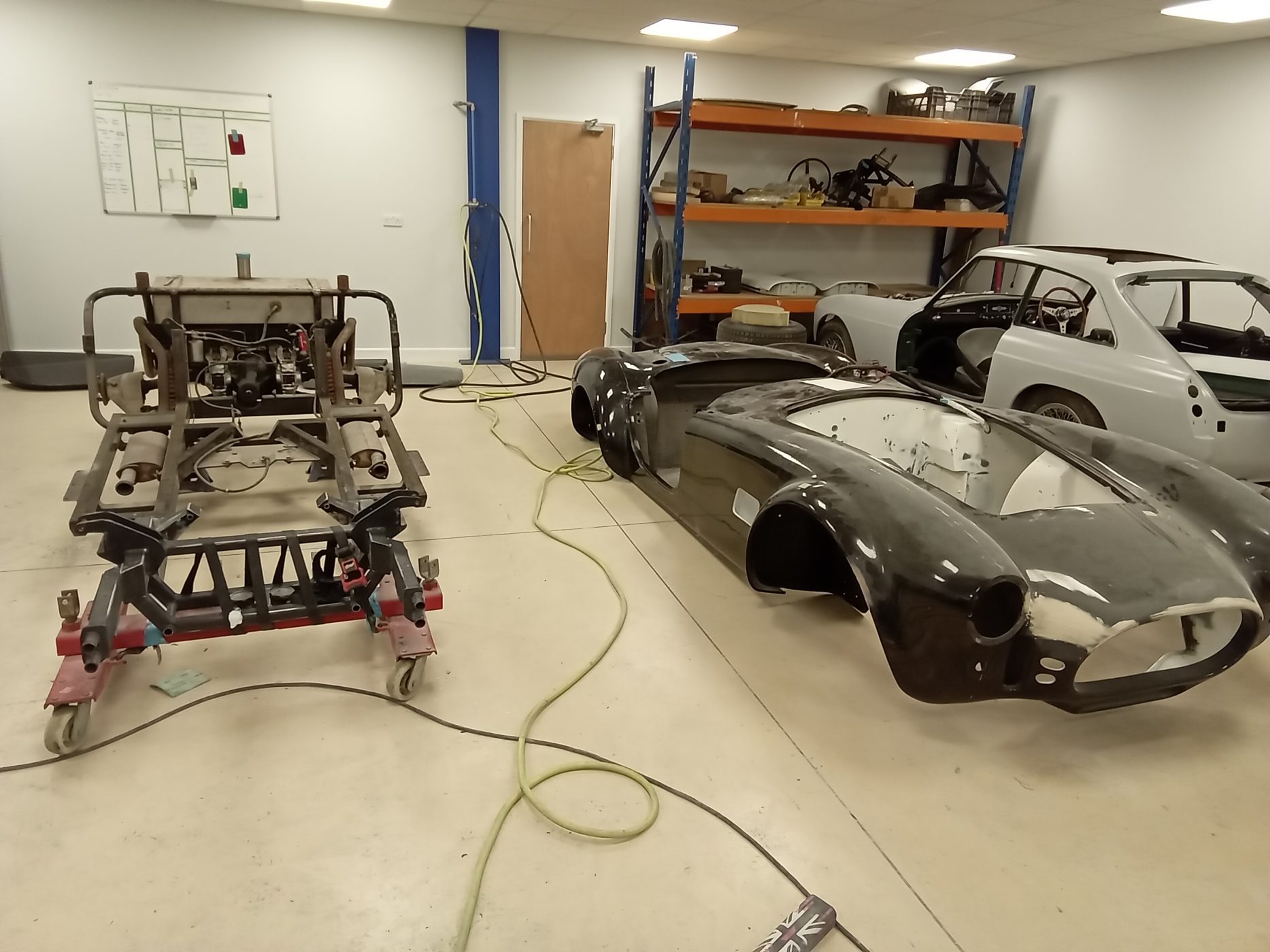
The team have to be incredibly careful with this process on any car, but cars with fibreglass bodies take extra attention due to the nature of the material snapping/shattering if bound up on any fixings. With this in mind, our technician Mauro went through every inch of the car to make sure that nothing was still connected before a team of technicians separated the body from the frame of the famous replica roadster.
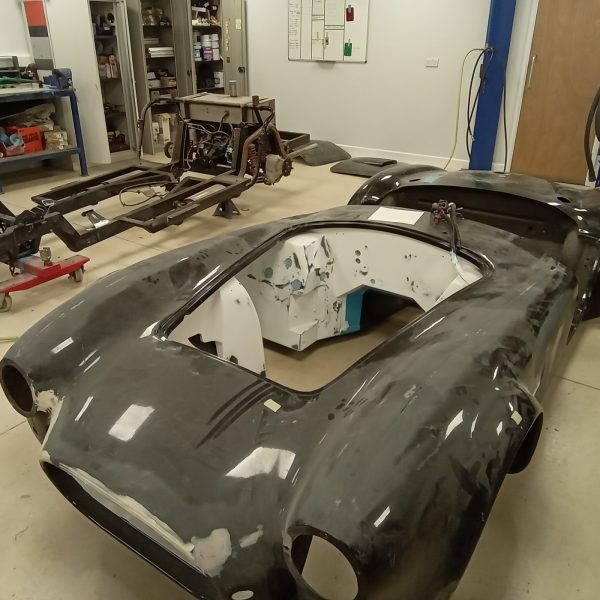

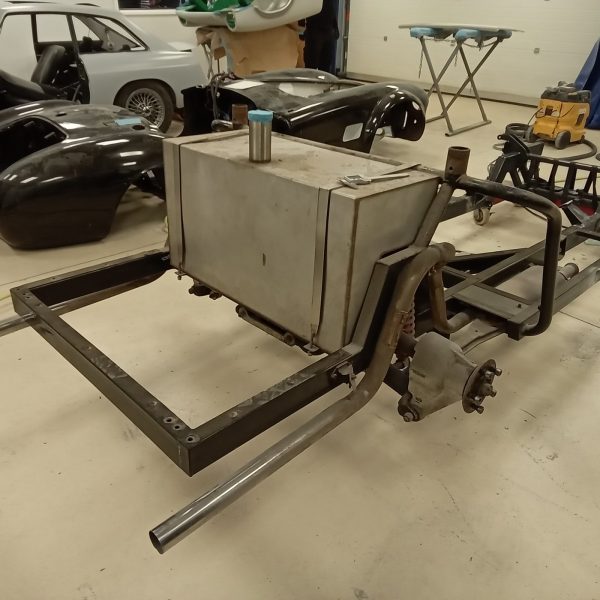
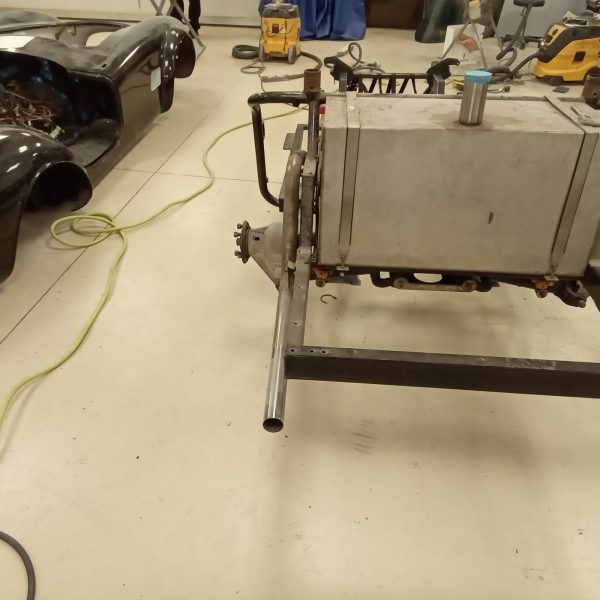
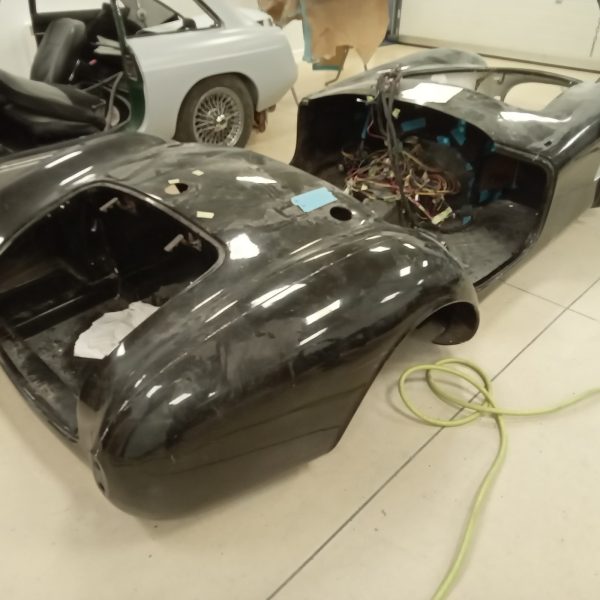


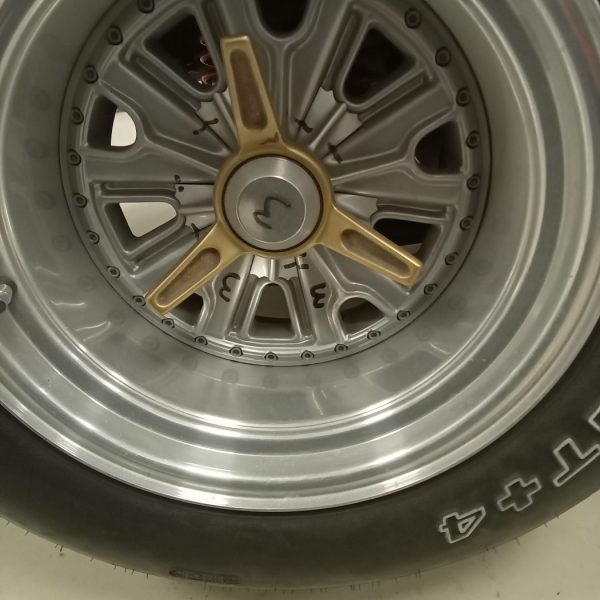
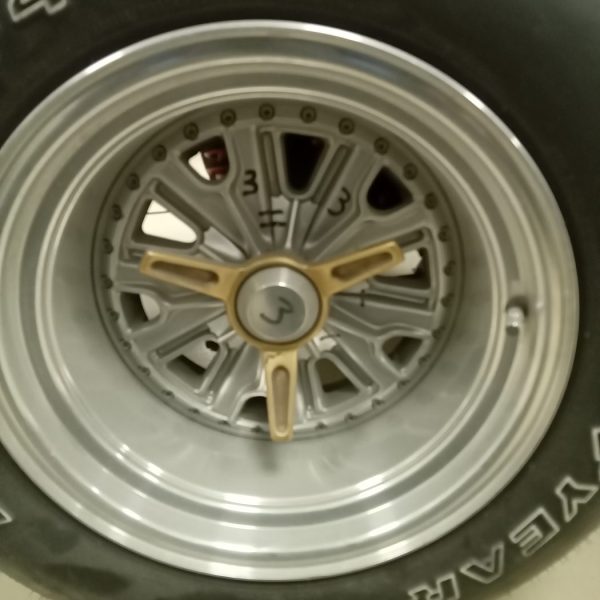
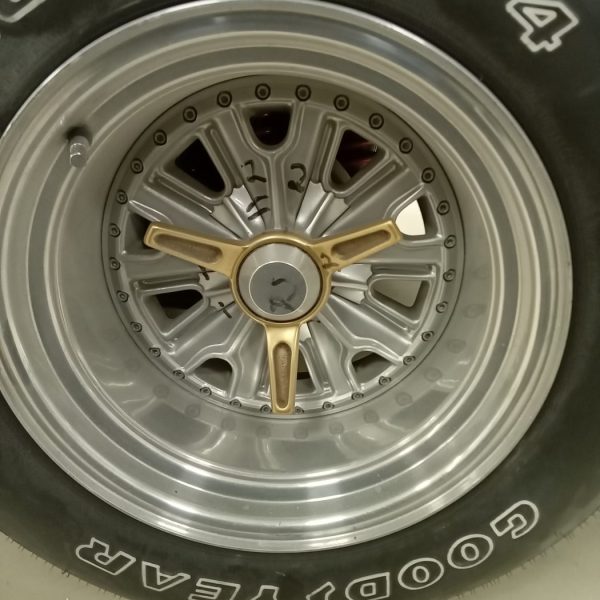
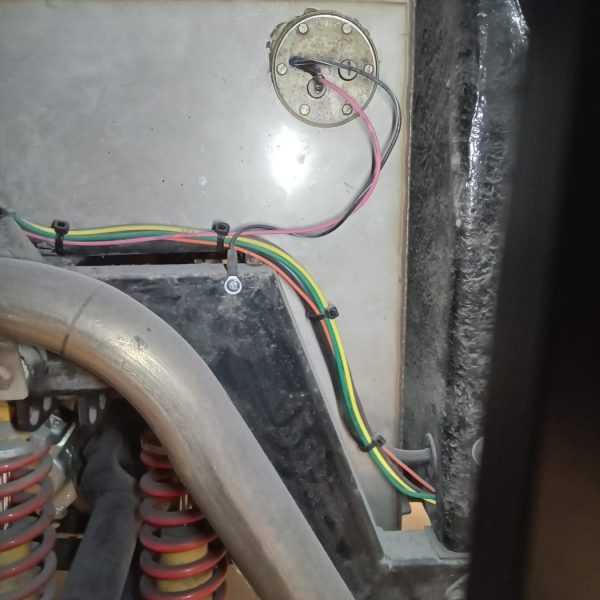
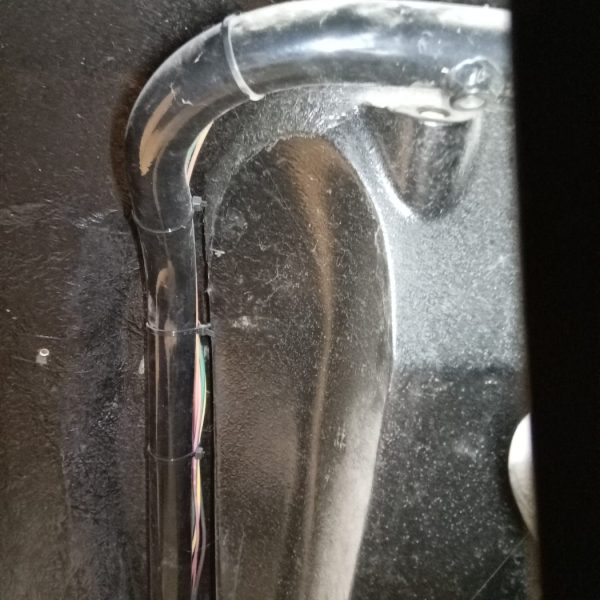

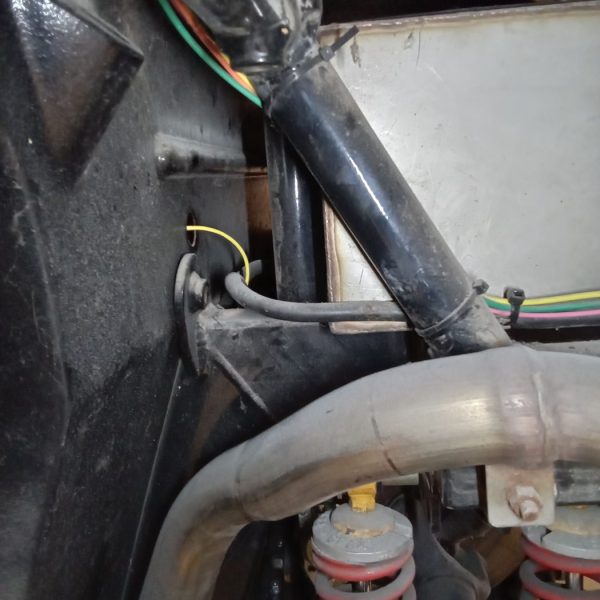
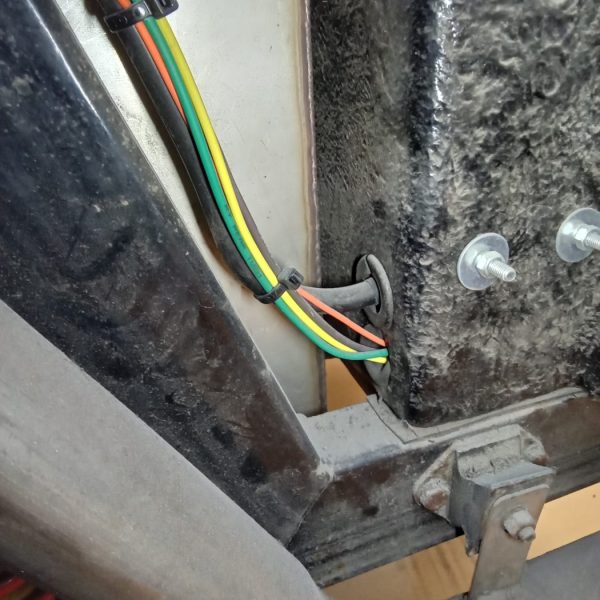
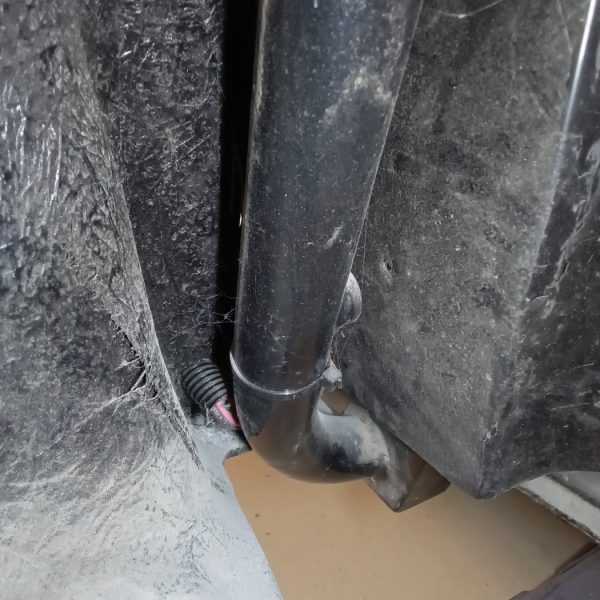

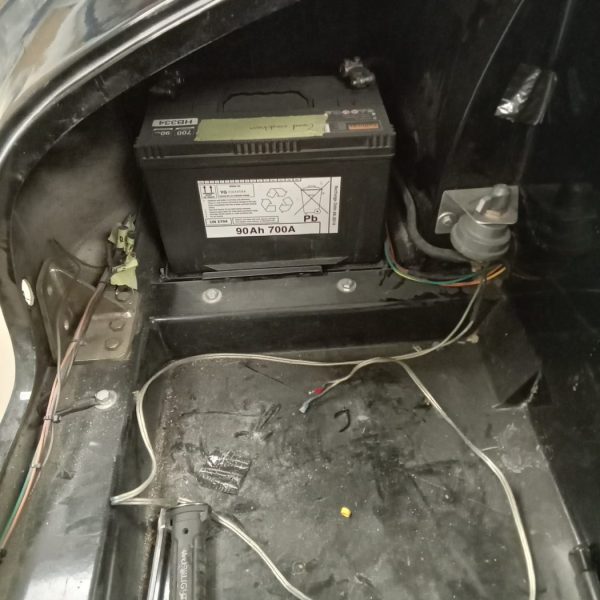
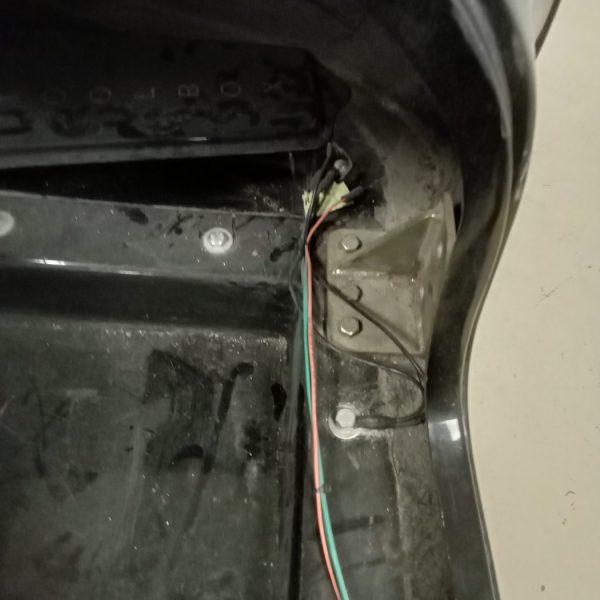

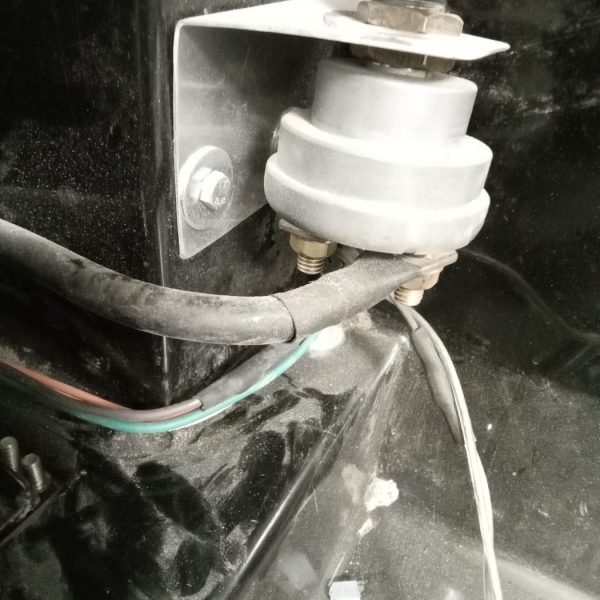

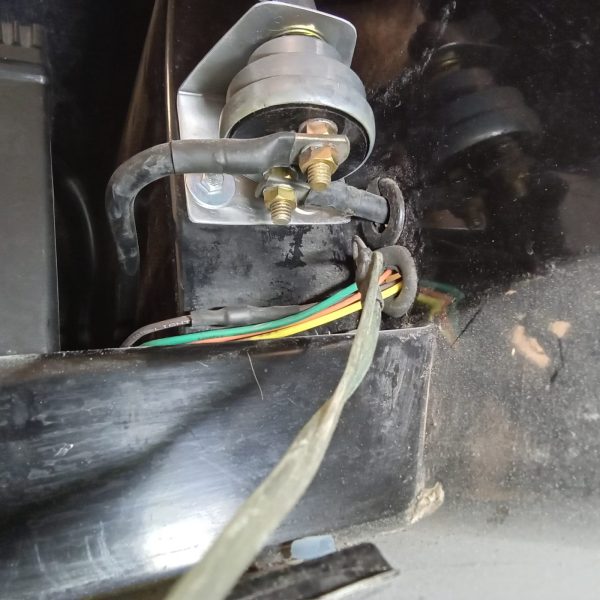
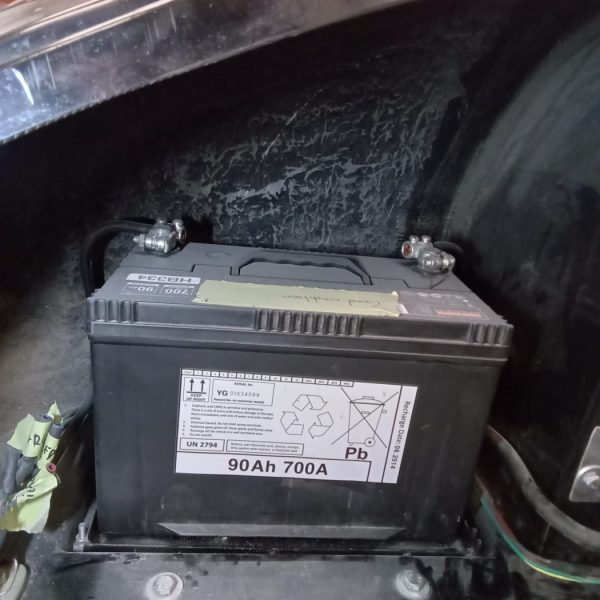
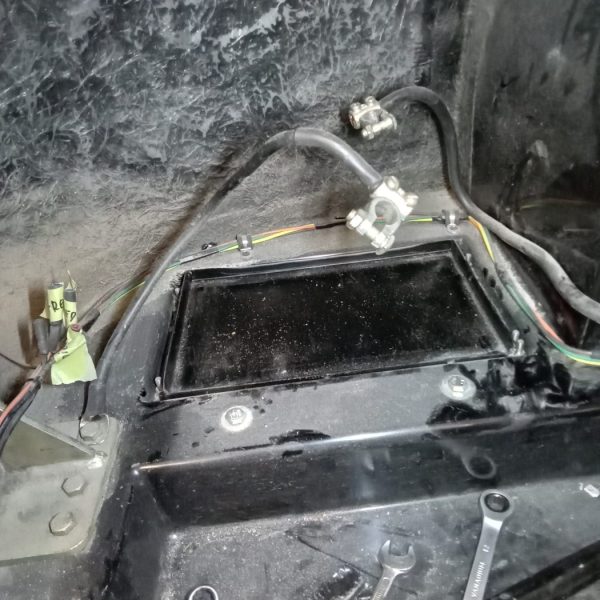
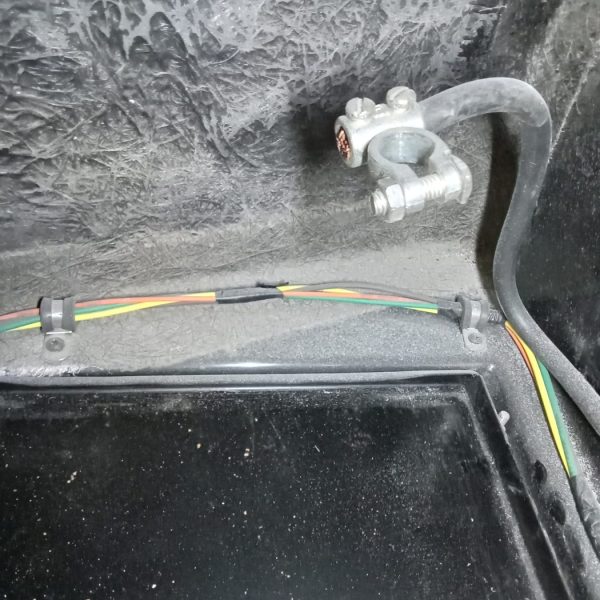
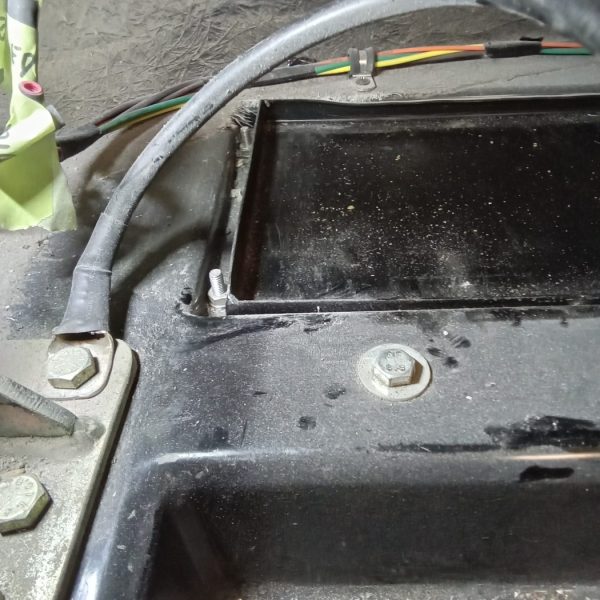
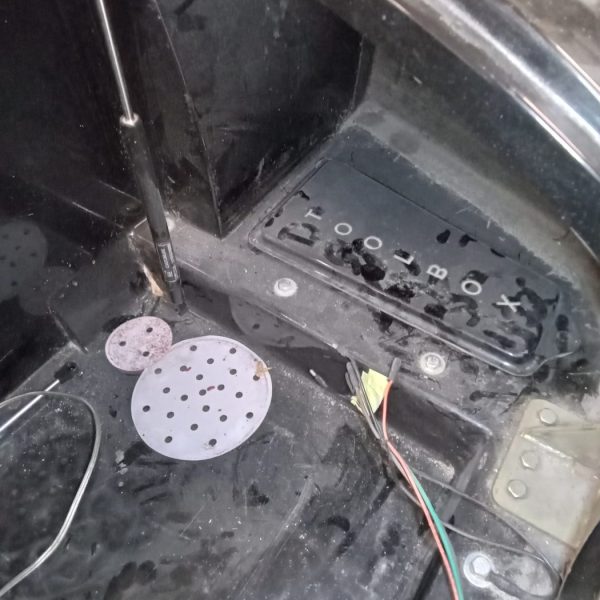

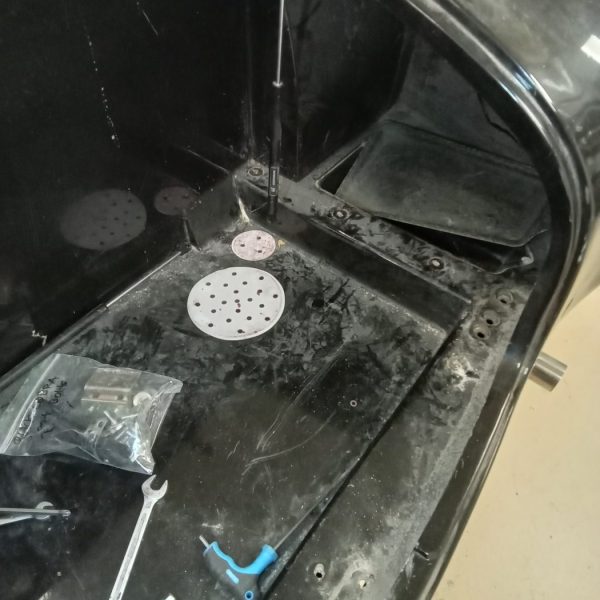
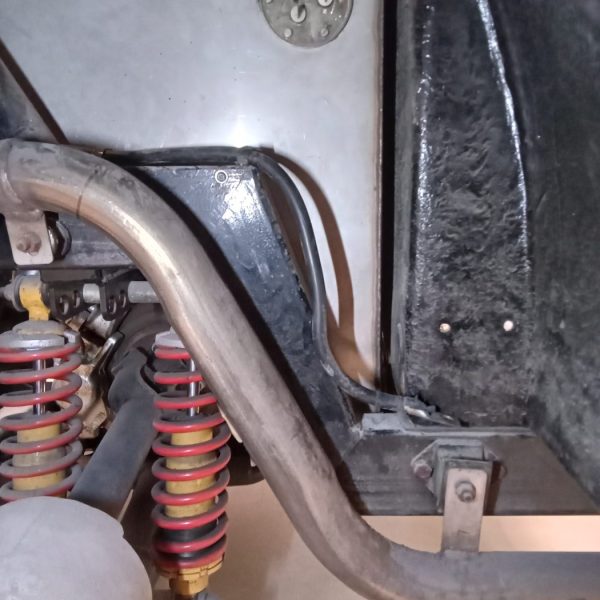
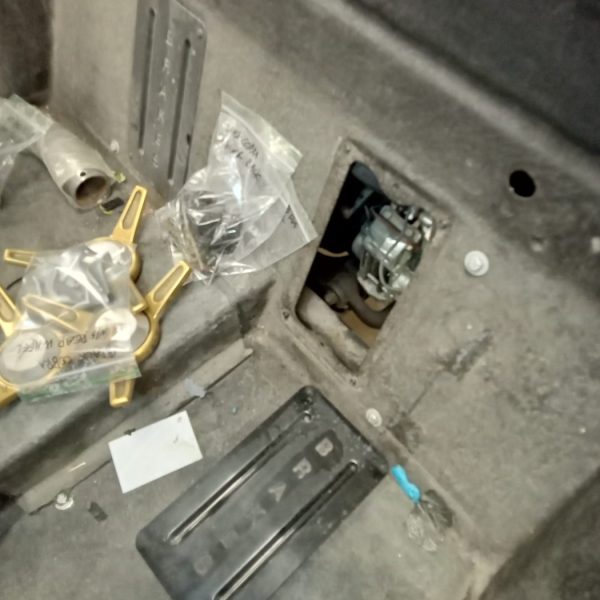

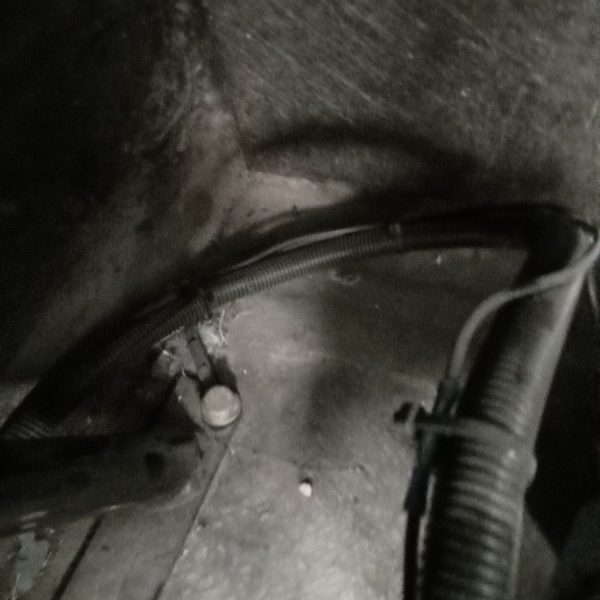

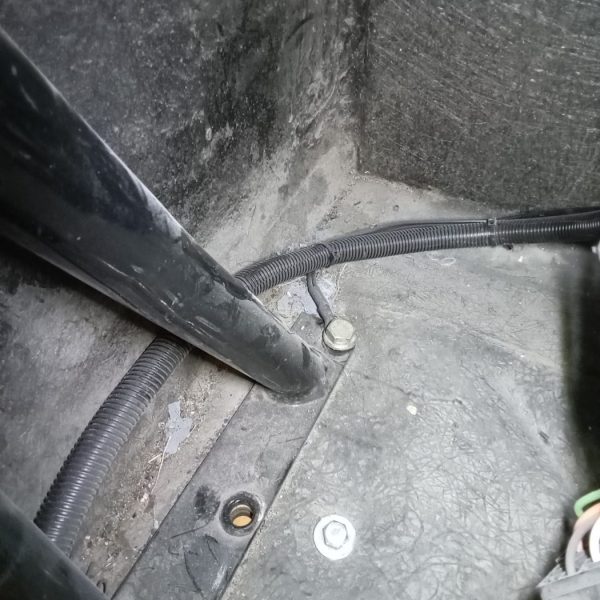
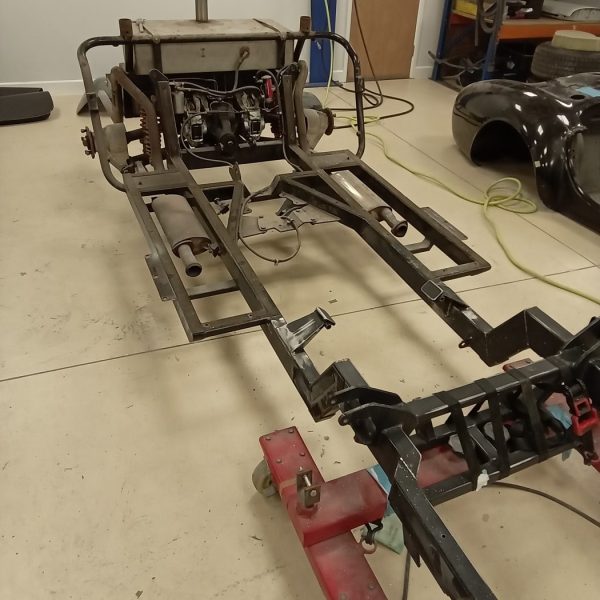

Before the lucky winner of our 2002 BMW Alpina B10 V8S arrived at the Bridge Classic Cars workshop to pick up his new car, Jonn gave it one last check-over to make sure it was ready to go.
The TPMS (tyre pressure monitoring system) light was on and the offside front tyre was a bit low. After inflating all of the tyres, the light was out and everything looked good.
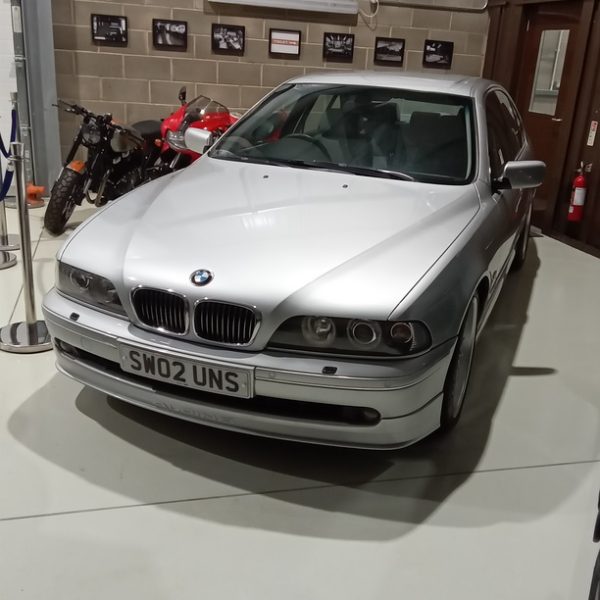
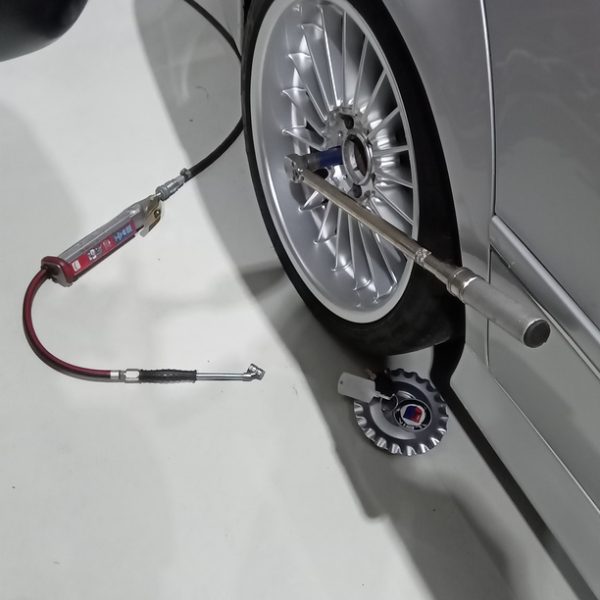
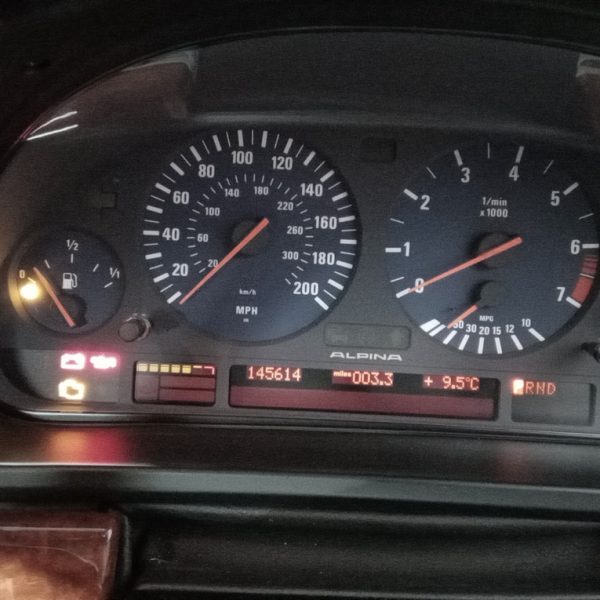
Bridge Classic Cars are award winning Classic Car Restoration and Maintenance specialists. Your pride and joy is in safe hands with our expert Classic Car Technicians. Take a look at our awards here.
Leave a Reply